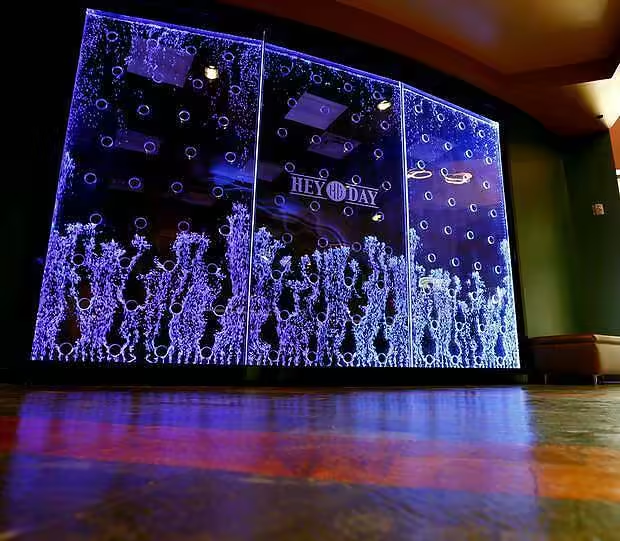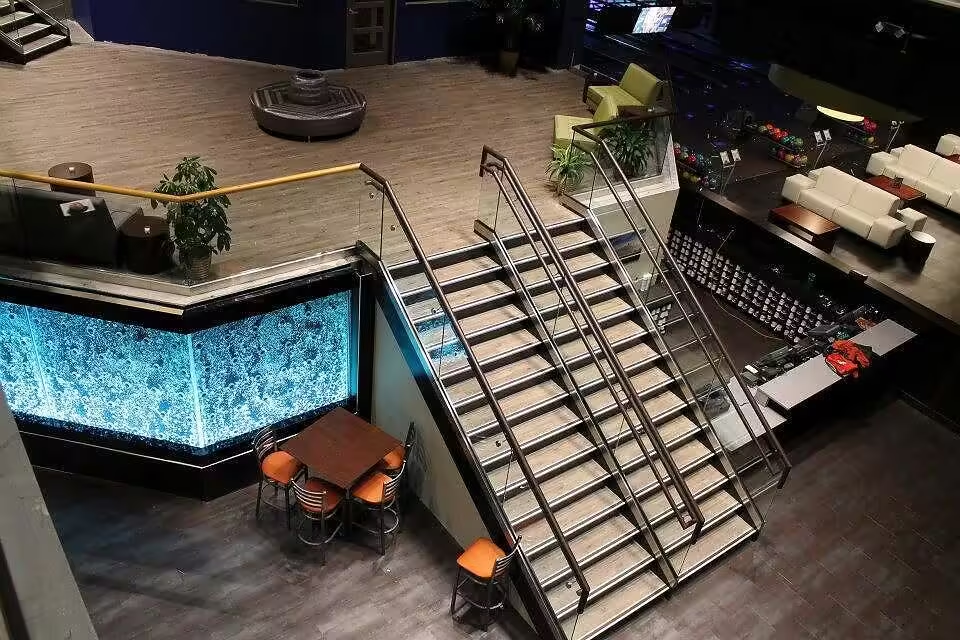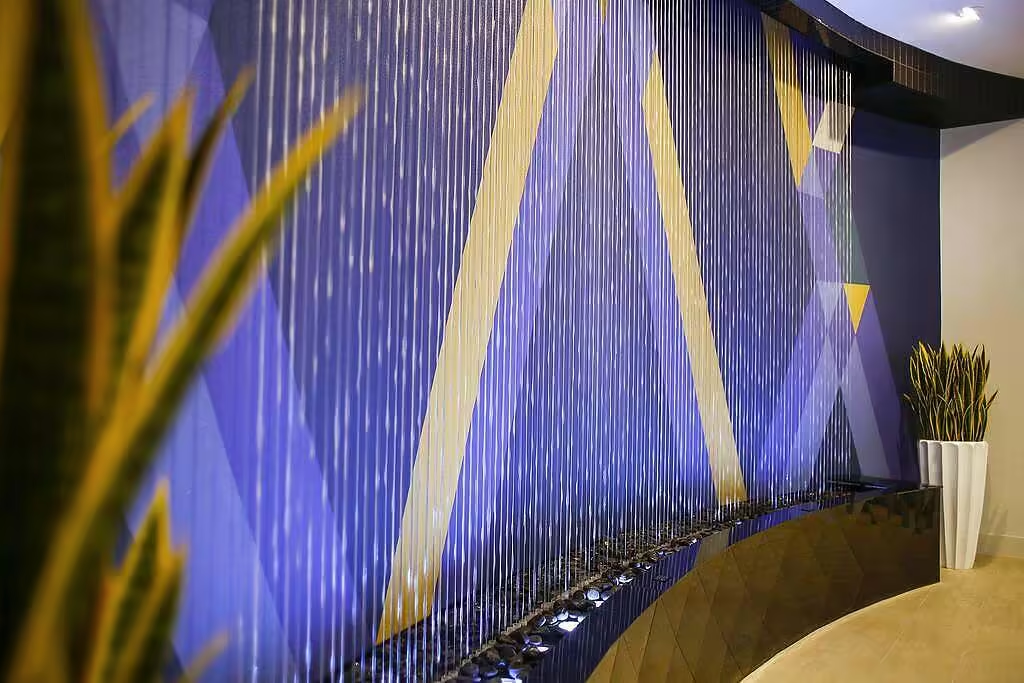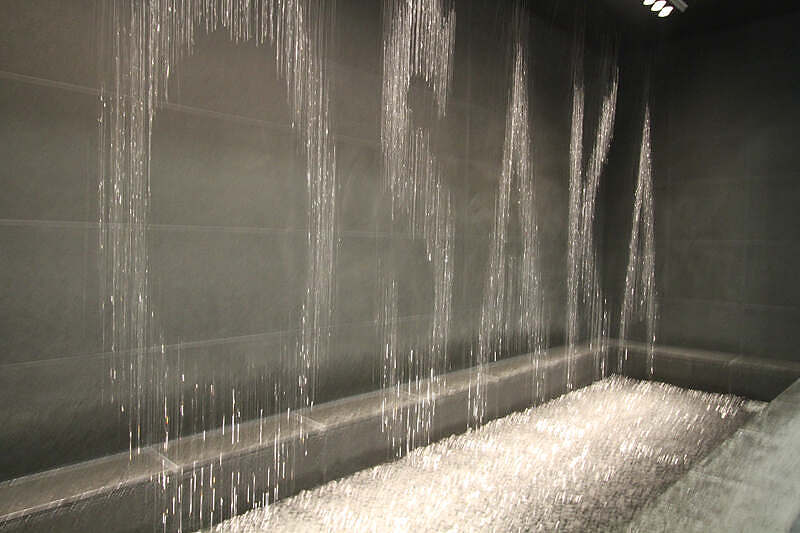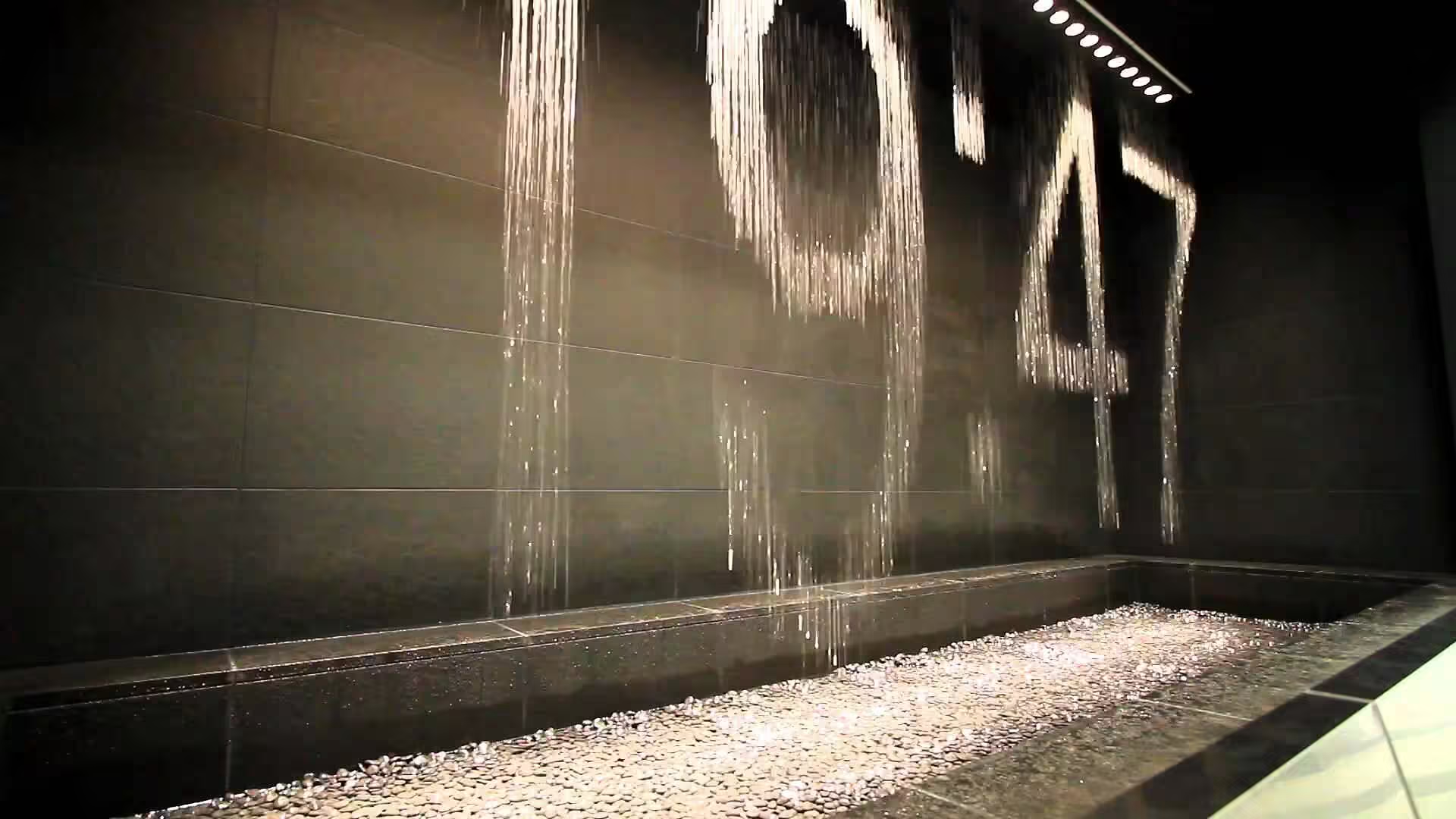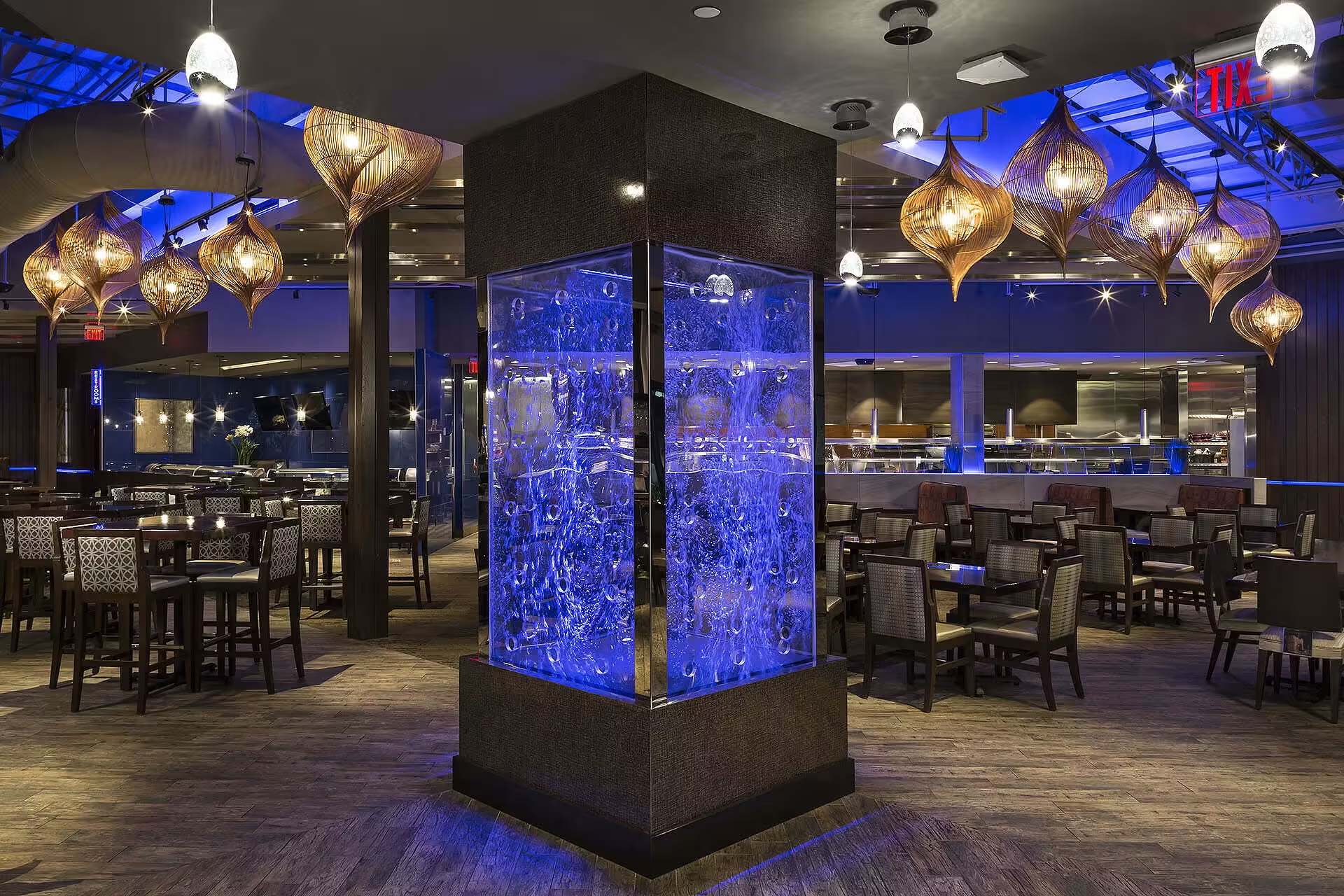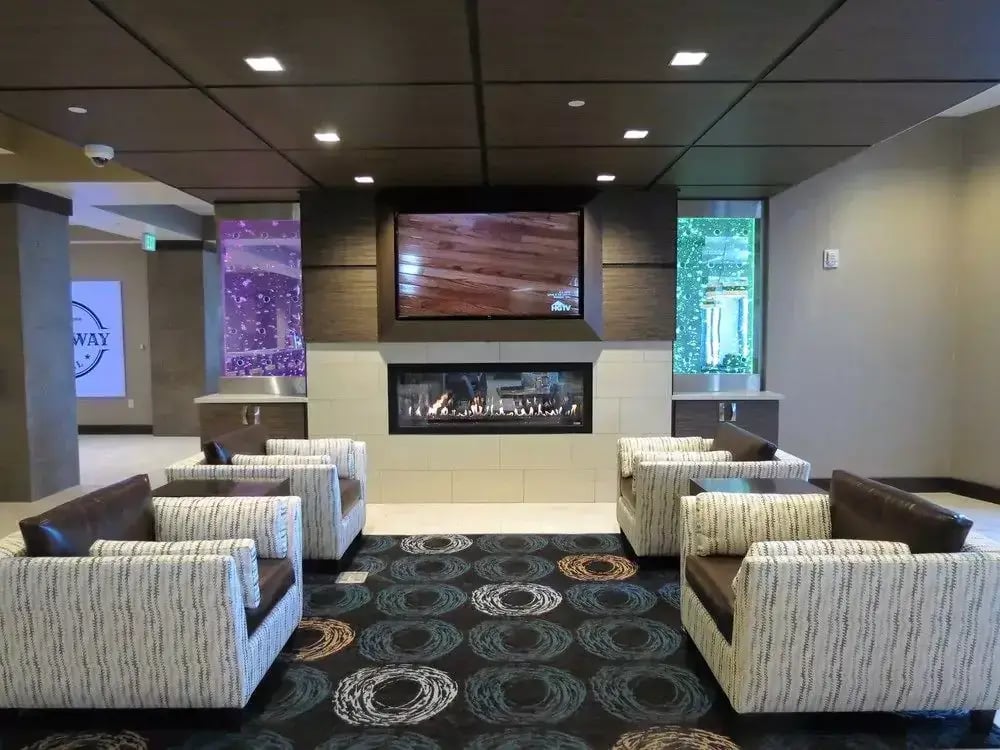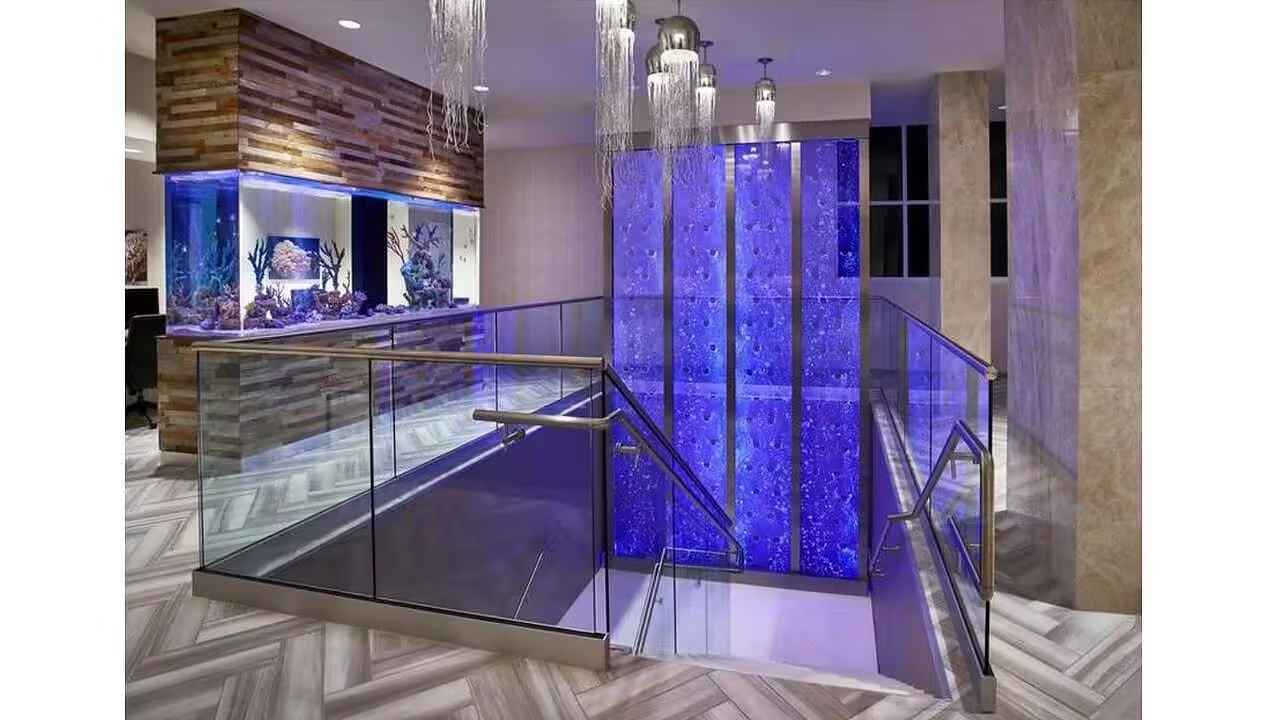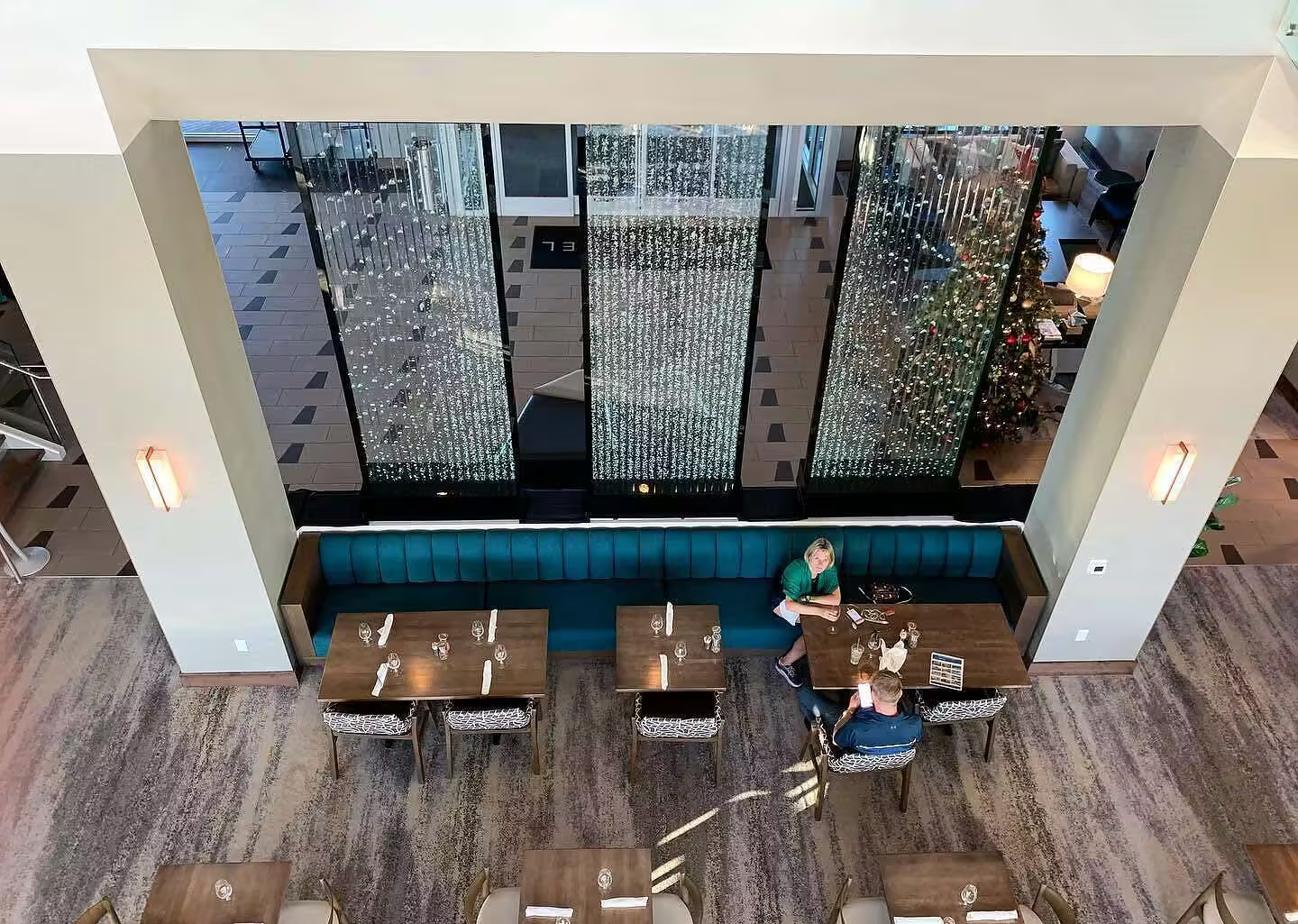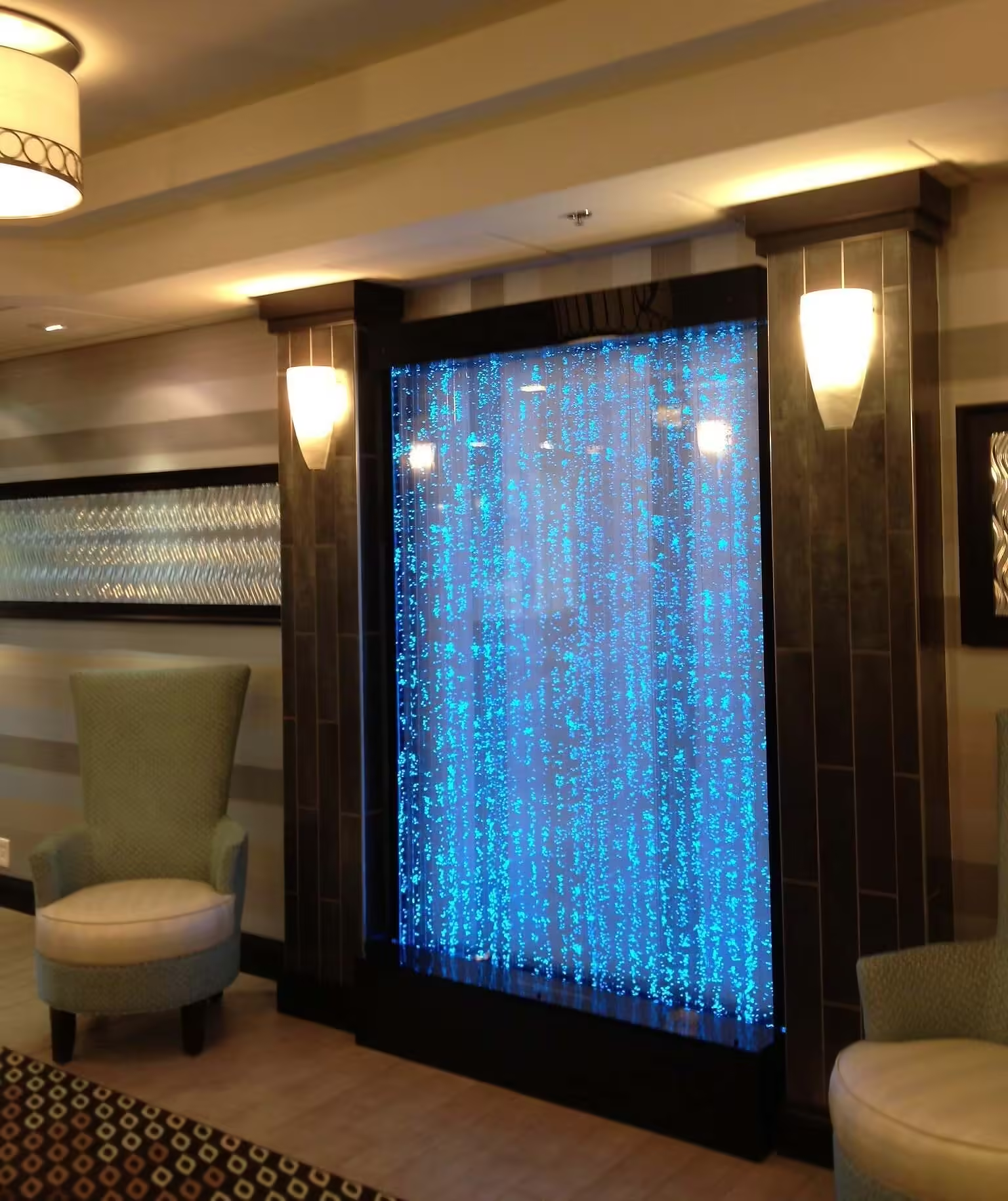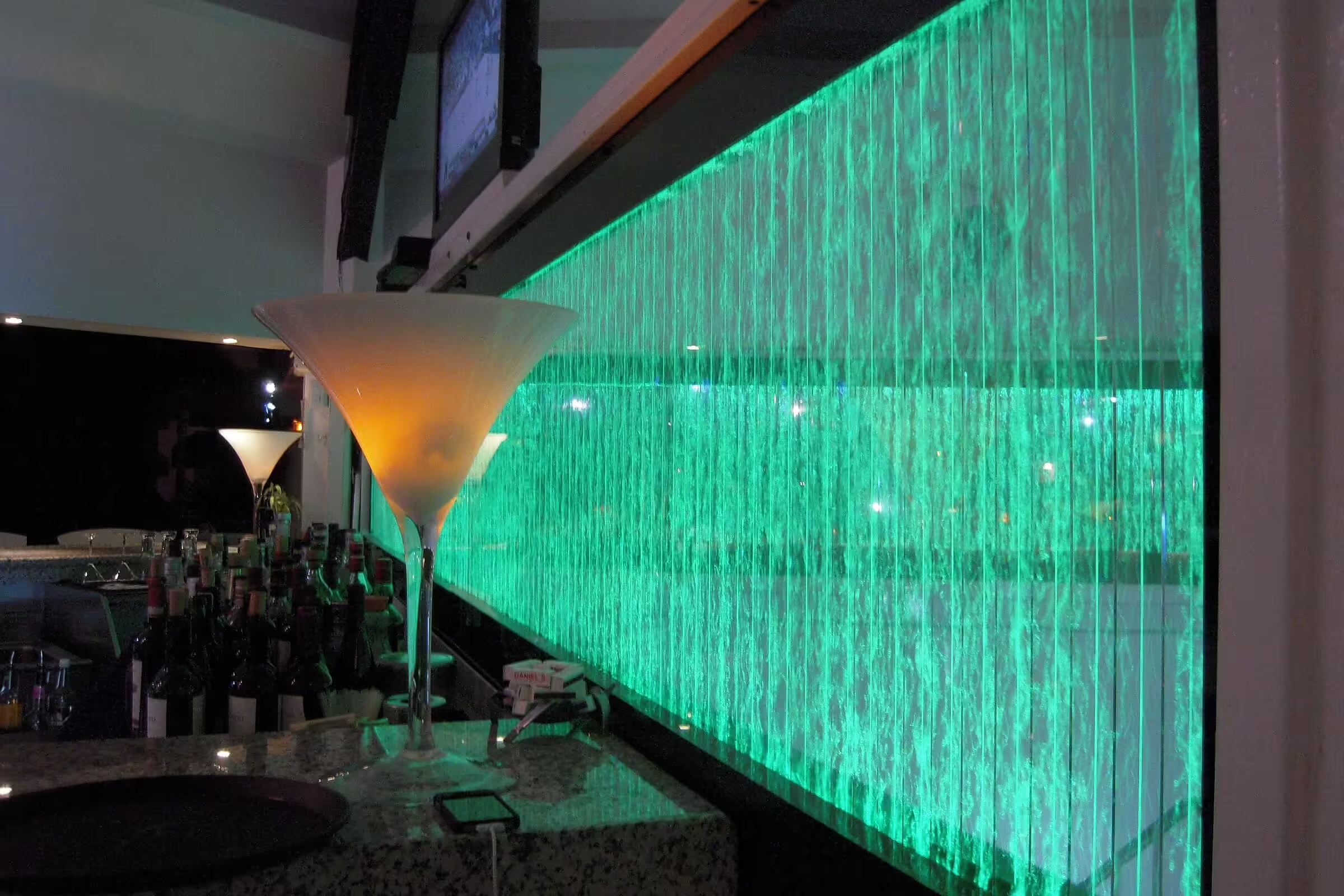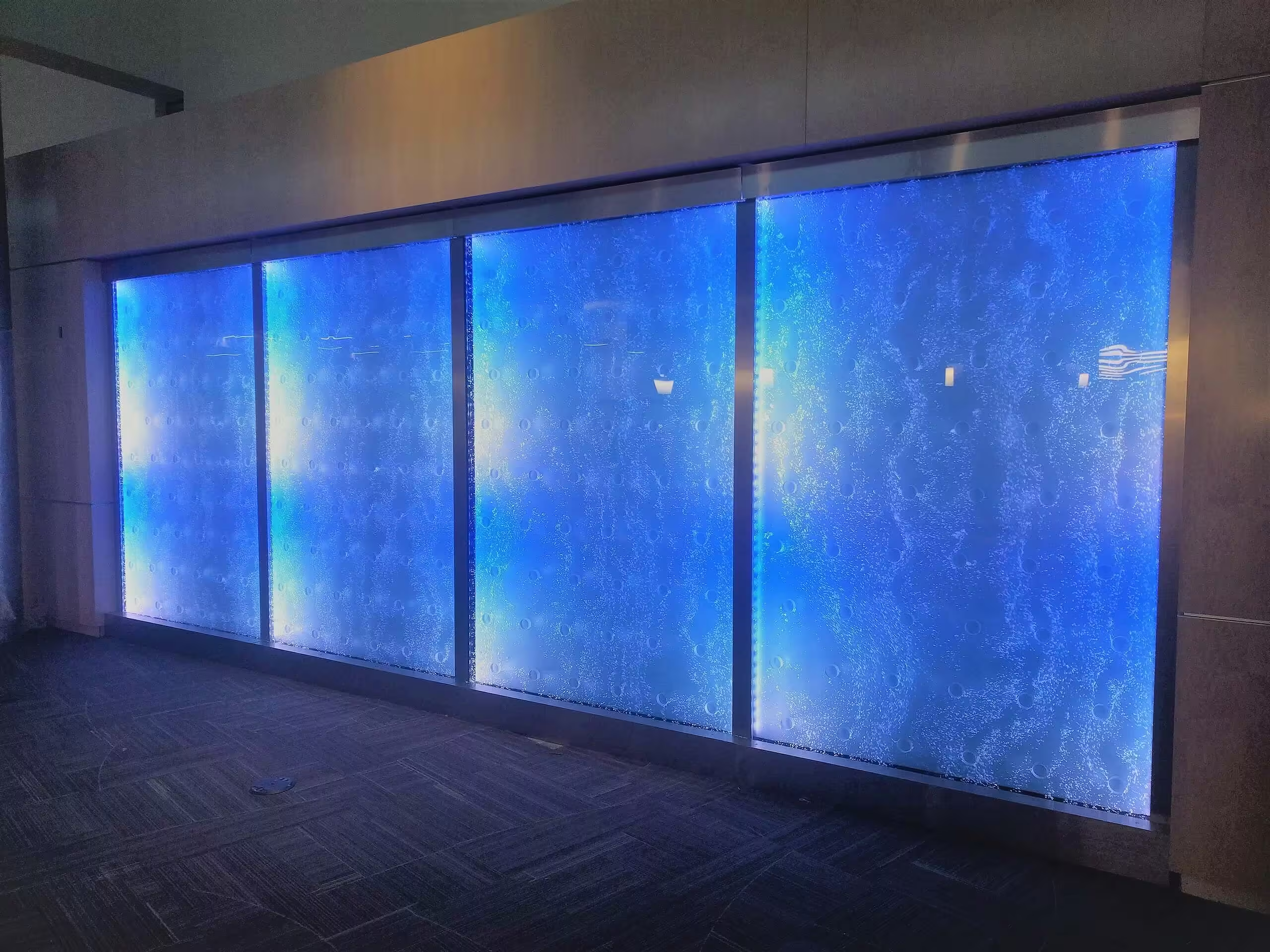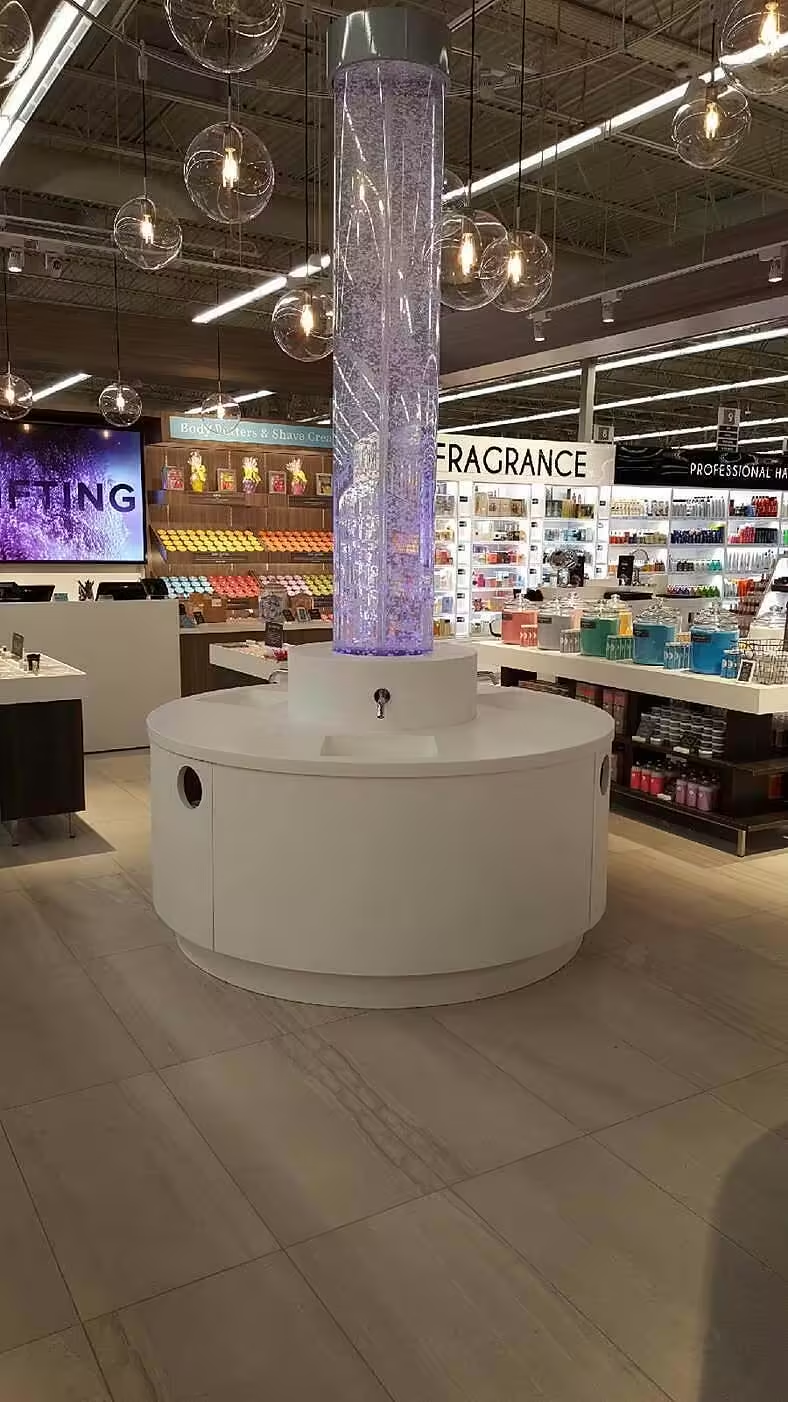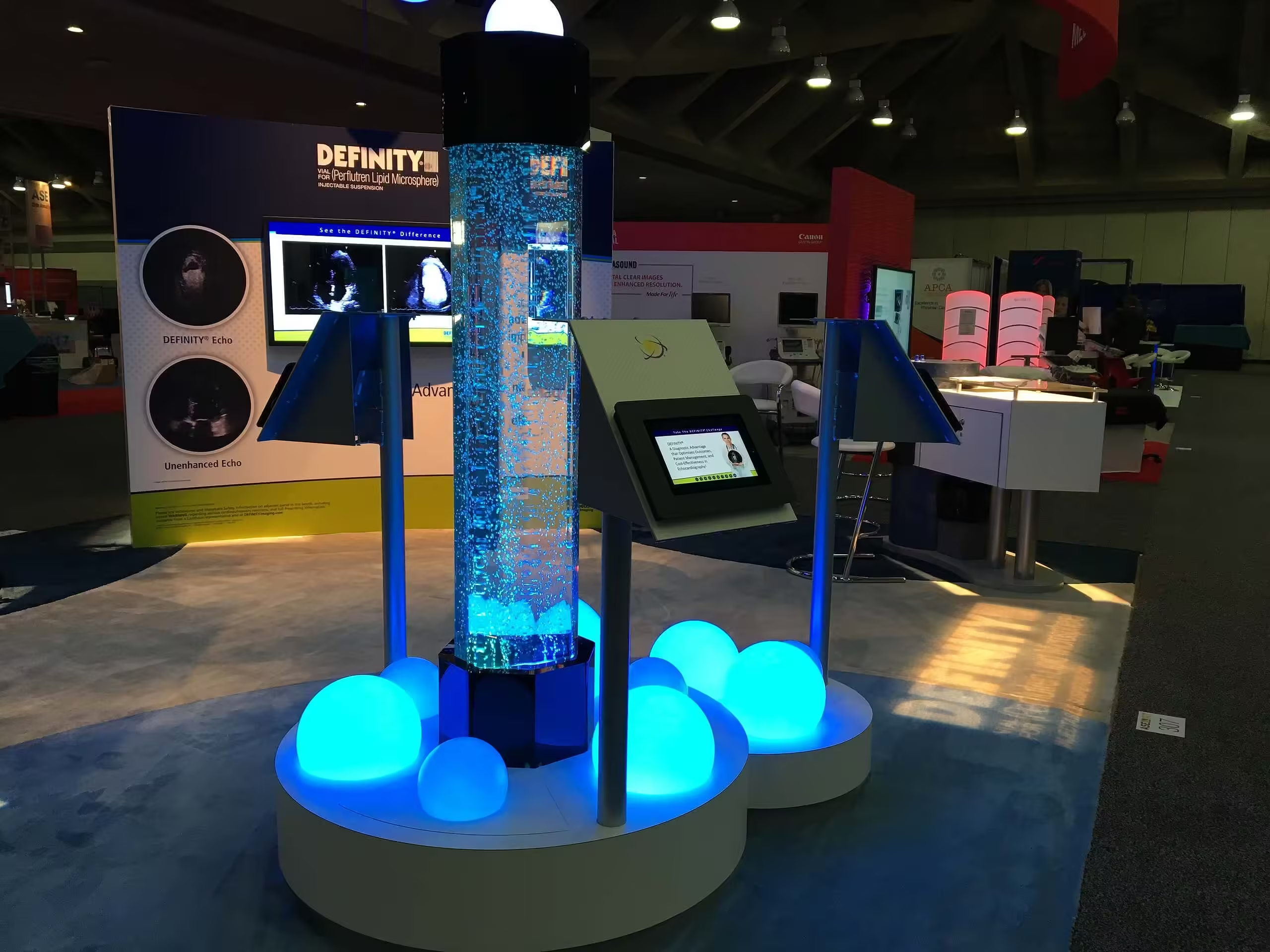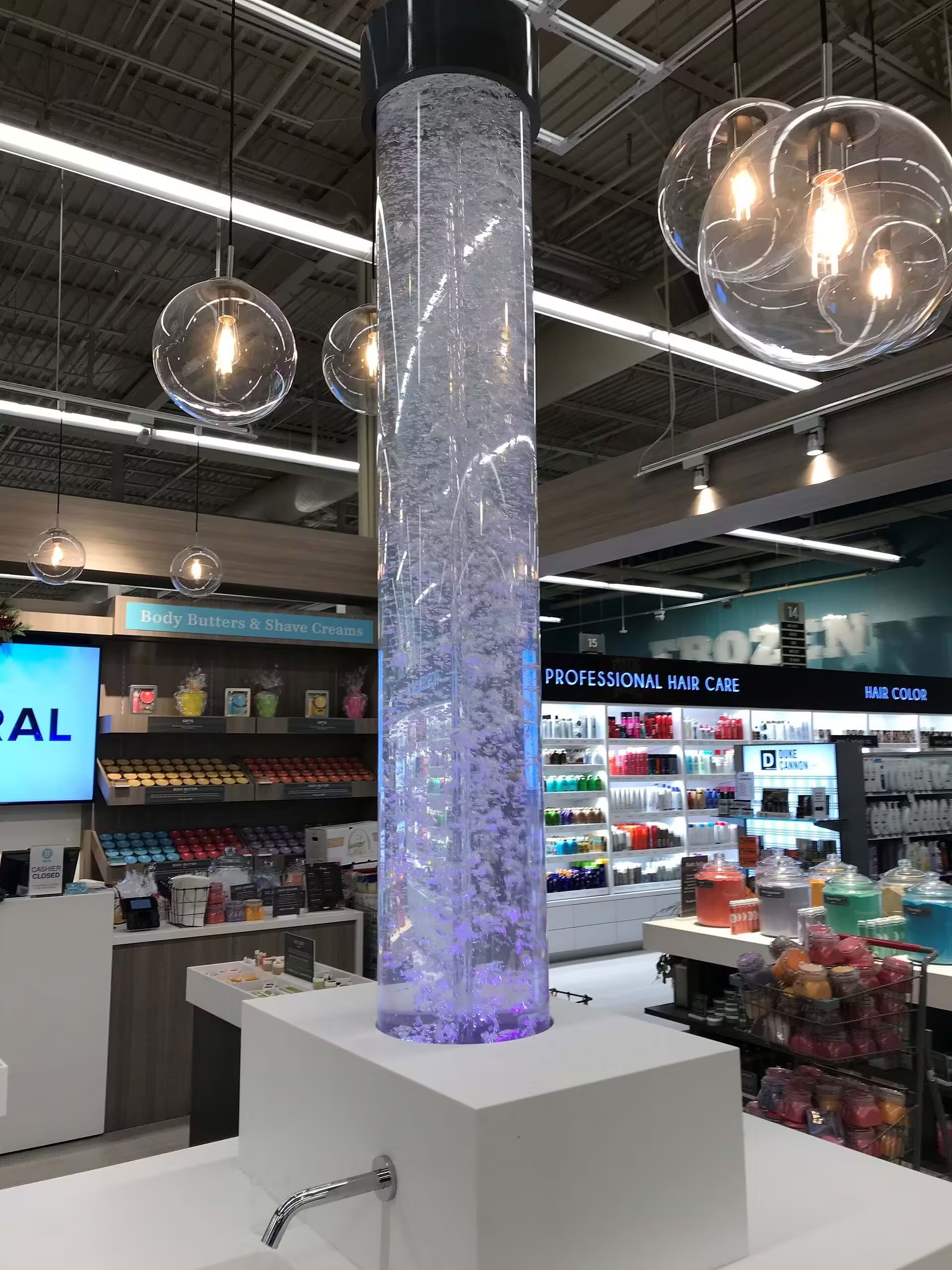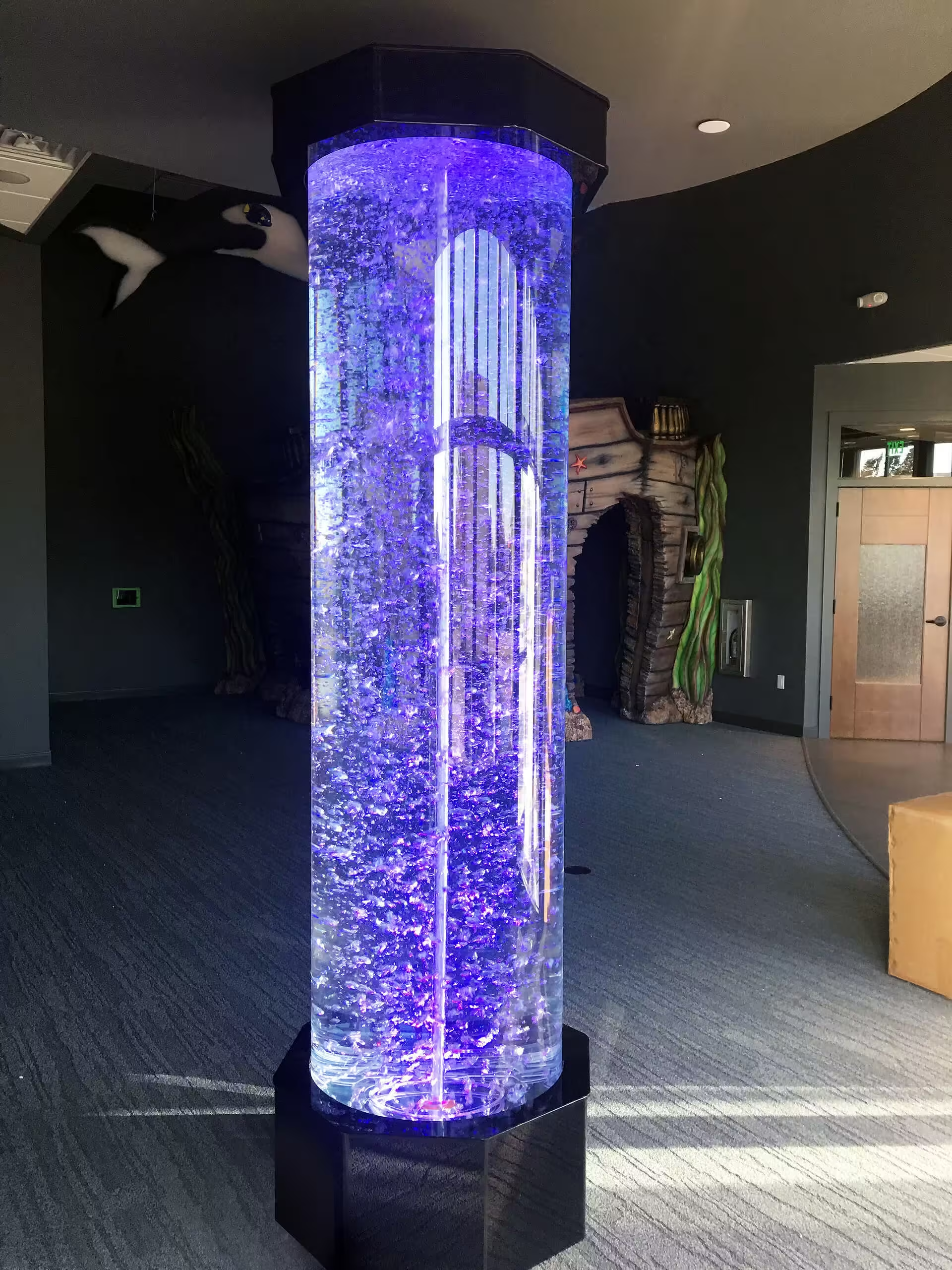Benefits of Rain Water Harvesting for Sustainable Living
Midwest Tropical Custom Water Features: Essential Table Of Contents
- Transform Your Space With a Rain Water Fountain
- Key Takeaways
- Understand the Benefits of a Rain Water Fountain
- Selecting the Perfect Location for Your Rain Water Fountain
- Choosing the Right Type of Rain Curtain Water Feature
- Installation Process for Your Rain Water Fountain
- Maintenance Tips for Longevity of Your Water Feature
- Inspiring Transformations: Case Studies of Rain Water Fountains
- Conclusion
Transform Your Space With a Rain Water Fountain
Do you want a fresh, inviting look for your outdoor space? This post explains the benefits of a rain water fountain and shows how to choose the perfect location for its installation. It also offers guidance on selecting the right type of rain curtain water feature and provides practical maintenance tips. Readers will learn simple steps to overcome common design challenges and create a pleasant atmosphere.
Key Takeaways
- The fountain adds visual interest with continuous water motion
- Efficient rainwater collection supports cooling and reduces nearby mosquito presence
- Smart design attracts local wildlife and promotes a balanced outdoor ecosystem
- Proper maintenance ensures optimal performance and a lasting aesthetic appeal
- Customizable options allow integration with various decor styles for unique spaces
Understand the Benefits of a Rain Water Fountain
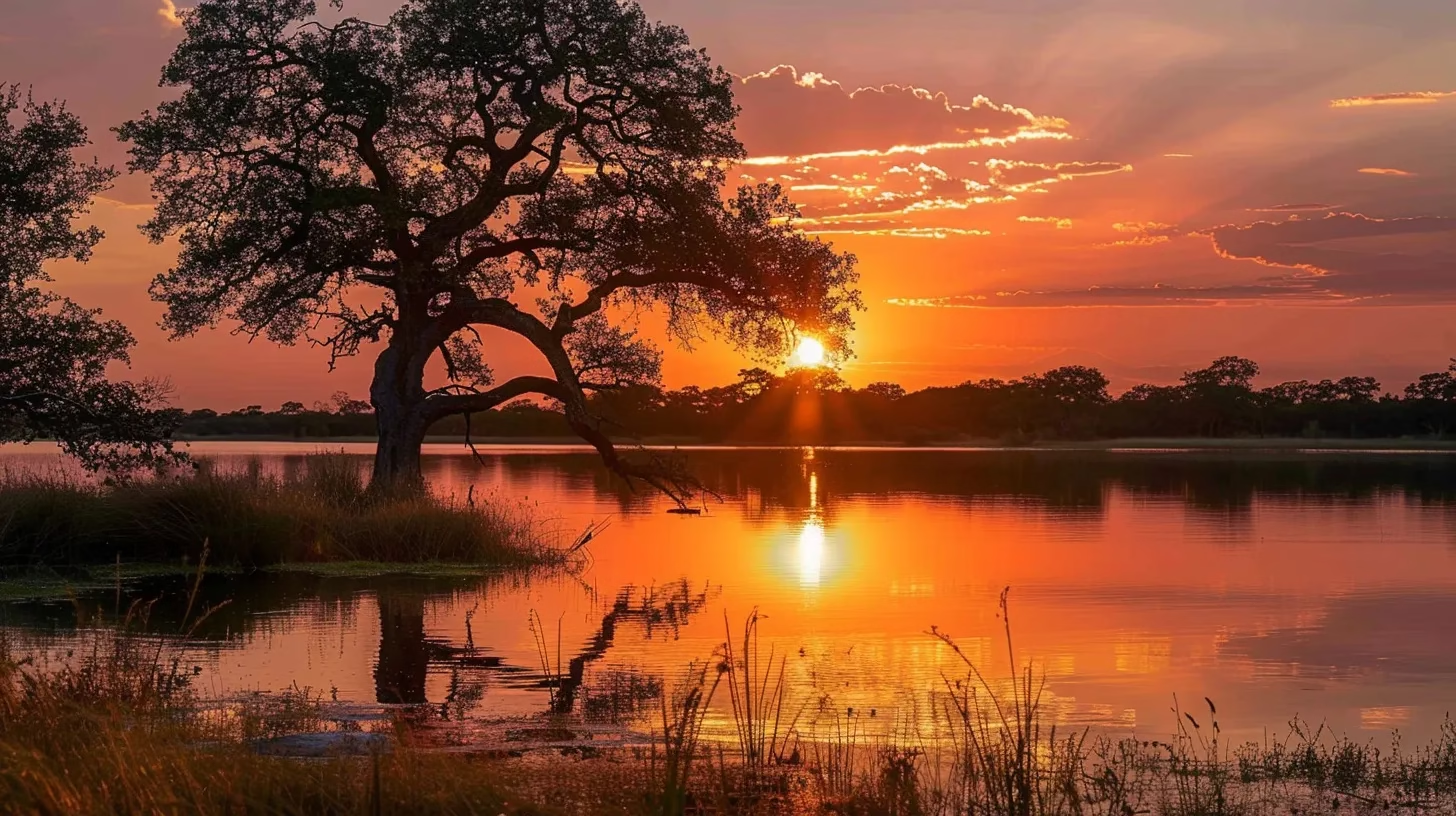
This section explains how a rain water fountain adds visual appeal with natural water features, creating a soothing space for relaxation and improvement in air quality through evaporative cooling. It discusses how using a rainwater collection system, wood, roof, hose, and rain collection barrel helps attract local wildlife and promote biodiversity.
Enhance Aesthetic Appeal With Natural Water Features
The rain water fountain draws attention with the gentle flow of water that adds a calming effect to any space. An ivy rain barrel installed nearby contributes to the overall charm and visual interest, offering a striking natural element that works seamlessly with the fountain’s design.
The design incorporates a rain barrel that collects water efficiently from a nearby downspout, ensuring the fountain remains a vibrant and dynamic focal point. The water barrel not only supports the fountain’s operation but also showcases modern and attractive water conservation practices.
This setup guides visitors to skip to content that clearly explains the benefits of sustainable design and natural enhancements. The strategic placement of the fountain, along with proper utilization of rain barrels and related components, transforms everyday spaces into visually stunning environments.
Create a Tranquil Atmosphere for Relaxation
The rain water fountain produces a calming effect with its continuous flow, enhancing the overall landscape and reducing mosquito activity. The steady movement of water helps prevent stagnation, which minimizes favorable conditions for these pests.
The system utilizes smart rain capture techniques by incorporating well-designed barrels that maximize water collection. This efficient setup supports sustainability and offers a practical method for managing water resources without complicated maintenance.
The designer-approved solution offers an effective mix of aesthetics and utility, making it a sound investment for transforming outdoor areas at a fair price. The carefully crafted design meets the need for a peaceful environment while integrating seamlessly with the existing landscape.
Improve Air Quality With Evaporative Cooling
Evaporative cooling improves ambient air quality by reducing temperature through the natural process of water evaporation. The rain collection system and rainwater tank work together to deliver a consistent supply of water, contributing to a more comfortable outdoor environment while minimizing pollution.
A durable water collection system, often built with plastic components, supports this cooling technique by efficiently gathering water from rainfall. This system not only aids in maintaining lower air temperatures but also benefits the soil by providing a supplemental source of moisture.
The integration of a rain collection system with a reliable rainwater tank creates a practical method to regulate outdoor air conditions. Designers rely on these setups as an effective measure to manage heat, ensuring the surrounding soil remains adequately hydrated without compromising air purity.
Attract Local Wildlife and Promote Biodiversity
The rain water fountain supports local fauna by using a rainwater harvesting system that provides a consistent water source for birds, insects, and small creatures. This setup fosters a healthy ecosystem and adds a dynamic component to outdoor spaces.
The integration of a well-planned rain barrel system with the fountain’s operation encourages the presence of beneficial species. The consistent water flow serves as both a resource and a visual indicator of a lively, nature-friendly habitat.
The arrangement offers a practical approach to increasing the area’s biodiversity while maintaining an attractive environment. The system’s design allows natural water collection to directly benefit local wildlife and contribute to a sustainable landscape.
The fountain brings clear benefits to an outdoor space. One now turns attention to finding the best spot where its strength is fully shown.
Selecting the Perfect Location for Your Rain Water Fountain

Assessing sunlight and shade, evaluating space and scale, ensuring accessibility for maintenance, and integrating with the existing landscape design create the foundation for a well-placed rain water fountain. This guide provides practical insights to enhance appeal and function while supporting sustainable outdoor features.
Assessing Sunlight and Shade Conditions
The assessment of sunlight and shade is fundamental when selecting a site for a rain water fountain. Designers note that a balanced mix of natural light and shelter helps maintain water movement and prevents the fountain’s components from excessive wear.
Experts suggest that checking local sun charts and observing daily light patterns can guide the placement of a rain water fountain. This evaluation ensures that the setup benefits from natural cooling while remaining visually engaging throughout the day.
Skilled designers consider how ambient lighting interacts with the fountain’s design to maximize its visual effects and functionality. They recommend positioning the feature in areas where natural lighting complements its flow and supports effective water collection systems.
Evaluating Space and Scale for Proper Fit
Professionals recommend careful measurement of the installation area to ensure the rain water fountain fits seamlessly within the available space. Consider the impact on surrounding elements and maintain clear pathways for maintenance and viewing purposes.
Experts advise that the fountain’s scale should complement the overall outdoor design while preserving functionality and visual balance. This evaluation assists in preventing overcrowding of the area, thereby supporting the fountain’s operational efficiency and aesthetic appeal.
Skilled designers assess factors such as spatial flow and existing landscape features when determining the appropriate size for a rain water fountain. This practical approach helps property owners optimize the placement to create an engaging, well-proportioned outdoor feature.
Ensuring Accessibility for Maintenance
Ensuring proper access for upkeep is vital when positioning a rain water fountain to transform outdoor spaces. Designers recommend selecting a site with wide and clear passageways, allowing maintenance teams to perform routine checks efficiently and safely:
| Maintenance Feature | Description | Advantage |
|---|---|---|
| Clear Pathways | Wide access routes for service personnel | Facilitates smooth inspections and repairs |
| Accessible Components | Strategically placed water collection and pump systems | Reduces downtime and simplifies cleaning |
Planners stress the importance of having easy-to-reach components, which plays a key role in reducing maintenance time and costs. A well-designed location ensures that routine inspections and quick fixes can occur without disrupting the overall layout.
Experts suggest incorporating visible access points near the fountain’s primary parts. This approach simplifies practical maintenance steps and offers long-term value for property owners looking to keep the system in optimal functioning condition.
Integrating With Existing Landscape Design
Skilled professionals advise that a rain water fountain should blend seamlessly with established landscape features while creating a distinct visual point. Thoughtful placement allows the fountain to complement existing garden structures and hardscape elements, promoting water conservation and sustainable design practices. This integration method supports both the functionality and visual harmony of the outdoor area.
Experienced designers recommend assessing the overall layout, ensuring that the fountain’s style aligns with mature trees, shrubbery, and other water elements in the vicinity. The careful arrangement minimizes disruptions to existing space while transforming the area with a natural water feature that supports eco-friendly water management. Practical examples from recent projects highlight that well-planned designs offer both aesthetic benefits and efficient functionality.
Expert advice emphasizes that clear sight lines and accessible maintenance routes are crucial when merging a rain water fountain with present landscape systems. The configuration supports regular upkeep while retaining the visual balance and flow of the outdoor design. Proven practices in integrating such features contribute to a more cohesive and inviting environment that stands the test of time.
A chosen spot sets the stage for how water should move and settle. The next part directs attention to straightforward options for rain curtain types that complete the design.
Choosing the Right Type of Rain Curtain Water Feature

This section outlines various rain curtain water feature styles, size options, material durability, and customization for unique decor. Each upcoming topic highlights design variety, space-conscious choices, sustainable maintenance, and personalized details to transform outdoor areas. Practical expertise ensures every aspect adds value to a refined rain water fountain installation.
Exploring Different Styles and Designs Available
A variety of rain curtain water feature designs offers choices that suit different outdoor environments and style preferences. This range enables property owners to select configurations that align with both modern and traditional aesthetics while efficiently managing water flow.
Many installations utilize adjustable water systems that provide controlled patterns and visually appealing cascades. Homeowners benefit from features that combine water conservation with a refreshing visual element in residential or commercial settings.
Skilled designers provide custom options that merge seamlessly with existing landscape structures. Practical solutions address limitations in space and layout, ensuring the feature not only functions effectively but also enhances visual appeal across diverse outdoor areas.
Comparing Size Options to Suit Your Space
The selection of size options plays a significant role in ensuring that a rain curtain water feature fits the available space and meets design expectations. Designers recommend that property owners assess area dimensions critically to choose a configuration that maintains both aesthetic balance and functional appeal.
Experts advise that comparing various specifications can help align the fountain with existing landscape elements. Practical observations indicate that a proper size option improves water flow and overall ease of maintenance:
| Size Option | Area Coverage | Ideal Application |
|---|---|---|
| Small | Compact spaces | Patios and balconies |
| Medium | Moderate areas | Residential gardens |
| Large | Expansive zones | Commercial and public spaces |
Practical guidance from specialists indicates that careful evaluation of size options improves both the visual impact and the operational efficiency of the water feature. Property owners find that matching the fountain dimensions to the environment results in better water management and a balanced, engaging outdoor setup.
Understanding Material Durability and Maintenance
Designers note that durable materials play a critical role in the long-term success of a rain curtain water feature. Using high-quality components such as corrosion-resistant metals and robust plastics ensures that the fountain withstands weather changes and regular use.
Experts advise careful material selection to reduce frequent repairs and expenses over time. Real-world applications show that well-chosen materials maintain both aesthetic appeal and functionality in a rain water fountain installation.
Skilled professionals recommend routine checks as part of a proactive maintenance plan. This approach minimizes downtime and keeps the water feature operating efficiently, helping property owners enjoy a reliable and visually pleasing rain curtain water feature.
Customization Options for Unique Decor
Experts recognize that customization is a key element when creating a rain curtain water feature that fits a specific decor style. Designers offer multiple finishing touches to ensure each installation highlights individual taste and practical benefits.
Skilled professionals provide modification options that support a tailored outdoor water feature. The available choices include color coordination, integrated lighting, material texture, and adjustable water flow patterns:
- Color coordination to match outdoor decor
- Integrated lighting for improved ambiance
- Material texture adjustments for a unique finish
- Customizable water flow for varied visual effects
Industry experts report that tailored designs increase both aesthetic appeal and functional operation. Clients find that a personalized rain water fountain contributes to a more engaging and efficient outdoor environment.
The chosen feature now stands ready to ignite a fresh look in any space. The next section lays out clear steps to install your rain water fountain and bring your design to life.
Installation Process for Your Rain Water Fountain

The process covers gathering essential tools and materials, following clear step-by-step instructions, ensuring proper water supply and drainage, and incorporating lighting for enhanced evening effects. This concise guide offers practical insights to help property owners transform their outdoor spaces with a rain water fountain, ensuring a seamless and efficient installation process.
Gathering Required Tools and Materials
Gathering the necessary tools and materials is an essential step in the installation process for a rain water fountain. Experts recommend obtaining reliable components, including a water pump, tubing, and mounting hardware, to support a smooth setup and ensure efficient water flow.
Selecting durable items and high-quality equipment helps secure the functionality of the rain collection system. Designers advise using trusted brands to avoid issues during installation and maintenance, thus protecting the investment in the outdoor feature.
Proper planning at the beginning provides long-term benefits for property owners. Professionals see that a well-organized approach to gathering tools and materials minimizes delays and promotes a successful, sustainable fountain installation that transforms any space.
Step-by-Step Installation Instructions
In the initial stage, the installer reviews the components and instructions provided in the kit to ensure every element is available and in proper working order. This careful planning builds confidence for a smooth assembly process.
The setup follows a defined roadmap that guides users through each task step by step:
- Secure the base and mark the exact placement of the fountain.
- Assemble the pump, connect the tubing, and link the water collection system.
- Test the water flow and adjust the positioning of the rainwater tank.
- Finalize the installation by checking all connections and cleaning the area.
The final stage emphasizes running a full operational test to verify efficient water circulation and overall stability. Ensuring that every connection is secure and that the water flow meets the aesthetic goals guarantees a lasting, visually pleasing outdoor feature.
Ensuring Proper Water Supply and Drainage
Proper water supply remains a key element during the installation of a rain water fountain. Designers secure connections between the pump, tubing, and collection system to guarantee a steady flow. This attention to detail helps minimize downtime and supports efficient operation from day one.
Establishing effective drainage prevents water buildup around the fountain. Experts verify that the drainage setup includes unobstructed outlets to direct water away safely while reducing the risk of system blockages. Such measures enhance the reliability of the installation and lower maintenance needs over time.
Integrating water supply with a well-planned drainage system keeps the fountain functioning smoothly. Professionals use tested techniques to align intake and outflow components, ensuring that water circulation remains uninterrupted under varied weather conditions. This balanced approach provides property owners with a secure solution that meets both aesthetic and practical requirements.
Incorporating Lighting for Enhanced Evening Effects
The integration of energy-efficient lighting improves the visual appeal of a rain water fountain during evening hours. Professionals install LED fixtures that bring out the fountain’s graceful flow, making it a safe and attractive feature at night.
Design experts ensure that the lighting setup complements the fountain’s overall installation process while providing a secure and dynamic atmosphere. They focus on positioning lights to highlight water movement, enhancing both functionality and curb appeal.
By incorporating strategically placed illumination elements, professionals transform outdoor spaces into inviting zones after sunset. This method not only boosts aesthetic value but also offers practical benefits by improving visibility and safety around the fountain area.
Your fountain stands firm after setup, a clear mark of skill. Regular care will keep its calm rhythm alive for years to come.
Maintenance Tips for Longevity of Your Water Feature

Professional maintenance practices ensure the fountain runs efficiently. The guide covers regular cleaning to prevent algae growth, seasonal adjustments for weather changes, water quality management practices, and troubleshooting common issues. Experts find these strategies valuable for preserving performance and visual appeal, helping property owners maintain a reliable rain water fountain that transforms outdoor spaces.
Regular Cleaning to Prevent Algae Growth
Regular cleaning plays a vital role in sustaining the visual appeal of a rain water fountain. Routine removal of debris and buildup reduces algae proliferation and preserves water clarity.
An effective cleaning schedule includes gentle scrubbing of fountain surfaces and periodic draining to remove accumulated sediments:
- Inspect water channels for buildup
- Use eco-friendly cleaning solutions
- Rinse and dry components thoroughly
Consistent upkeep ensures that the fountain functions reliably while protecting its design integrity. Regular maintenance minimizes algae presence and extends the overall durability of the water feature.
Seasonal Adjustments for Weather Changes
Experts recommend reviewing the fountain’s setup before seasonal shifts to maintain its performance. They advise checking water flow and pump efficiency to adjust for temperature changes and prevent damage during extreme weather.
Special attention is given to winter conditions where preventive measures can minimize freeze impact. Skilled professionals suggest draining or partially emptying the water feature to reduce the potential for ice buildup and related issues.
Maintenance strategies include adapting cleaning and inspection routines as weather conditions fluctuate. Designers find that these proactive adjustments help preserve the fountain’s functionality and extend its lifespan while keeping outdoor spaces safe and attractive.
Water Quality Management Practices
Skilled professionals advise routine inspection of the water quality in a rain water fountain to maintain optimal performance. Regular testing and cleaning ensure that the fountain operates without disruptions and sustains a clear, healthy water flow.
Experts recommend using clean water treatment components and filtration systems to manage the quality of water in outdoor features. This practice prevents buildup and maintains the proper balance for natural evaporation, which supports the fountain’s longevity.
Consulting with experienced technicians can provide actionable insights for water quality management practices. Practical adjustments, such as verifying water clarity and adjusting treatment methods, continuously improve the fountain’s performance and visual appeal.
Troubleshooting Common Issues
Property managers note that reduced water flow or unexpected noises from a rain water fountain may indicate blockages or pump issues. Routine checks of the pump and tubing can help resolve these faults swiftly.
Professionals advise that checking the pump’s pressure, examining filters, and ensuring clear drainage paths are integral steps in troubleshooting common issues:
- Inspect pump performance for any signs of wear.
- Review tubing for any air locks or debris blockages.
- Examine drainage paths to prevent water accumulation.
Field experts recommend performing regular maintenance and water quality tests to uphold the operational efficiency of the water feature. Simple adjustments based on these inspections lead to a reliable and continuously appealing rain water fountain.
Routine upkeep keeps a water feature running strong and true. Now, read accounts of rain water fountains that changed with steady care.
Inspiring Transformations: Case Studies of Rain Water Fountains

Featured residential installations and outcomes, transformational public spaces, creative custom designs and innovations, and testimonials from satisfied customers offer practical insights into rain water fountain success. This overview connects real-world case studies that showcase how strategic water features can effectively transform outdoor spaces with sustainable design and engaging aesthetics.
Featured Residential Installations and Outcomes
Residential installations of rain water fountains have proven to transform outdoor living spaces into inviting retreats. Homeowners report improved curb appeal and increased water efficiency, showcasing practical benefits for a wide range of settings.
The integration of these water features often results in enhanced relaxation areas that balance style with sustainability. Experts note that professional designs offer measurable improvements in both ambience and functionality.
Real-world examples demonstrate that well-placed rain water fountains address common outdoor challenges while boosting property value. Industry specialists observe positive feedback from residents who appreciate the straightforward maintenance and aesthetic appeal of these installations.
Transformational Public Spaces With Water Features
Urban centers have witnessed a shift in public spaces thanks to the thoughtful integration of rain water fountains that create focal points for community engagement. City planners report that these installations encourage the use of sustainable water collection systems while offering practical solutions for environmental challenges. The practical benefits are evident in reduced operational costs and improved outdoor aesthetics.
Public areas featuring water elements have experienced a boost in local appeal by incorporating carefully designed rain water fountains. Municipal authorities have implemented these systems to manage water effectively, balancing efficiency with visual charm. Field experts emphasize that these water features serve dual purposes by acting as both functional assets and attractive public art.
Recent projects illustrate that integrating rain water fountains into communal settings significantly improves urban environments. Design professionals have noted that these installations contribute to a comfortable climate and support the well-being of residents. Practical case studies show that well-planned water features create inviting atmospheres that resonate with diverse community needs.
Creative Custom Designs and Innovations
Innovative approaches to designing rain water fountains have led designers to create custom elements that suit any outdoor setting. These unique installations combine functionality with a distinctive look, addressing property owners’ needs for improved water management and visual appeal.
Specialists share examples of tailored design choices where advanced lighting and precision water flow mechanisms enhance the fountain’s performance. They incorporate modern technology to support consistent water circulation while maintaining a refined appearance in diverse environments.
Experienced professionals note that customized designs allow property owners to maximize outdoor space without excessive maintenance. Their practical insights offer solutions that deliver a balance of artistry and efficient performance in rain water fountain installations.
Testimonials From Satisfied Customers
Satisfied customers report that the rain water fountain has transformed their outdoor spaces into inviting retreats. They note that the installation not only adds elegant water features to their homes but also improves air quality through natural cooling methods. Their testimonials reveal a practical and stylish solution that meets both aesthetic and functional needs.
Property owners appreciate the ease of maintenance and efficient water flow provided by the fountain system. Several testimonials mention improved landscape appeal and increased property value after incorporating the rain water fountain into their gardens. The feedback highlights that practical design choices contribute to a more comfortable and efficient outdoor environment.
Clients highlight the benefits of a well-planned water feature that attracts local wildlife and promotes environmental sustainability. Their experiences underscore how the fountain blends with existing landscapes while offering a visually dynamic focal point. These insights provide clear examples of how a rain water fountain can transform a space to be more engaging and breathable.
Conclusion
A rain water fountain redefines outdoor settings by adding a natural, visually engaging water element that energizes the space. The innovative design optimizes water management while supporting air quality and sustainable practices. This feature actively enhances local biodiversity and fosters a calming environment for relaxation. Property owners enjoy an efficient, stylish solution that marries practicality with lasting aesthetic value.

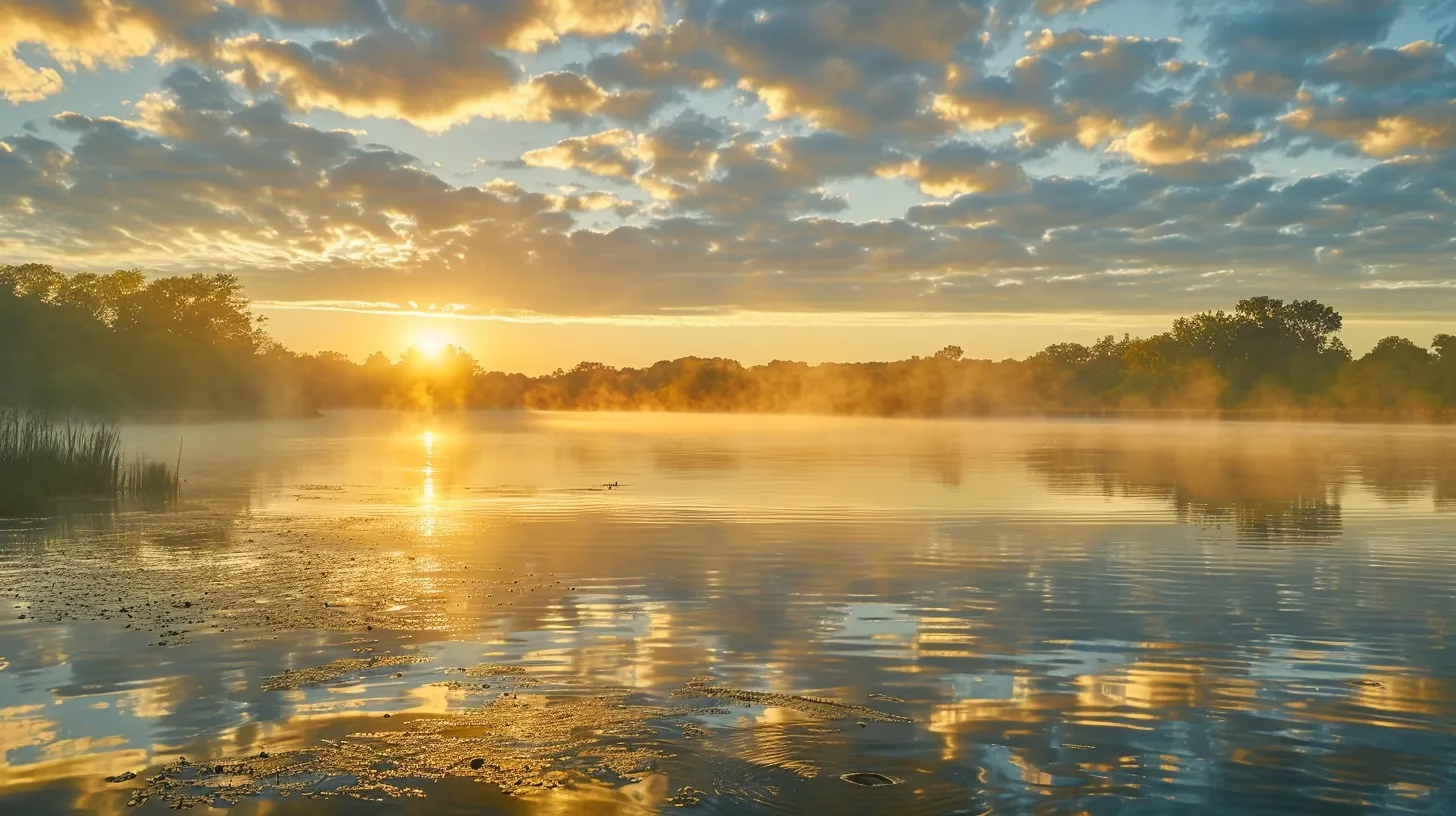

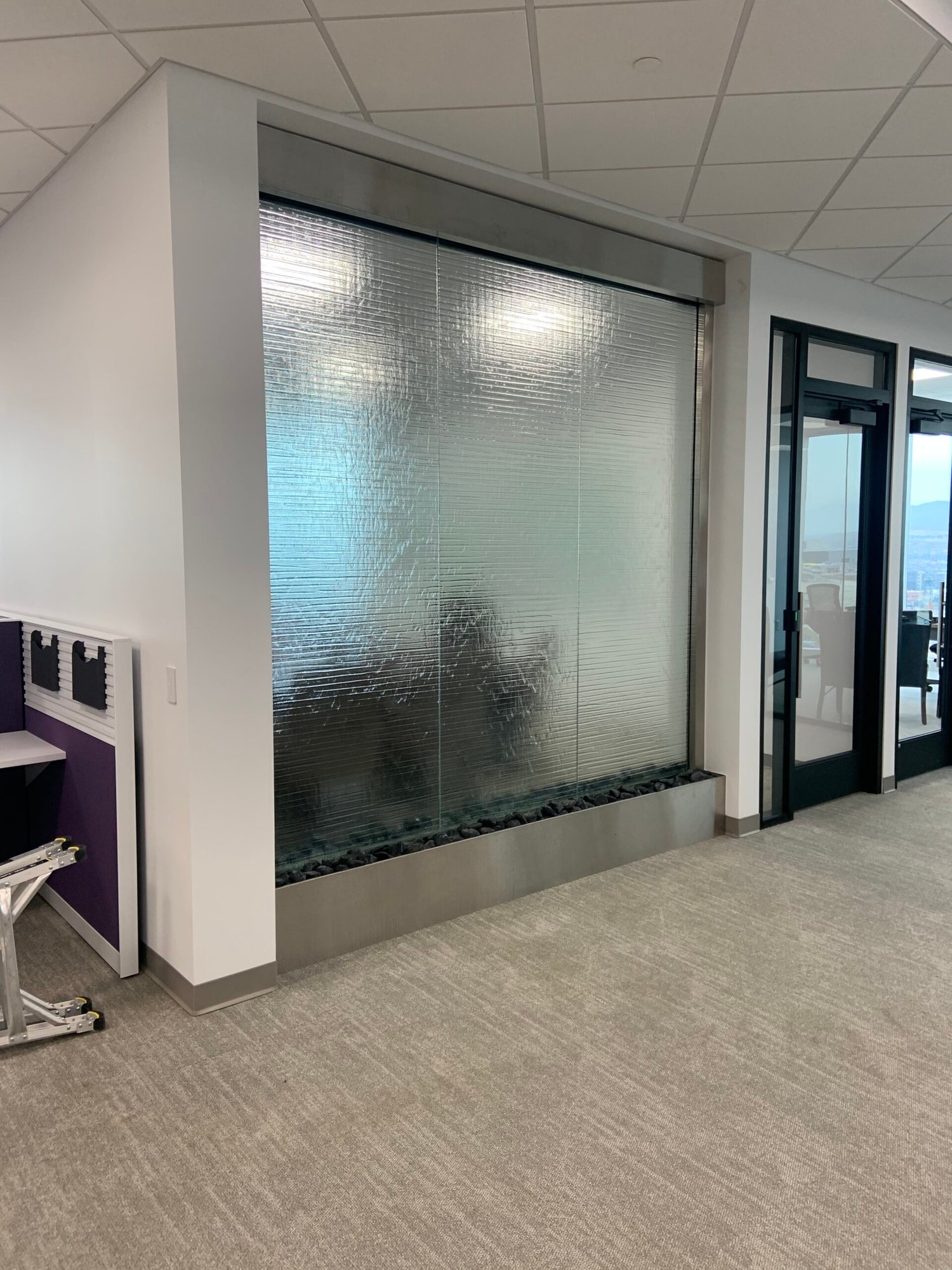
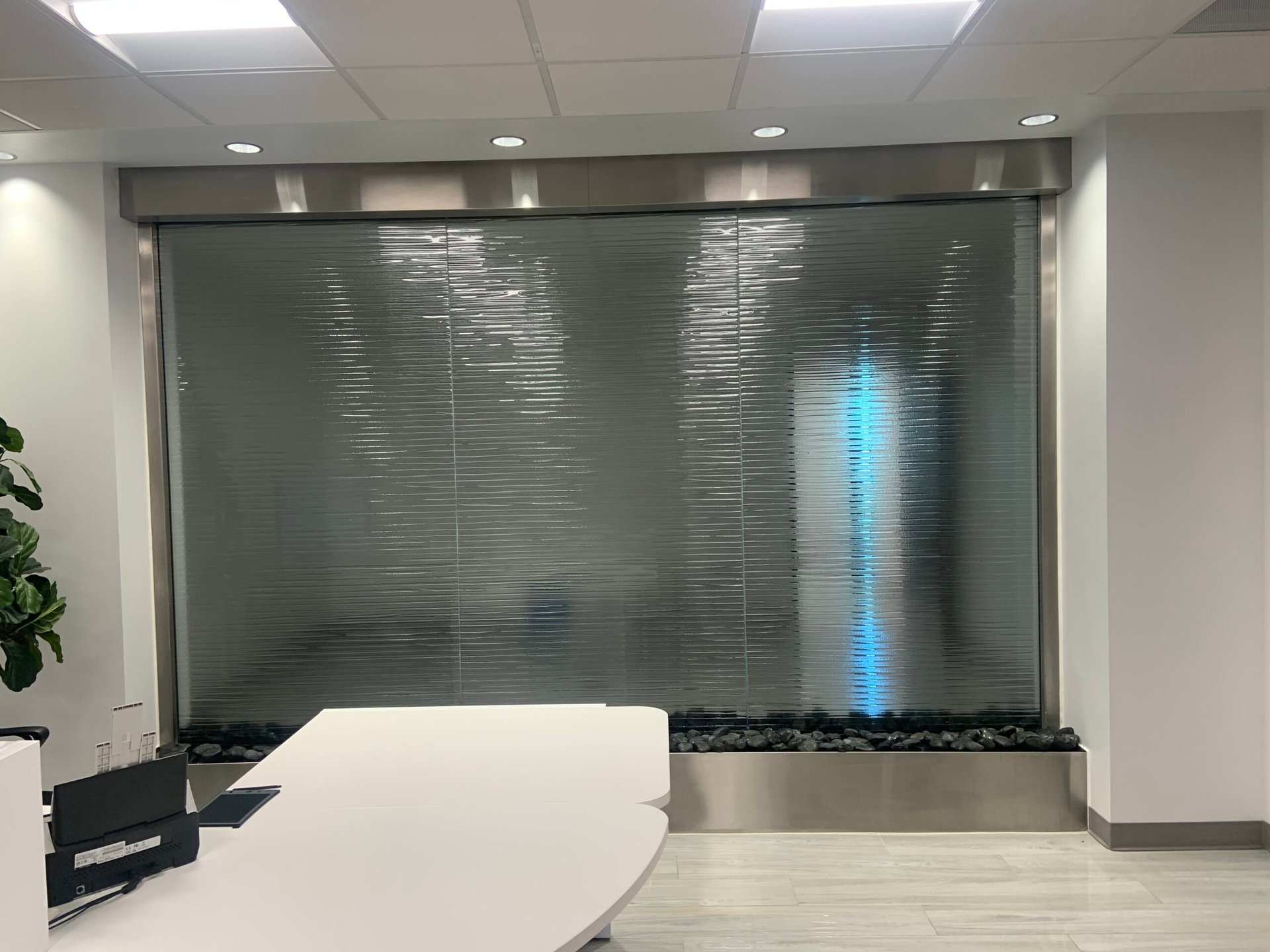
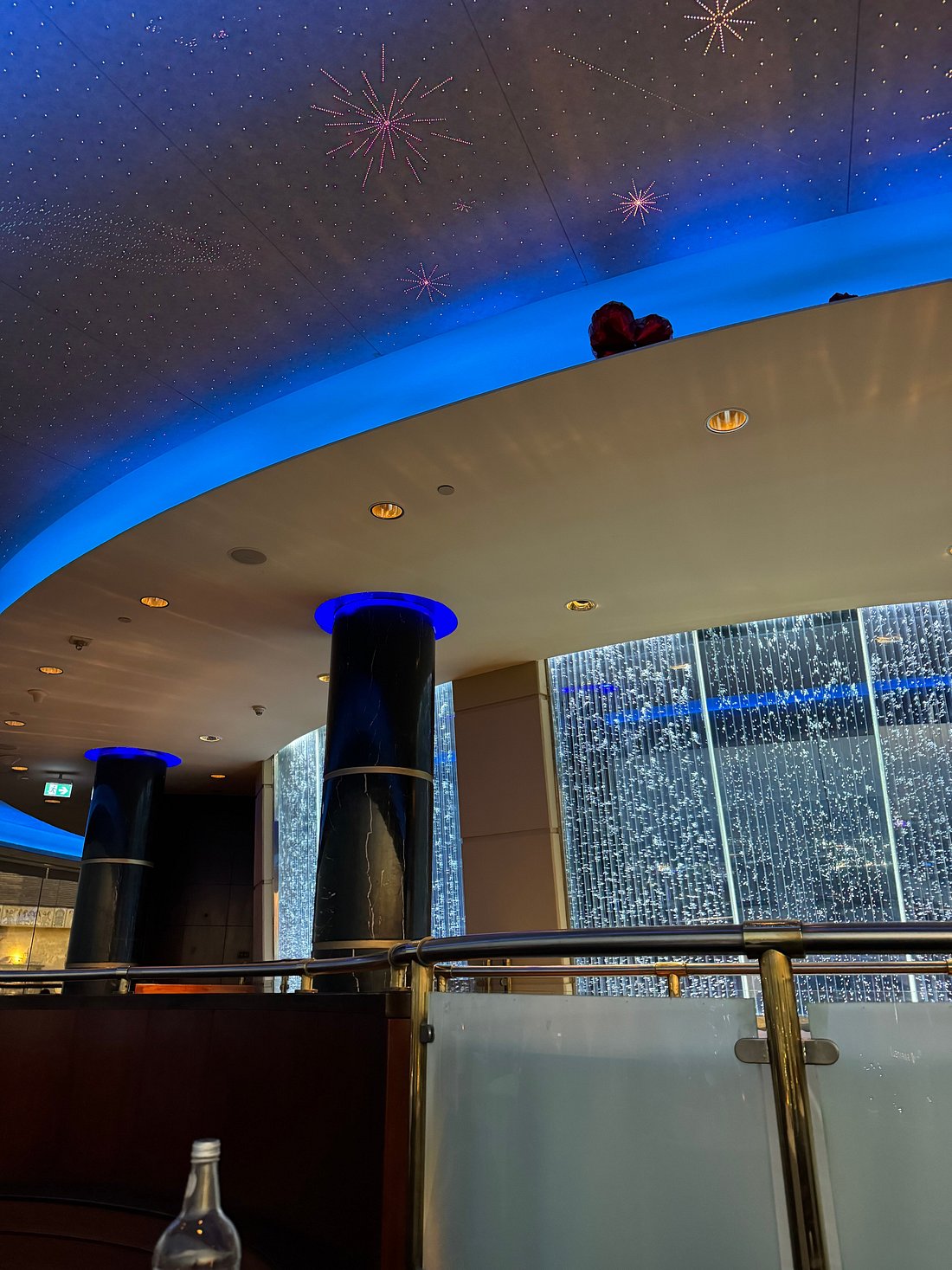
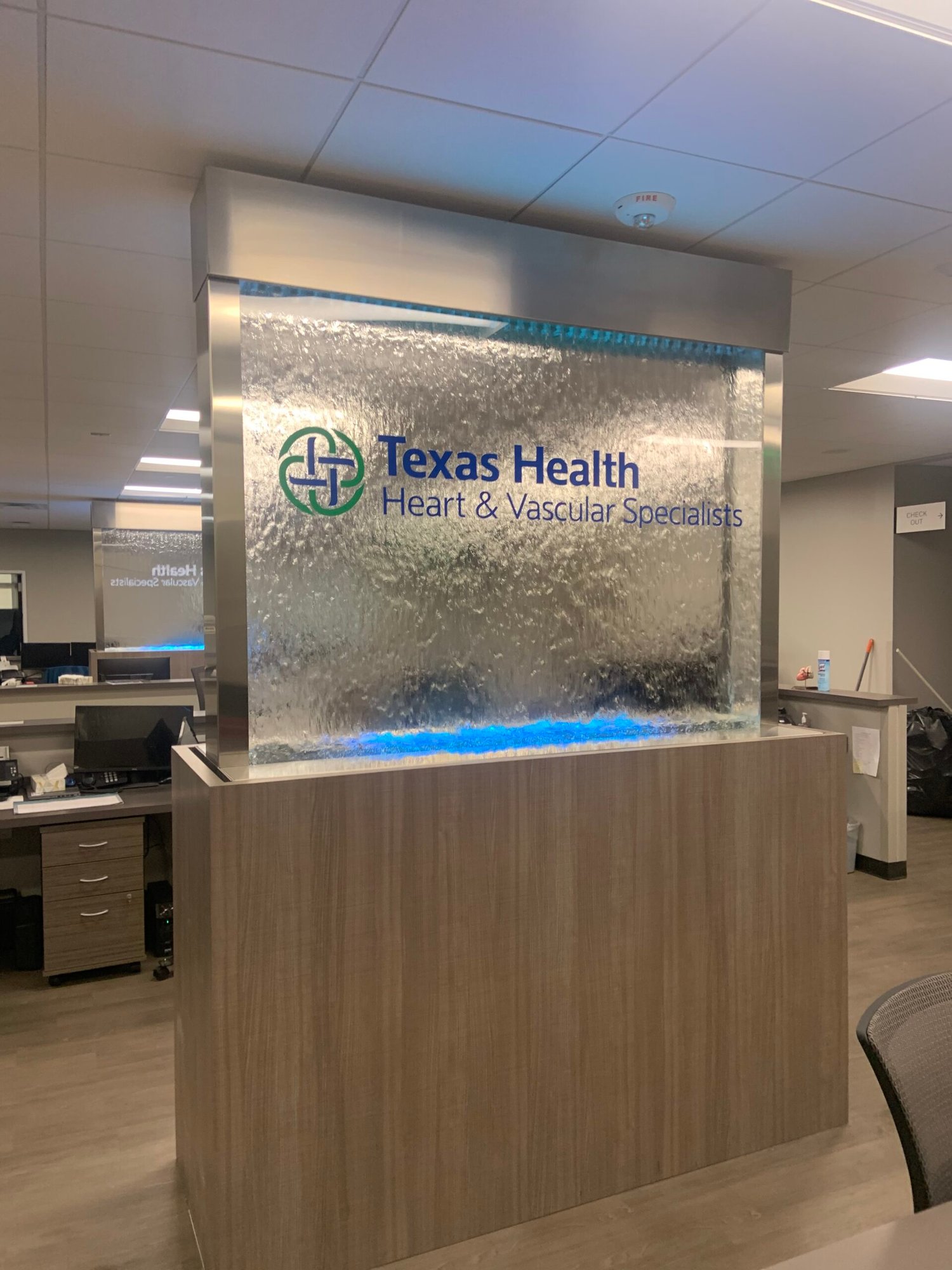



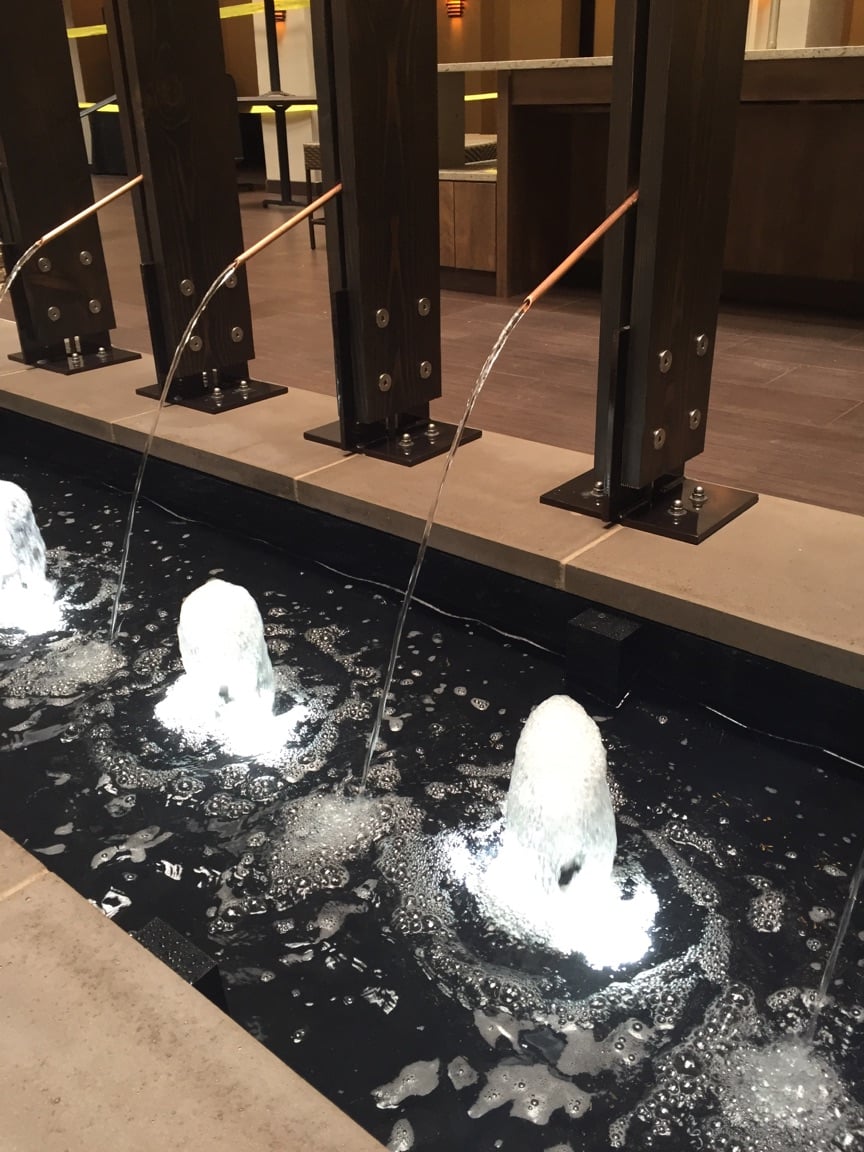
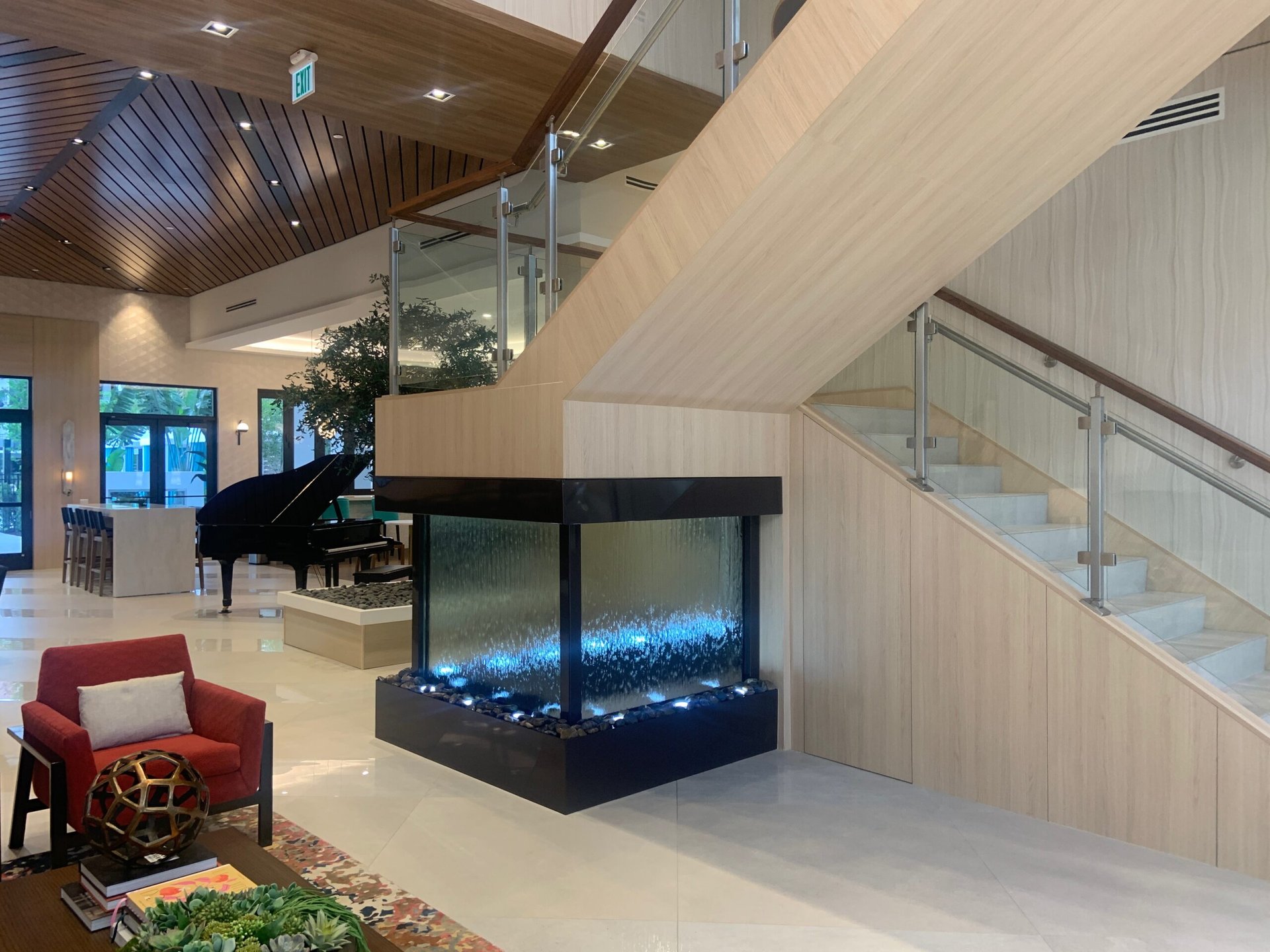
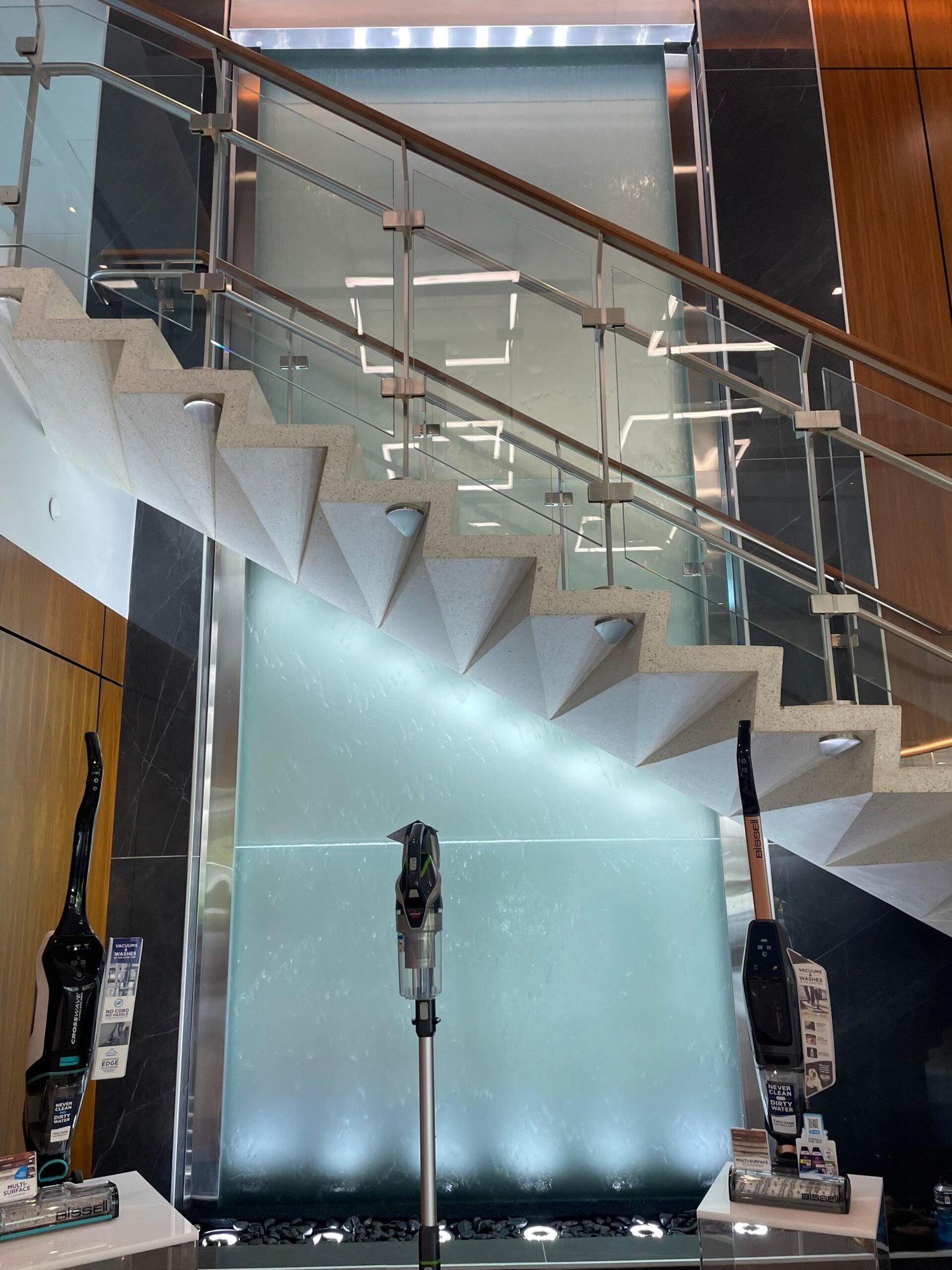


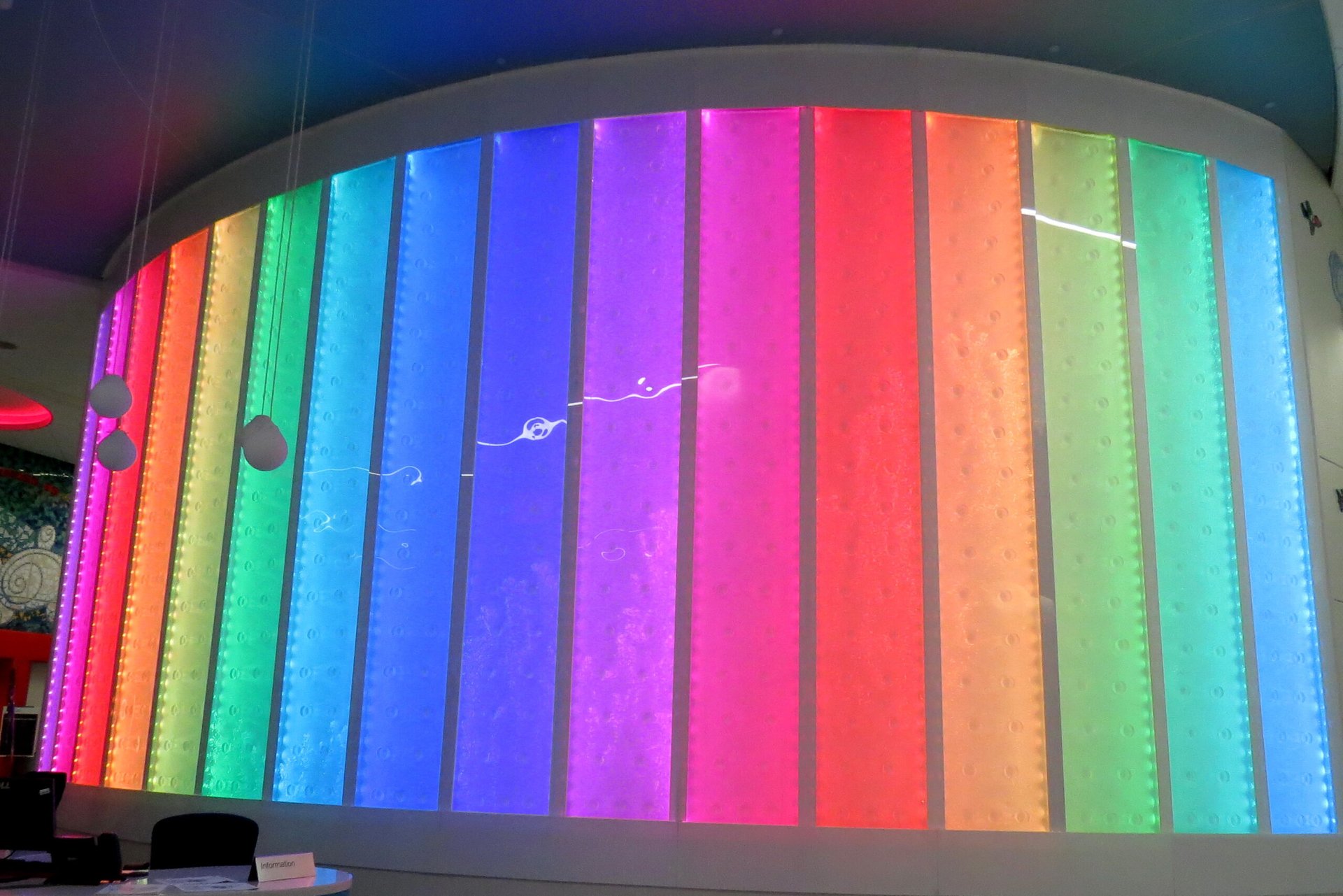
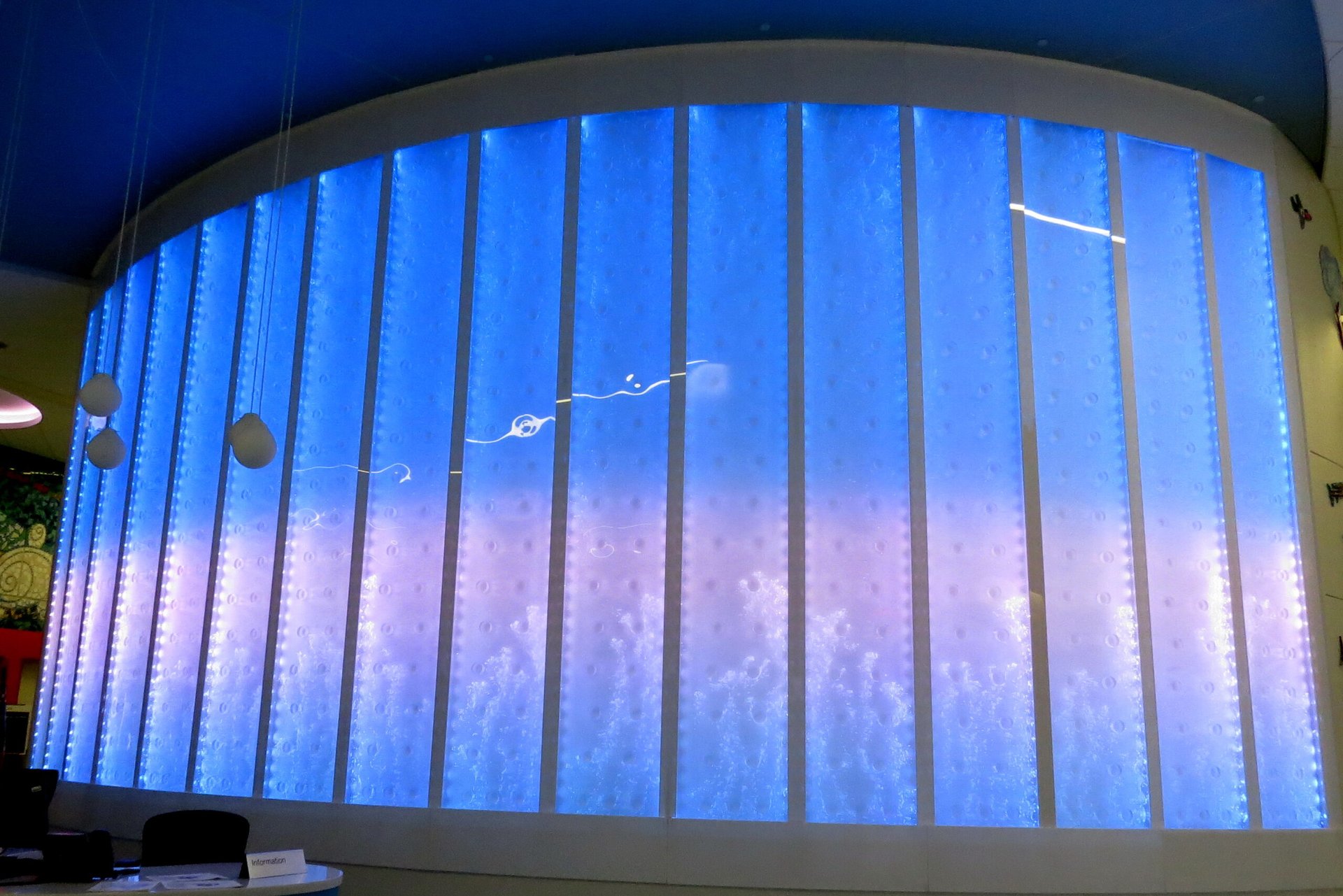
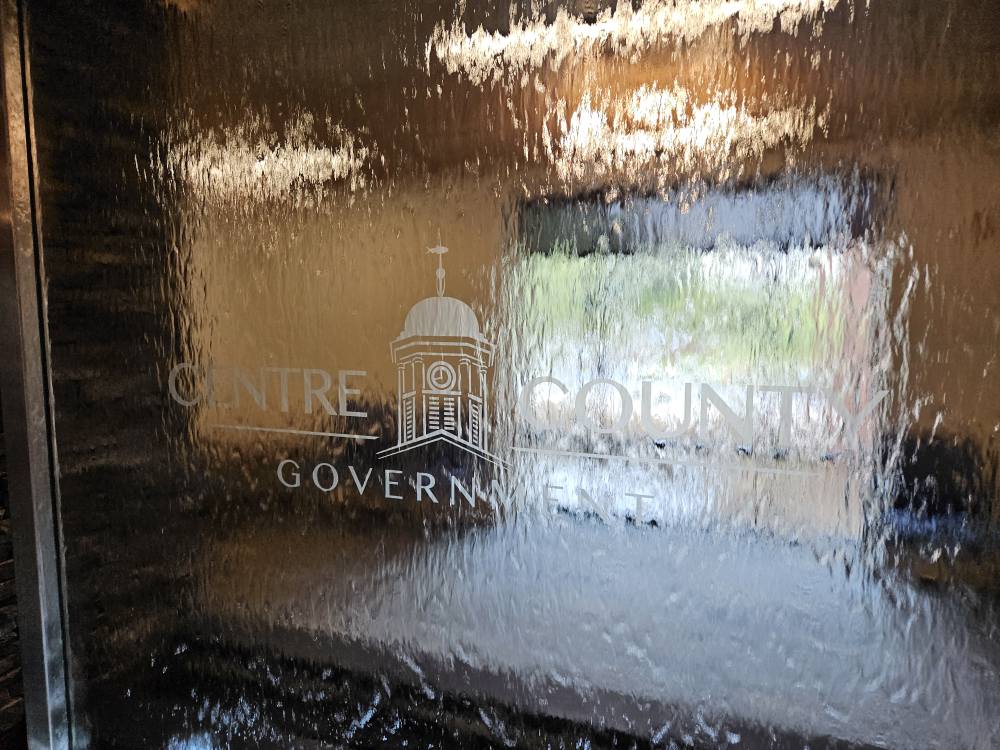
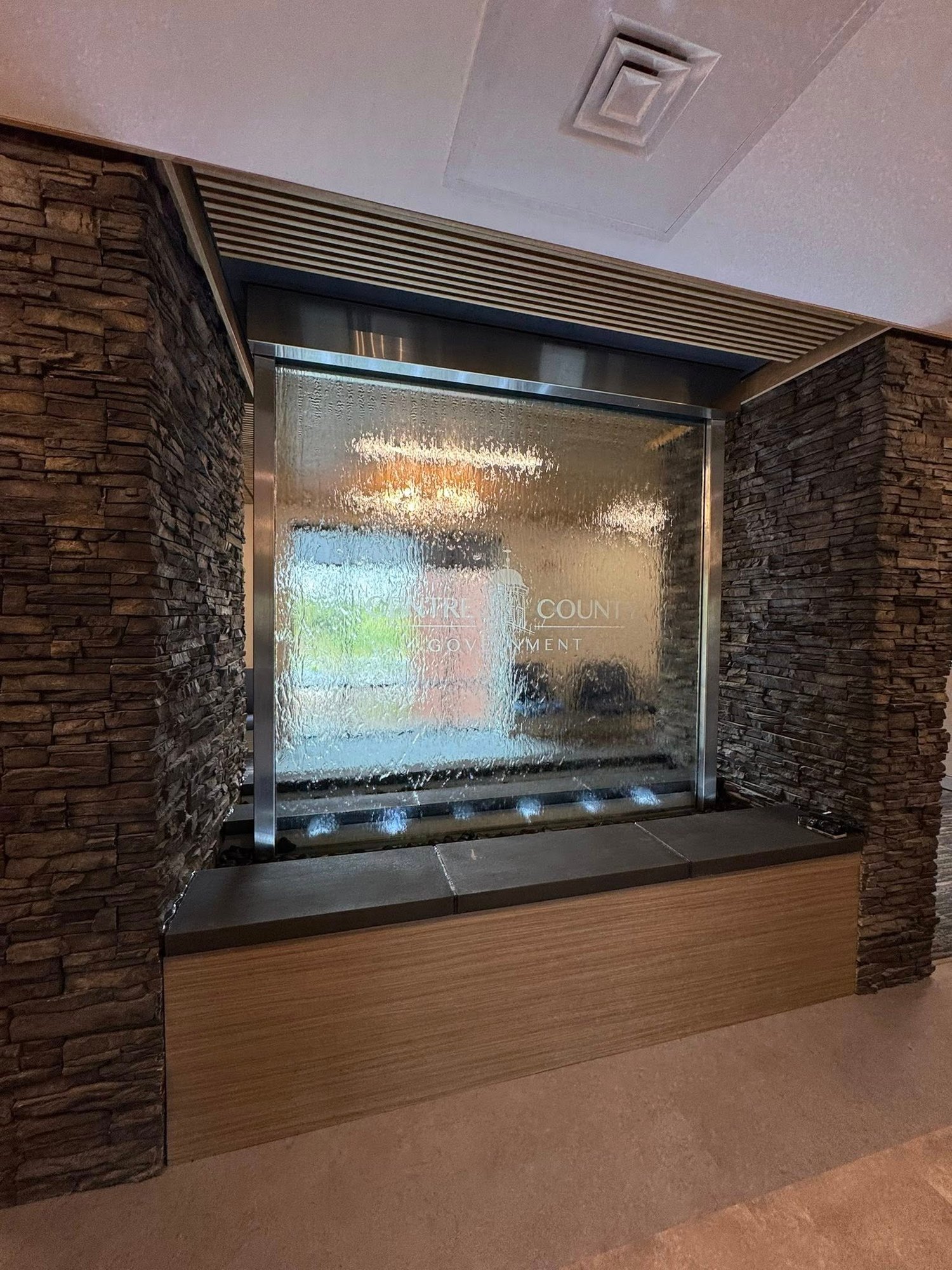
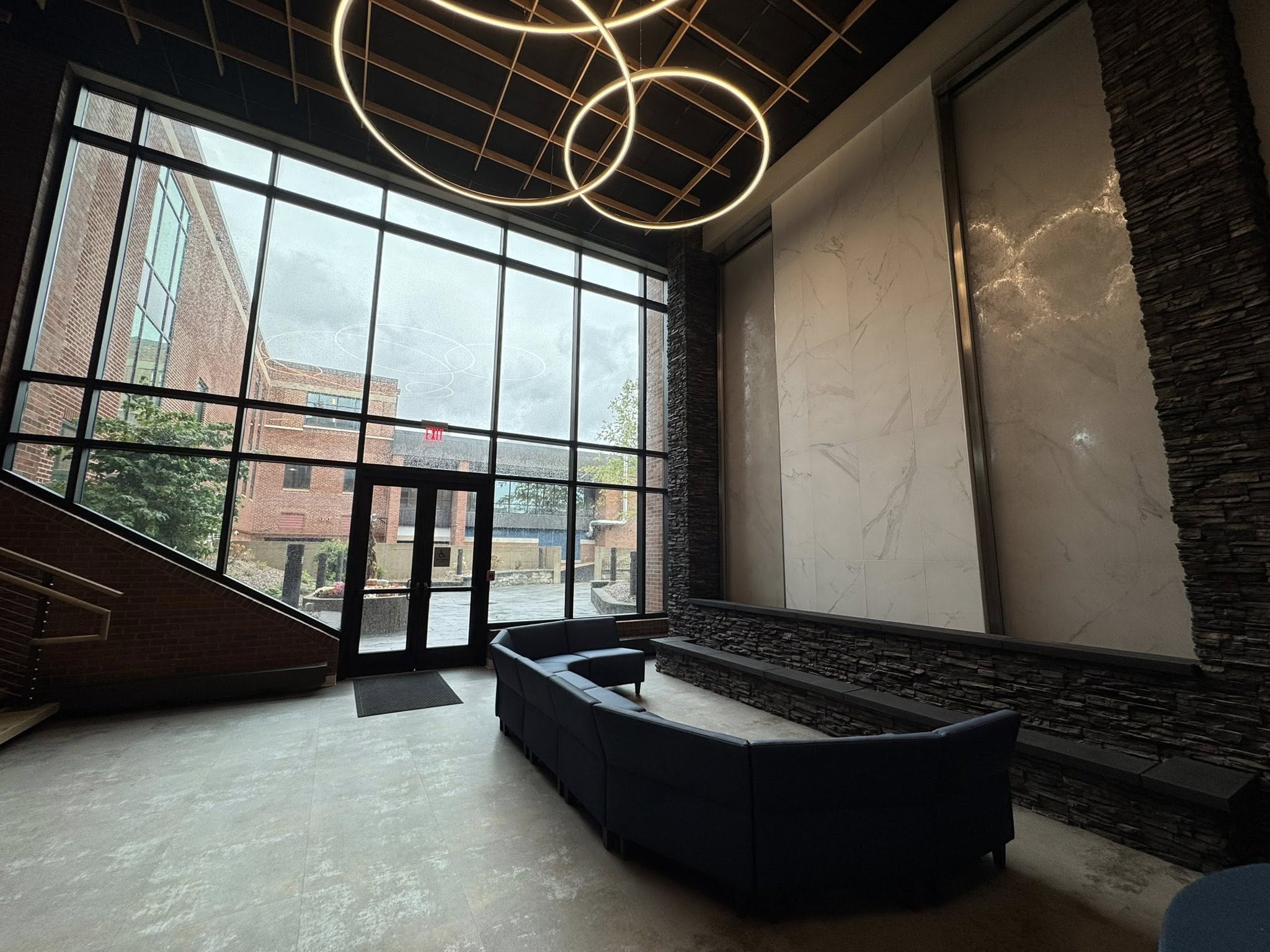
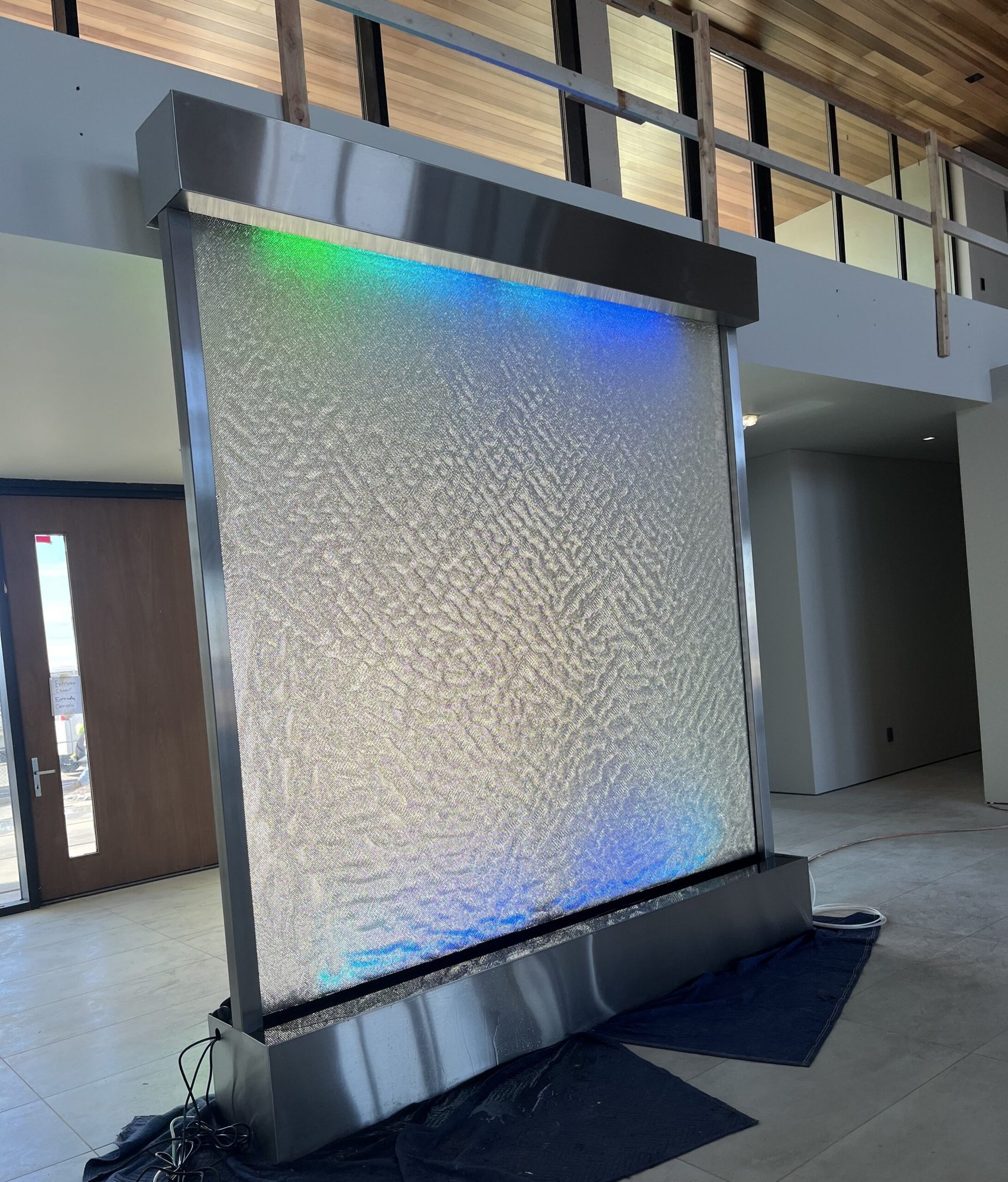
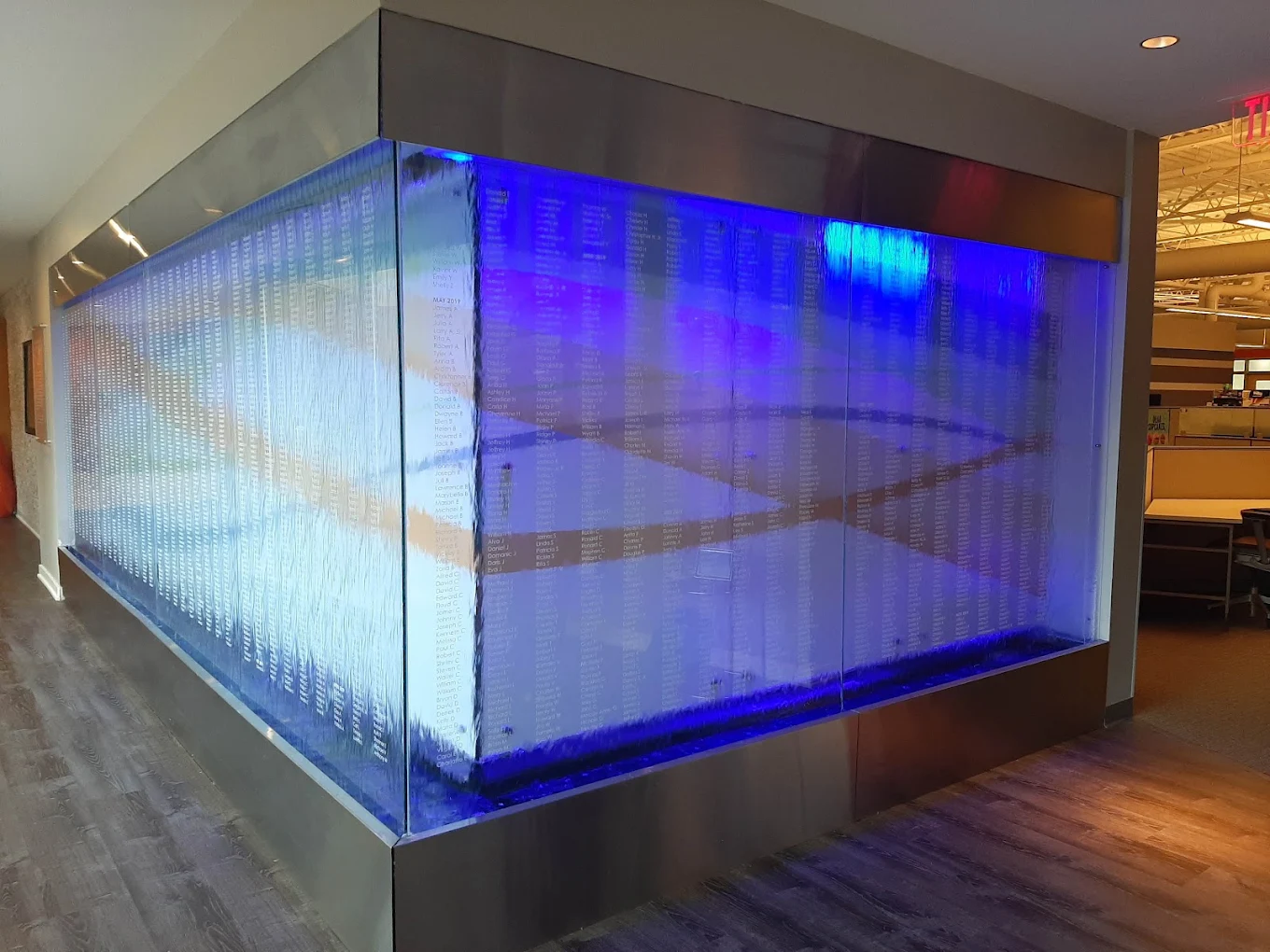
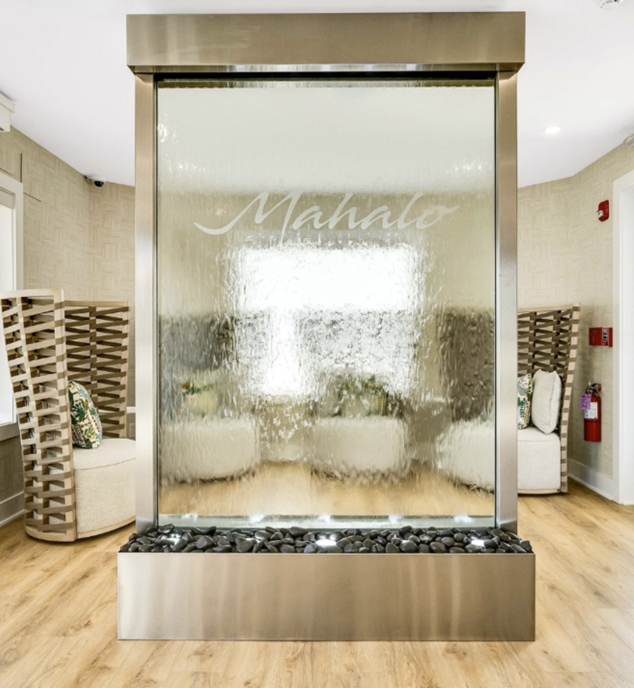
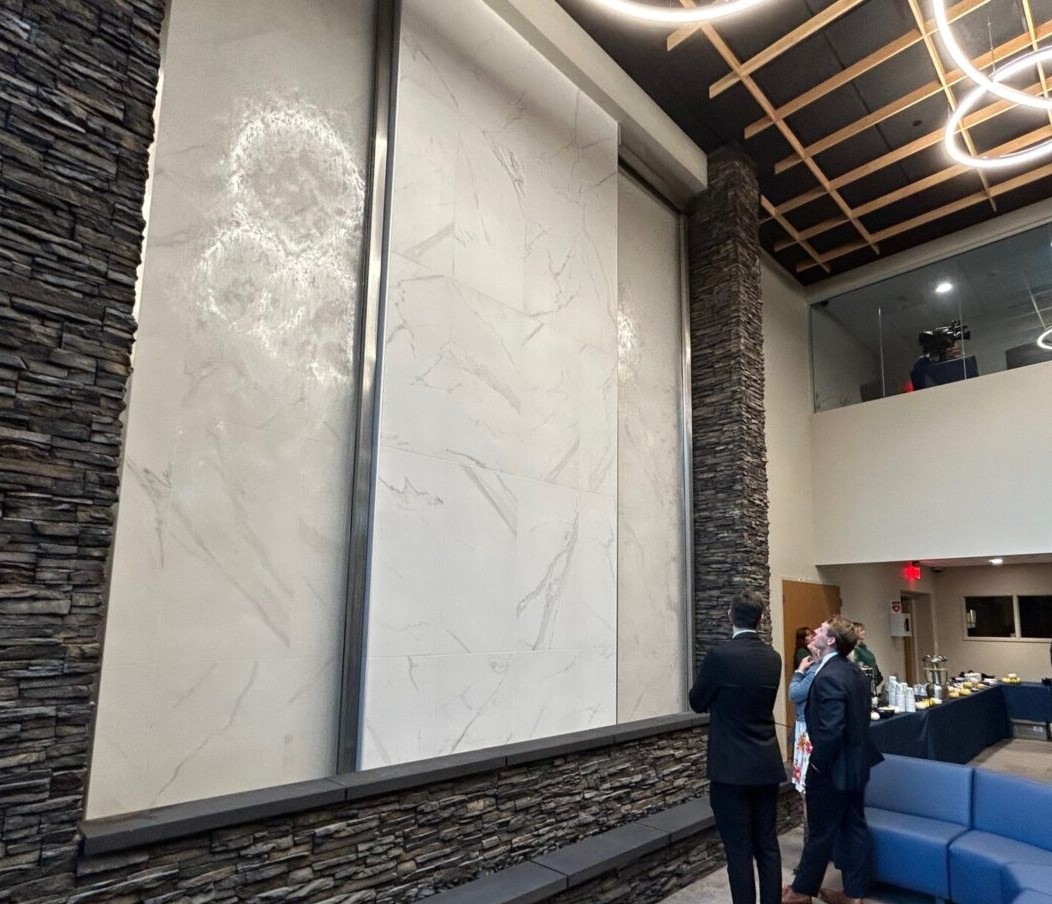

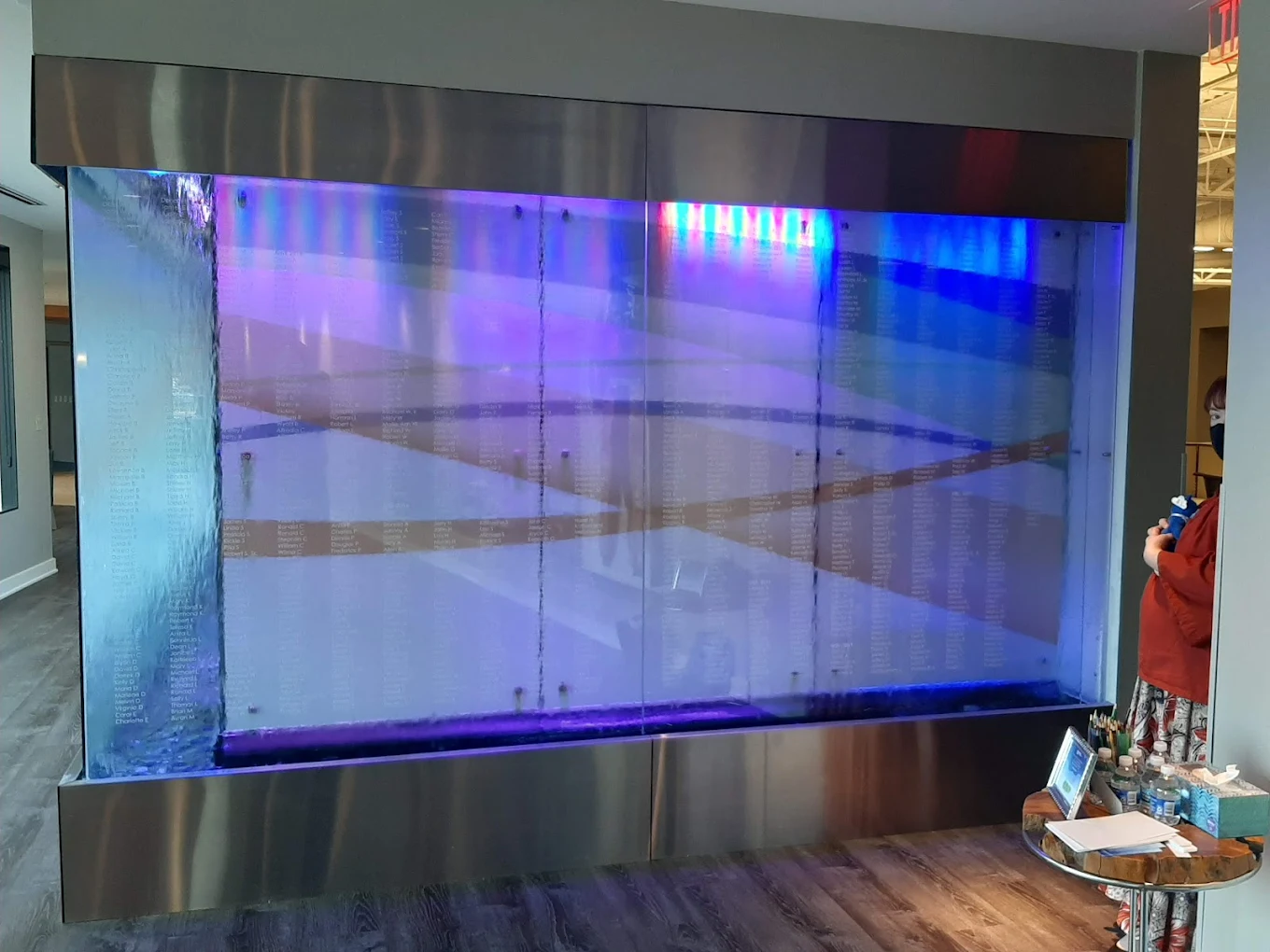


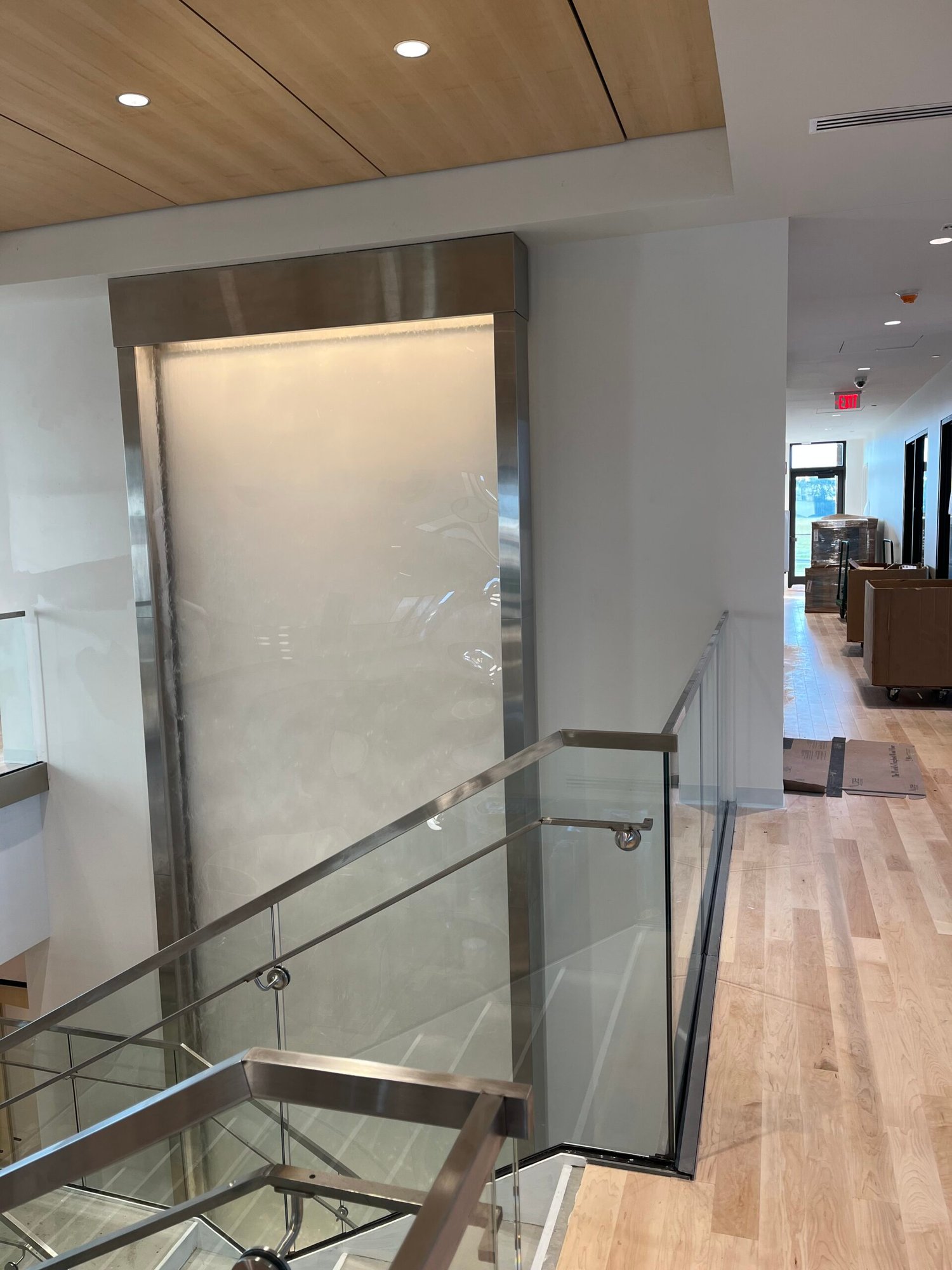
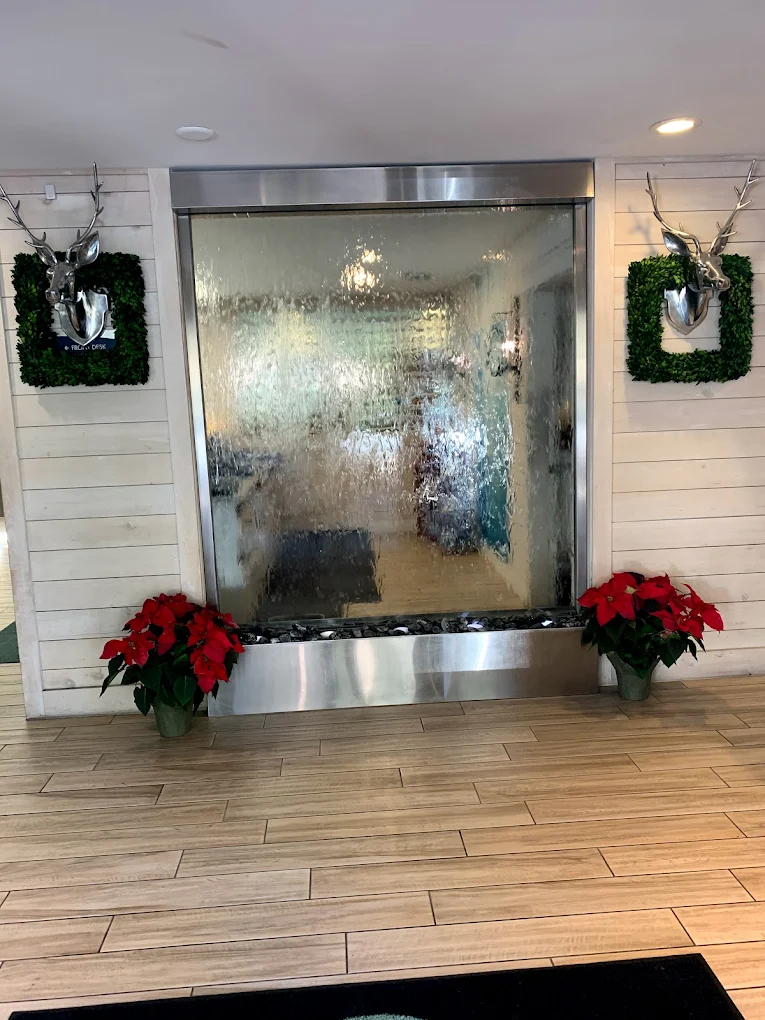

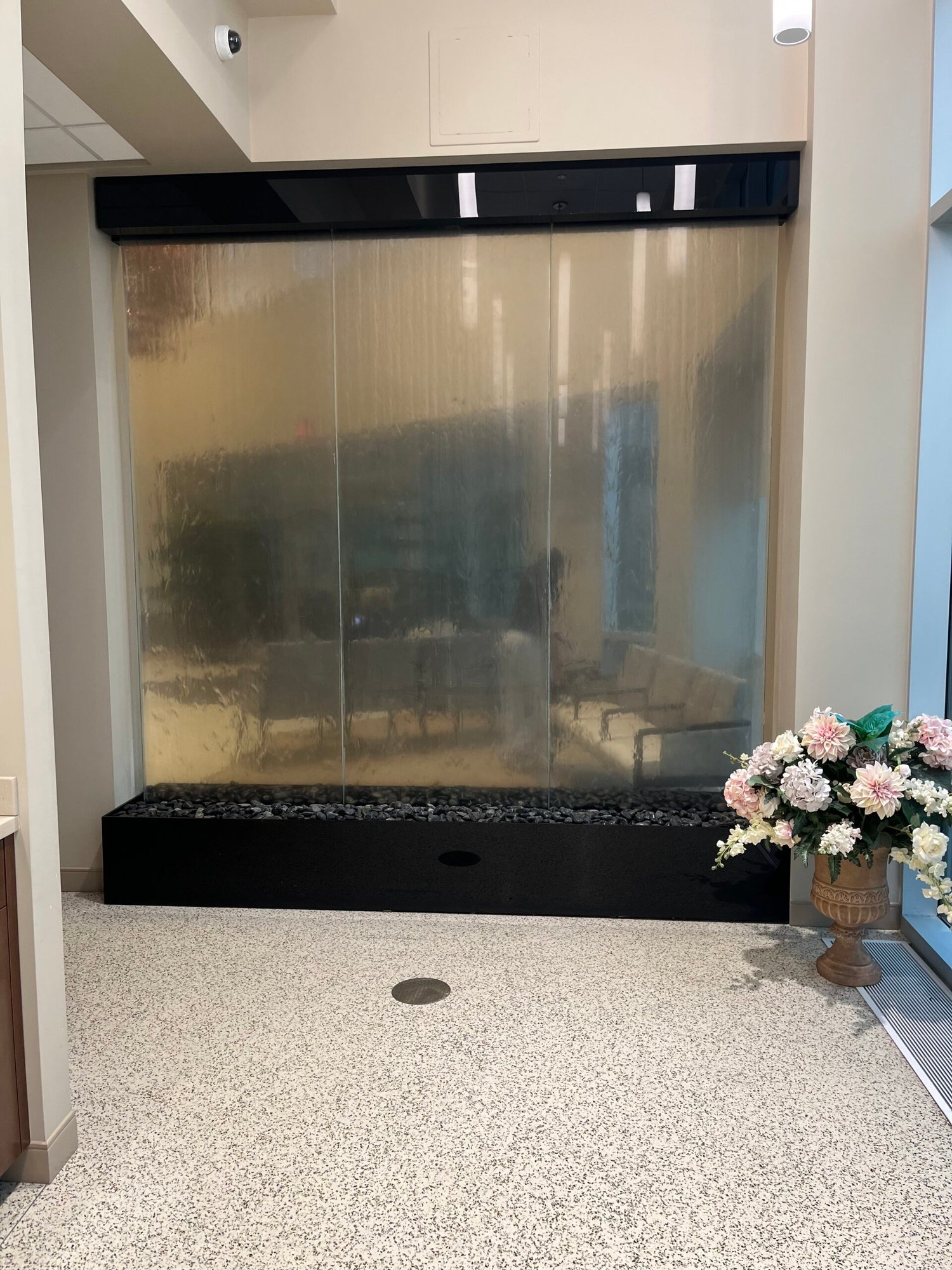
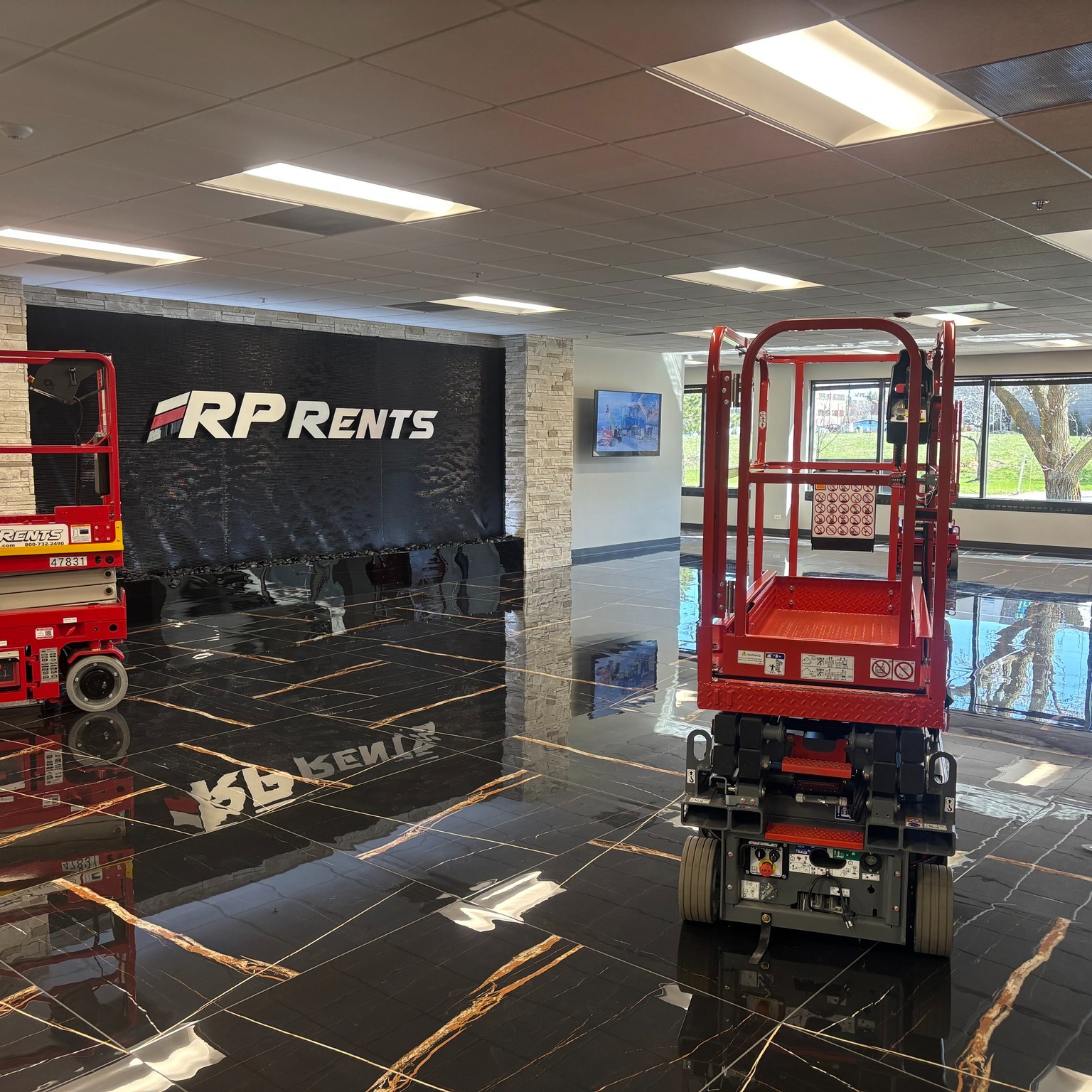

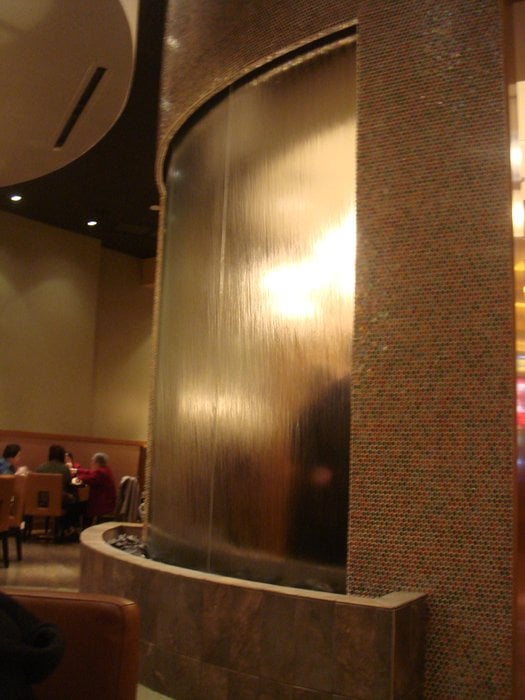

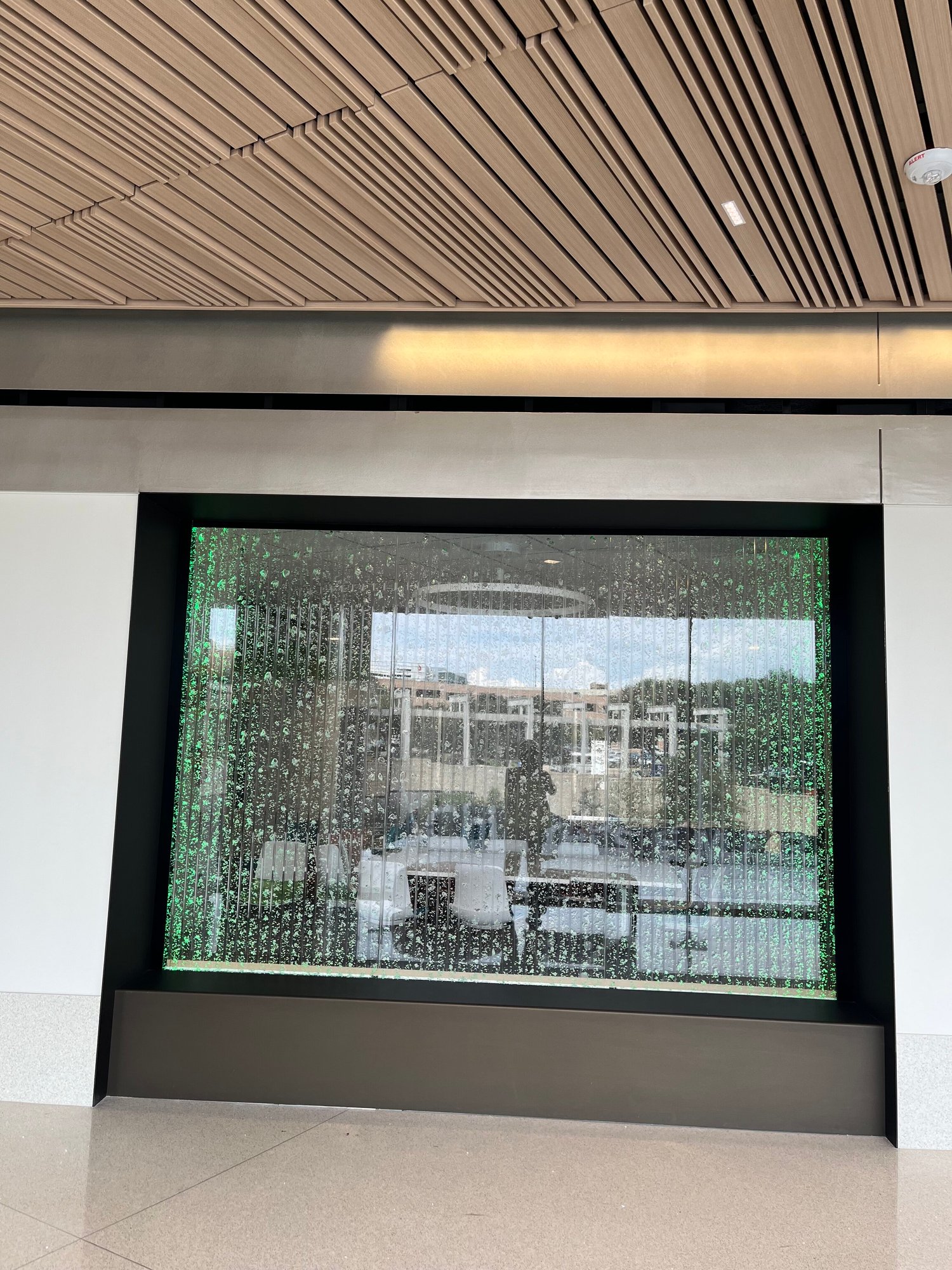
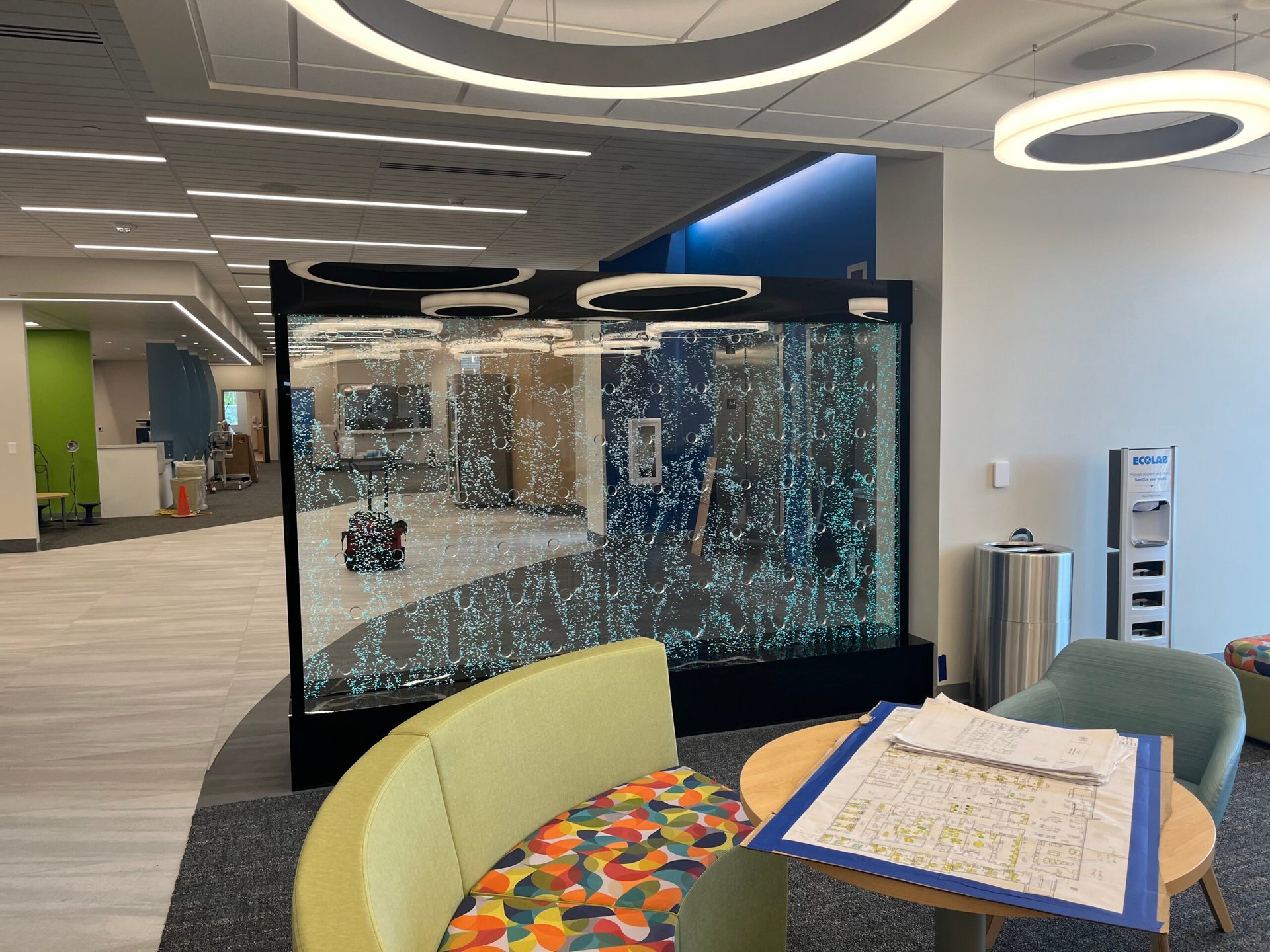
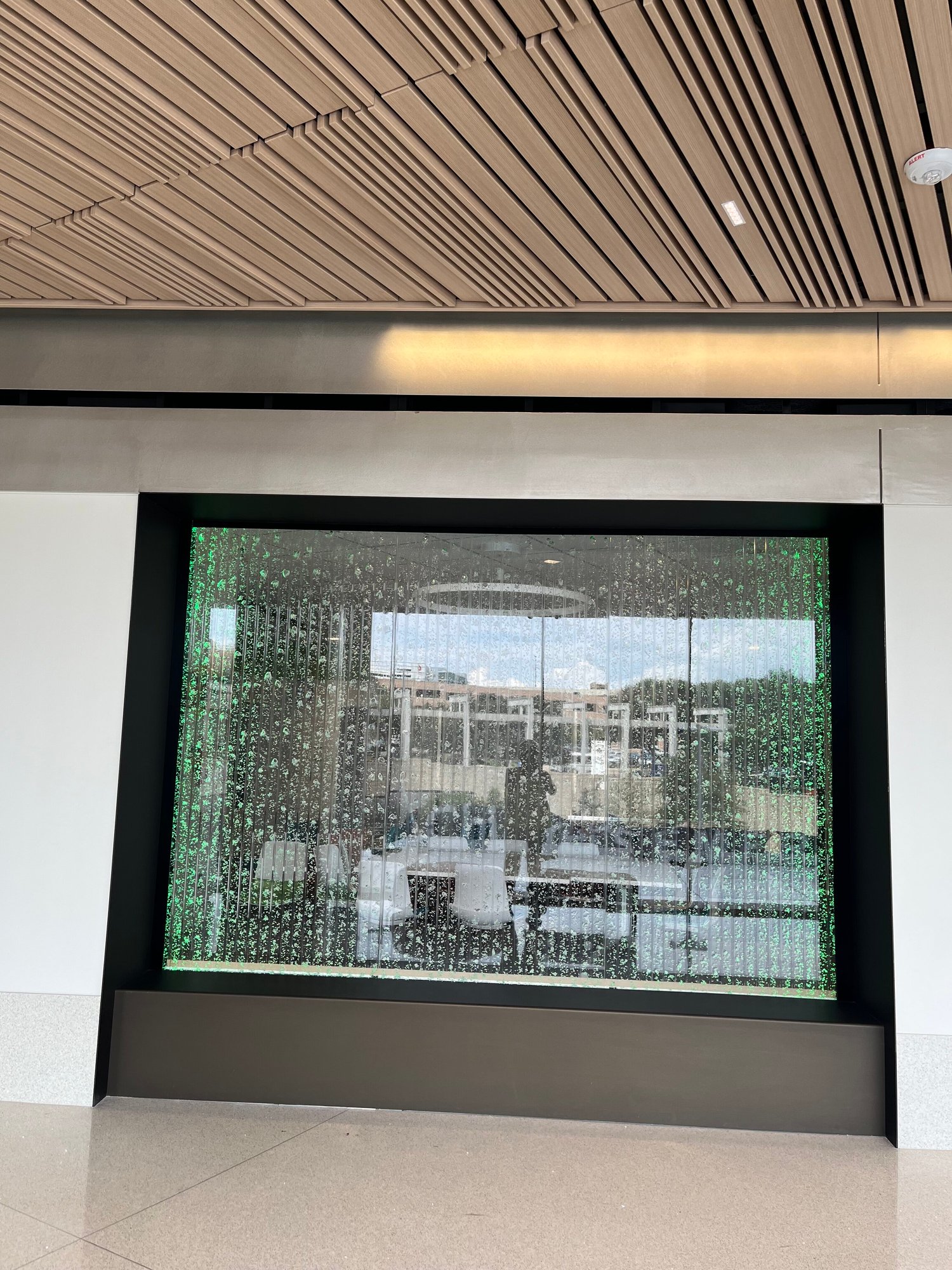
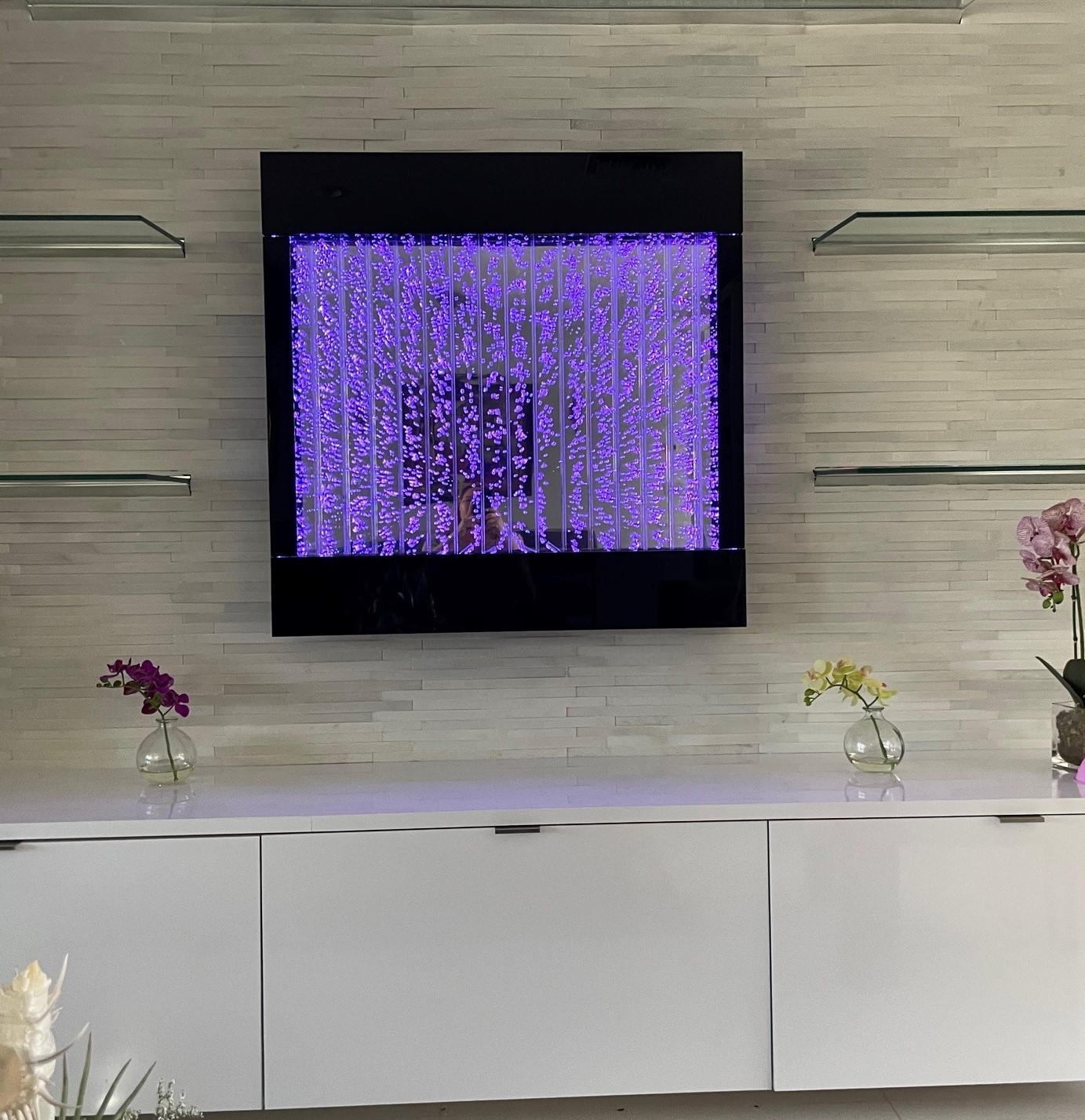
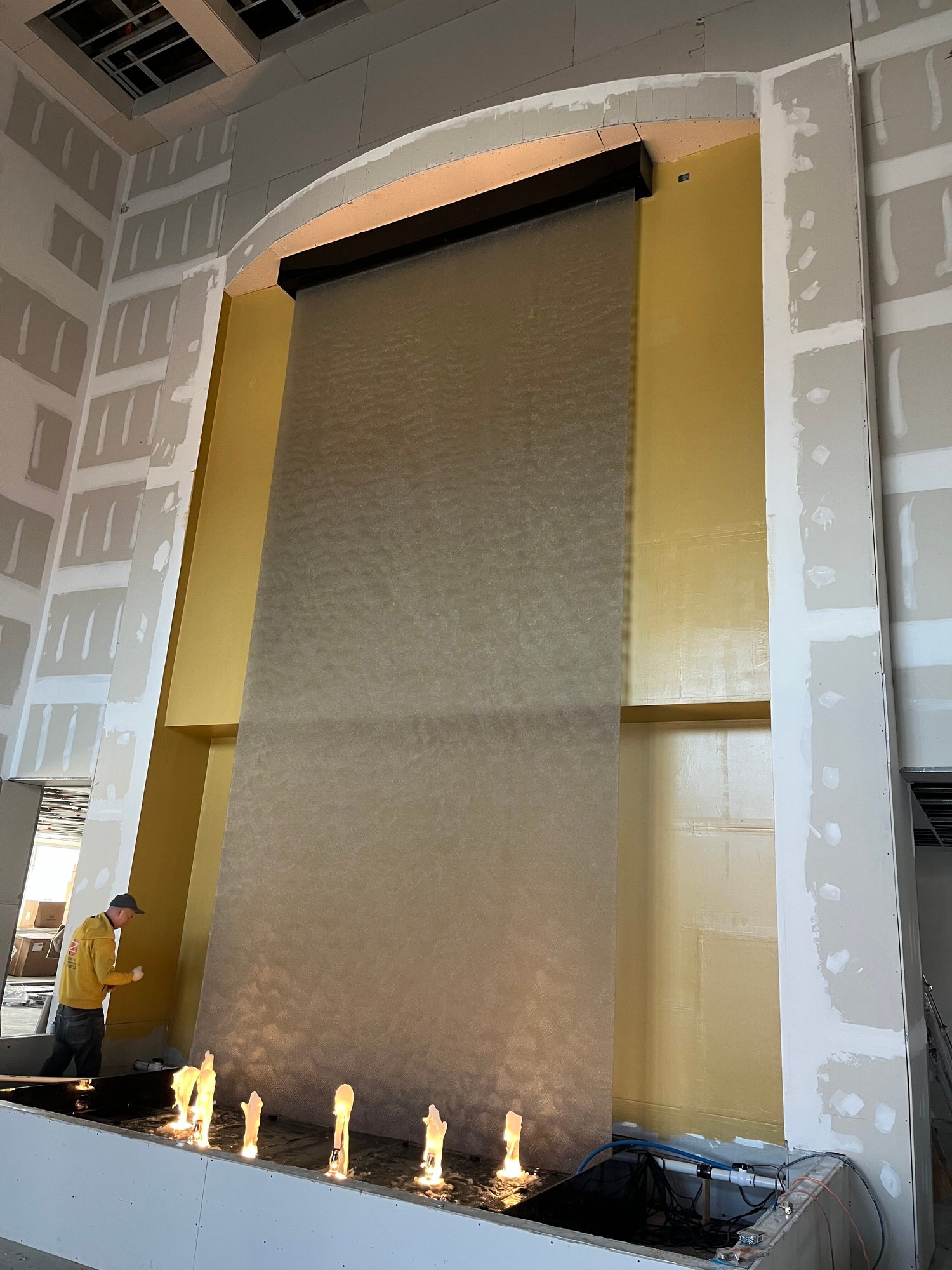
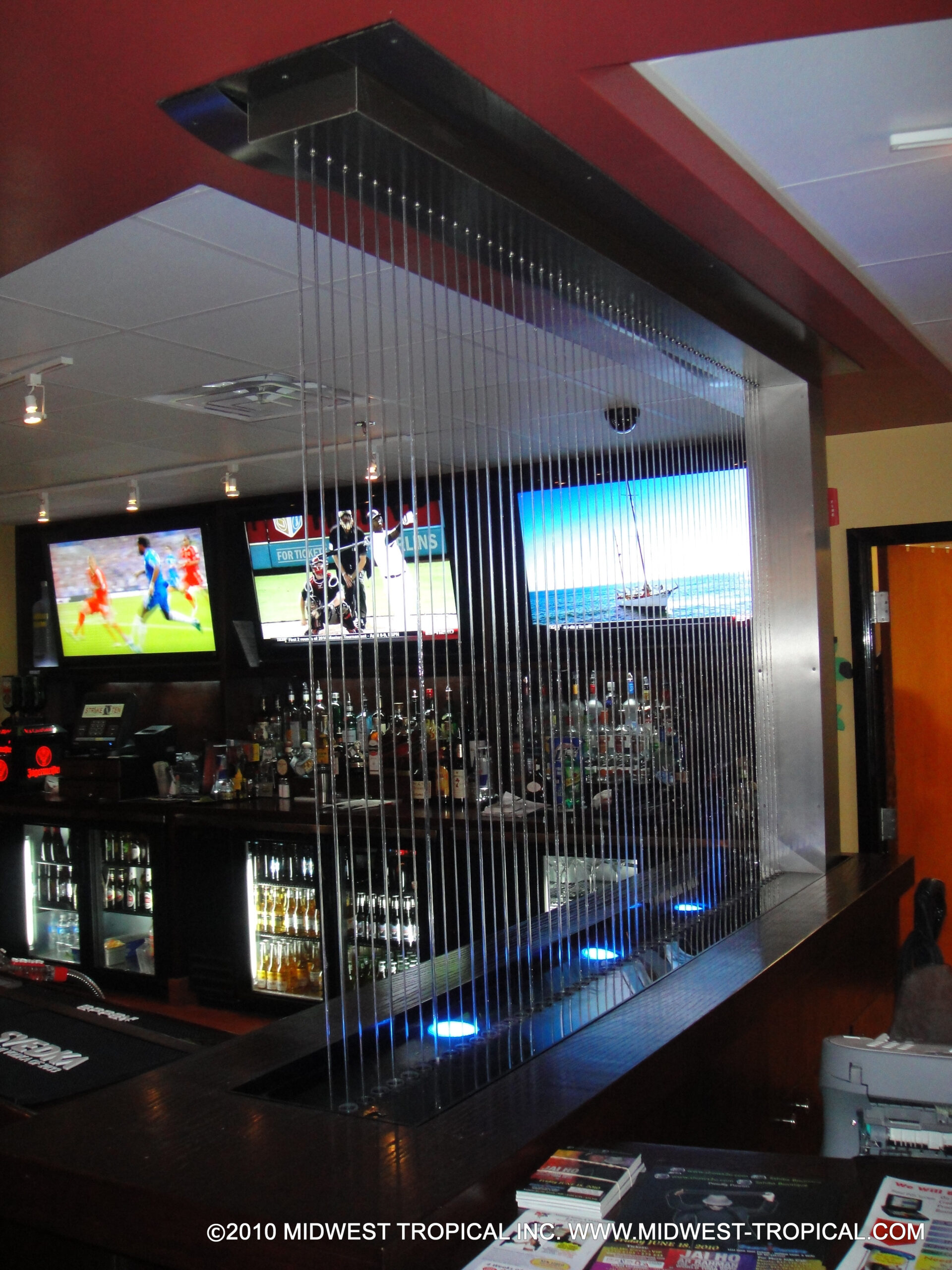
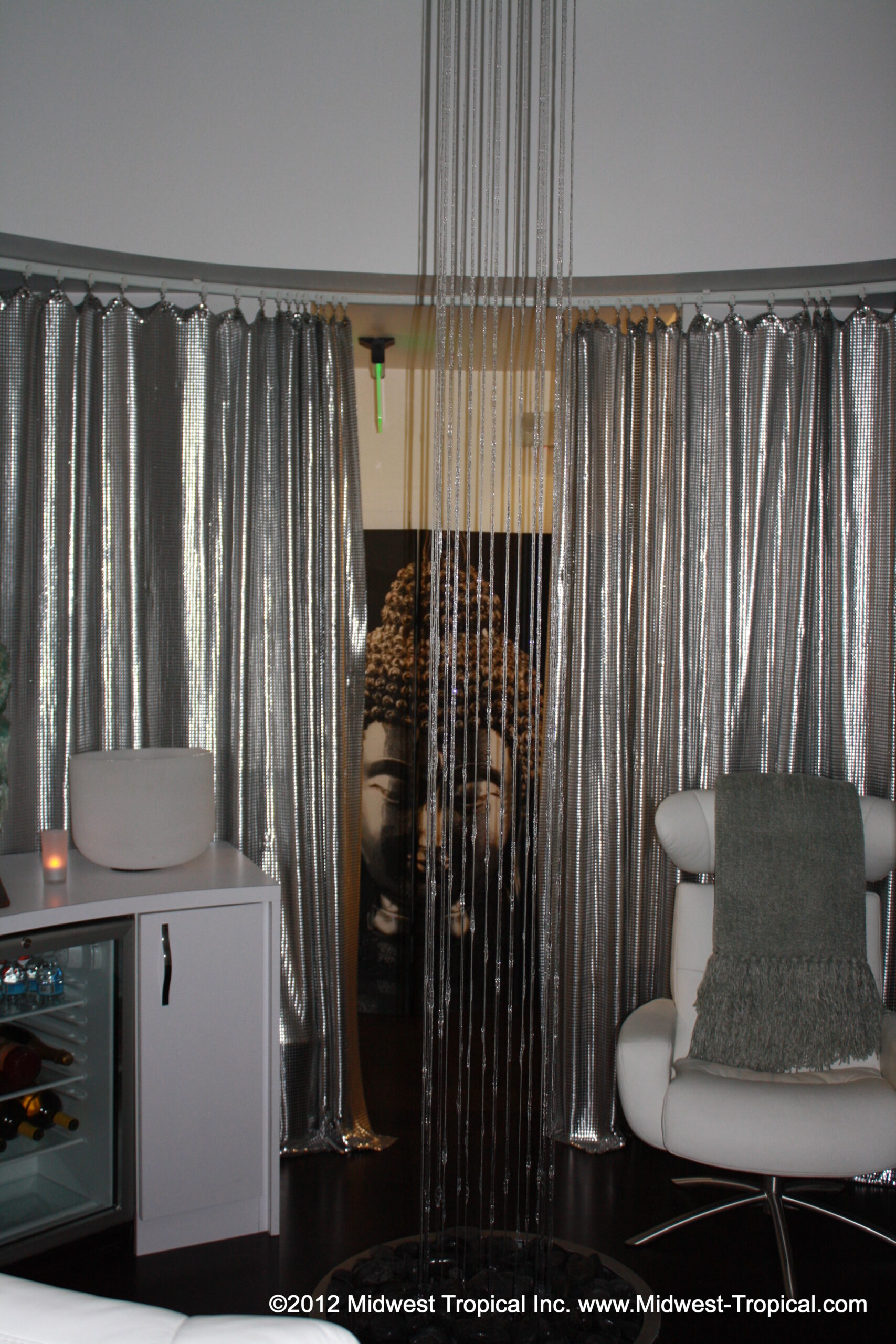
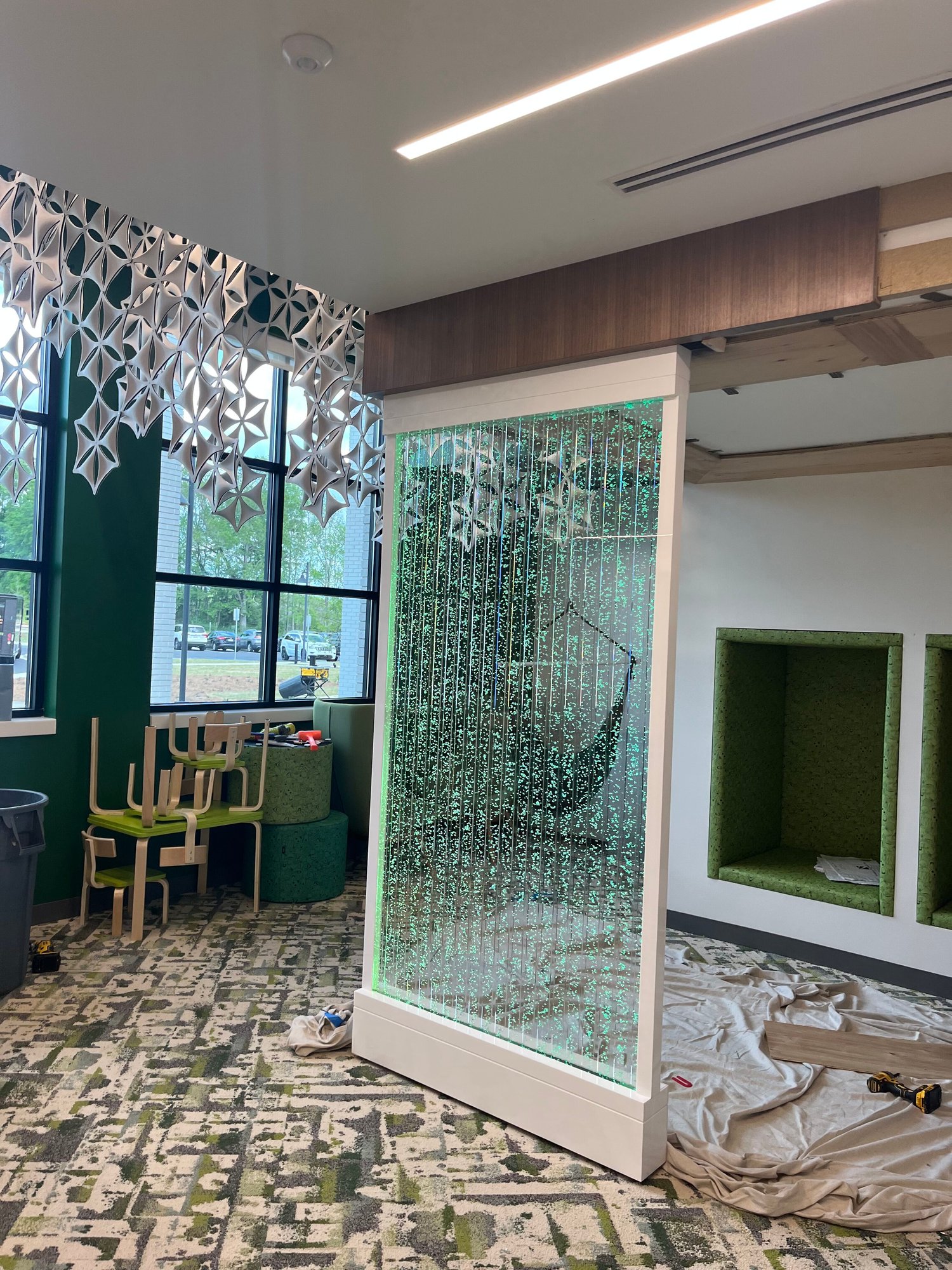

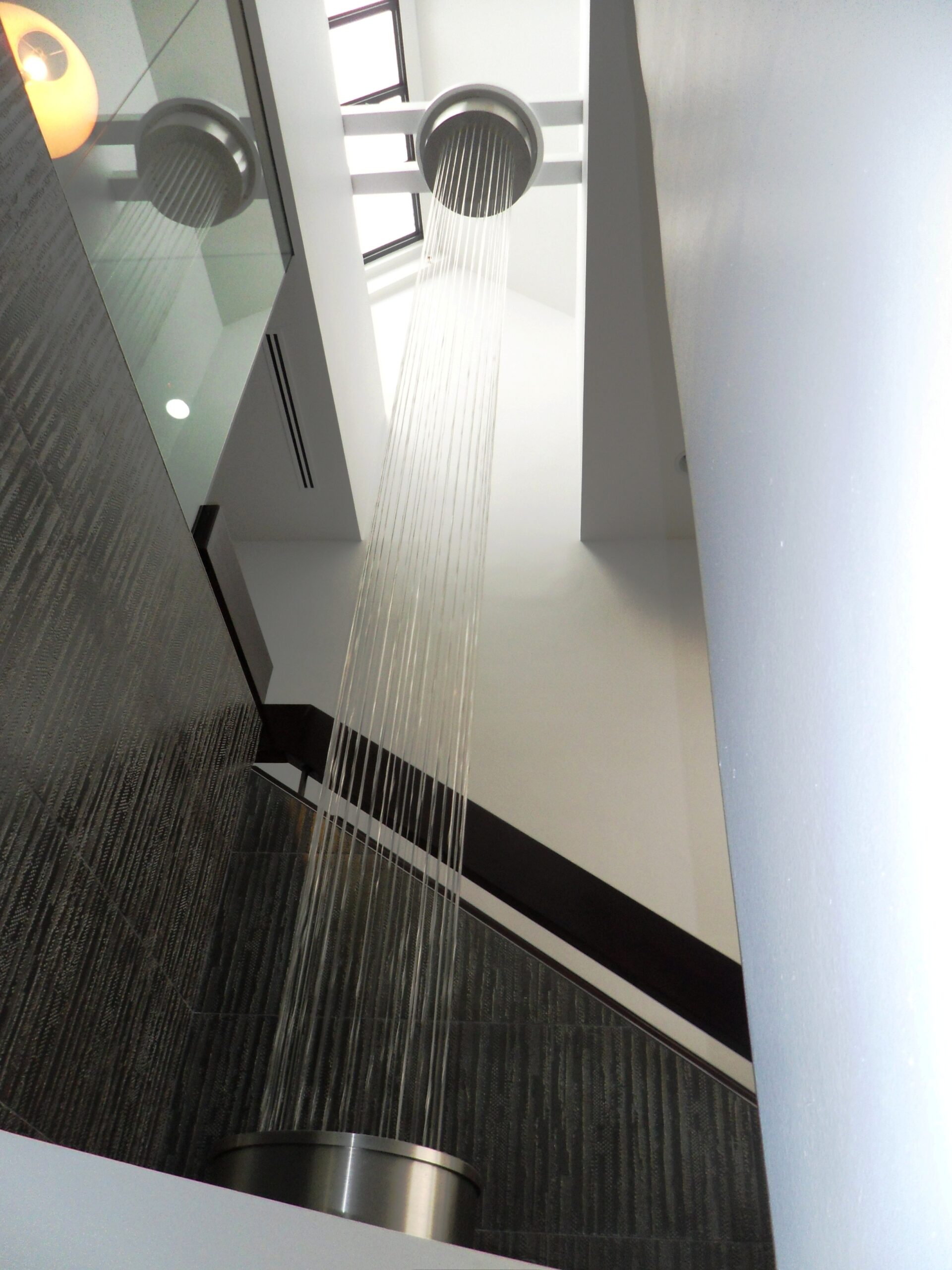
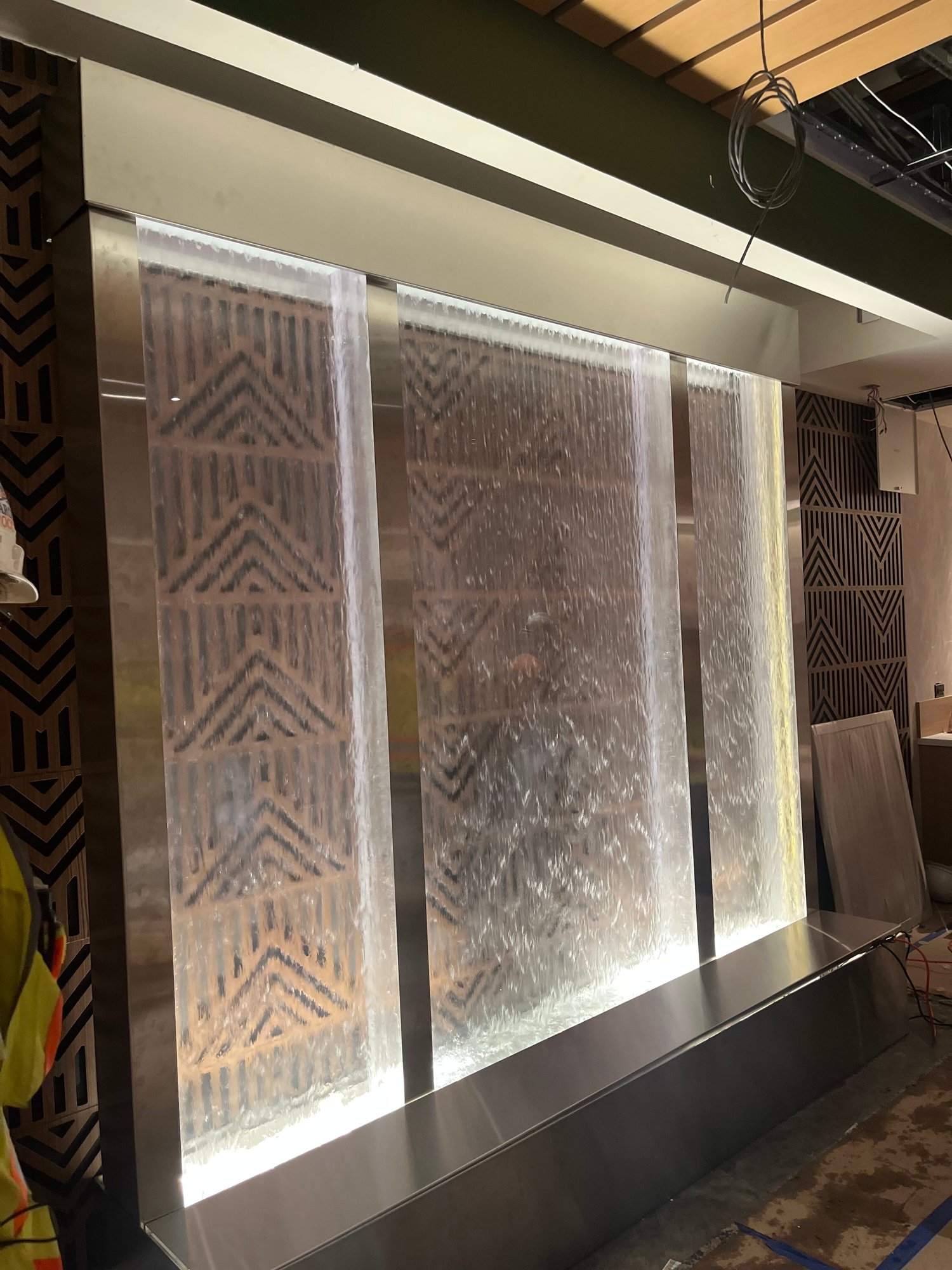
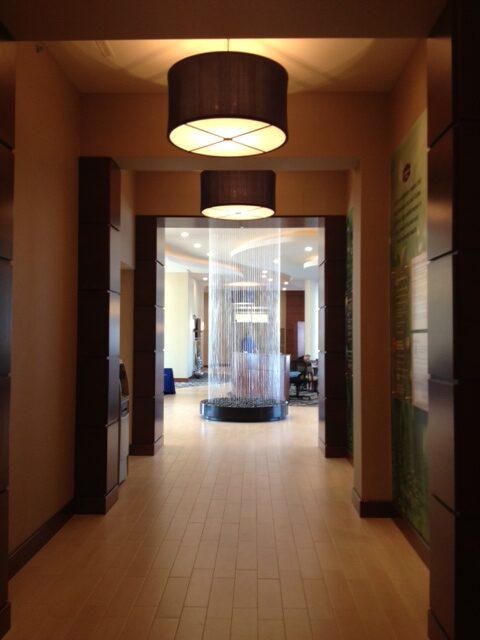
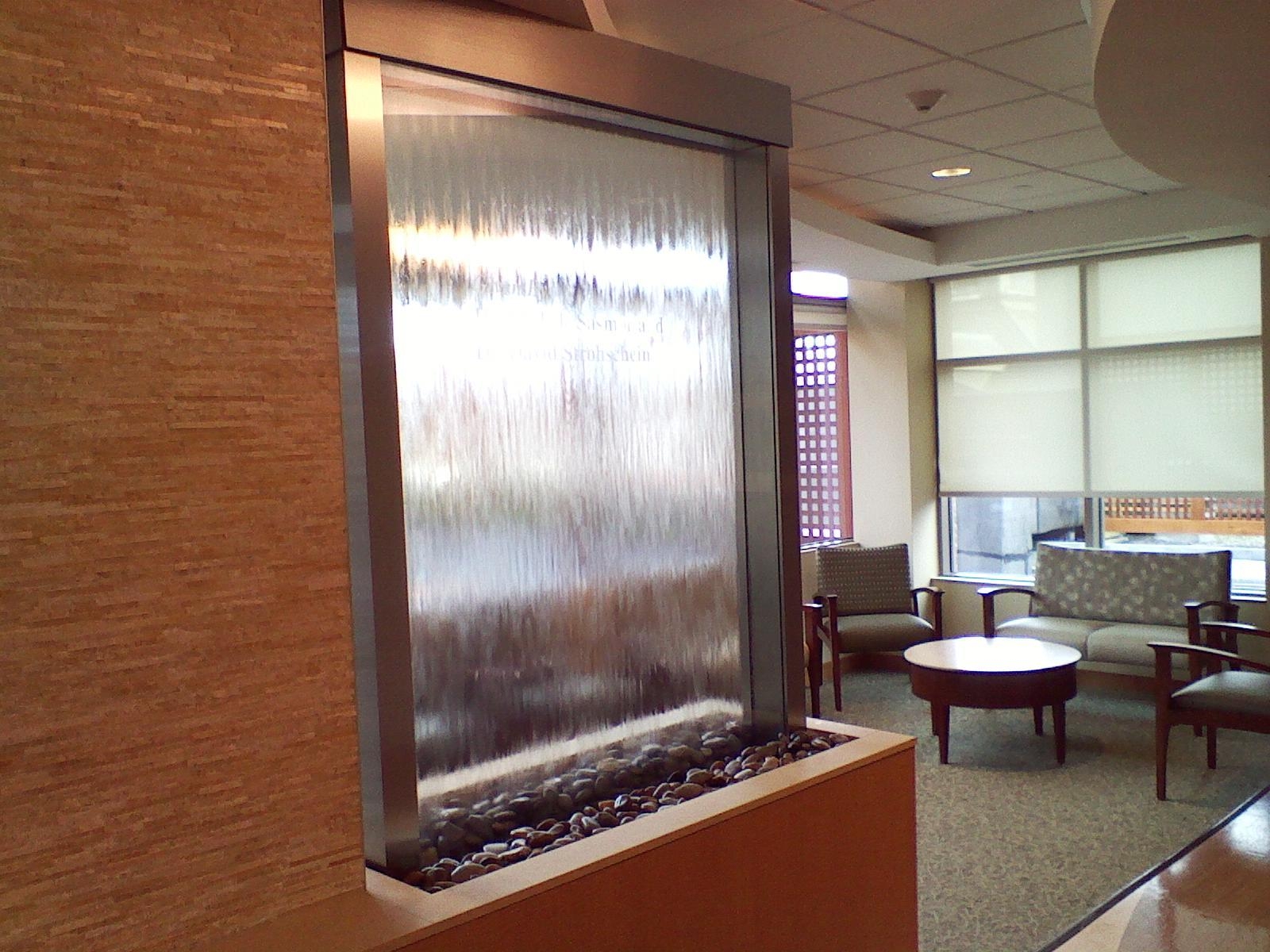
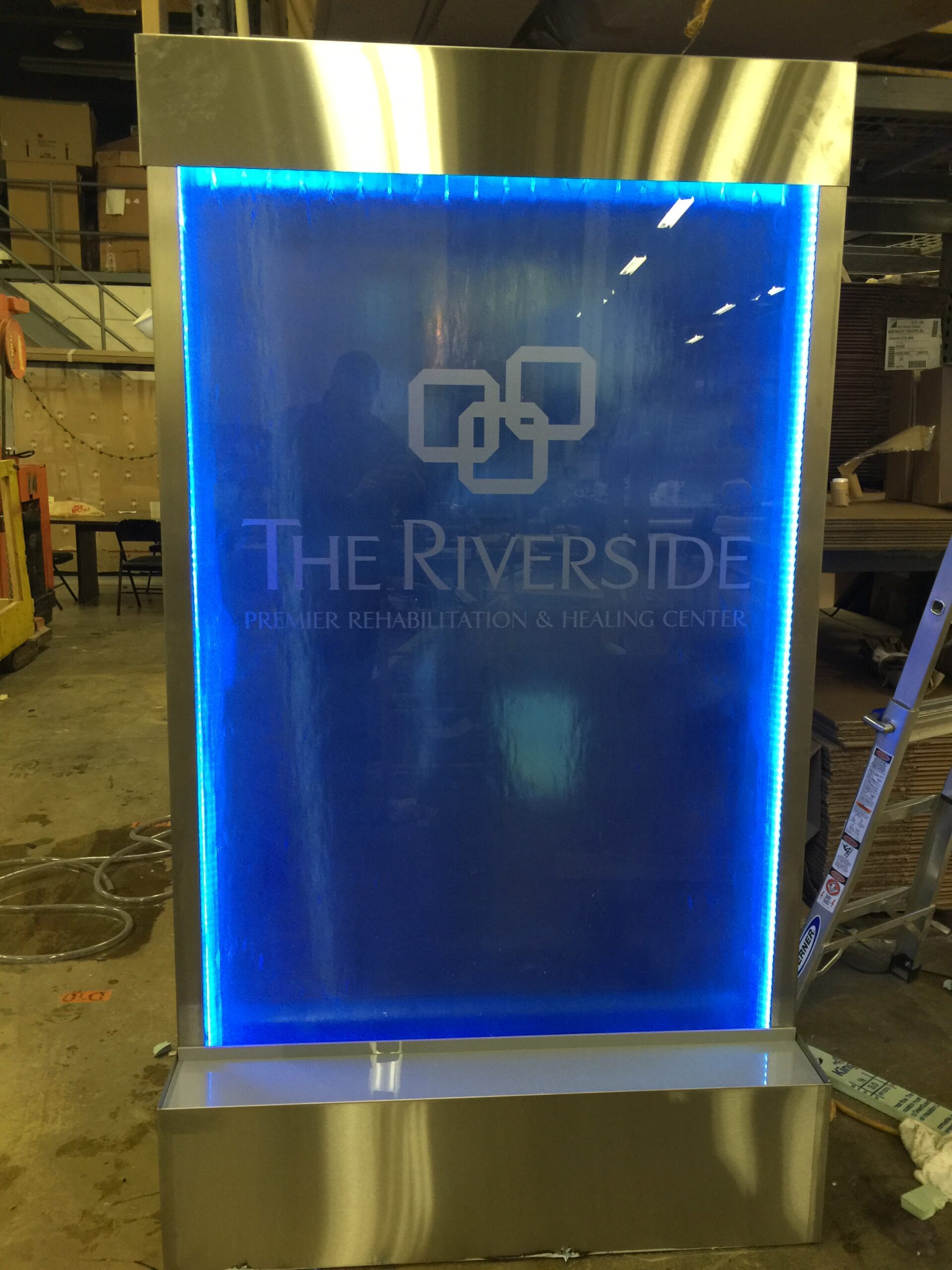

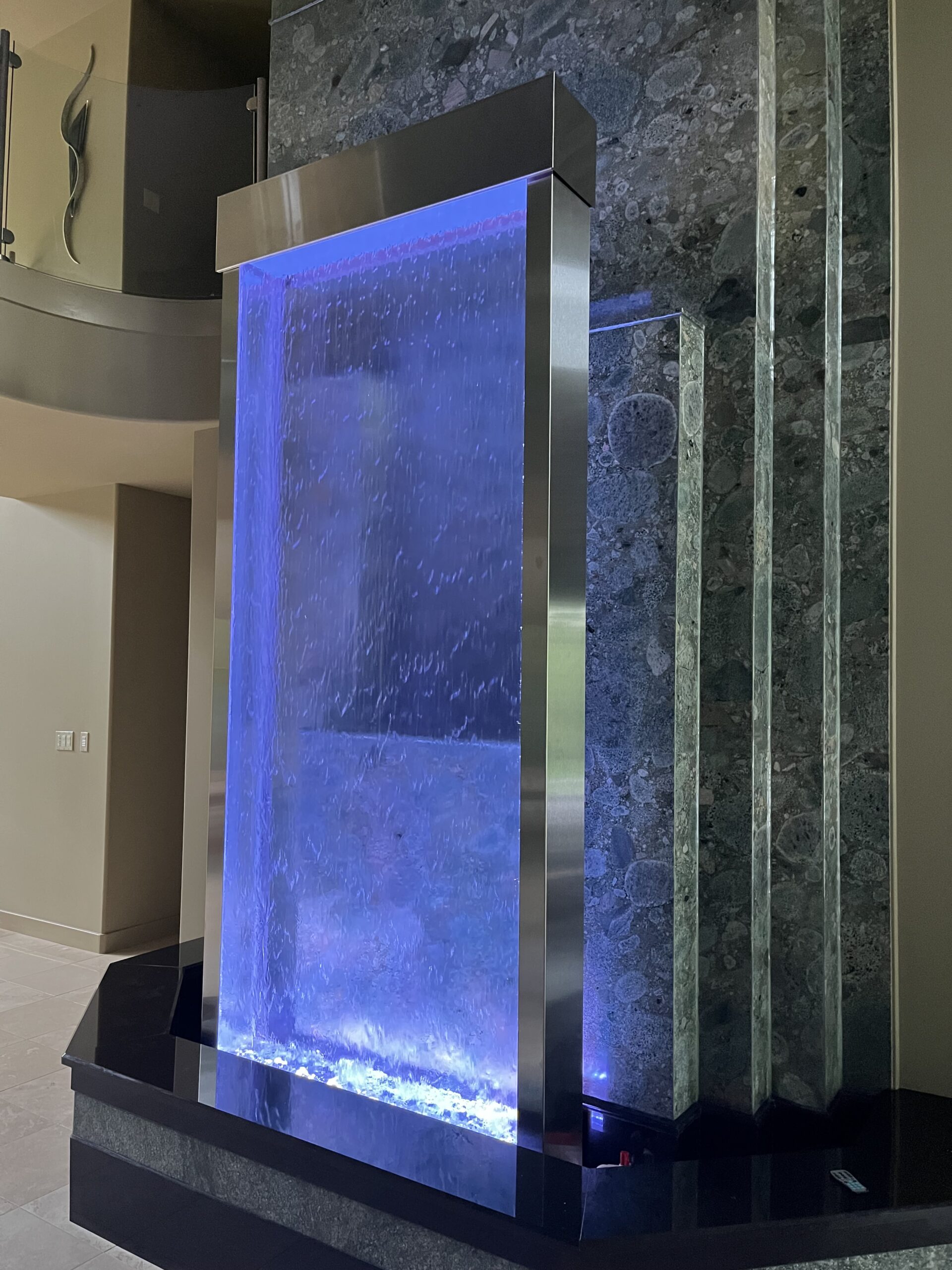
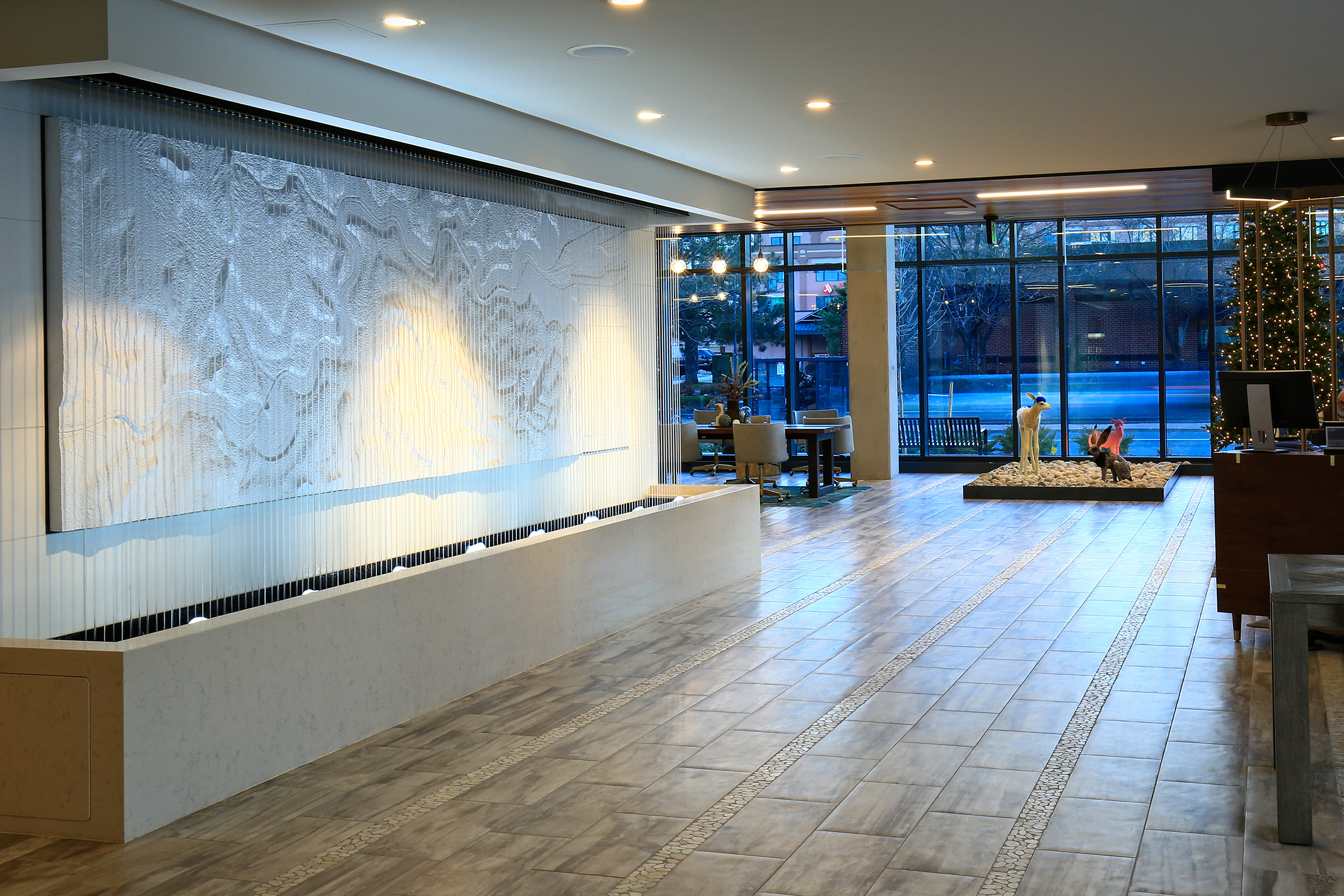
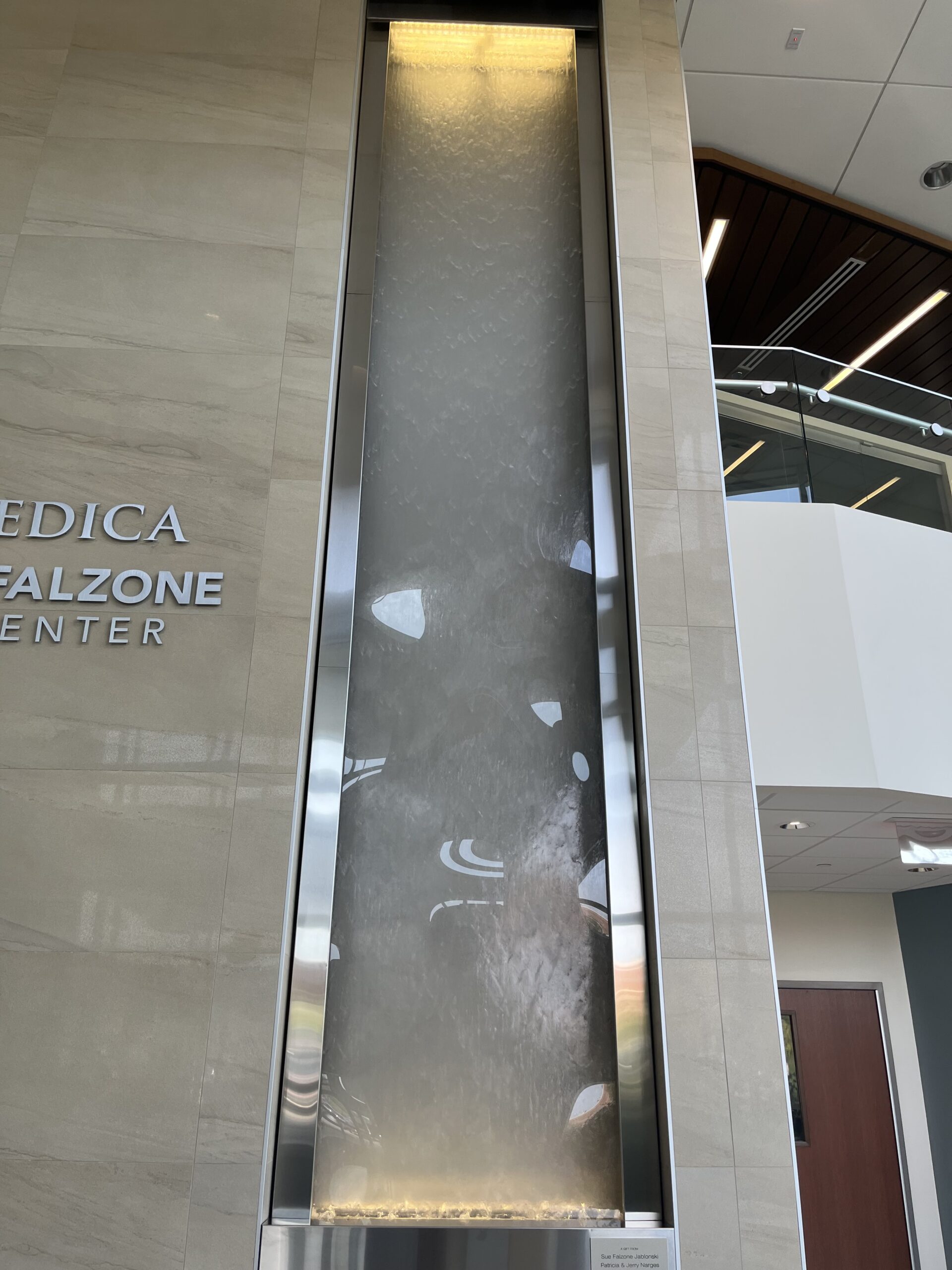


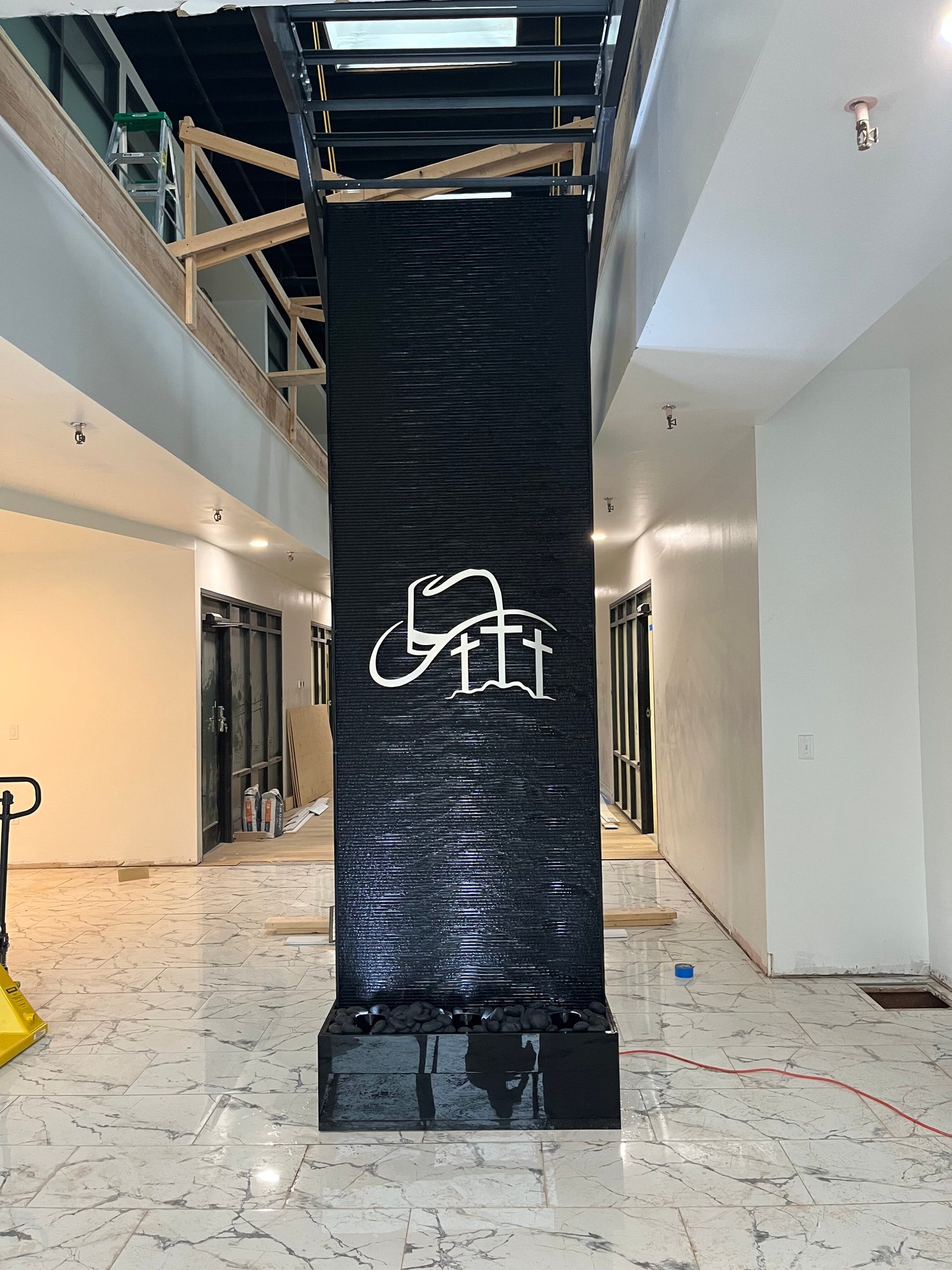
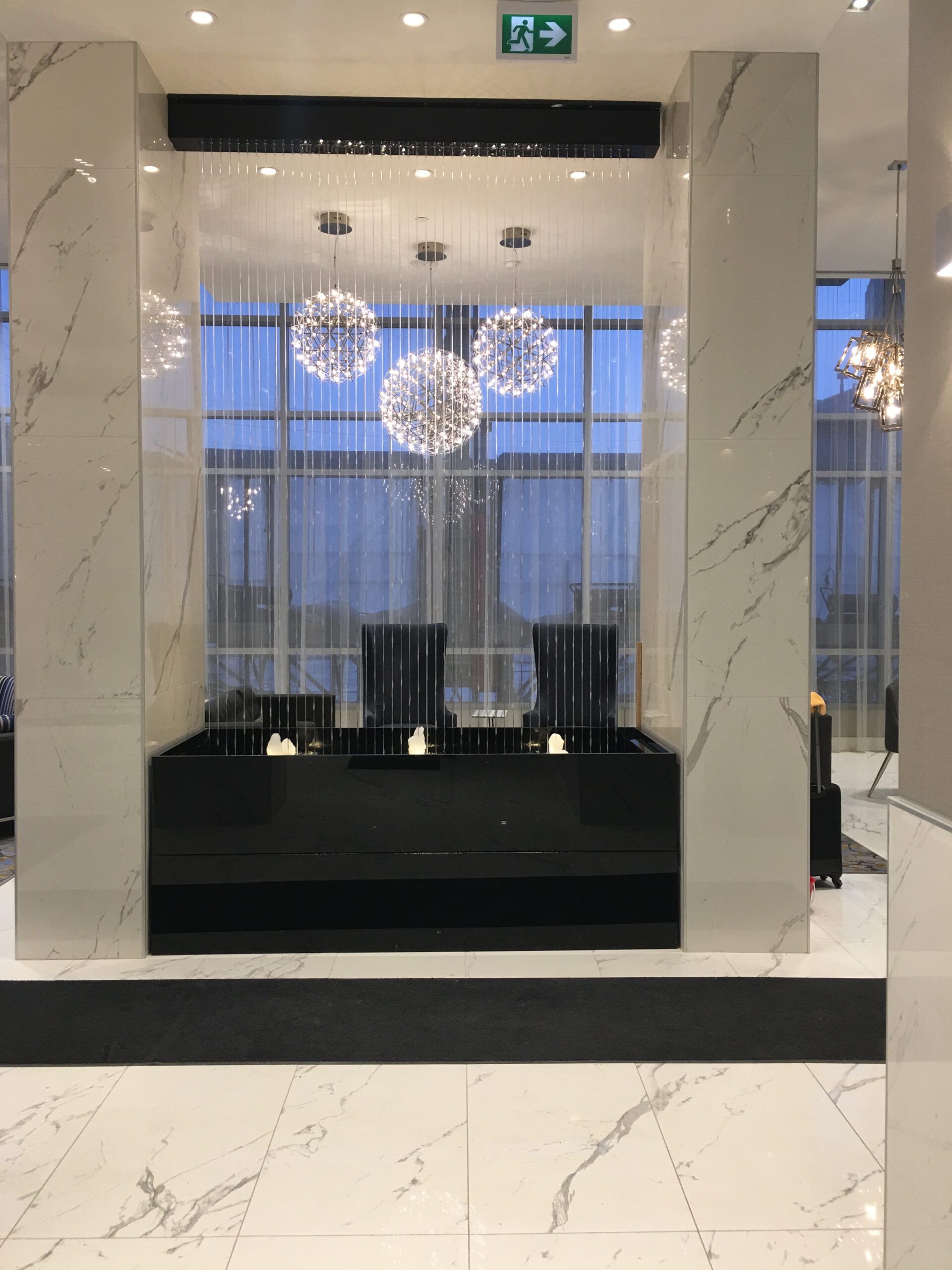
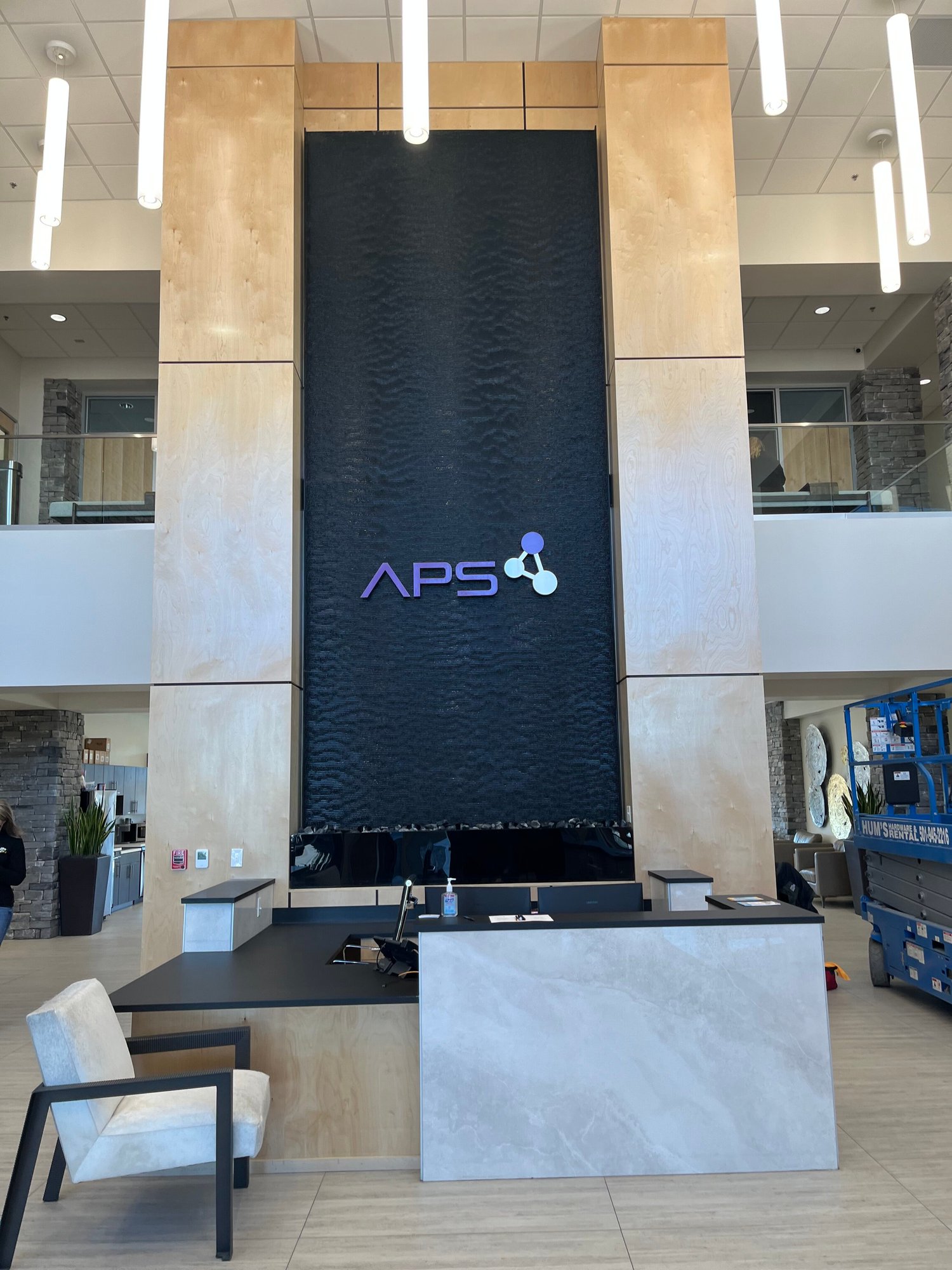
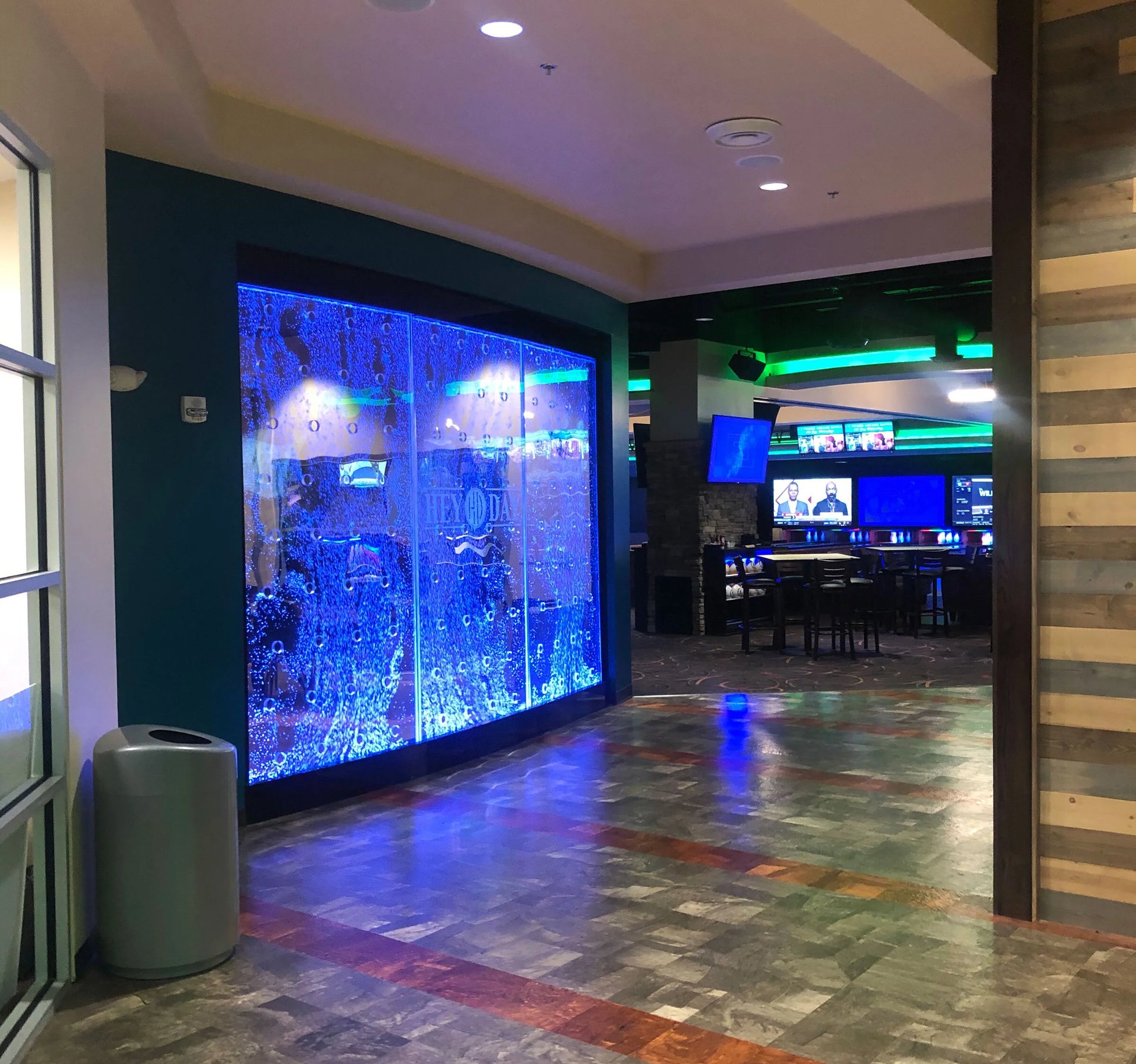
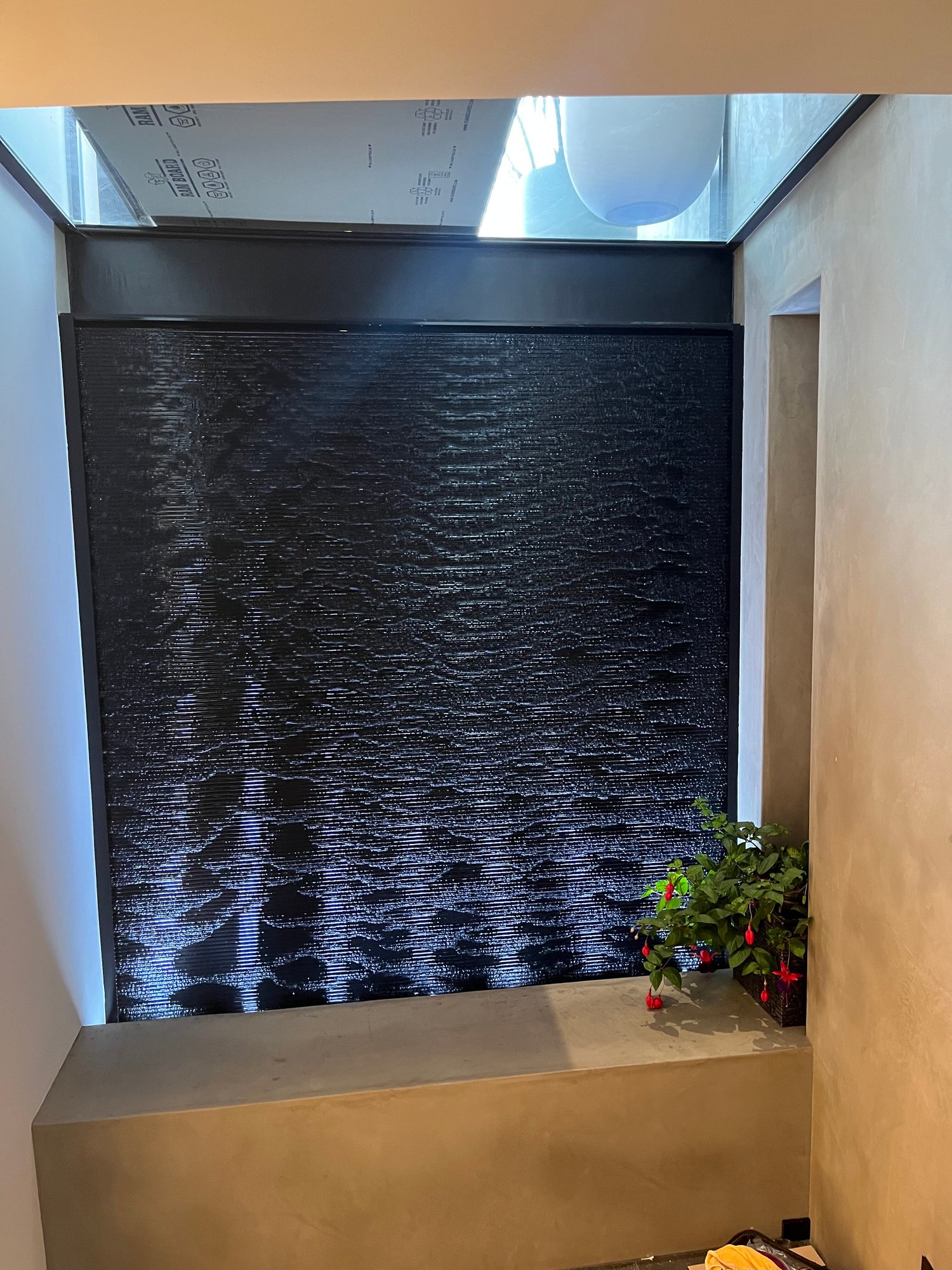

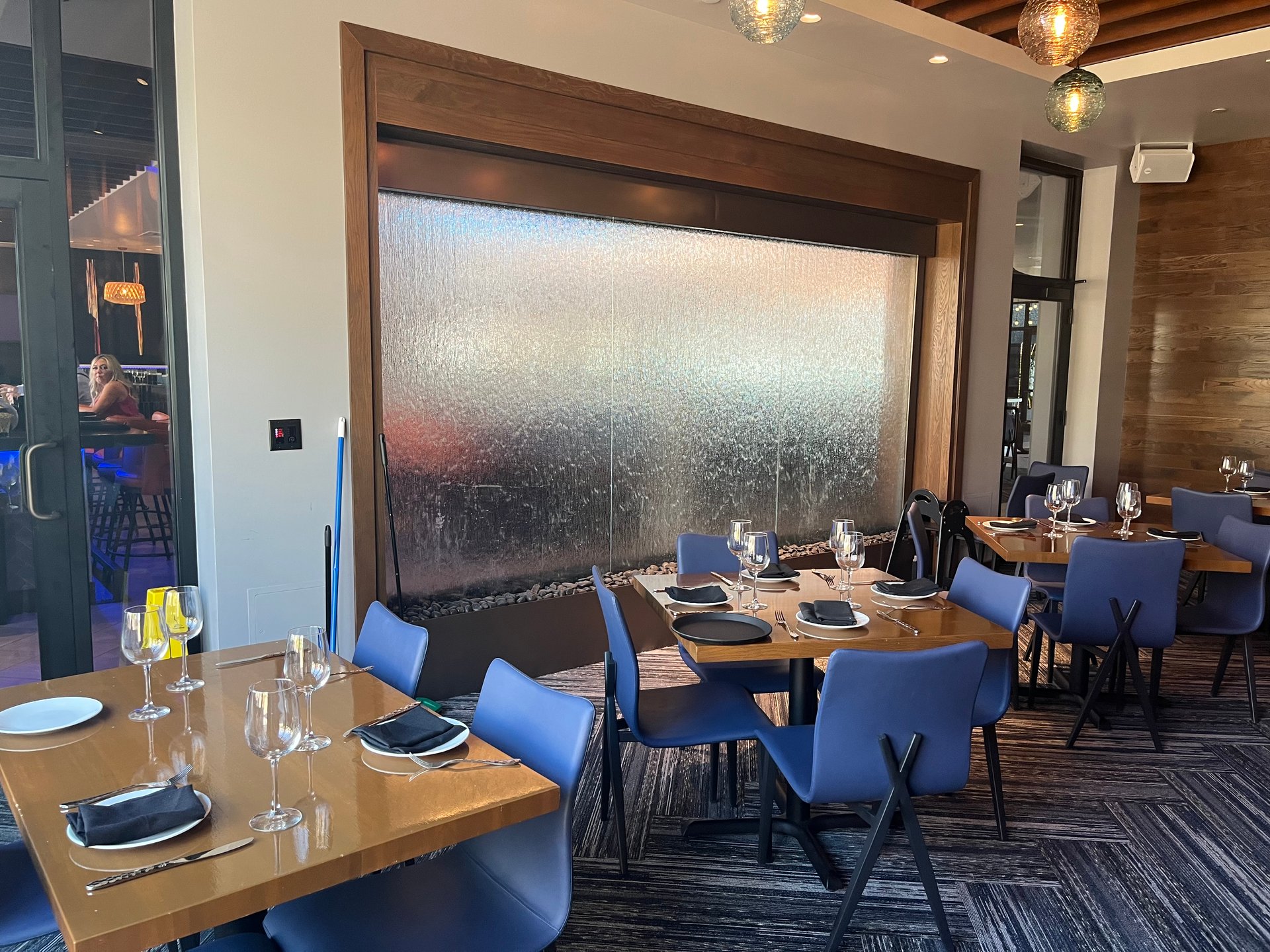
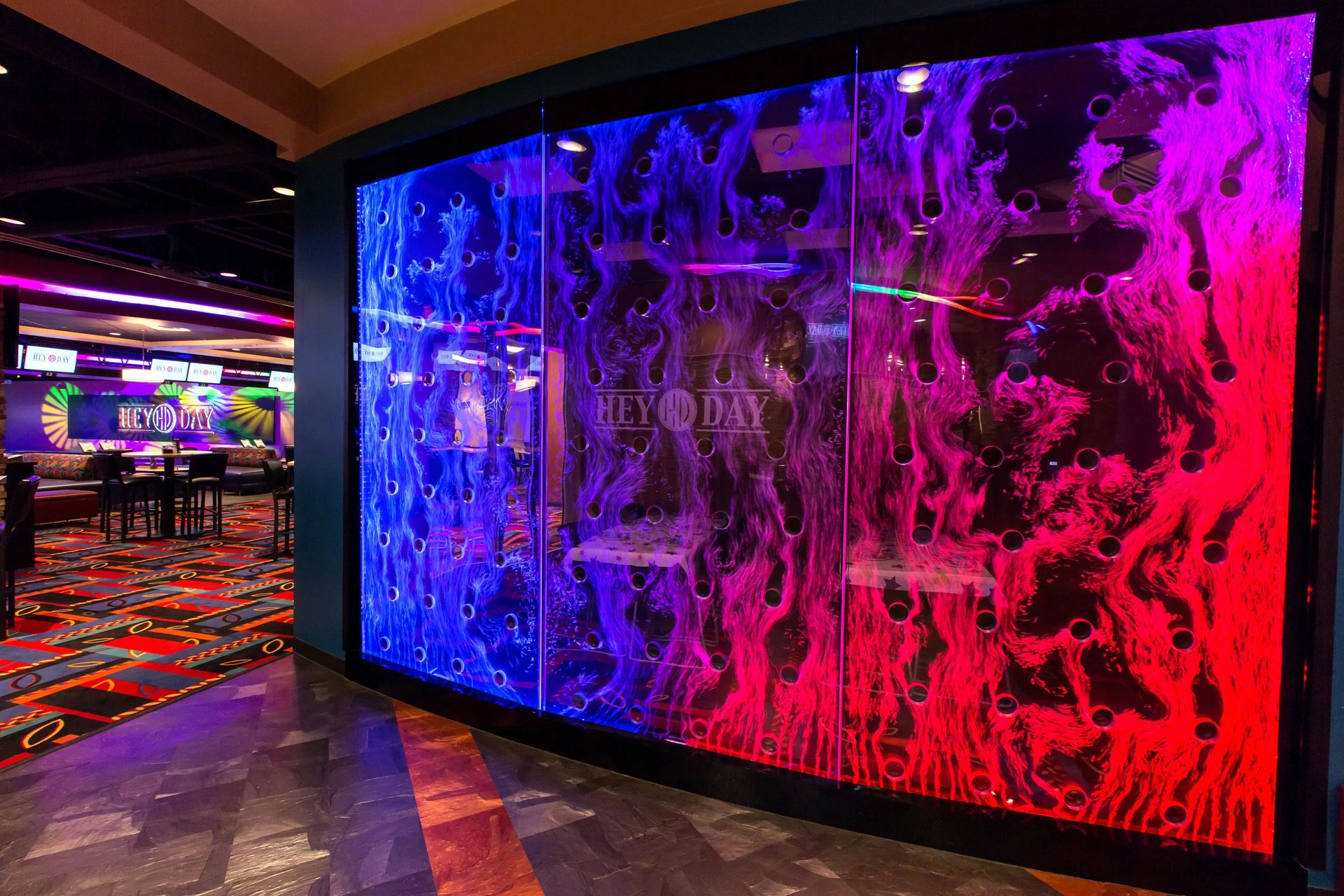
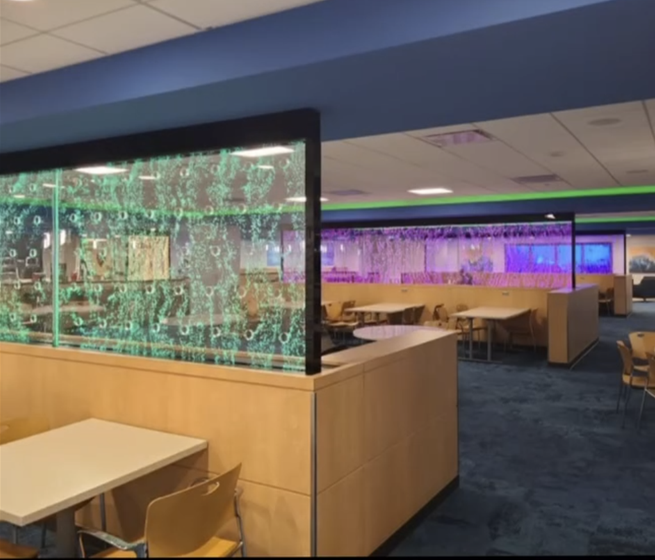

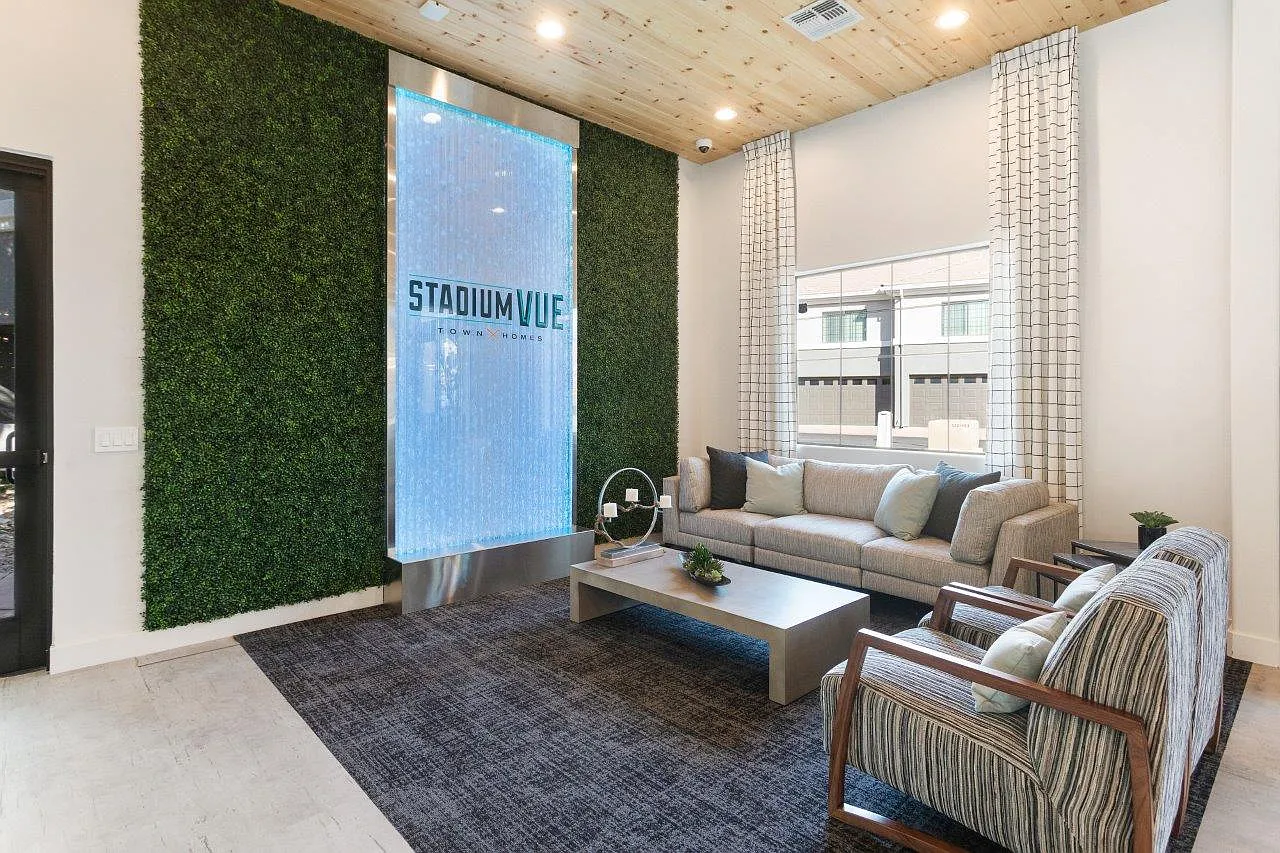

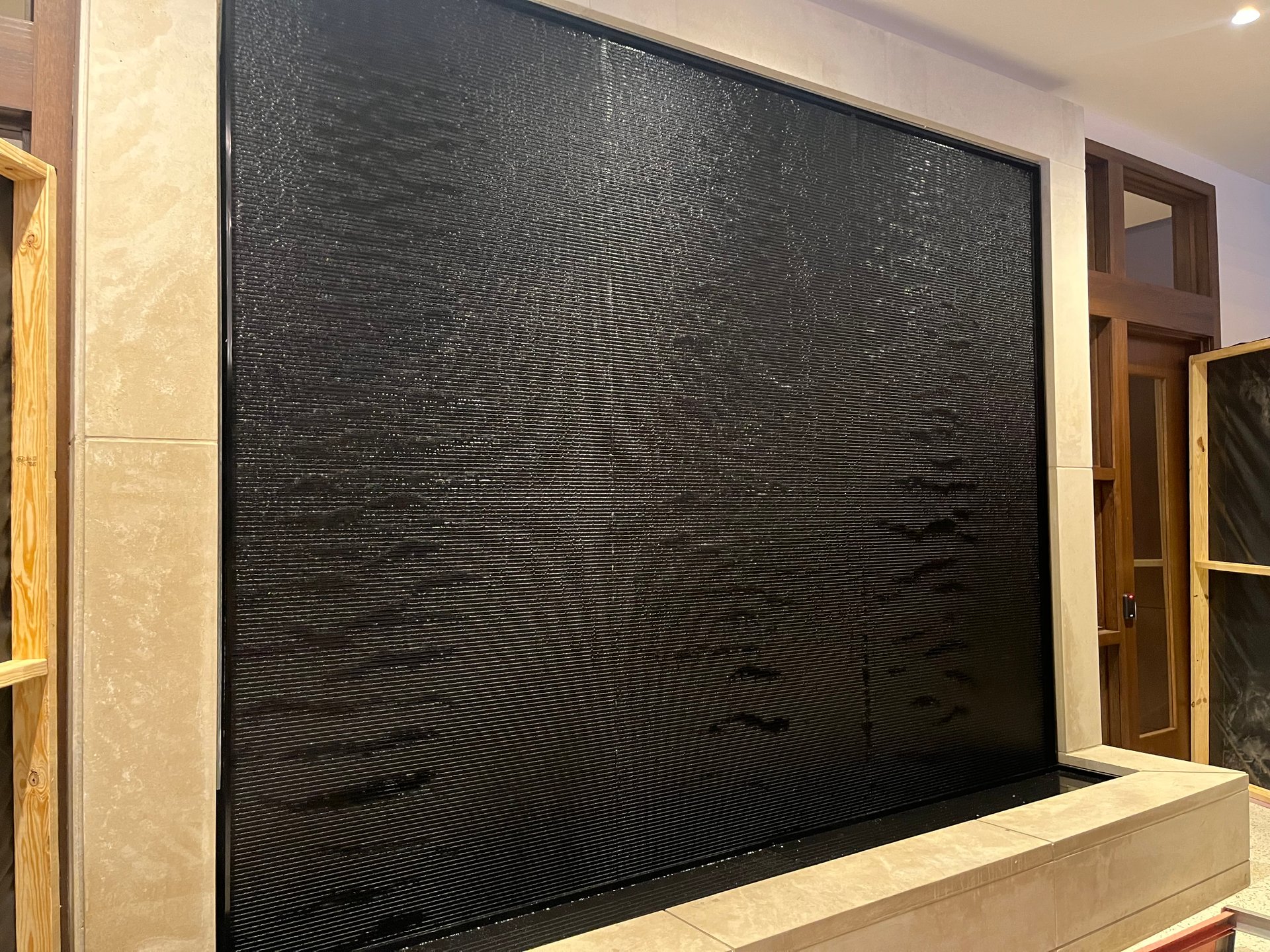
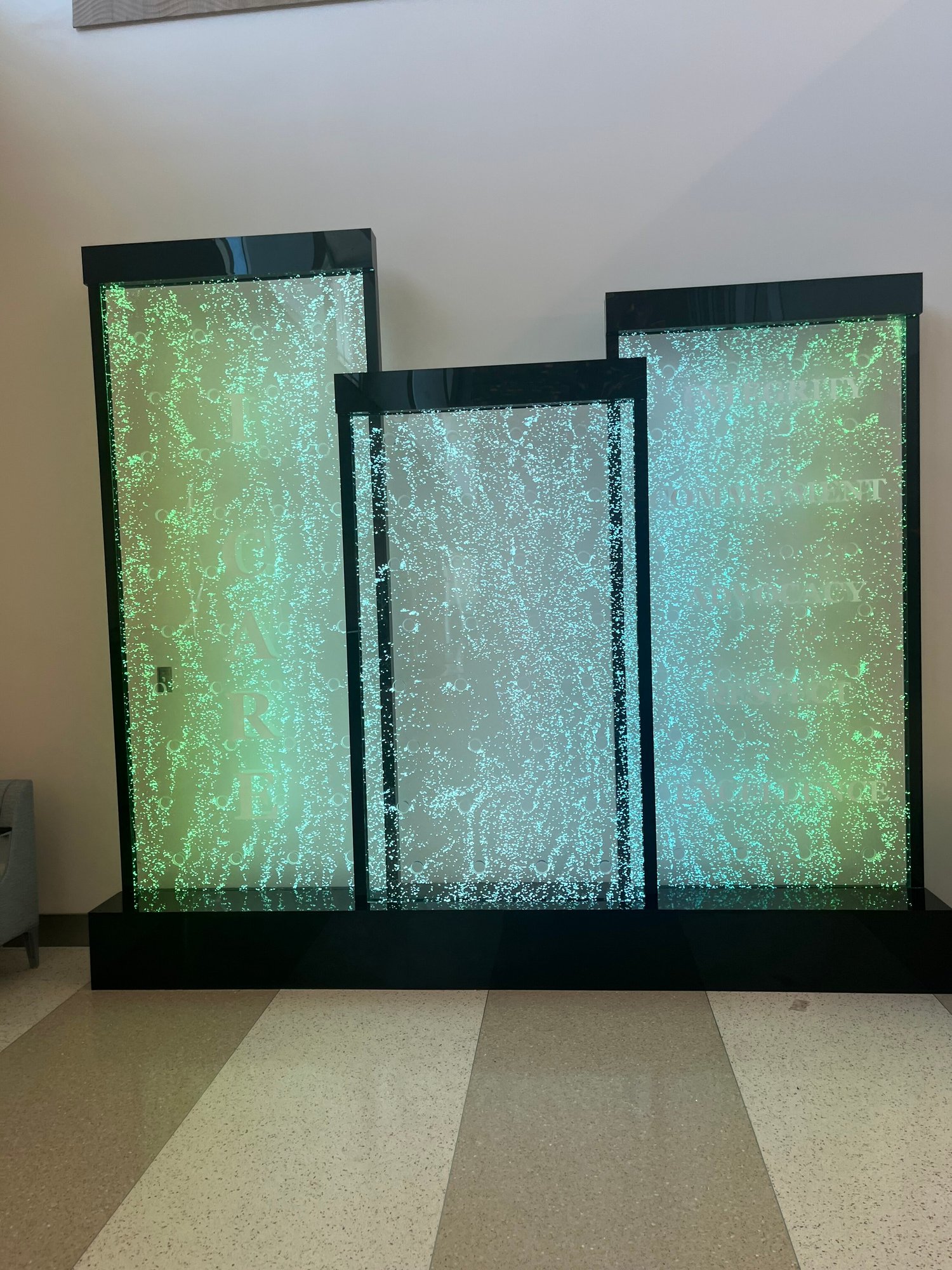
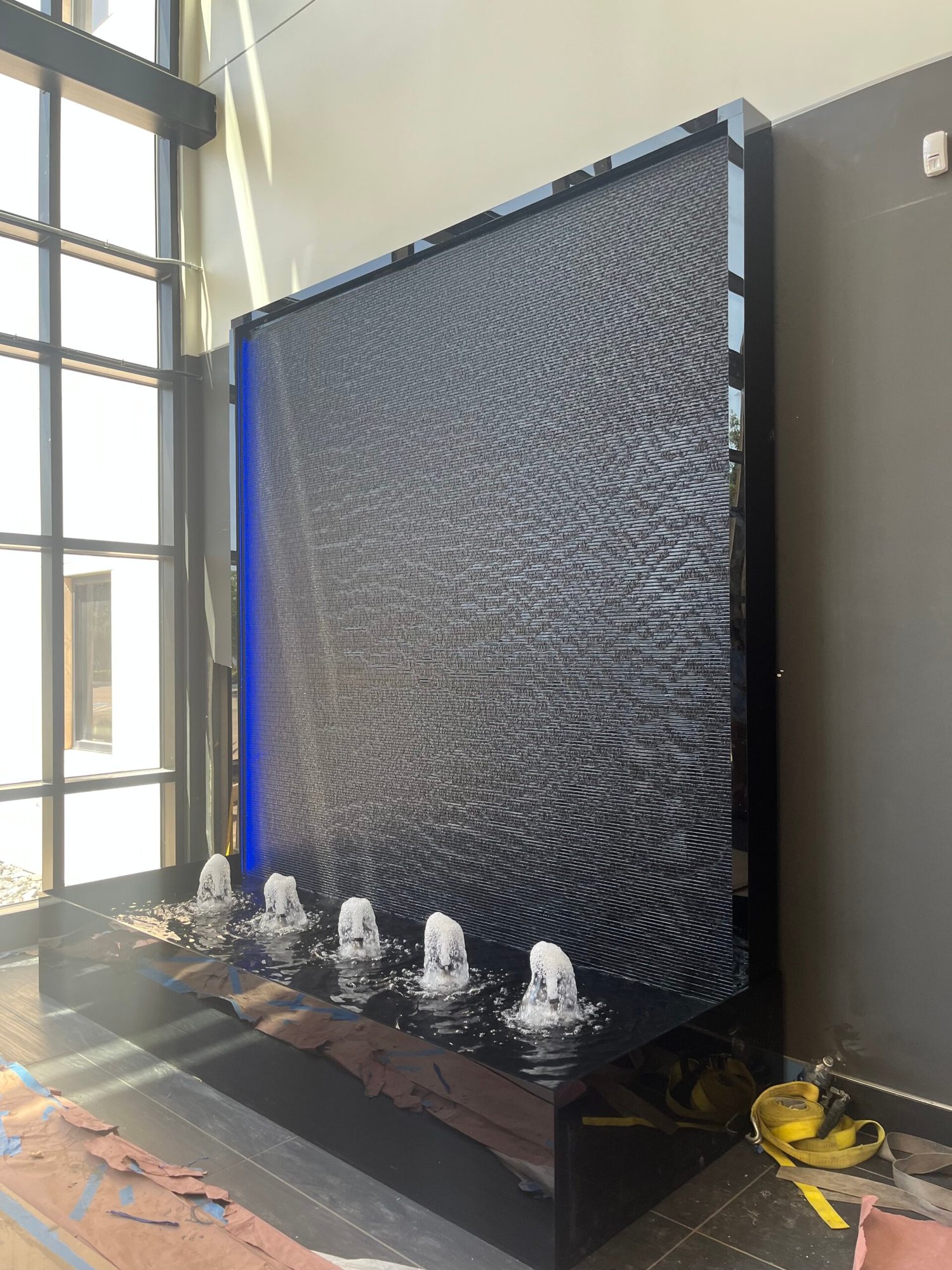
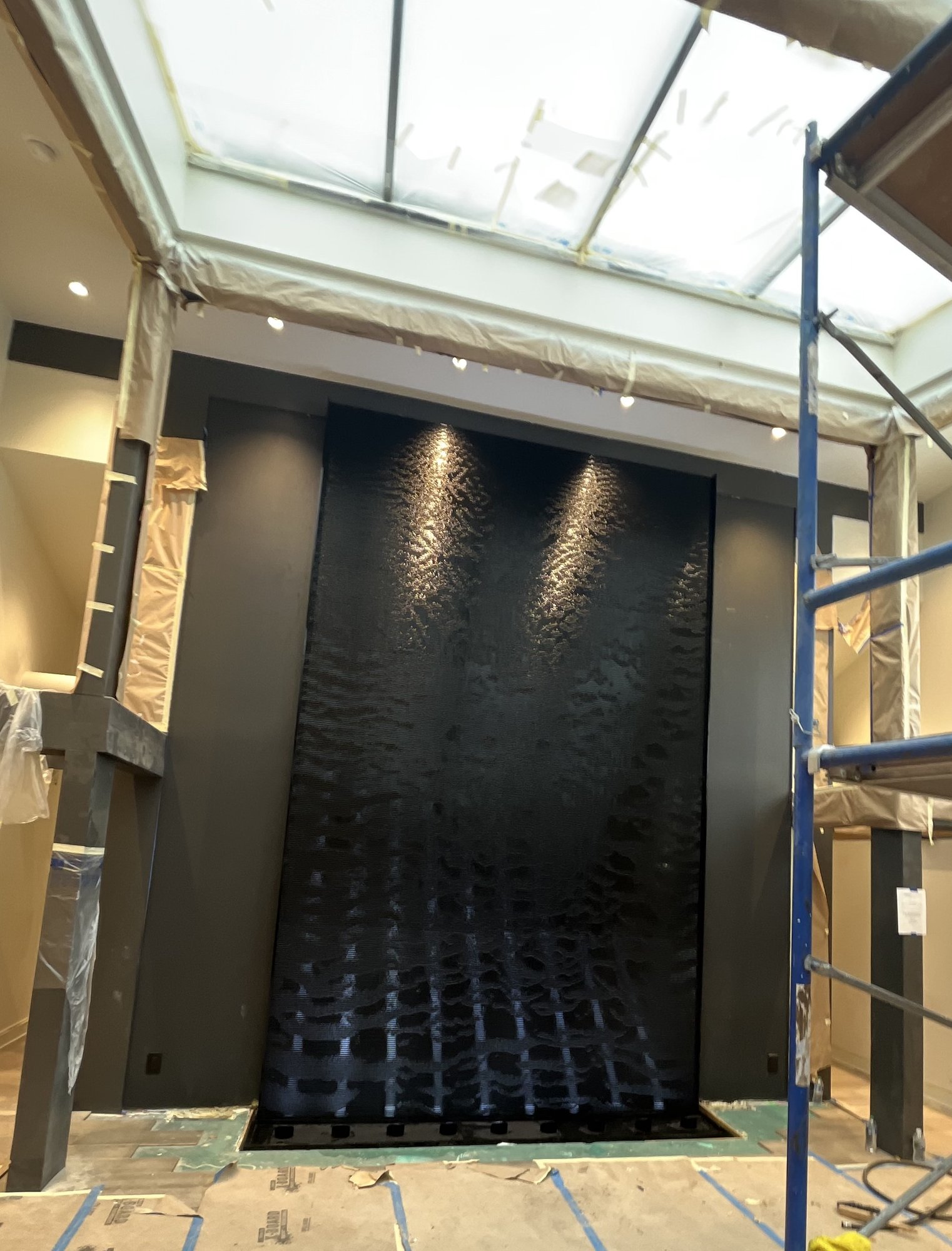
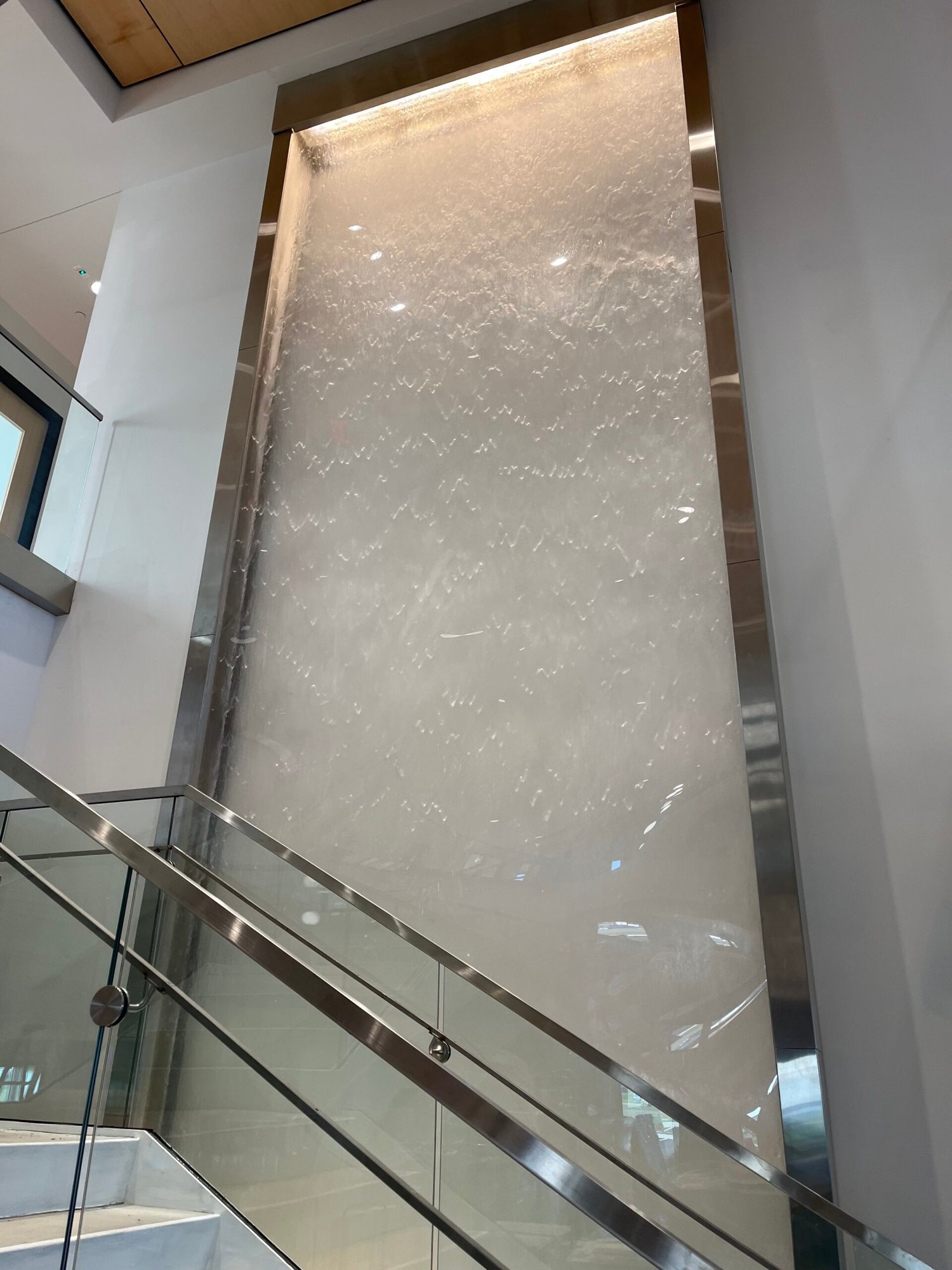
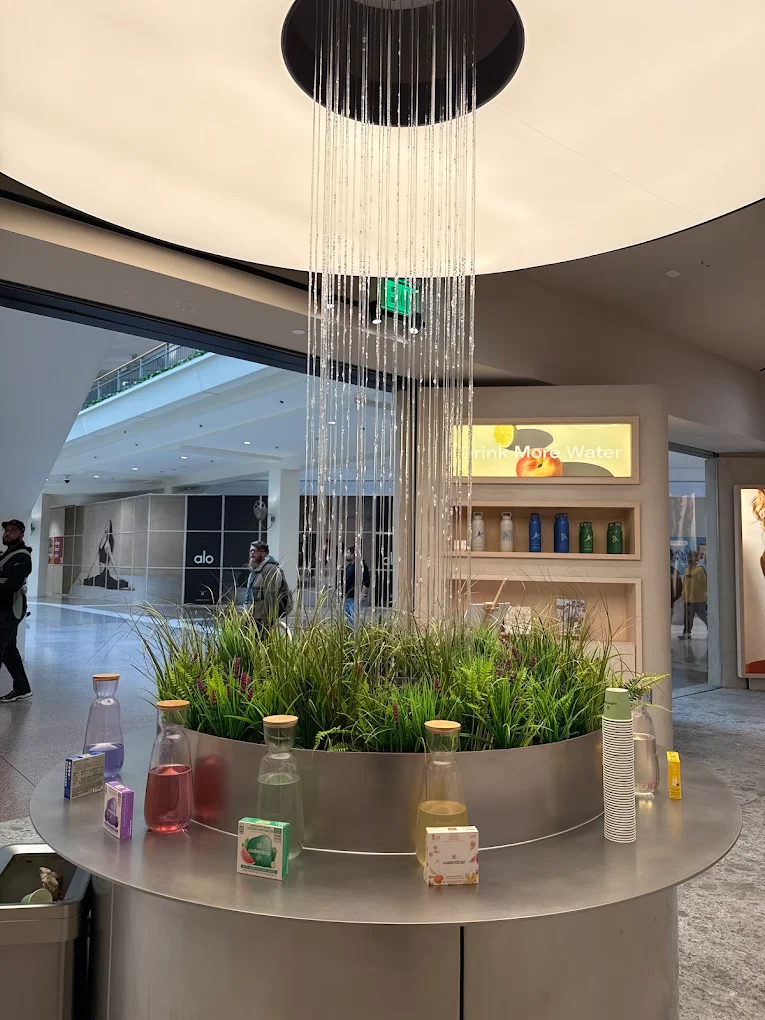
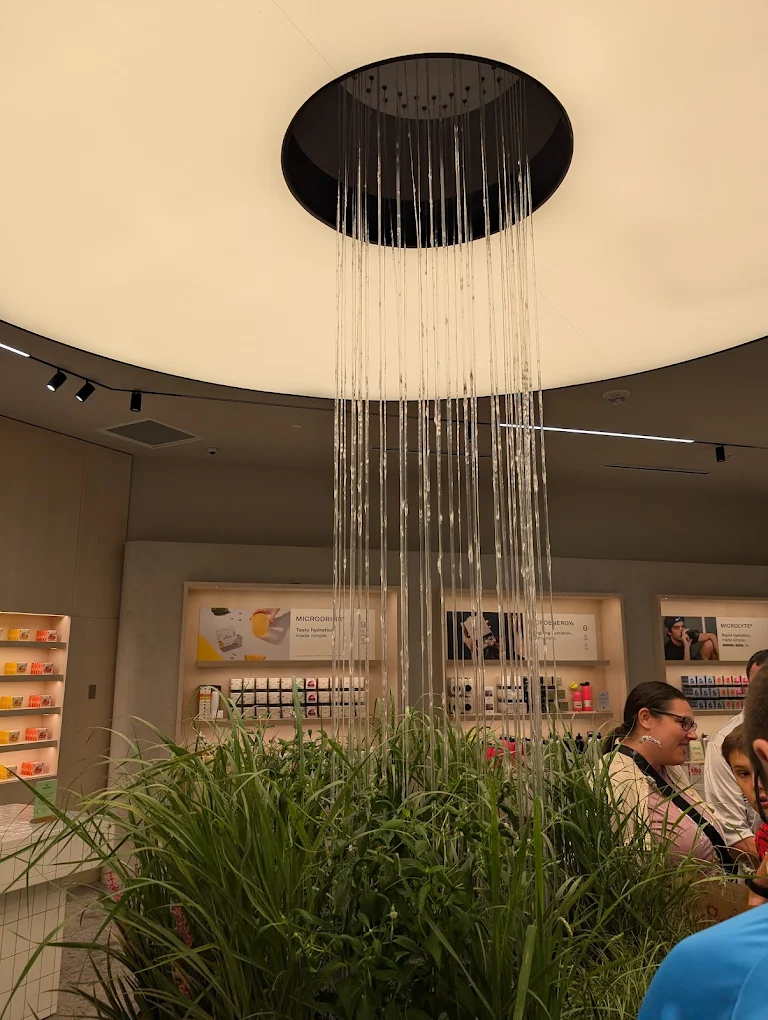
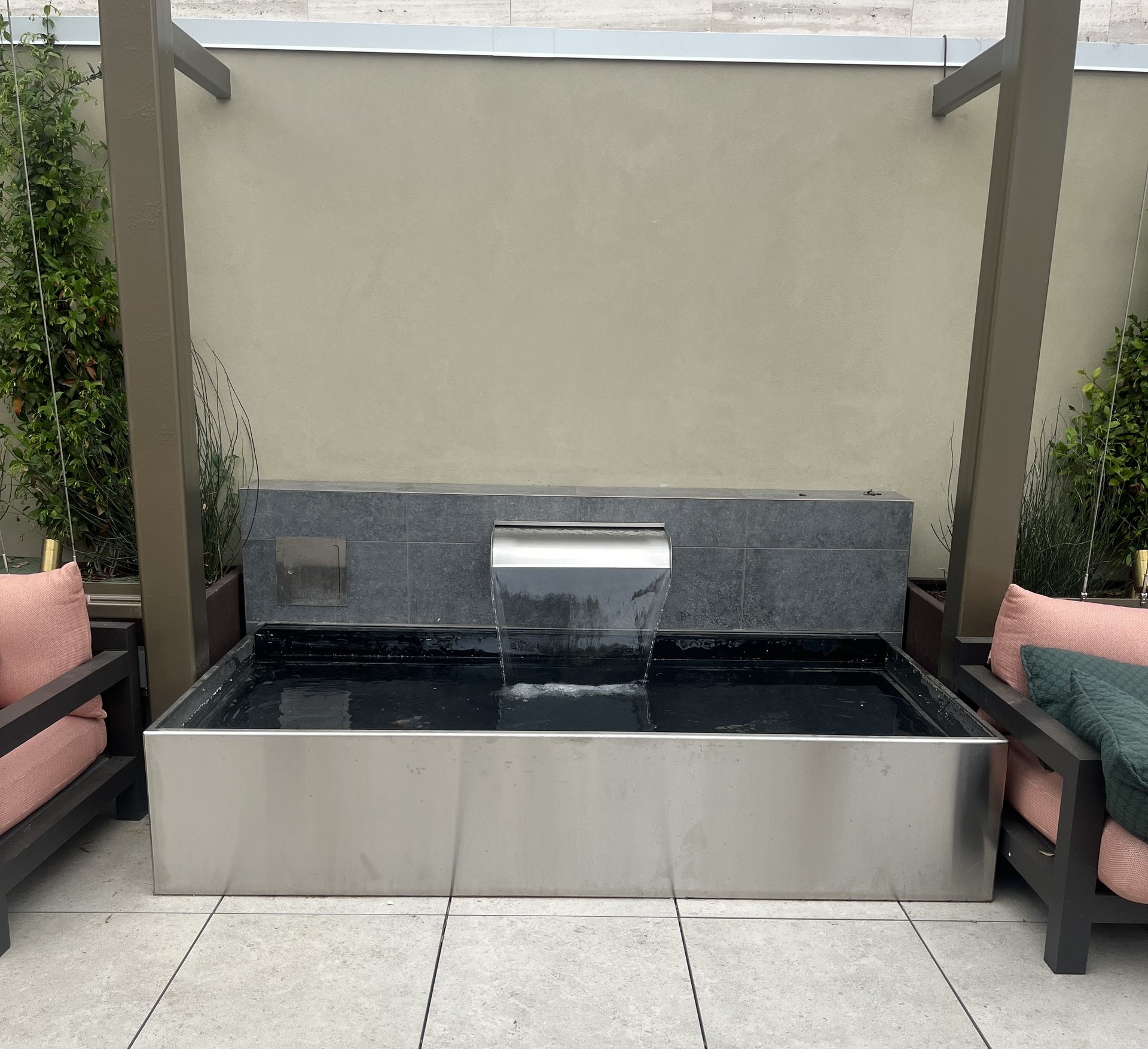


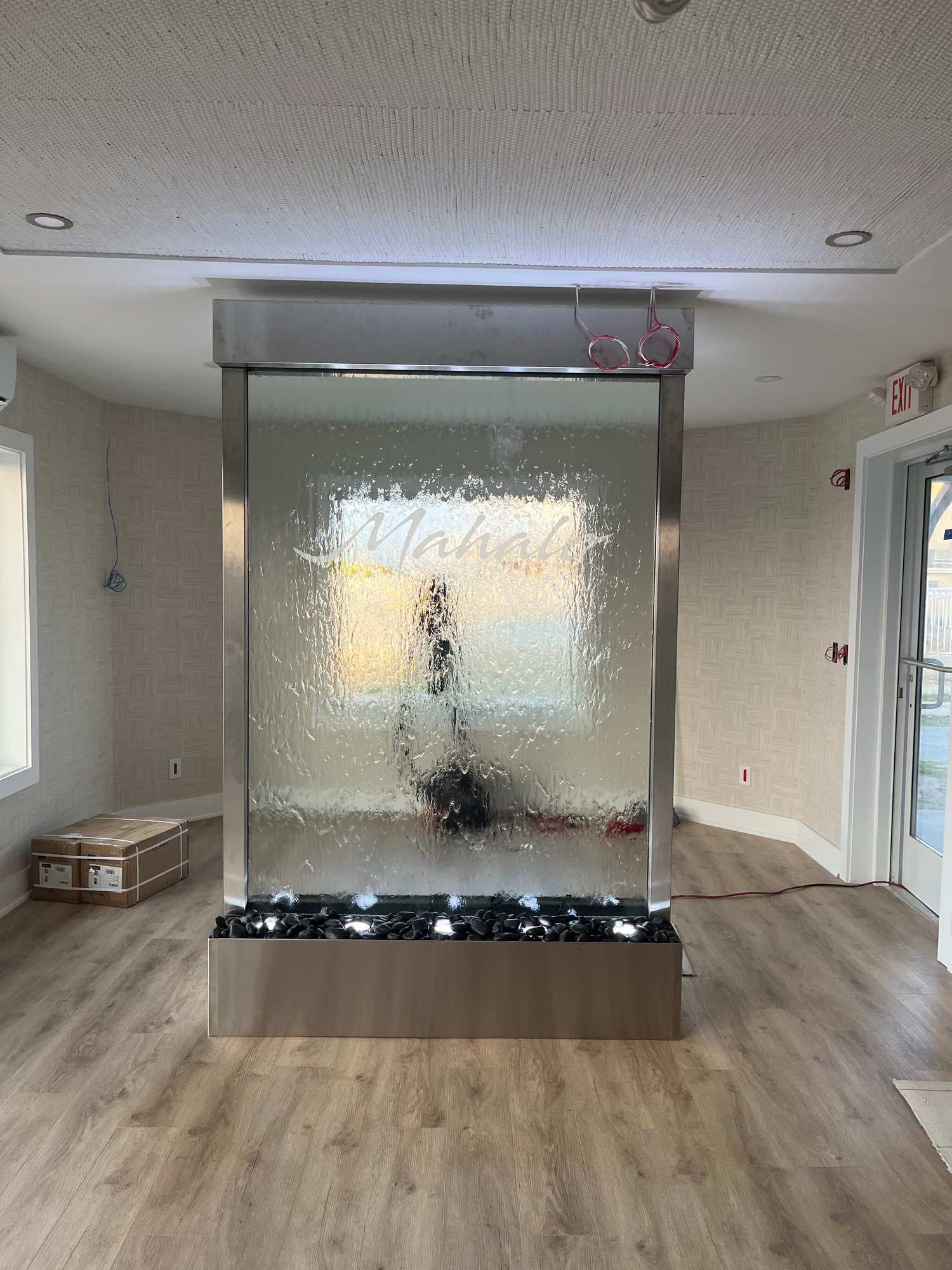
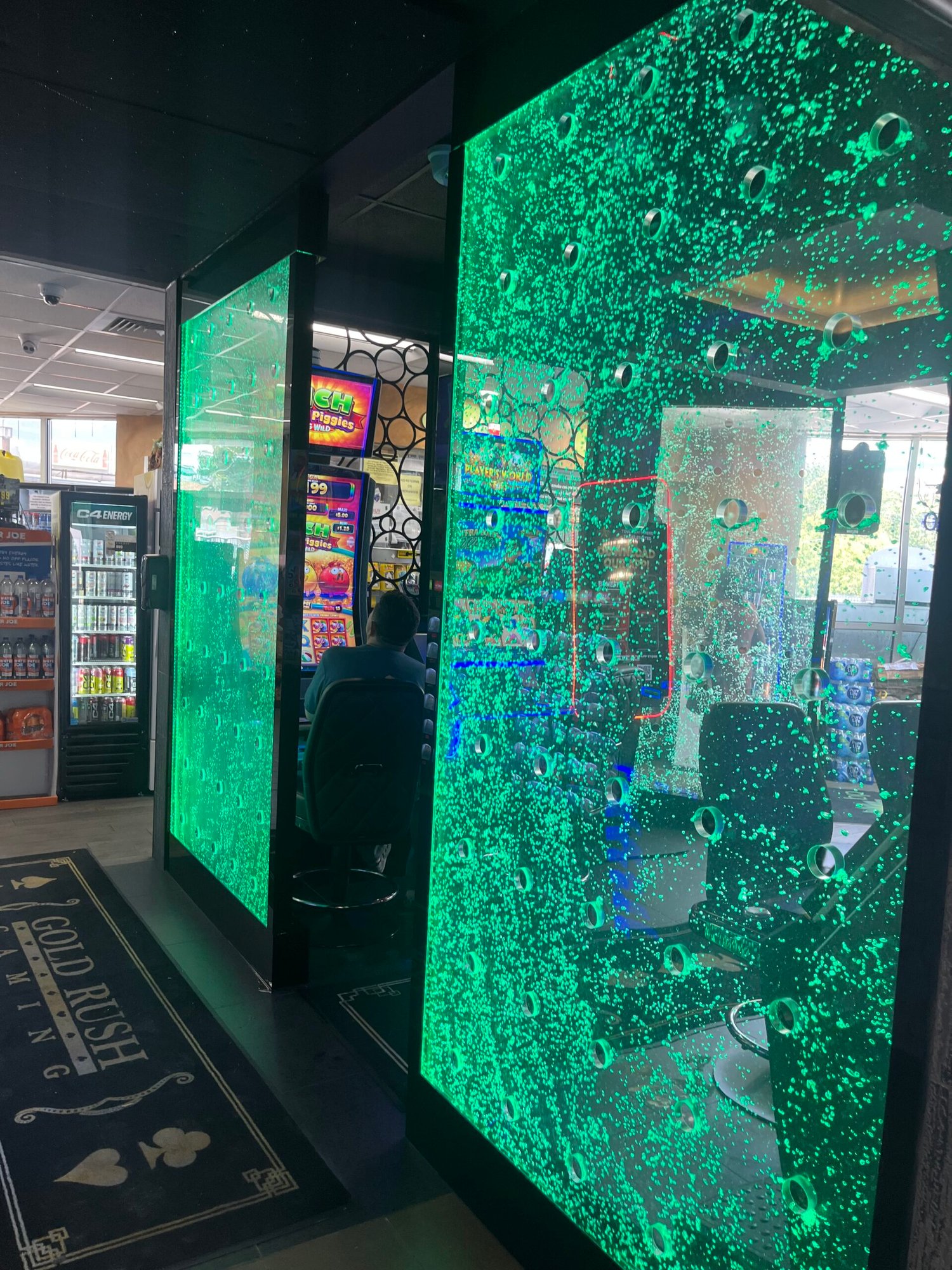

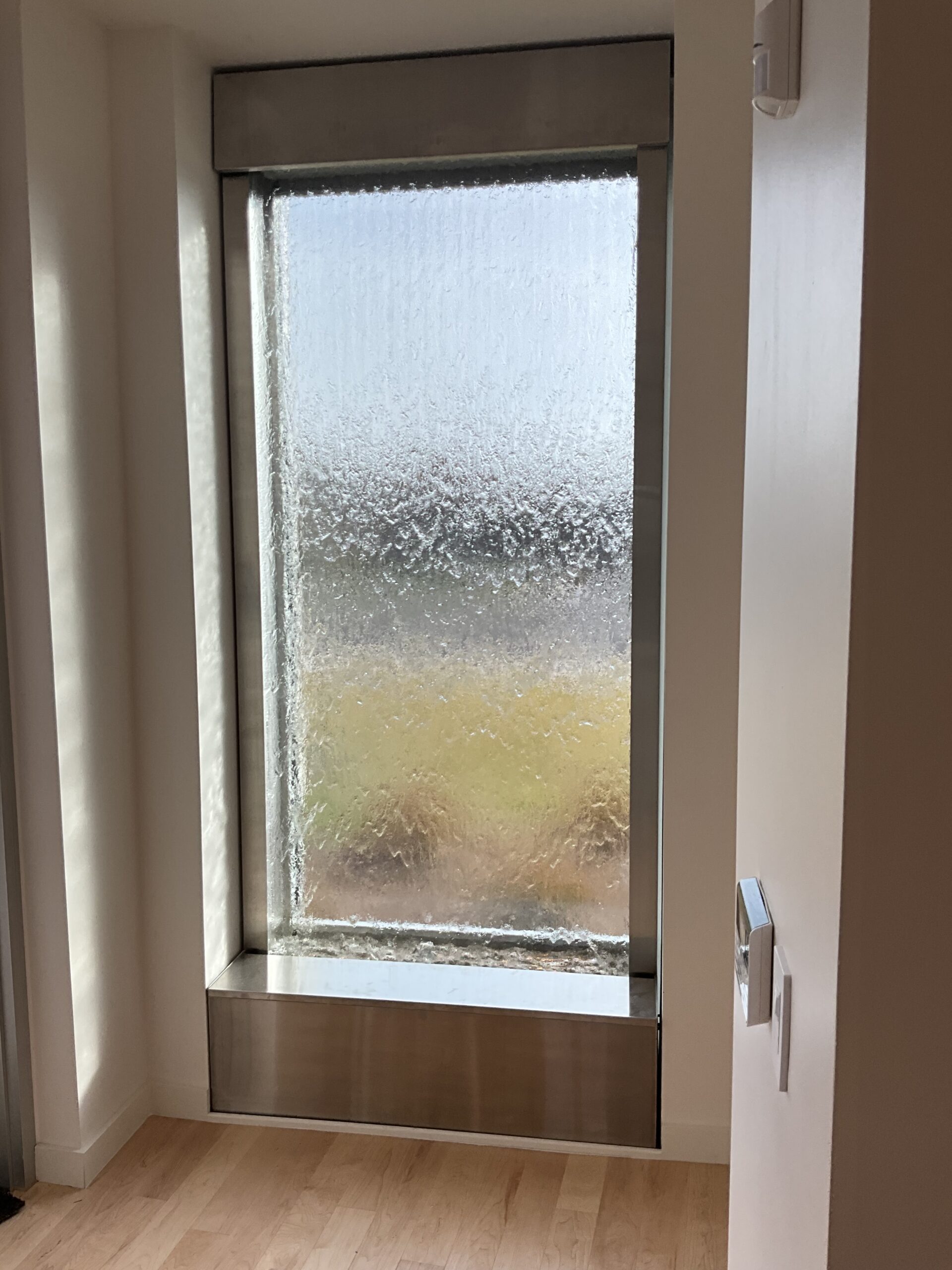
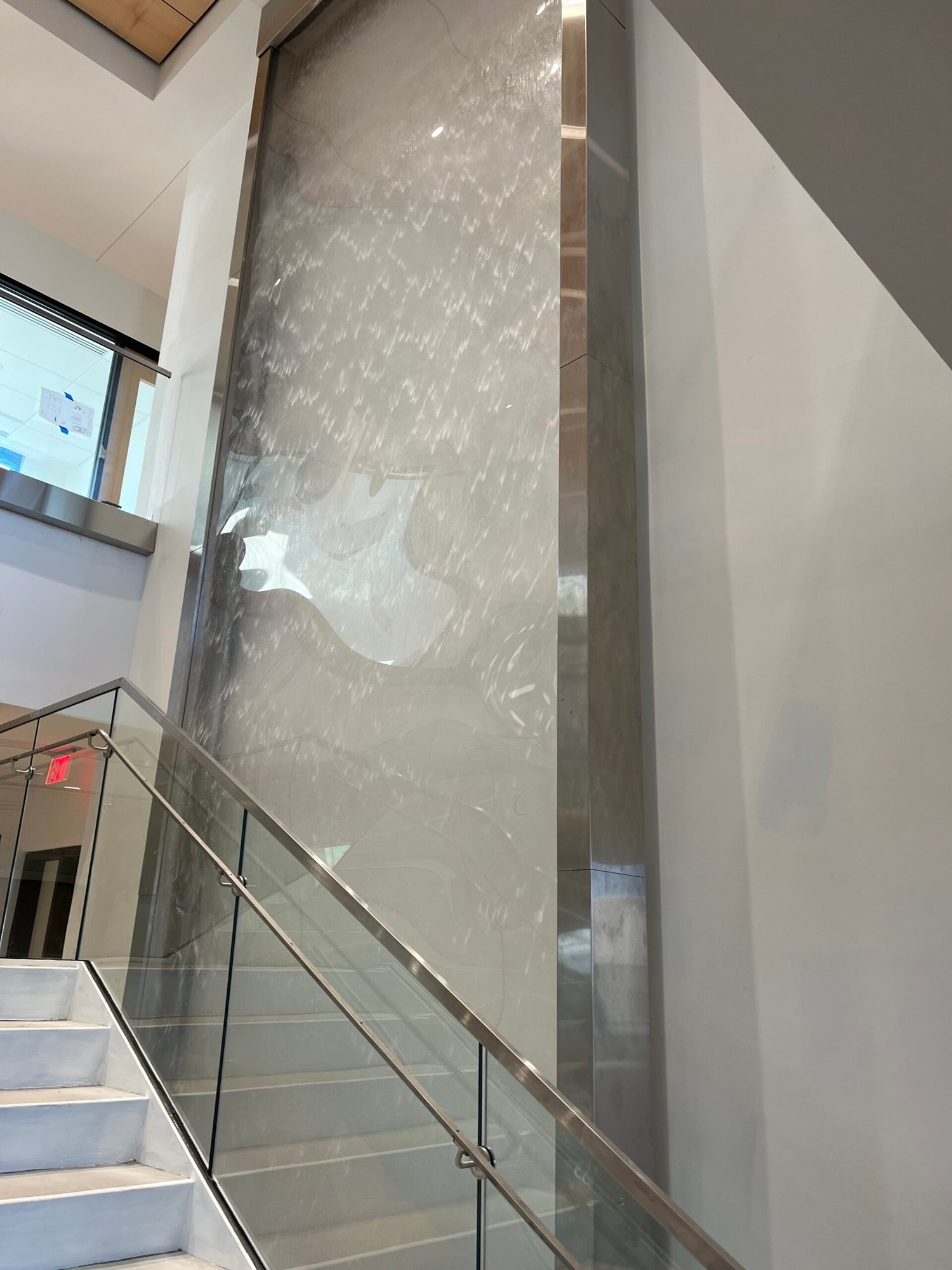
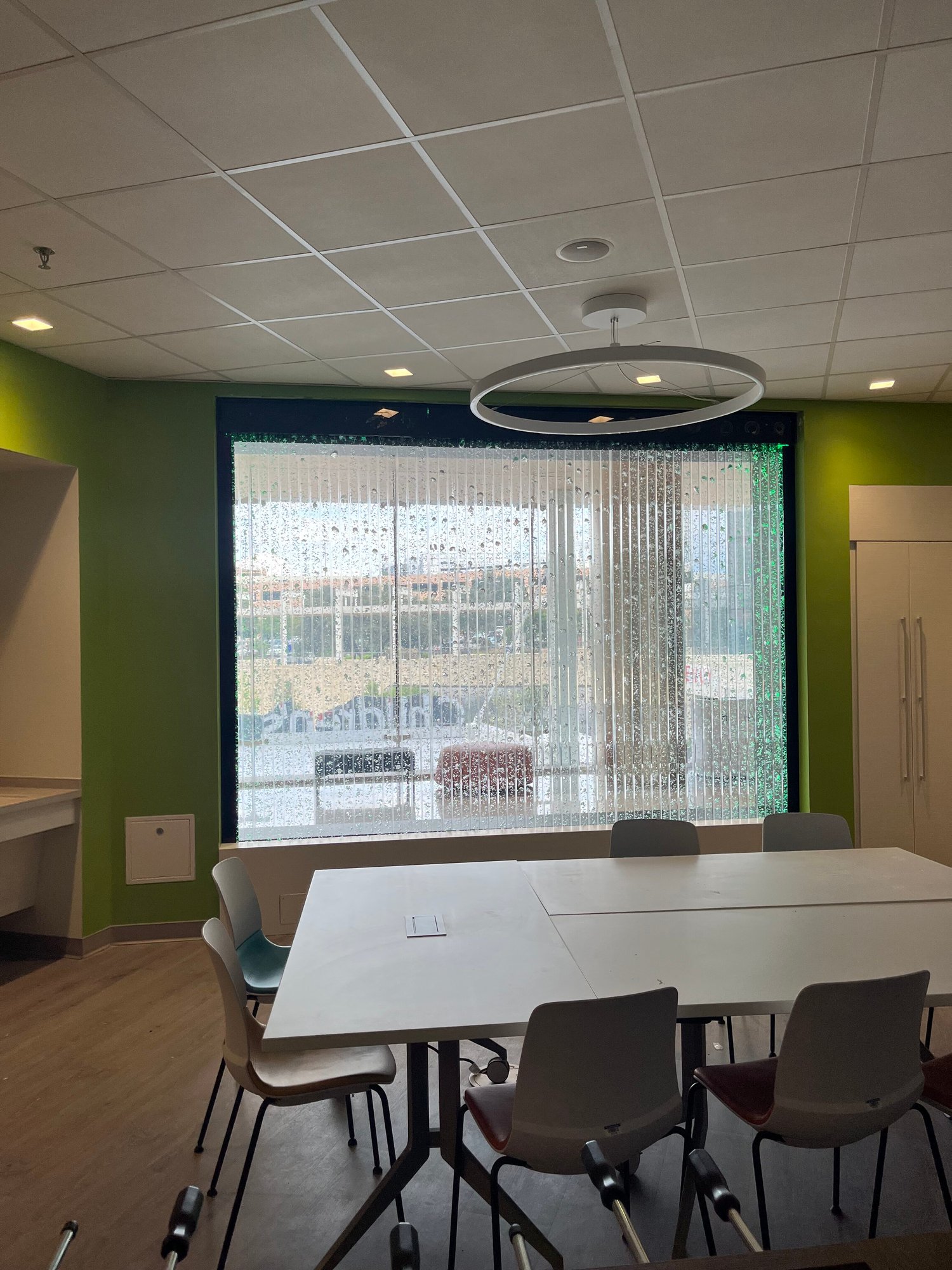
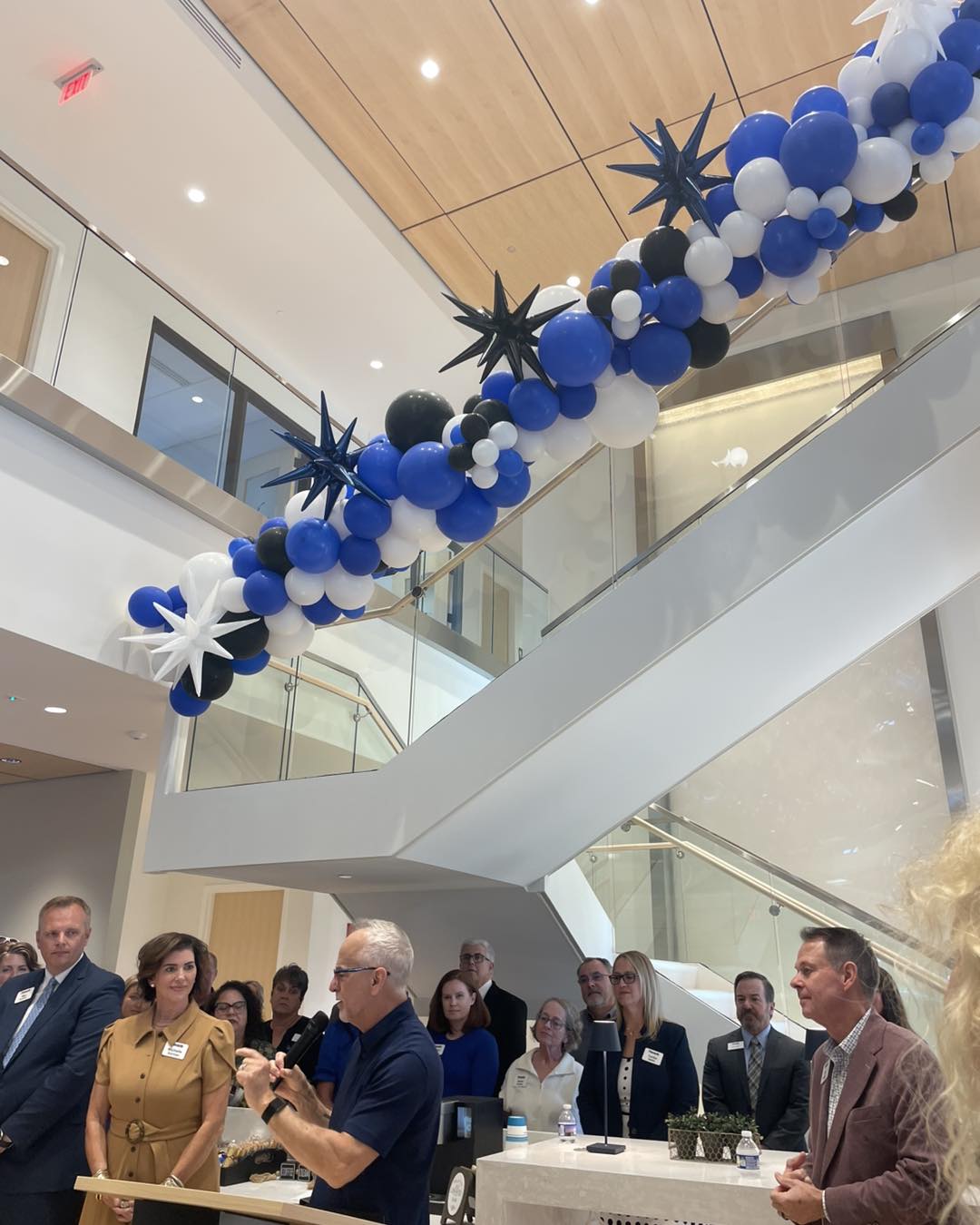
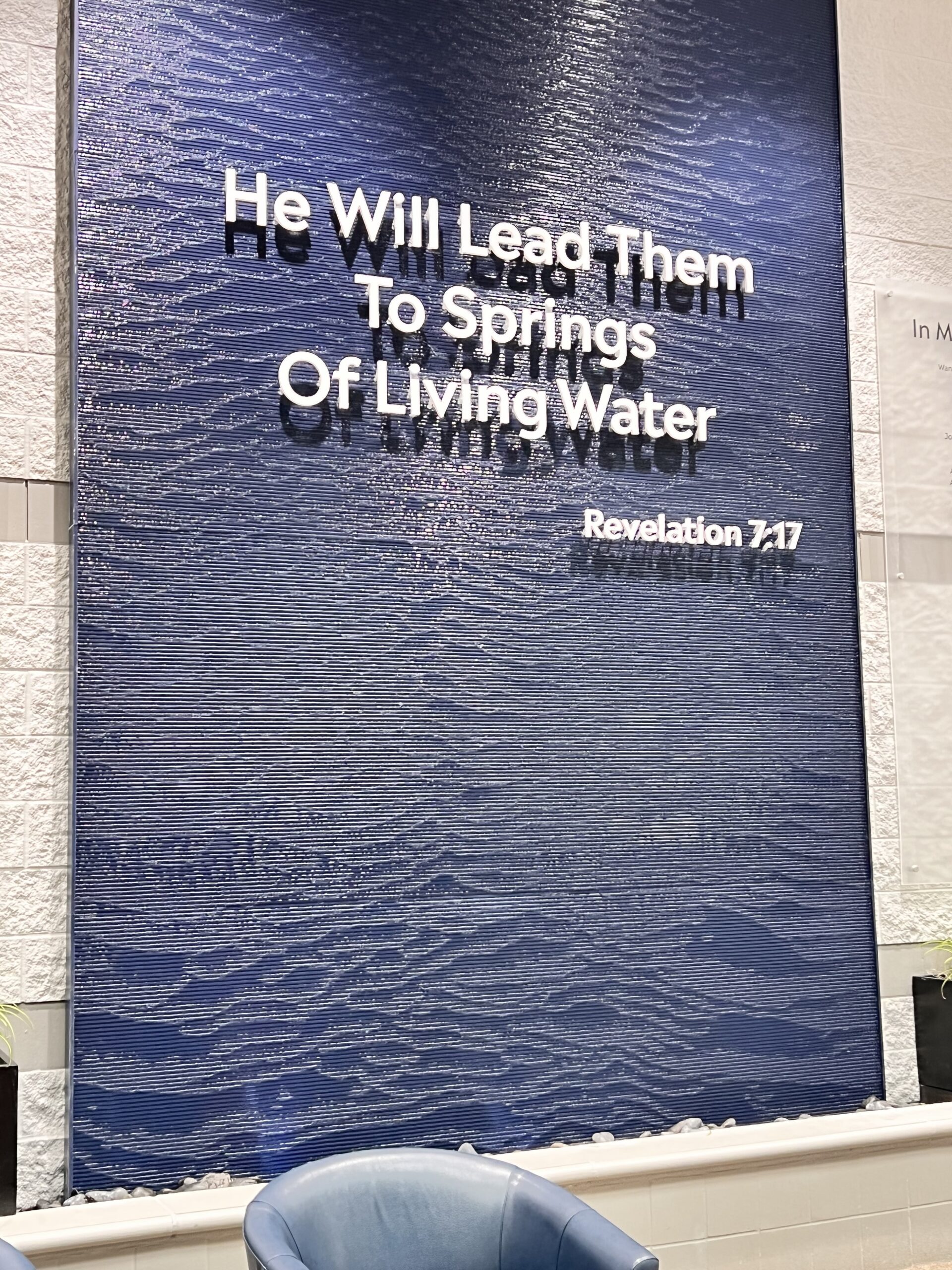
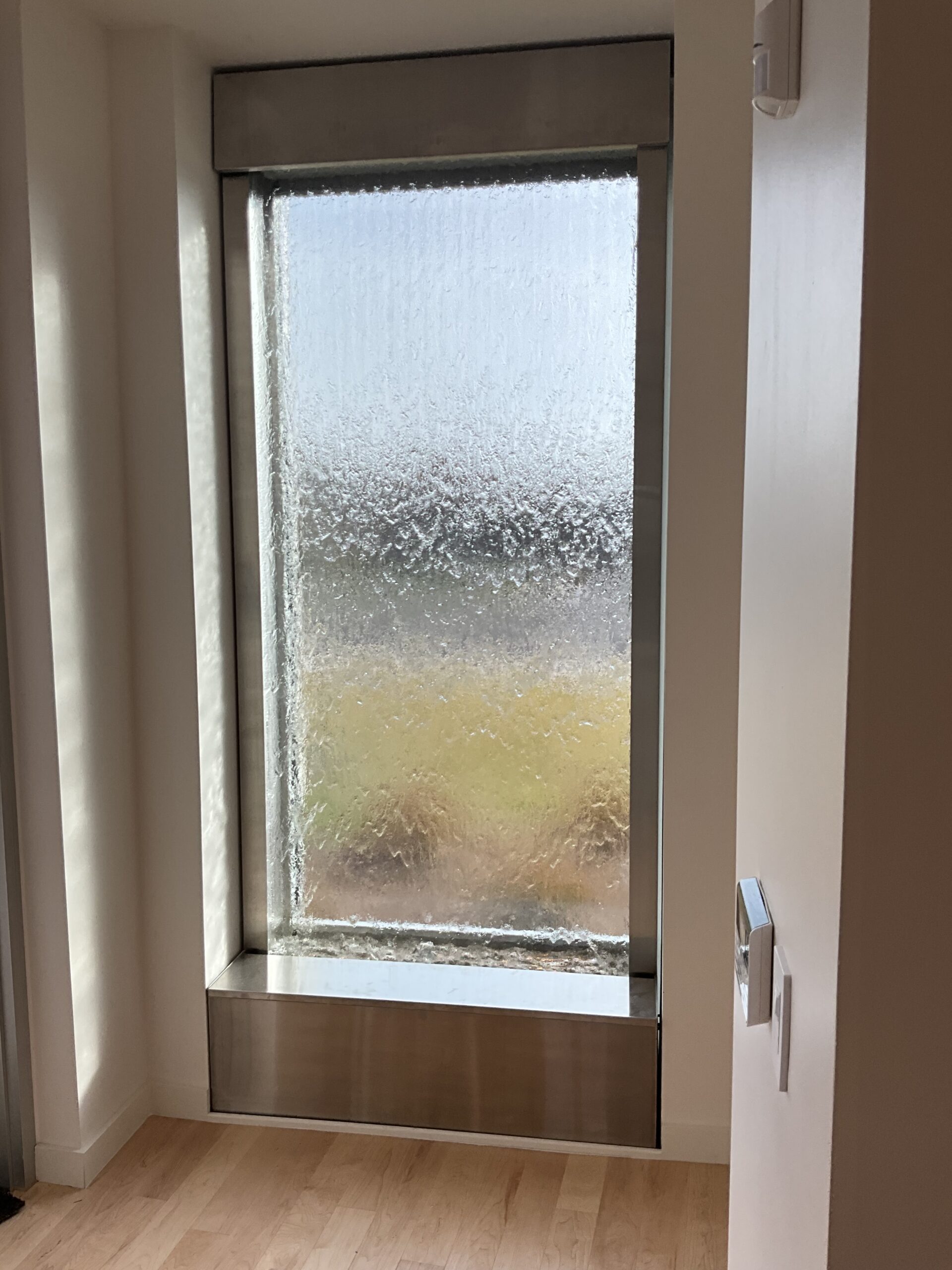

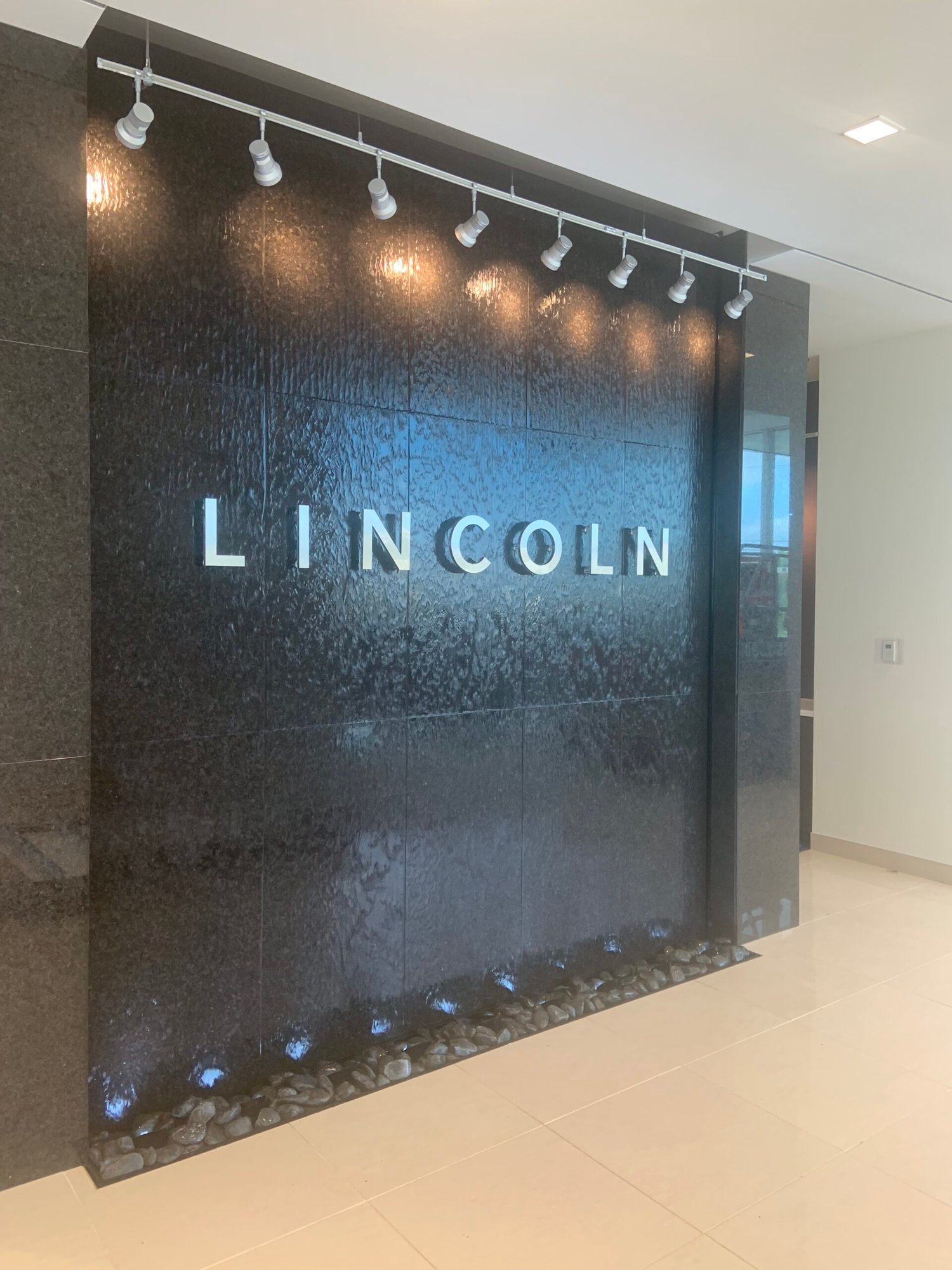
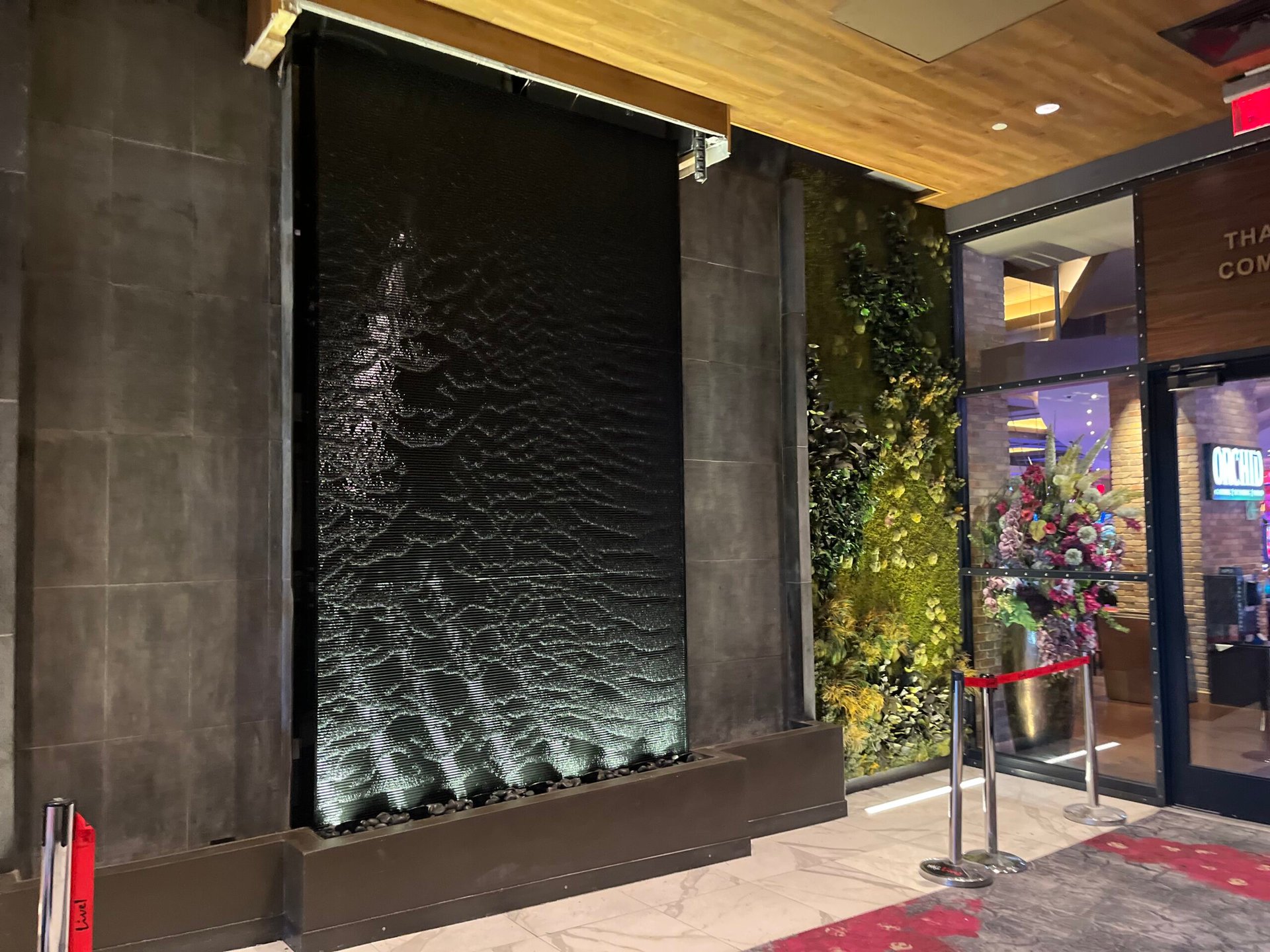
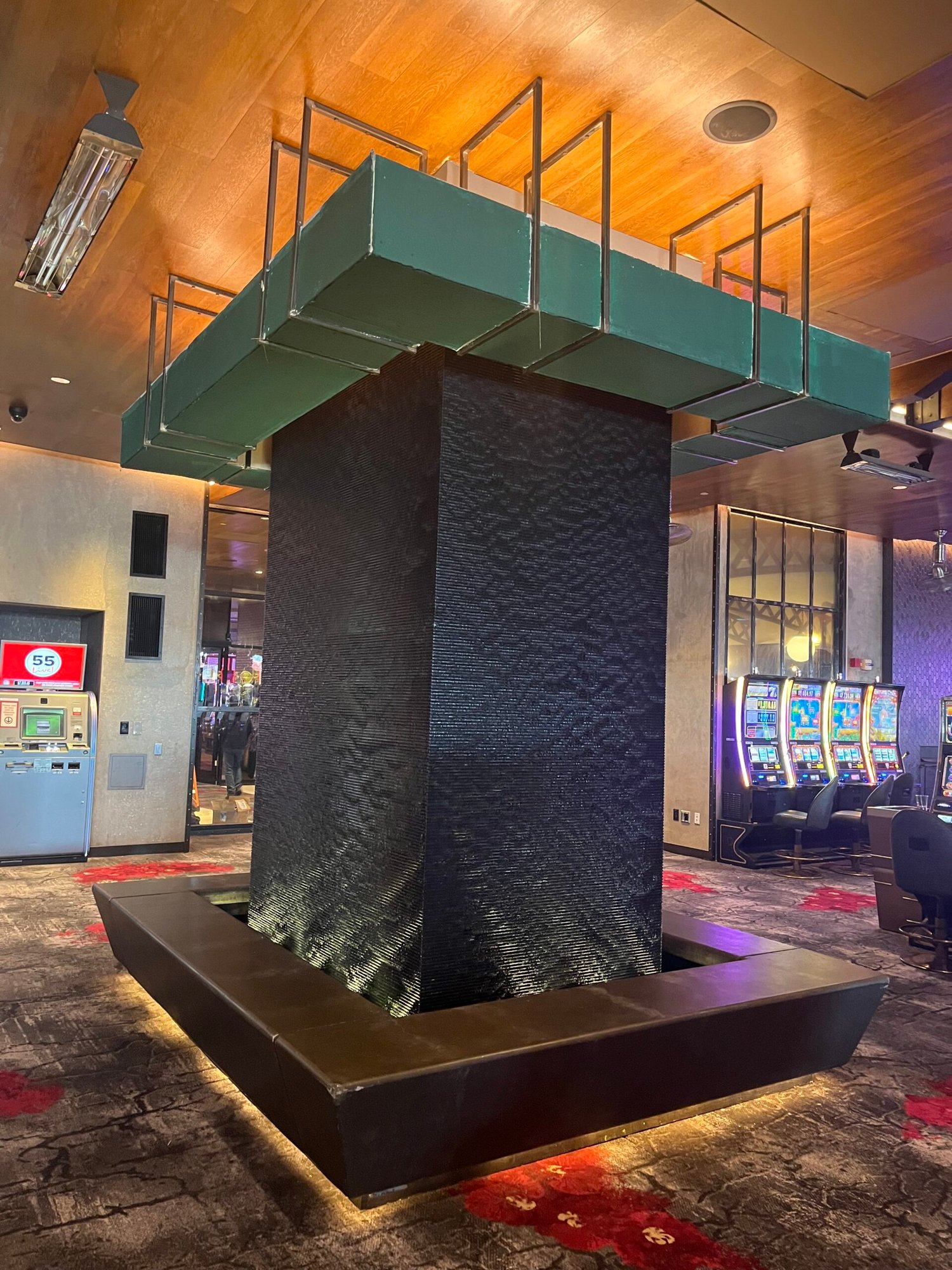
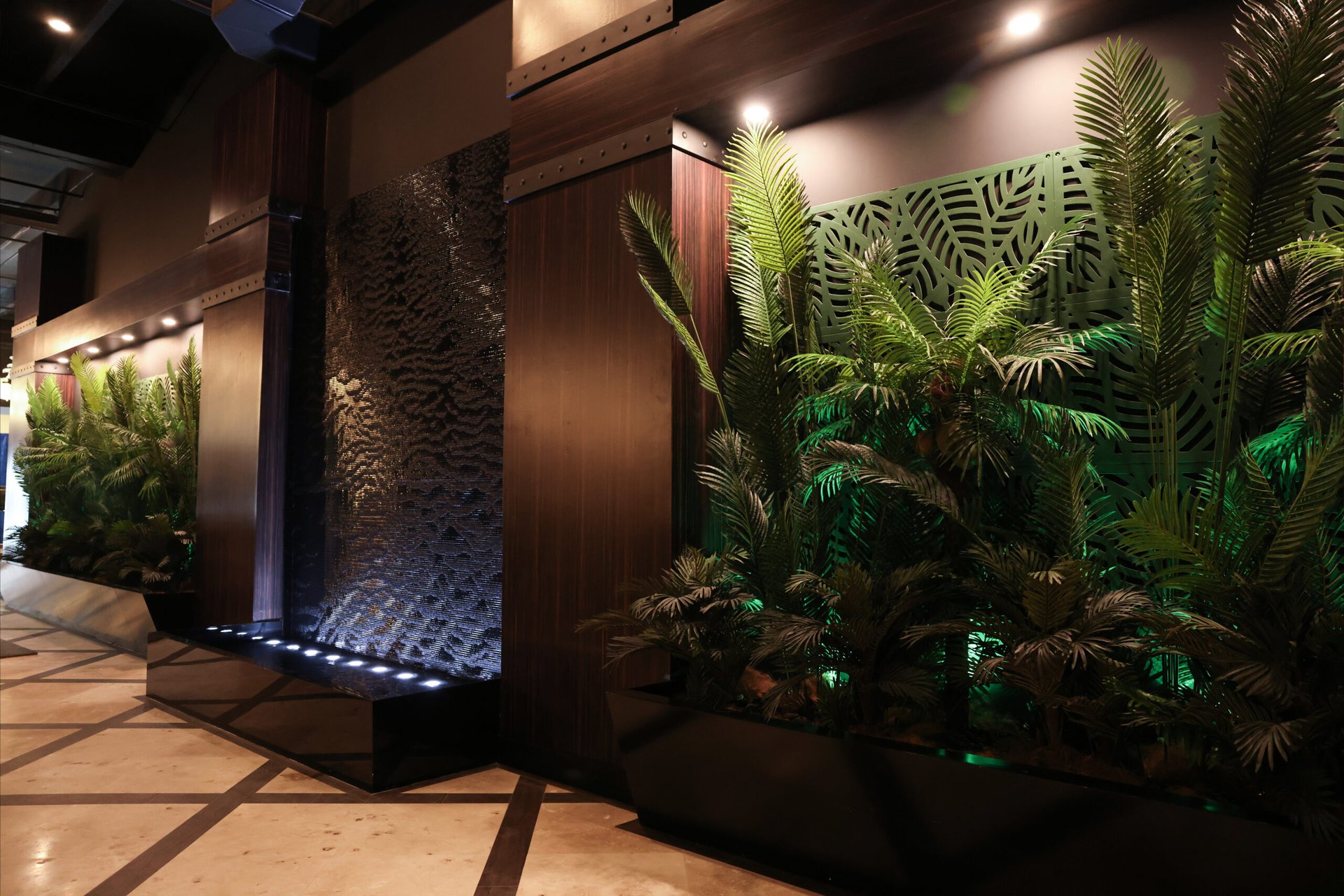
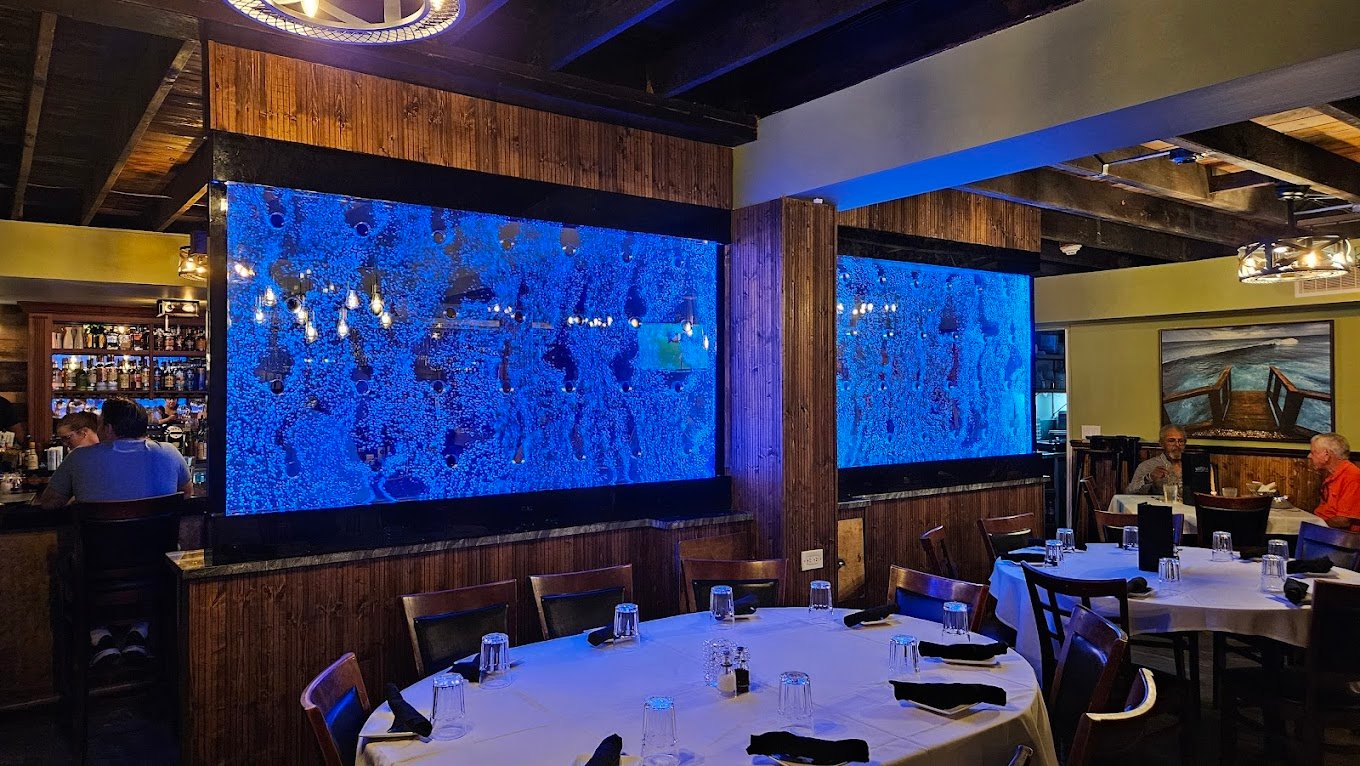

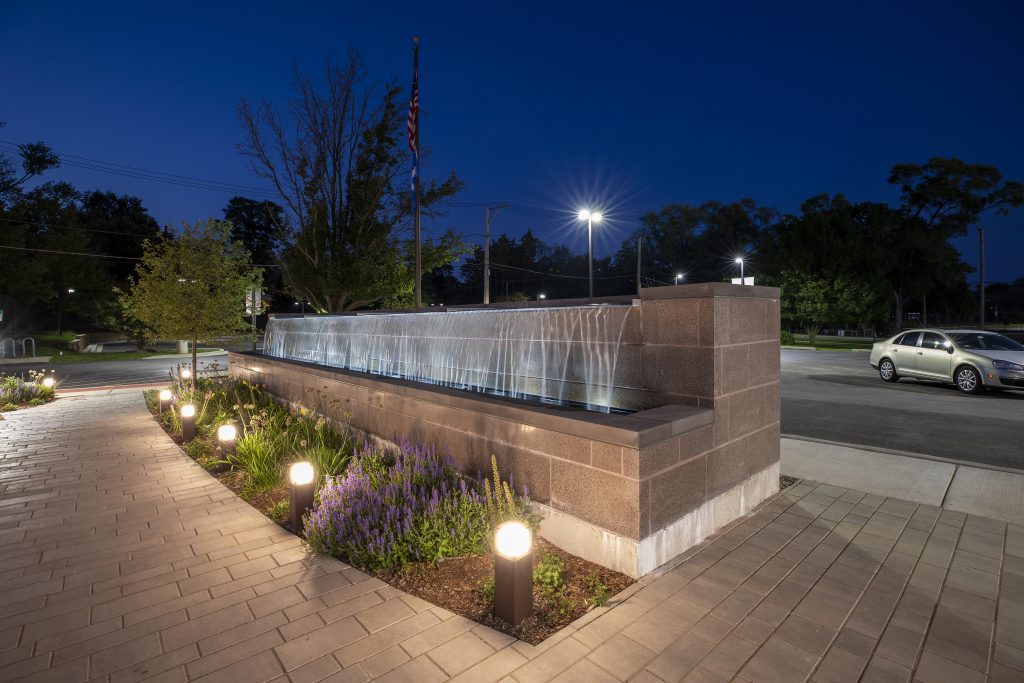
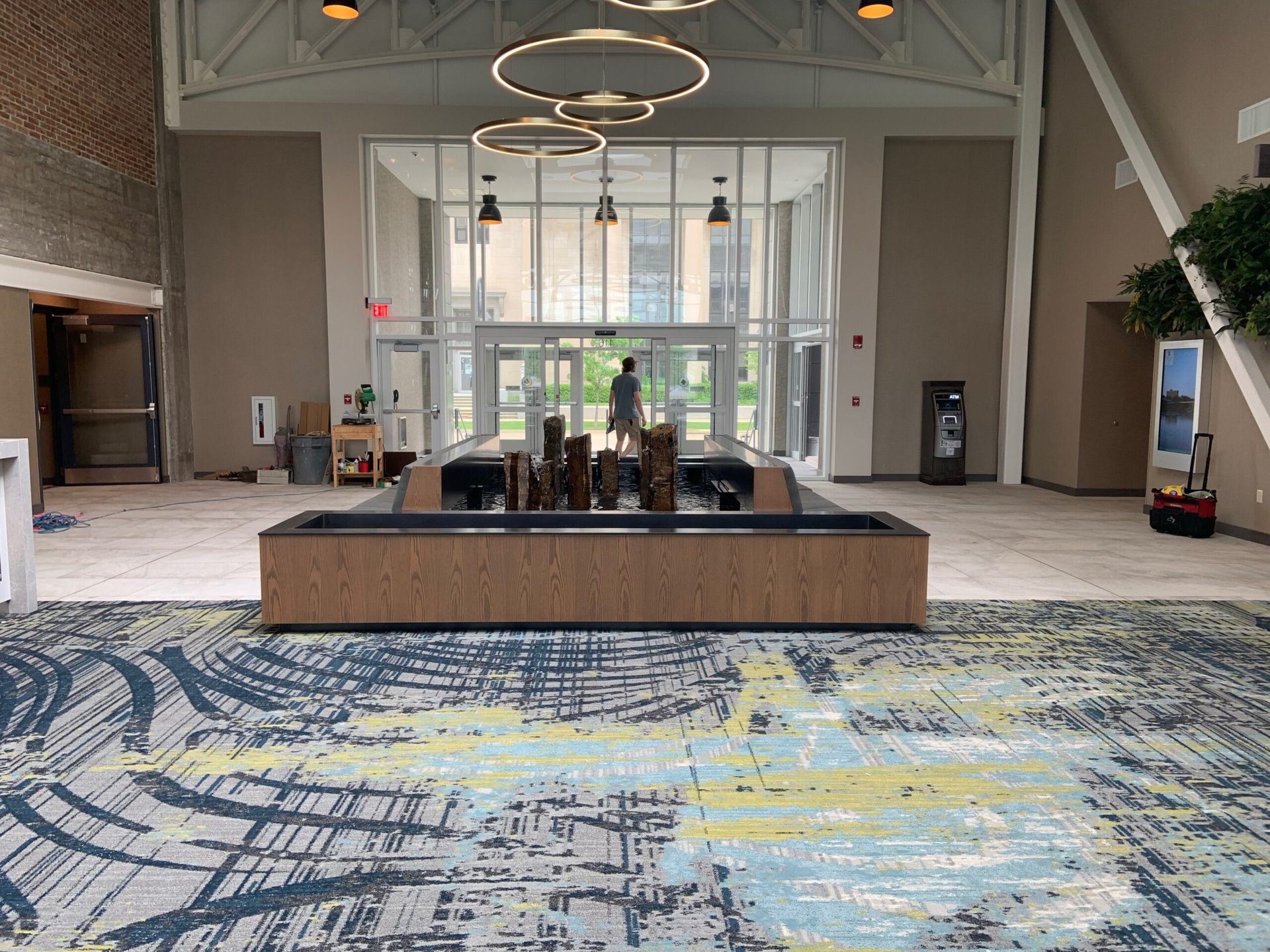

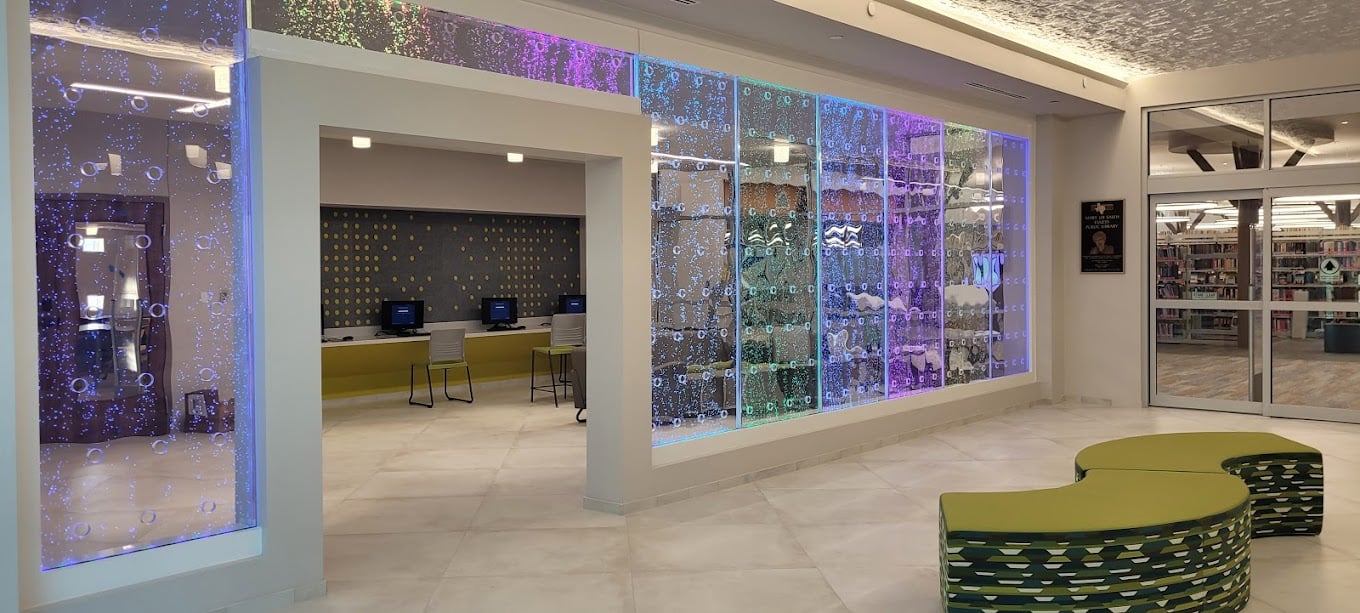
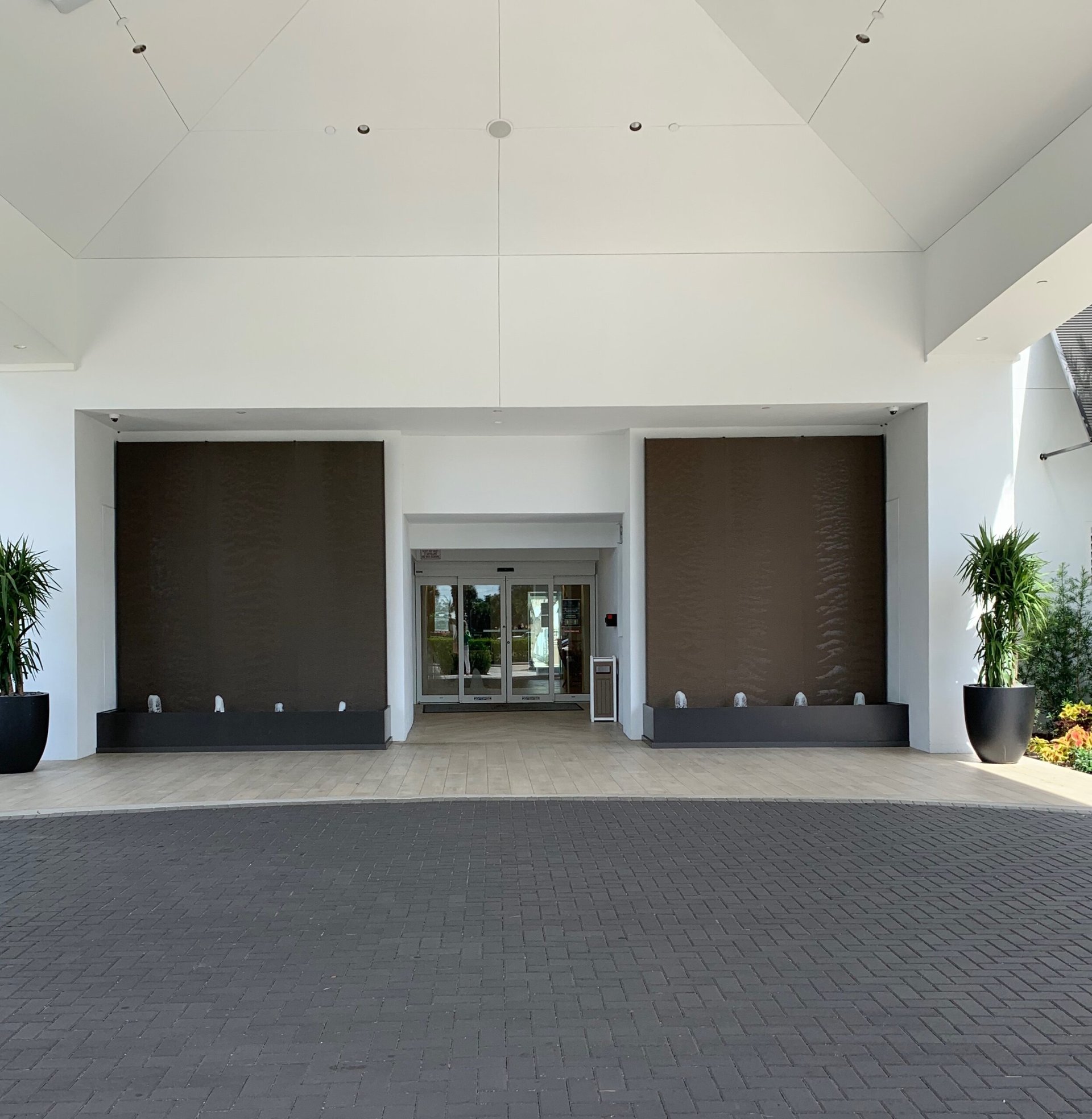
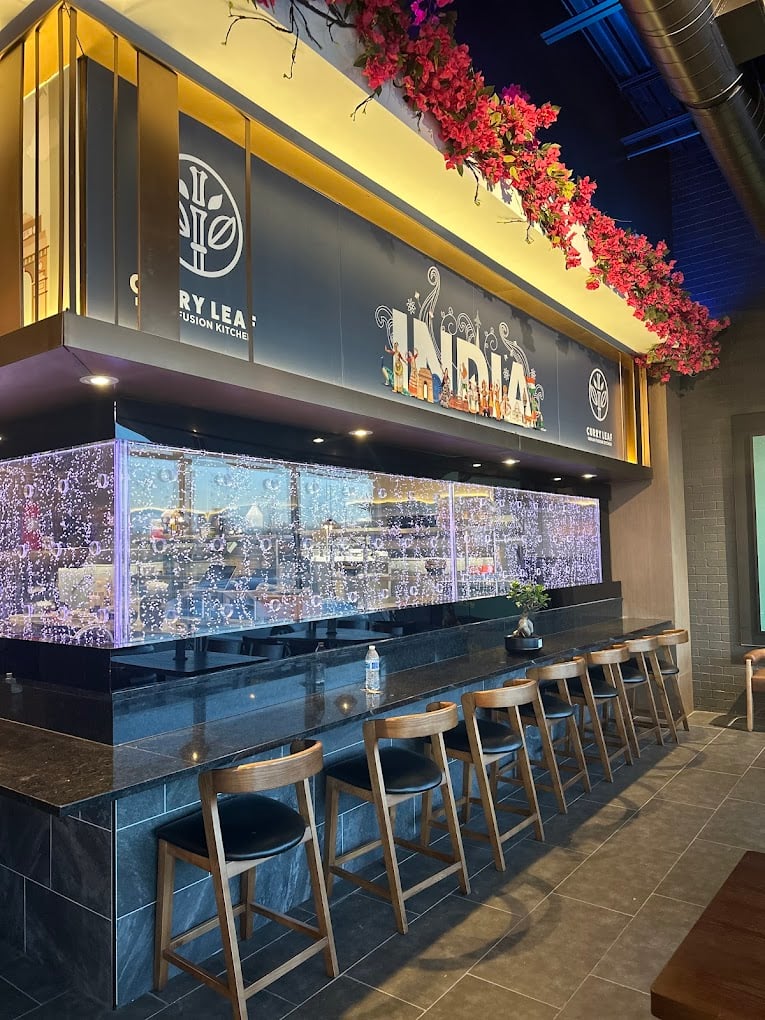


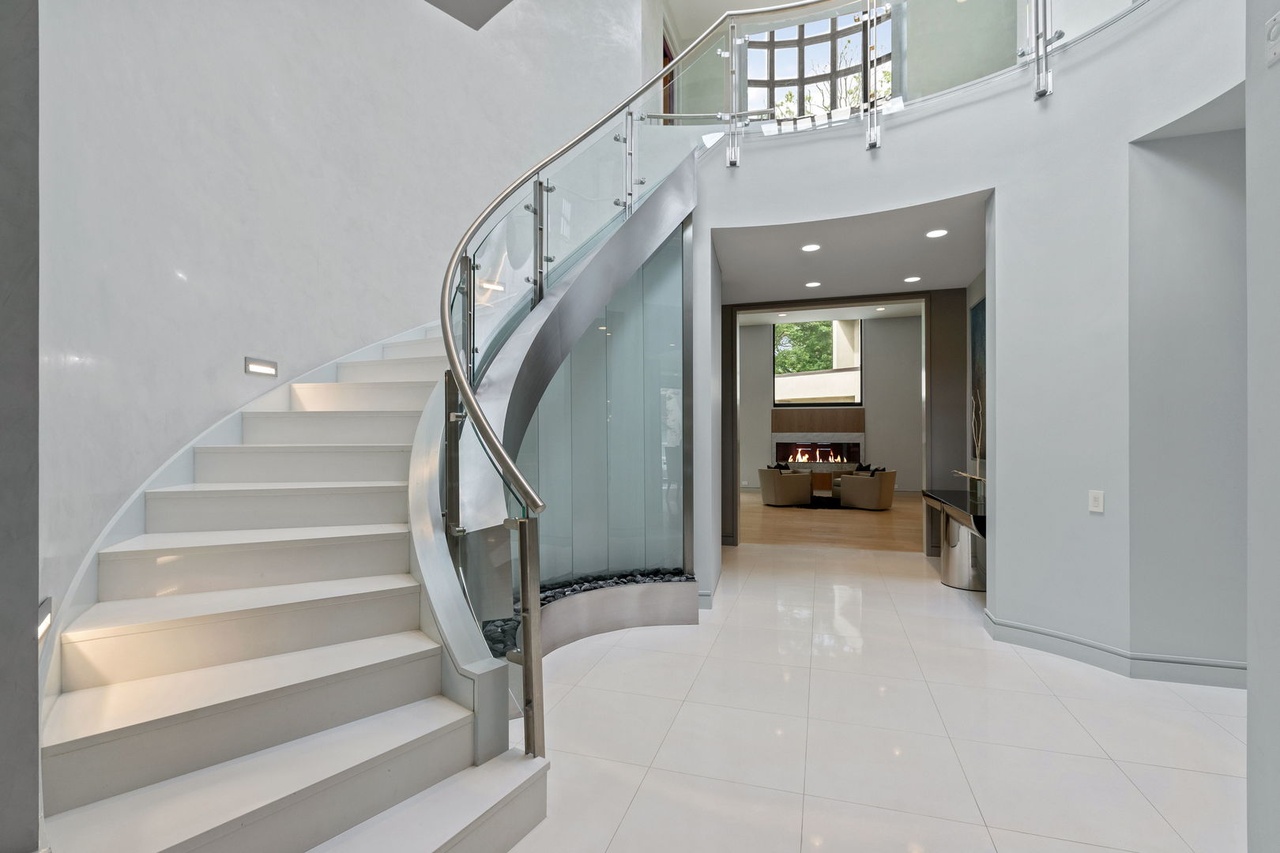
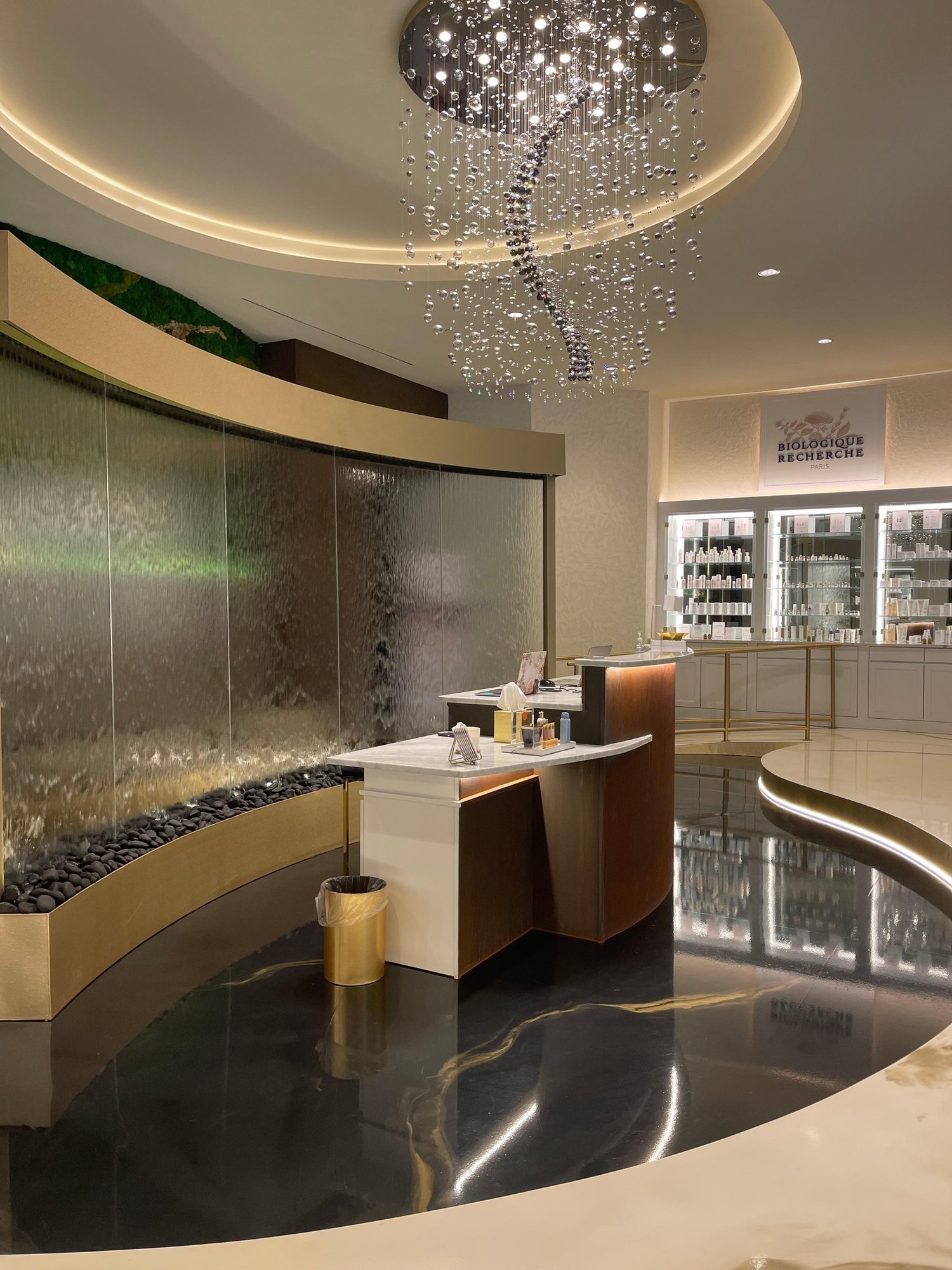



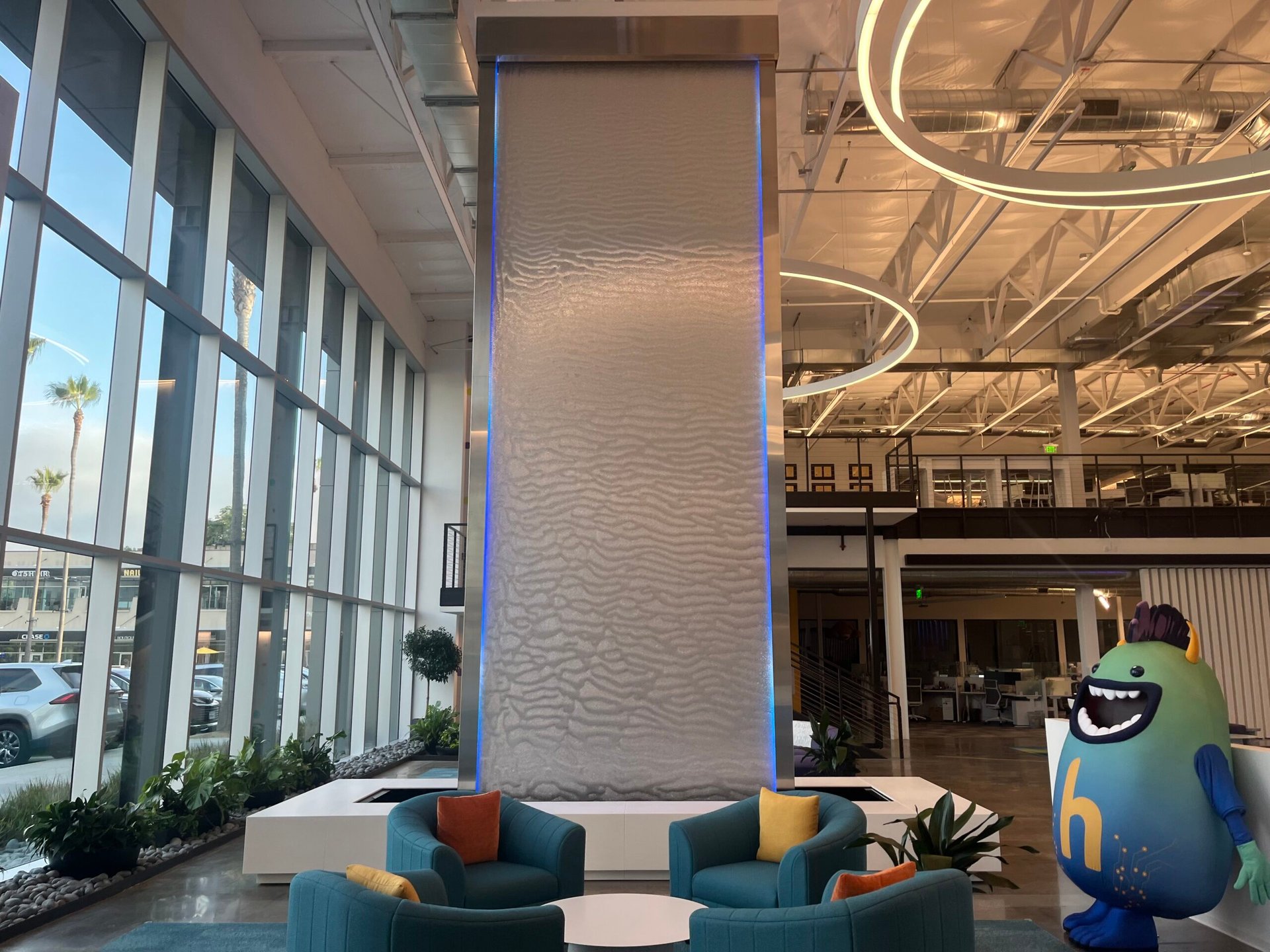


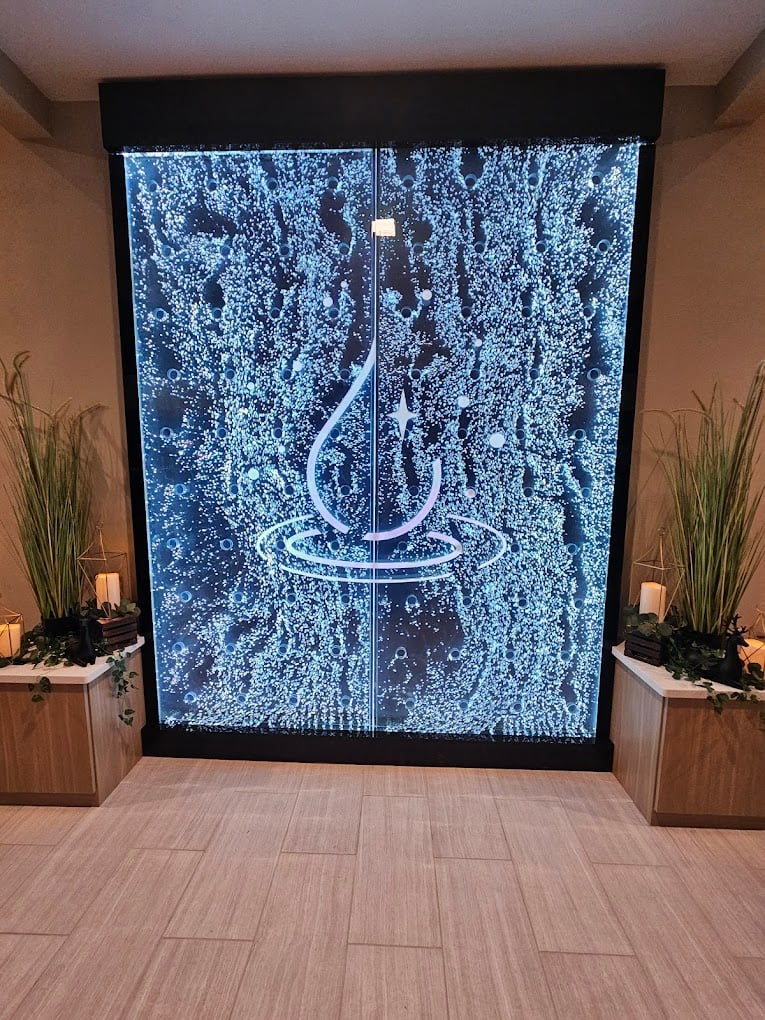
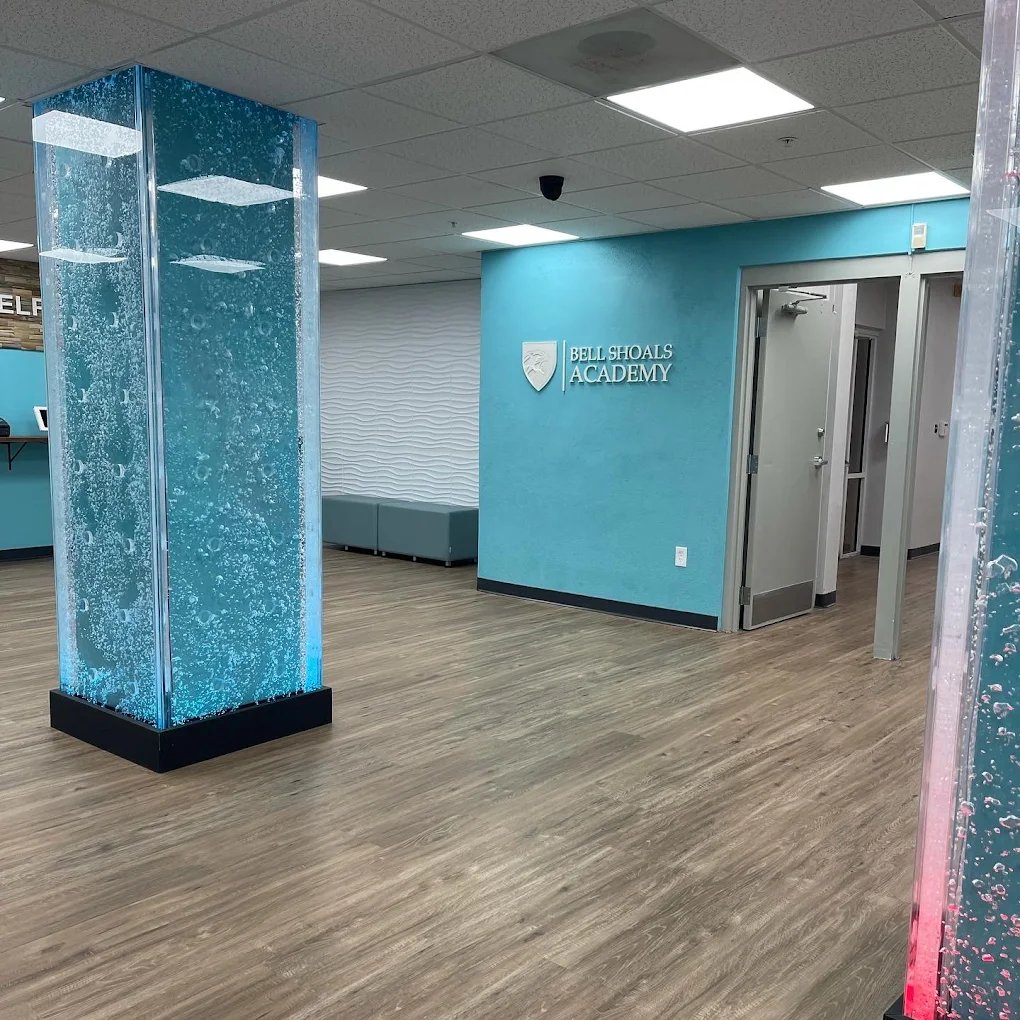
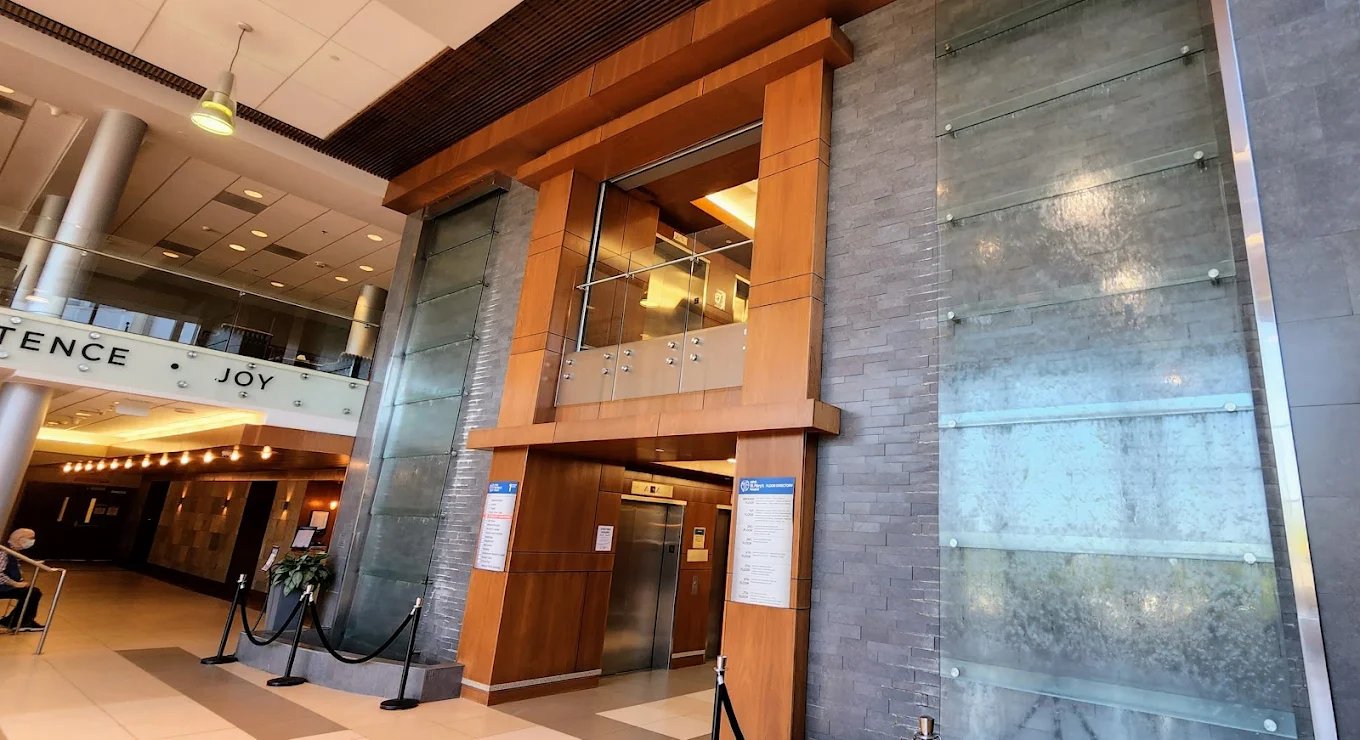
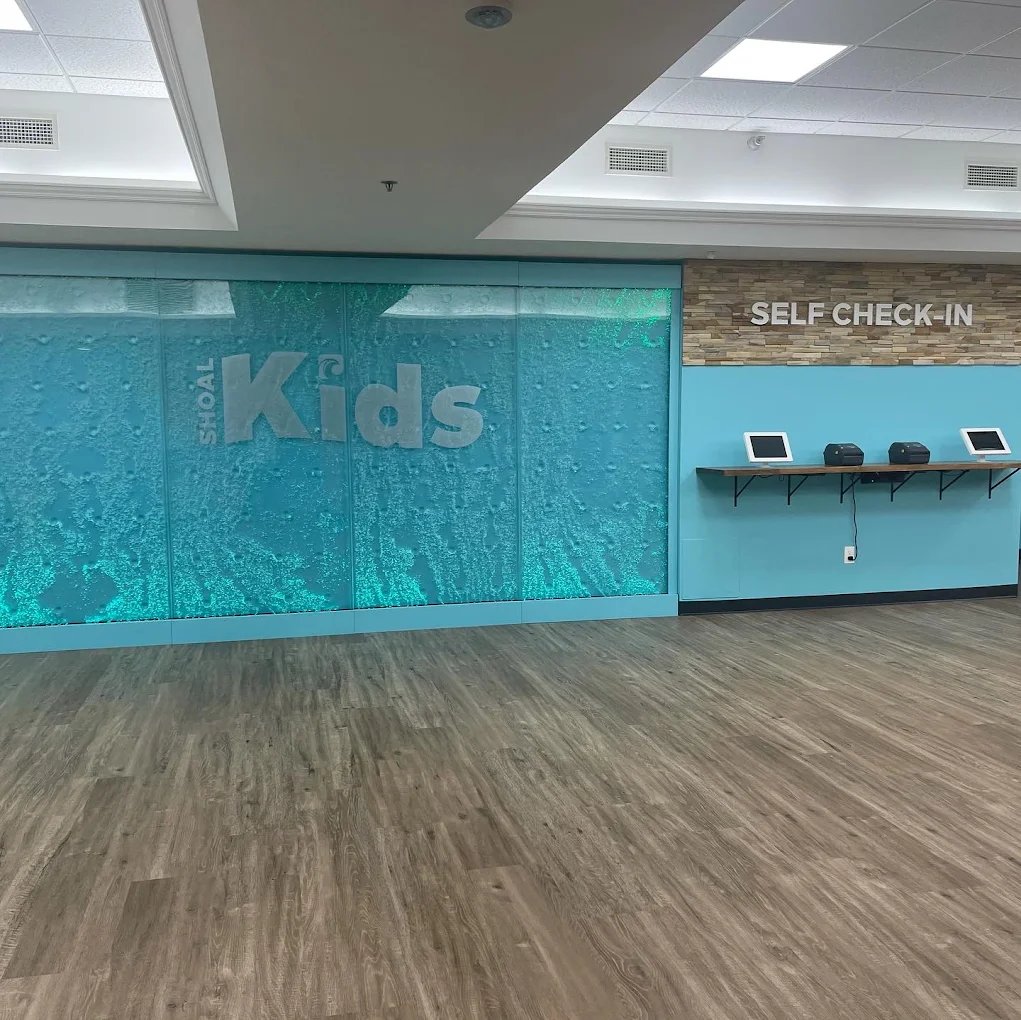
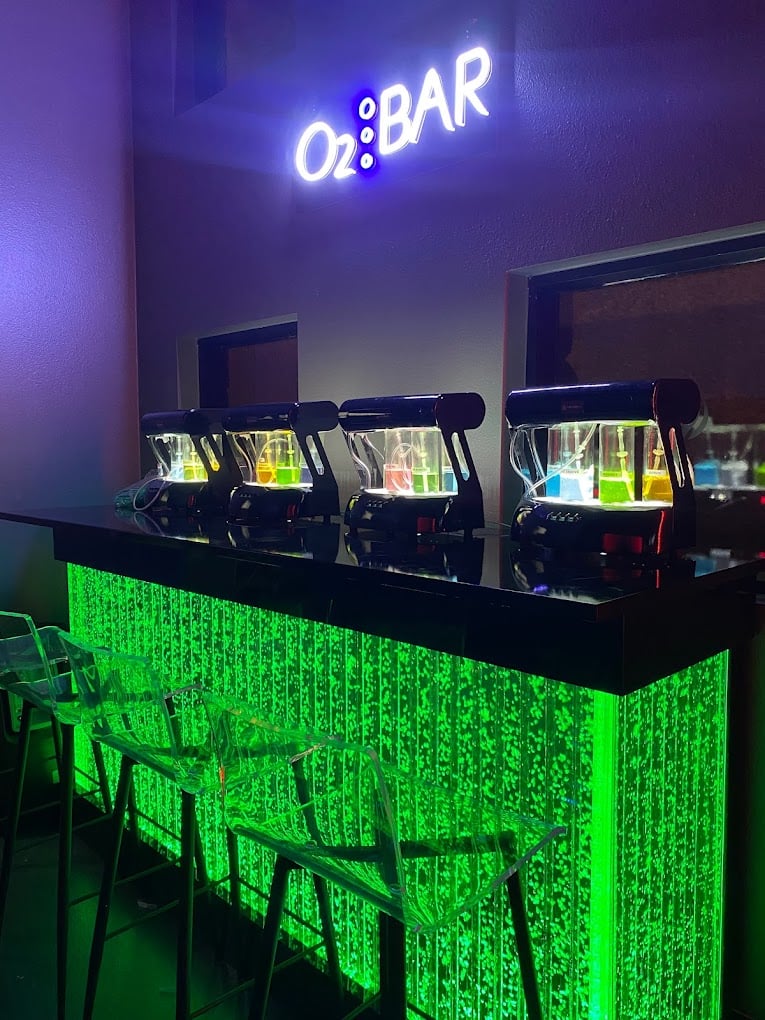



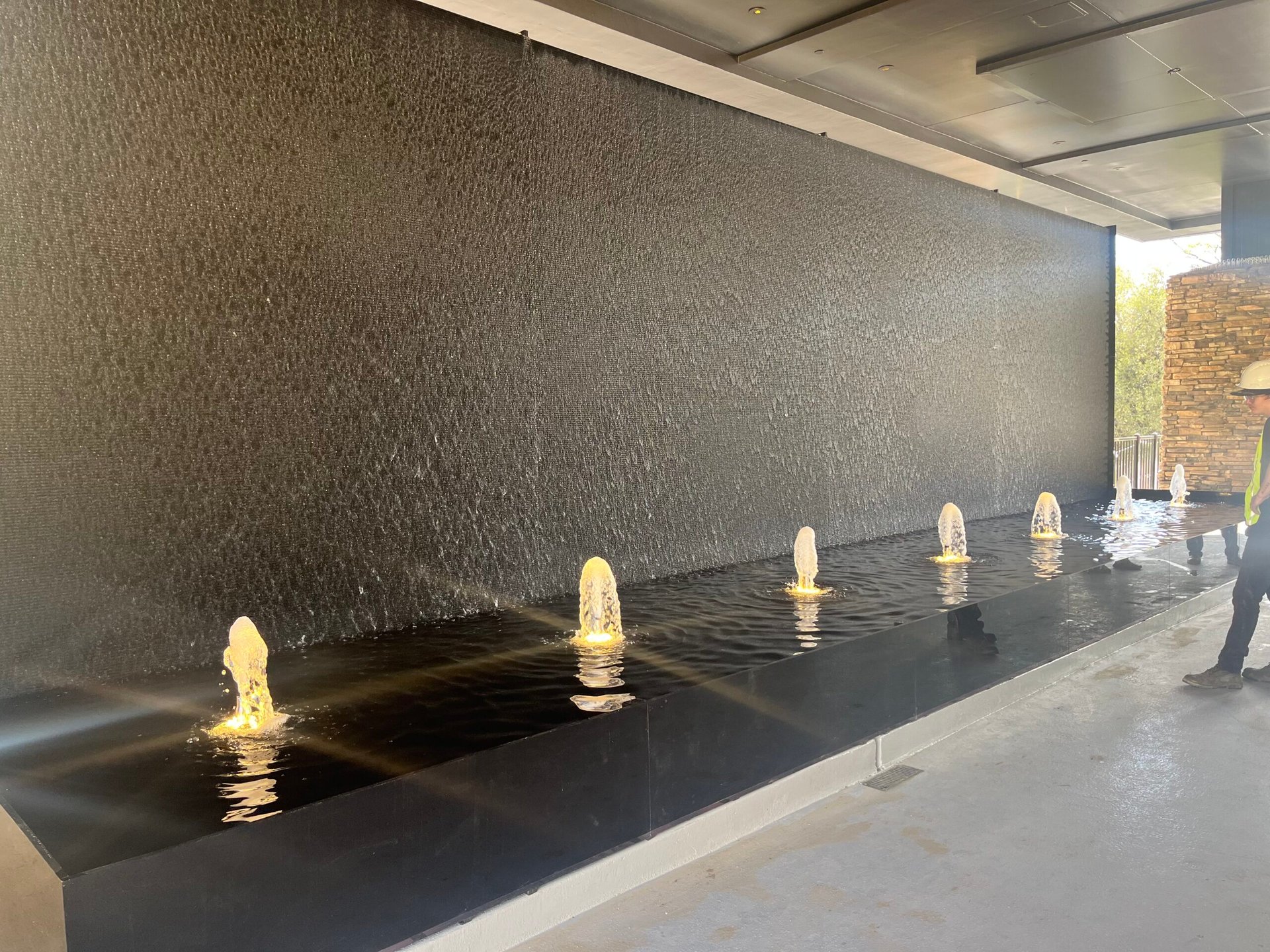
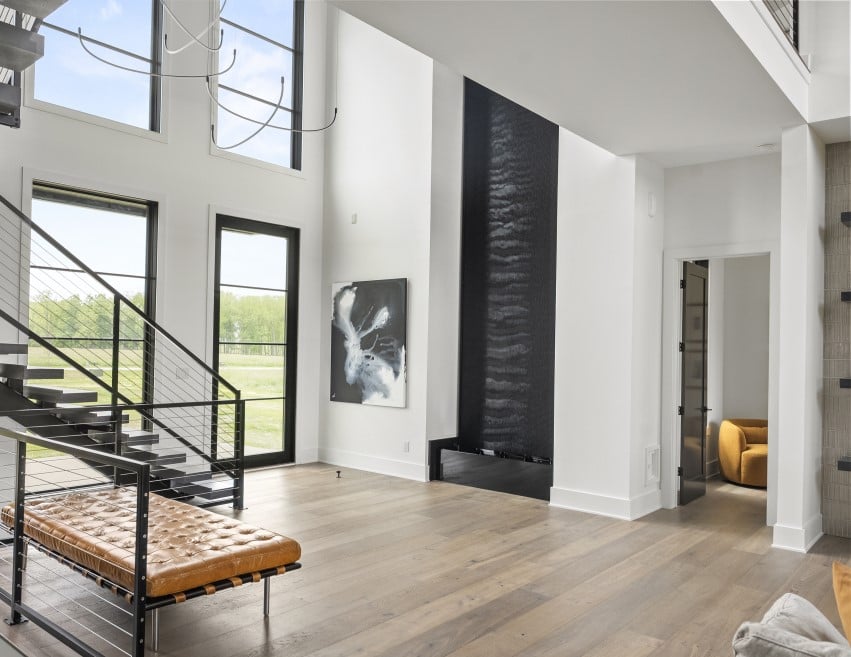
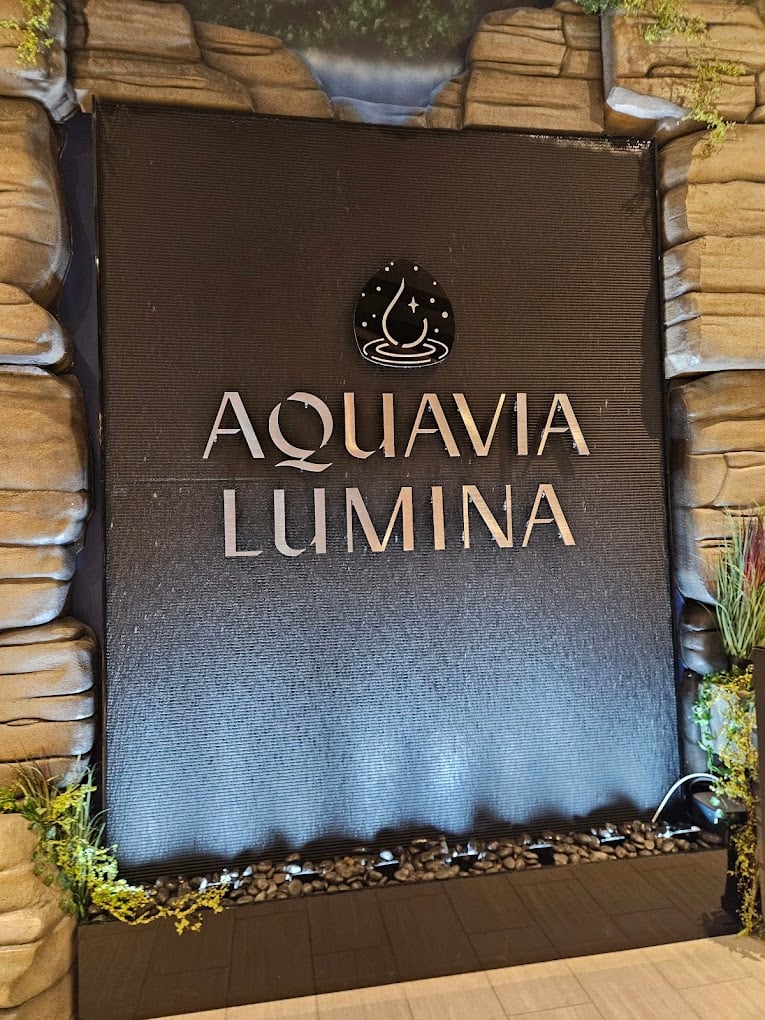


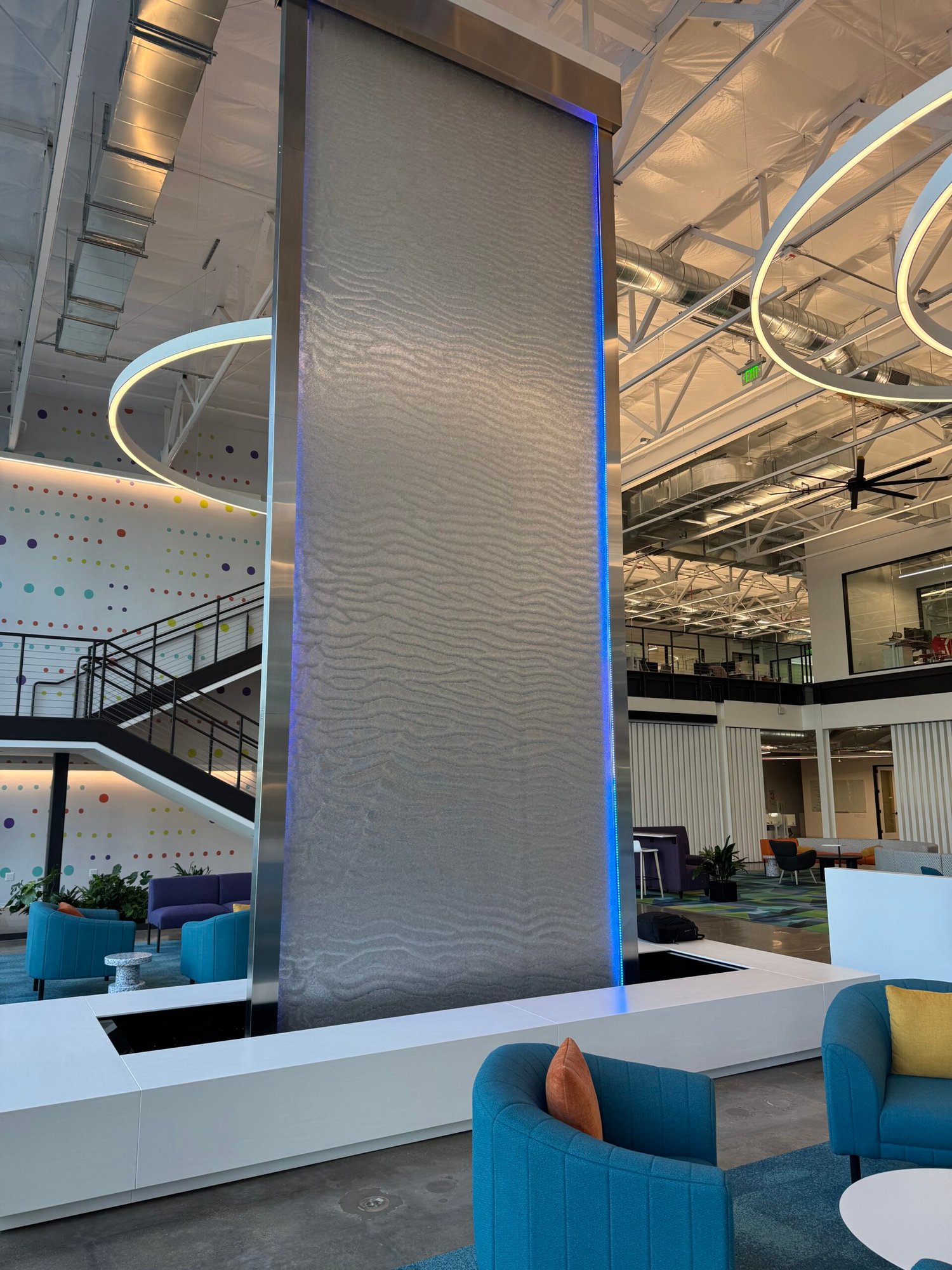


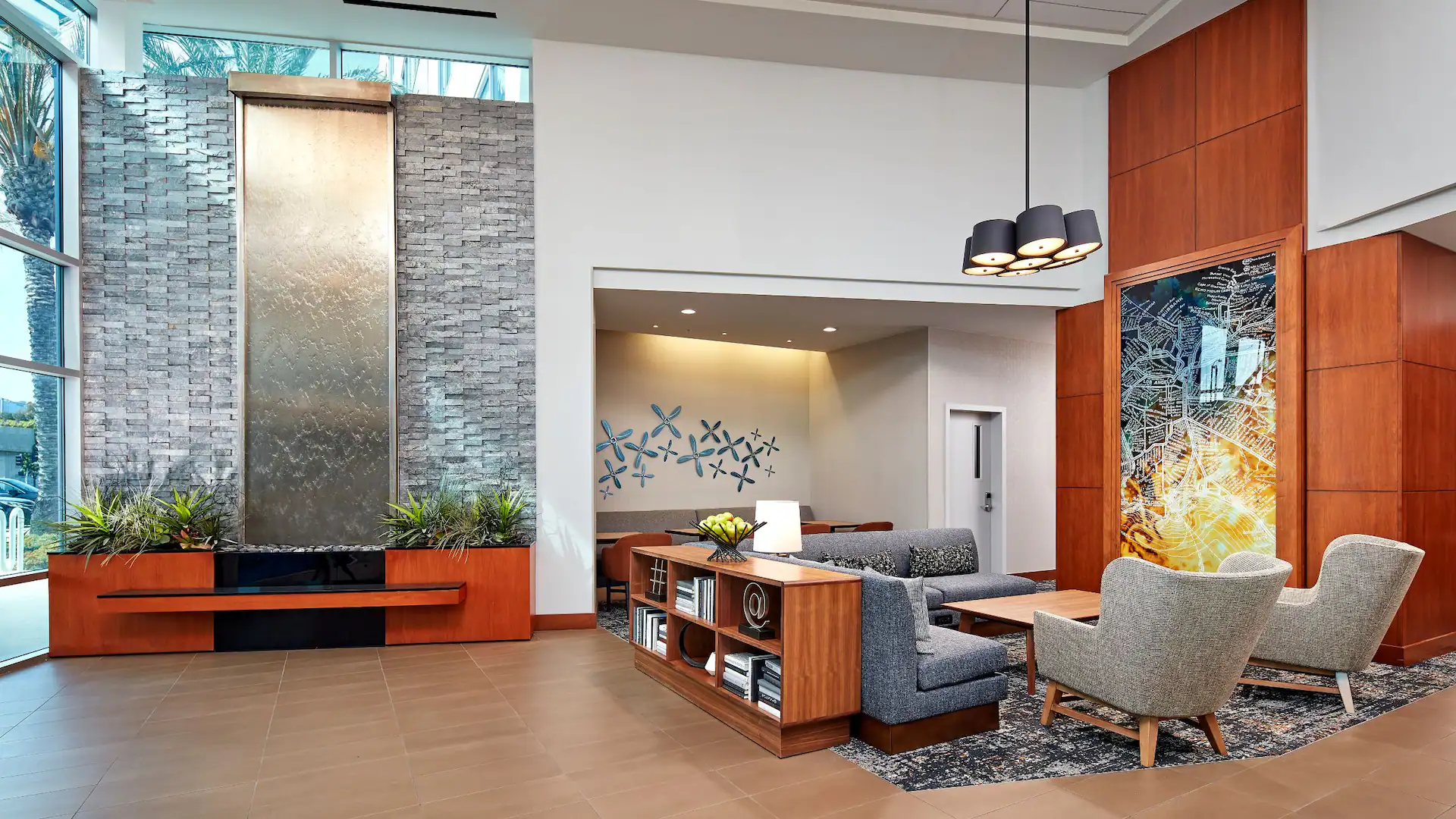



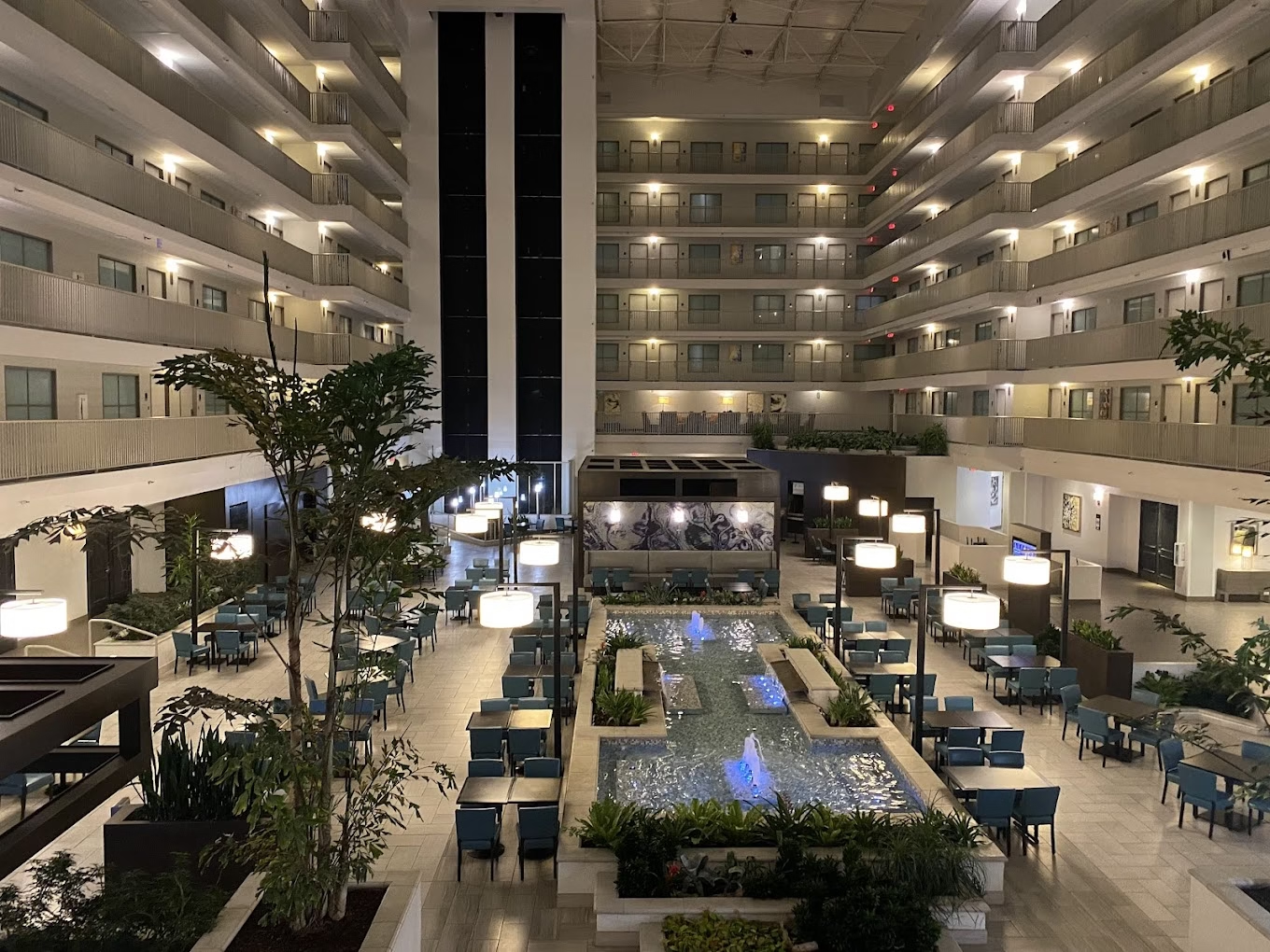




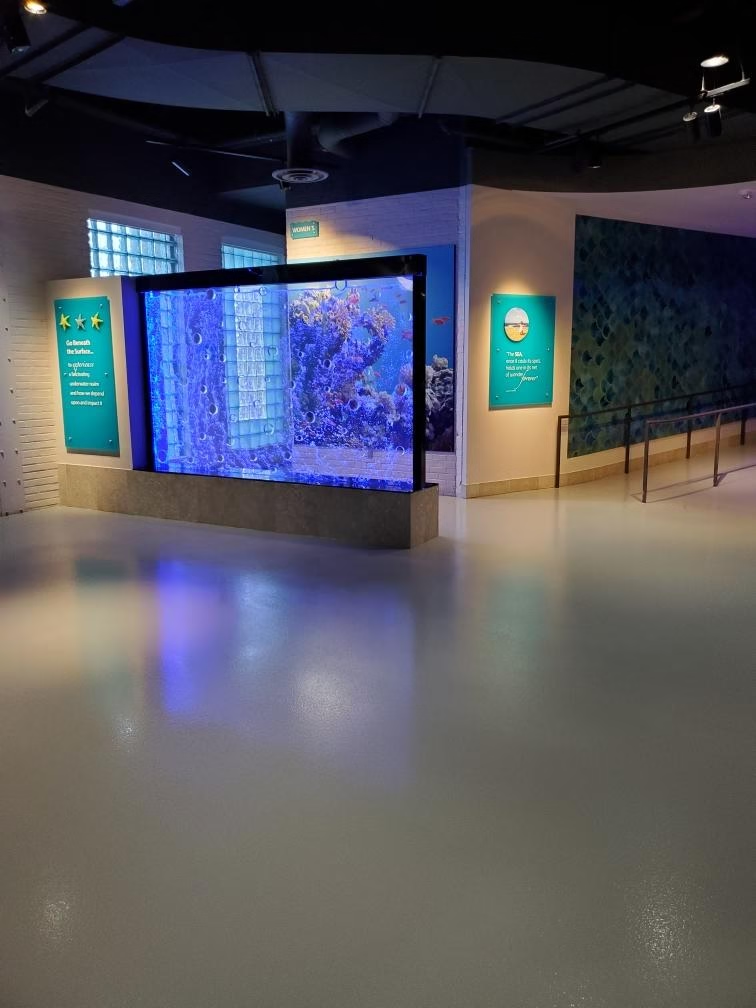



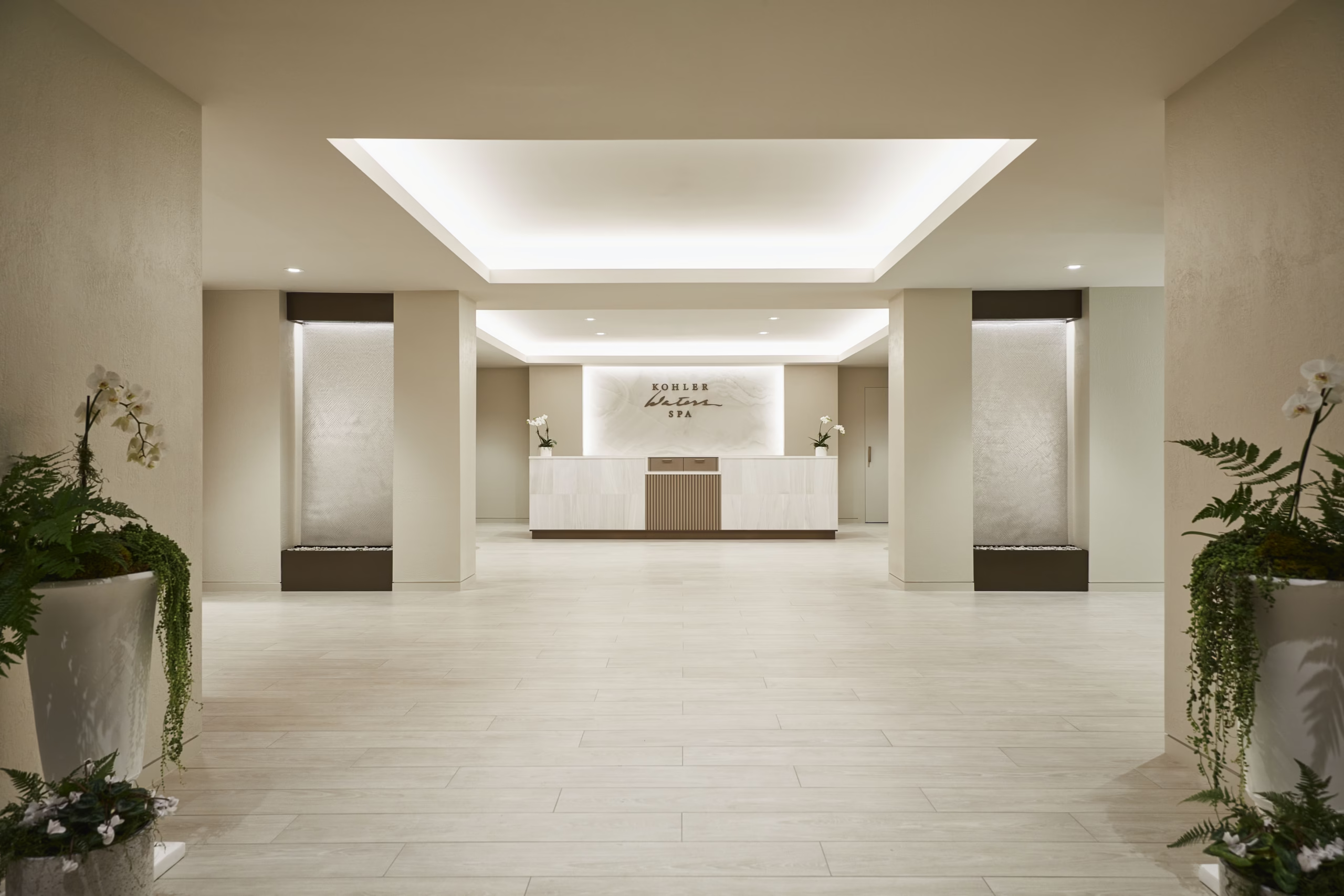
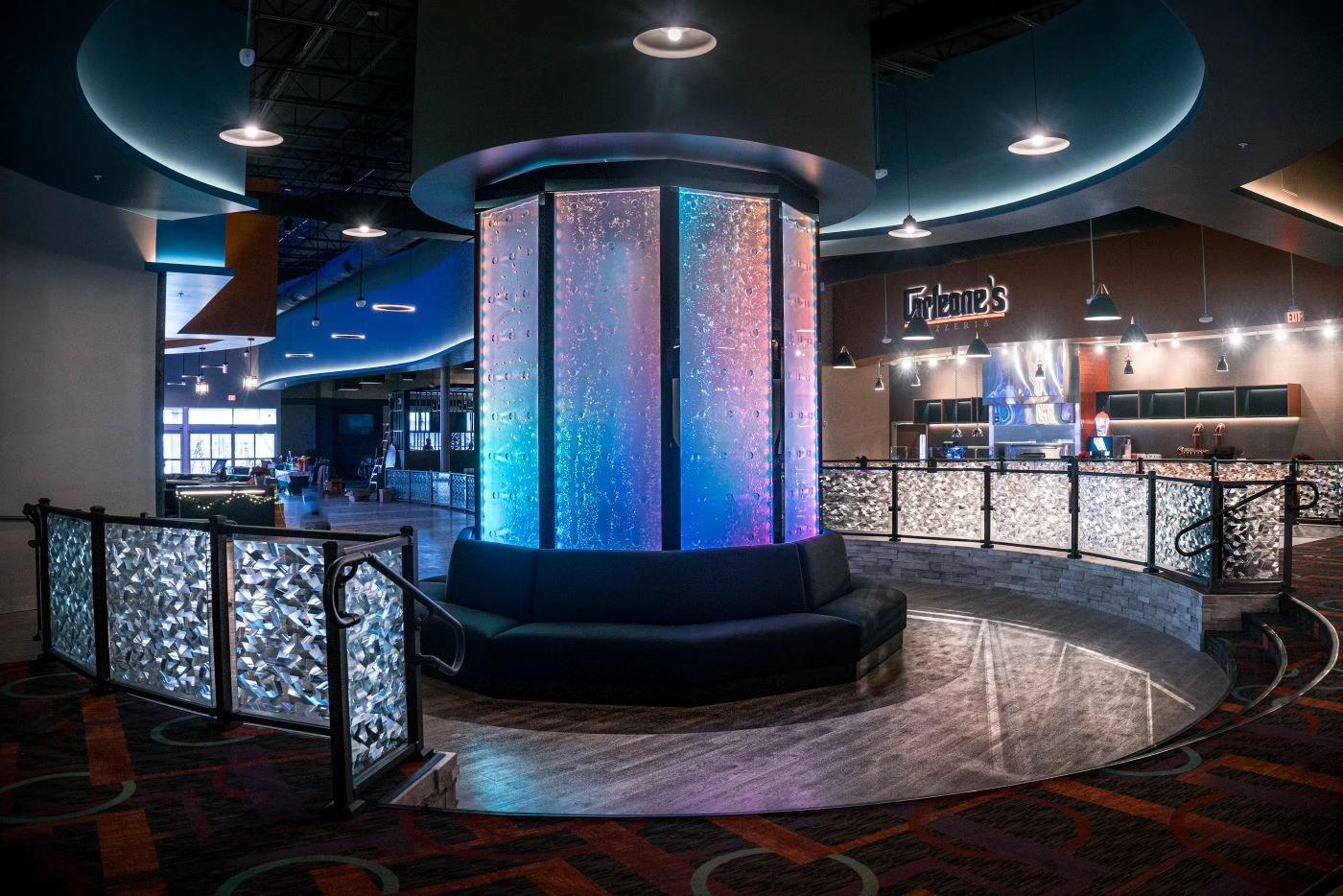


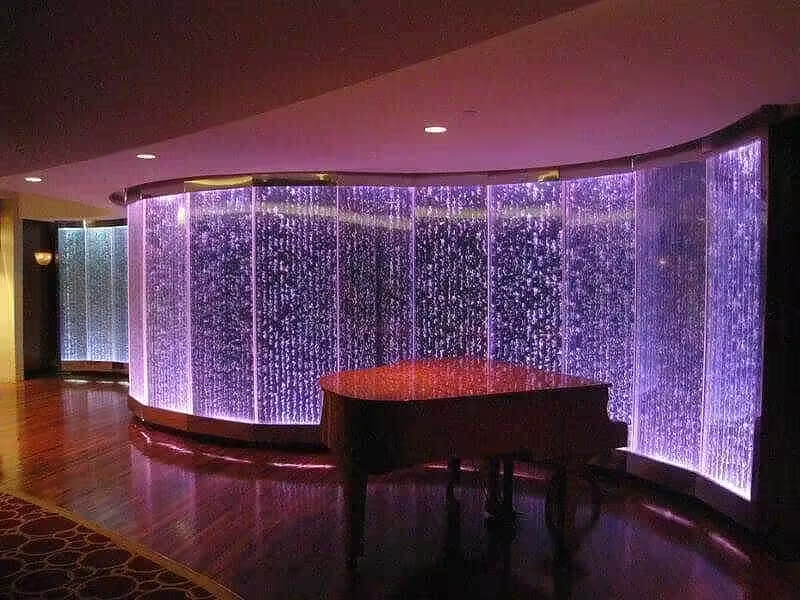
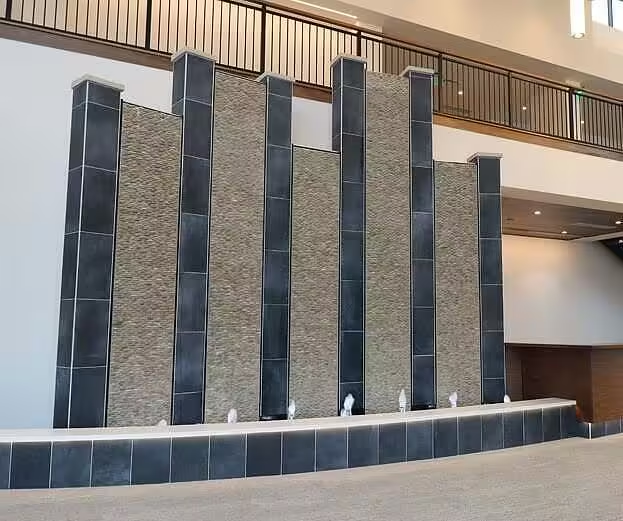
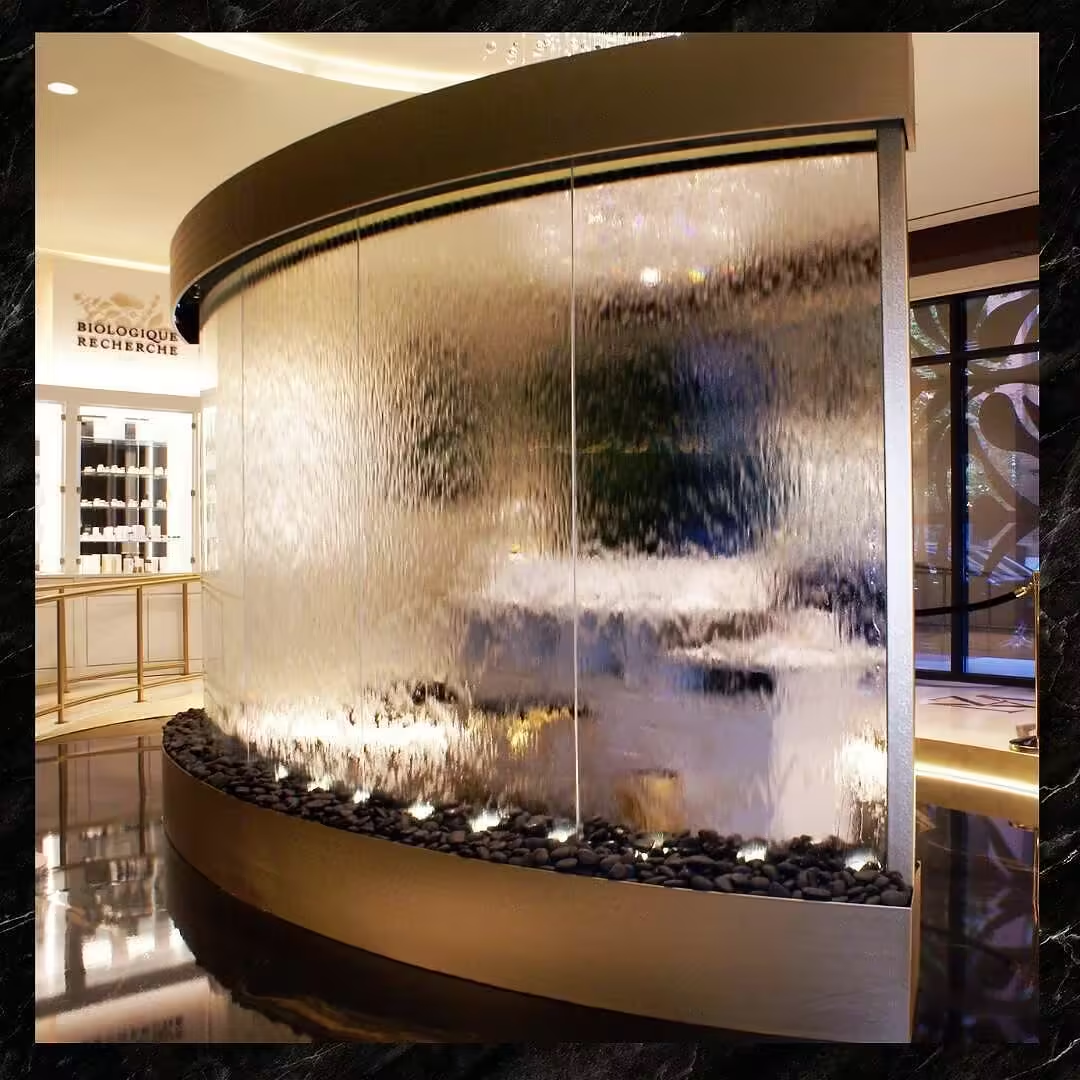
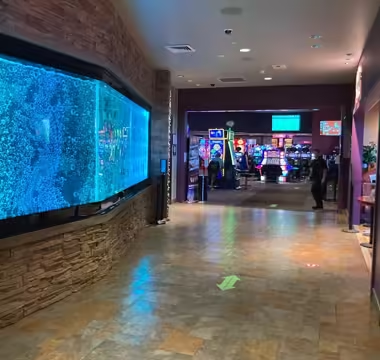
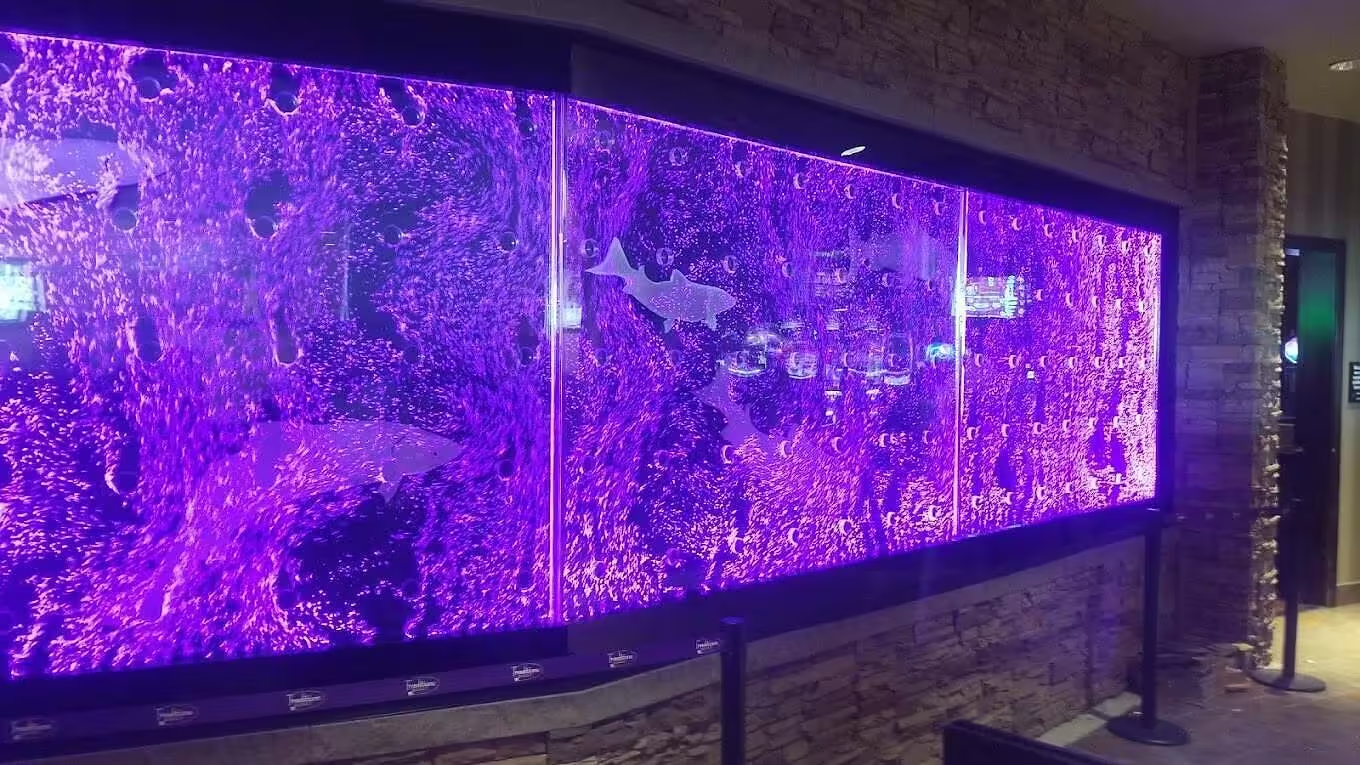
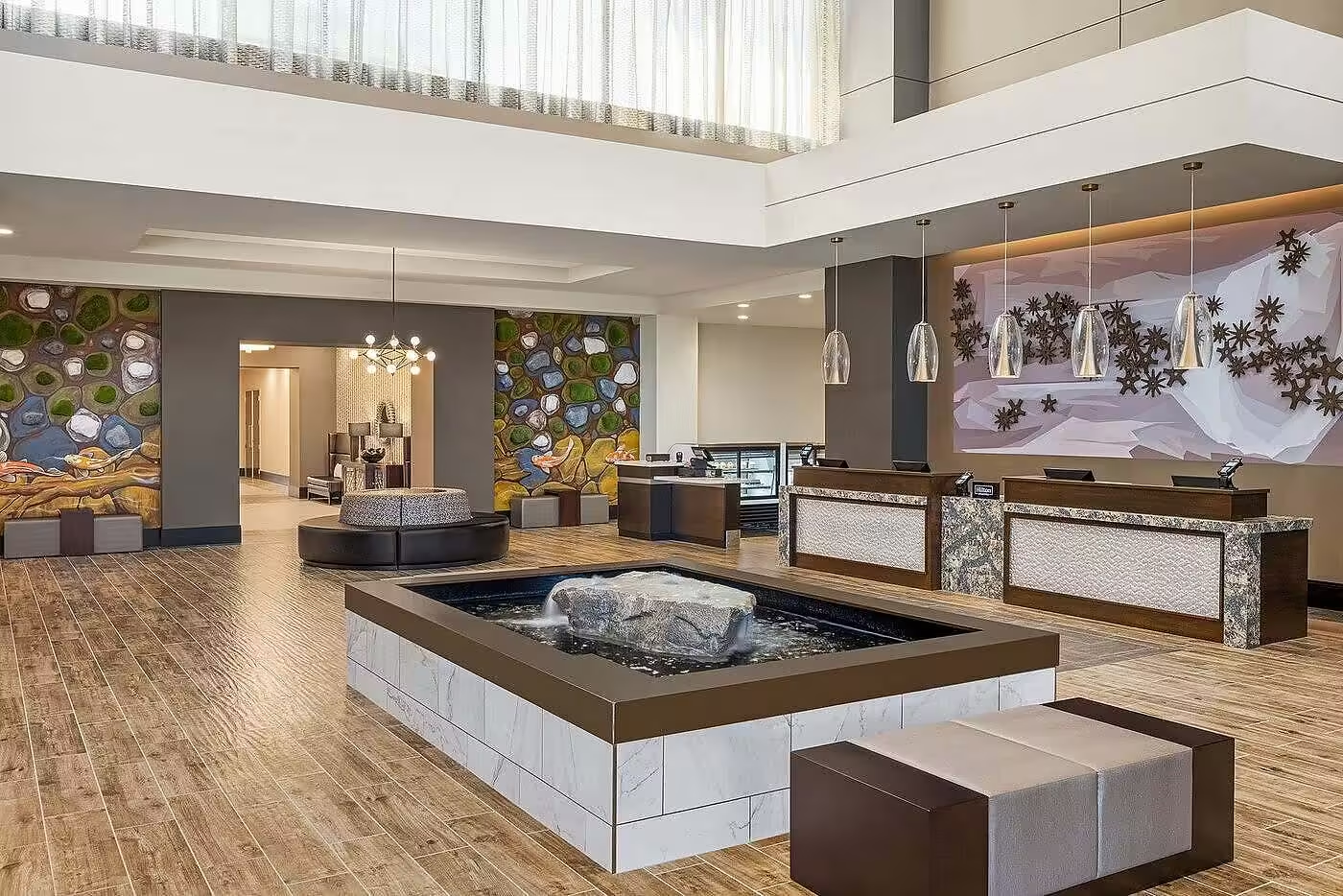

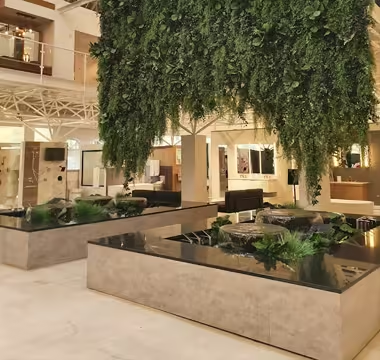
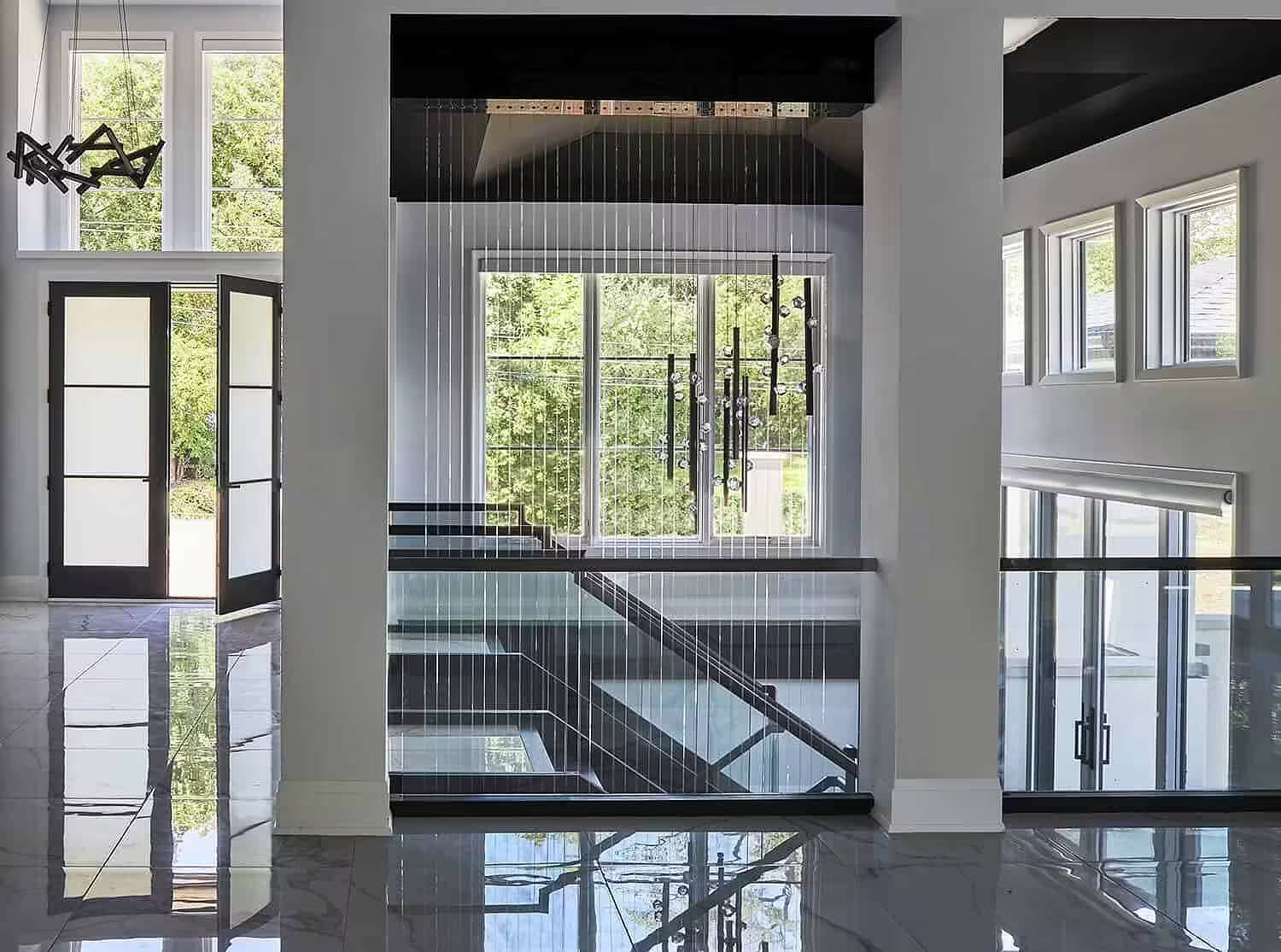
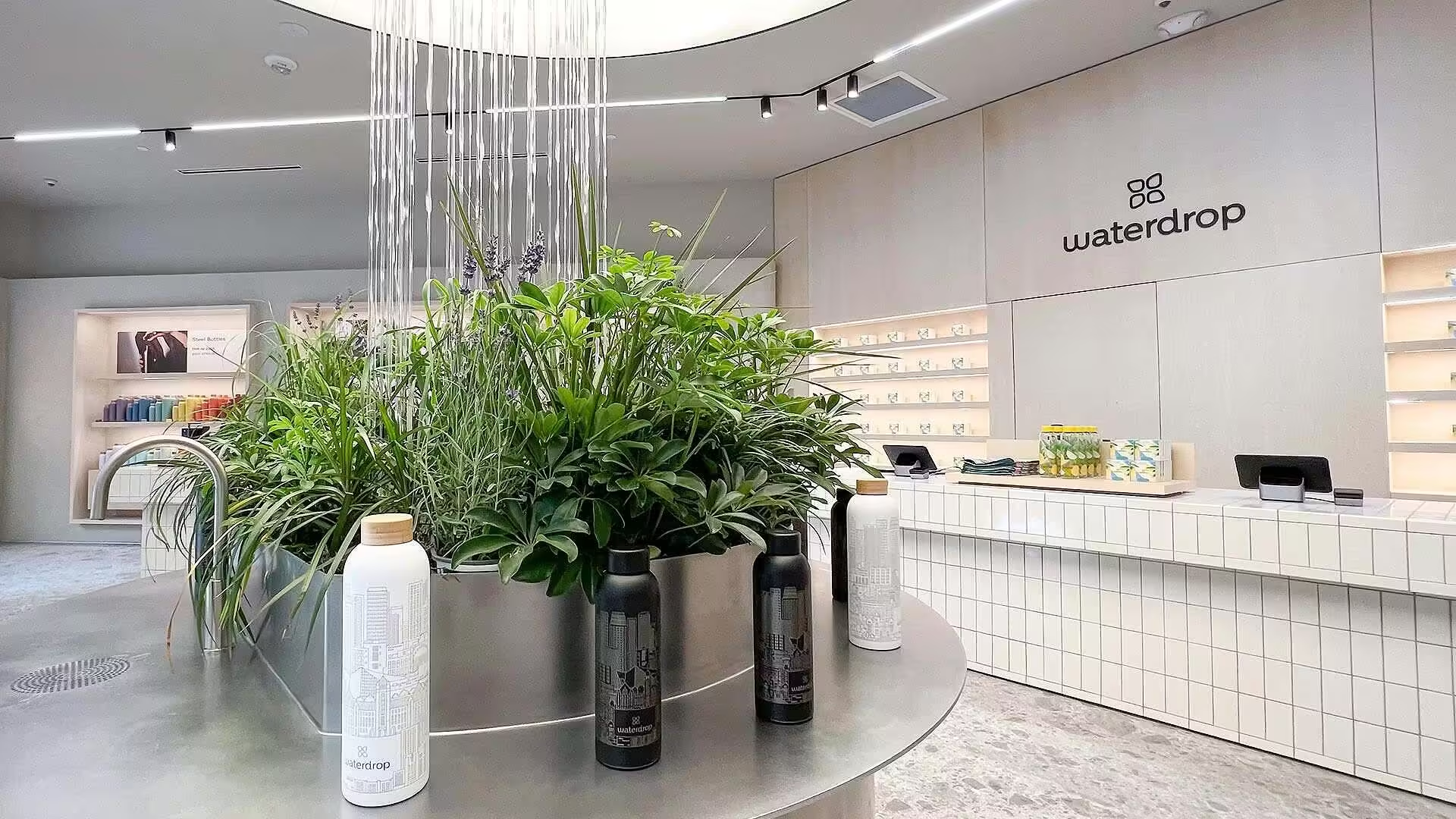


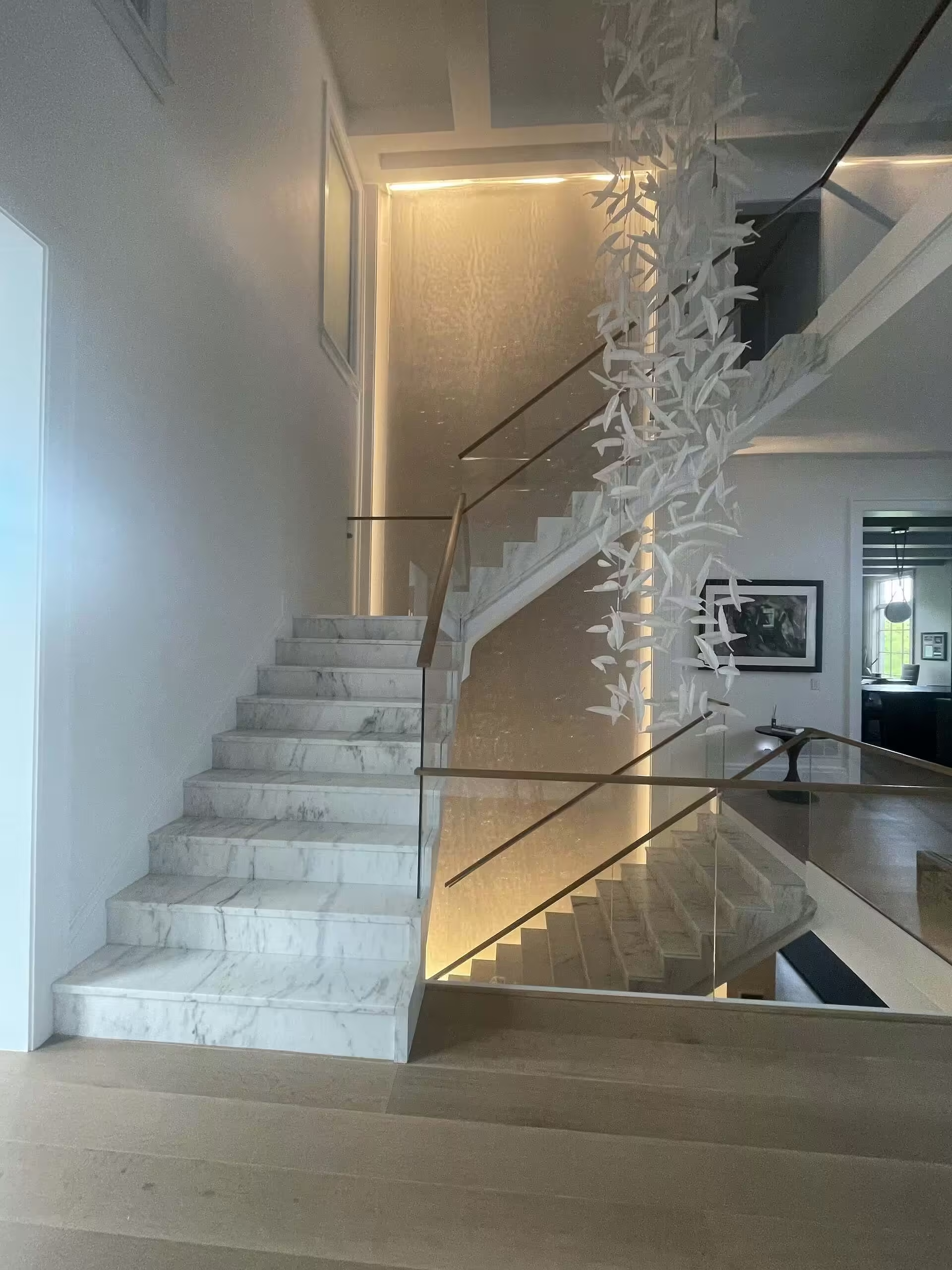
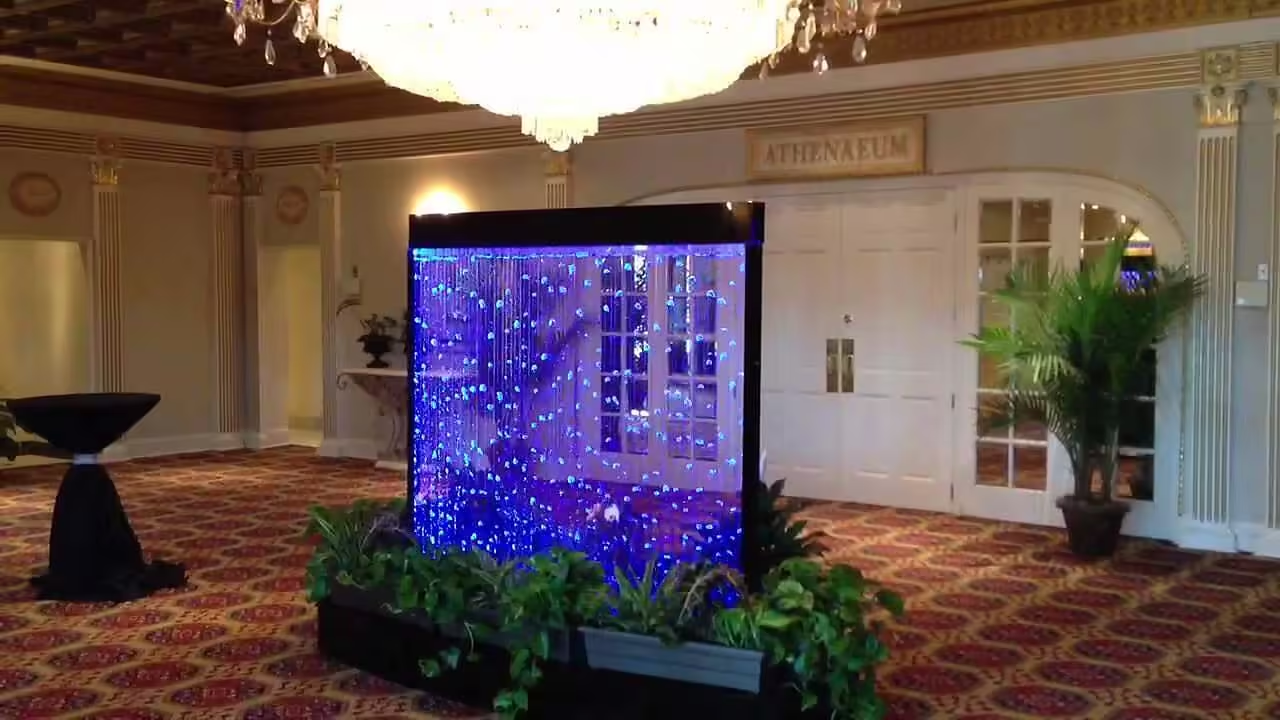

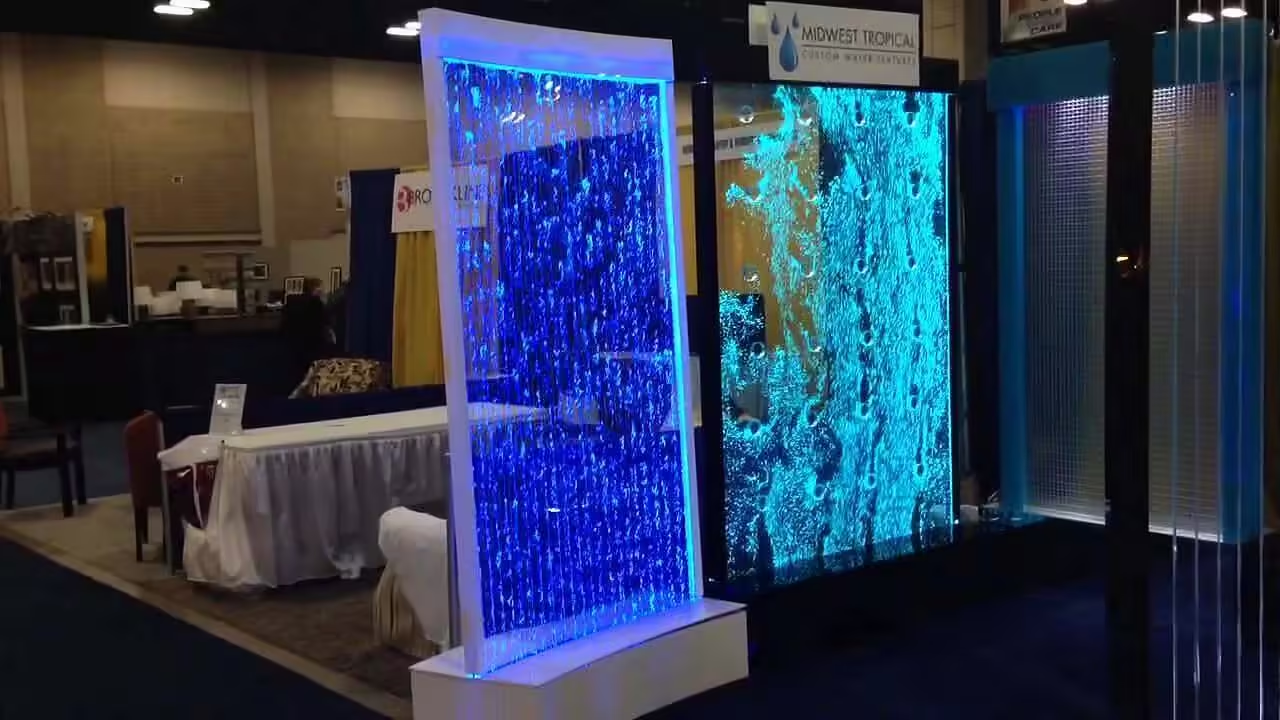
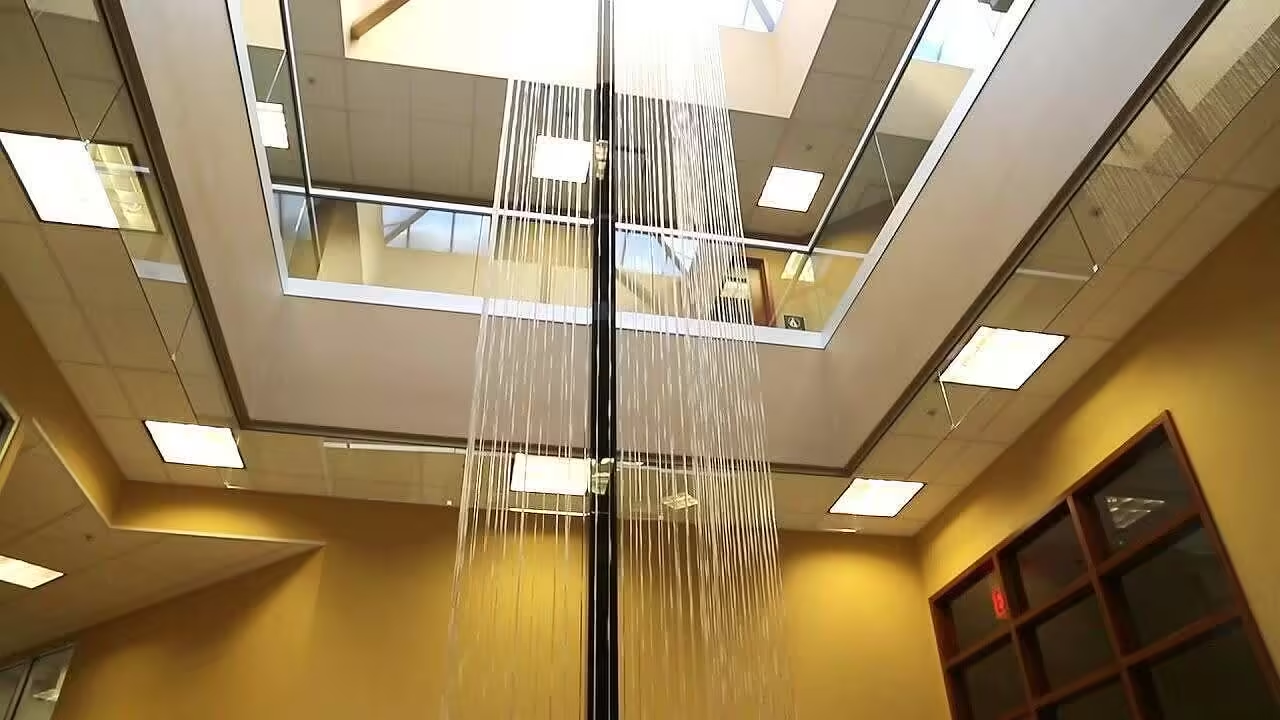

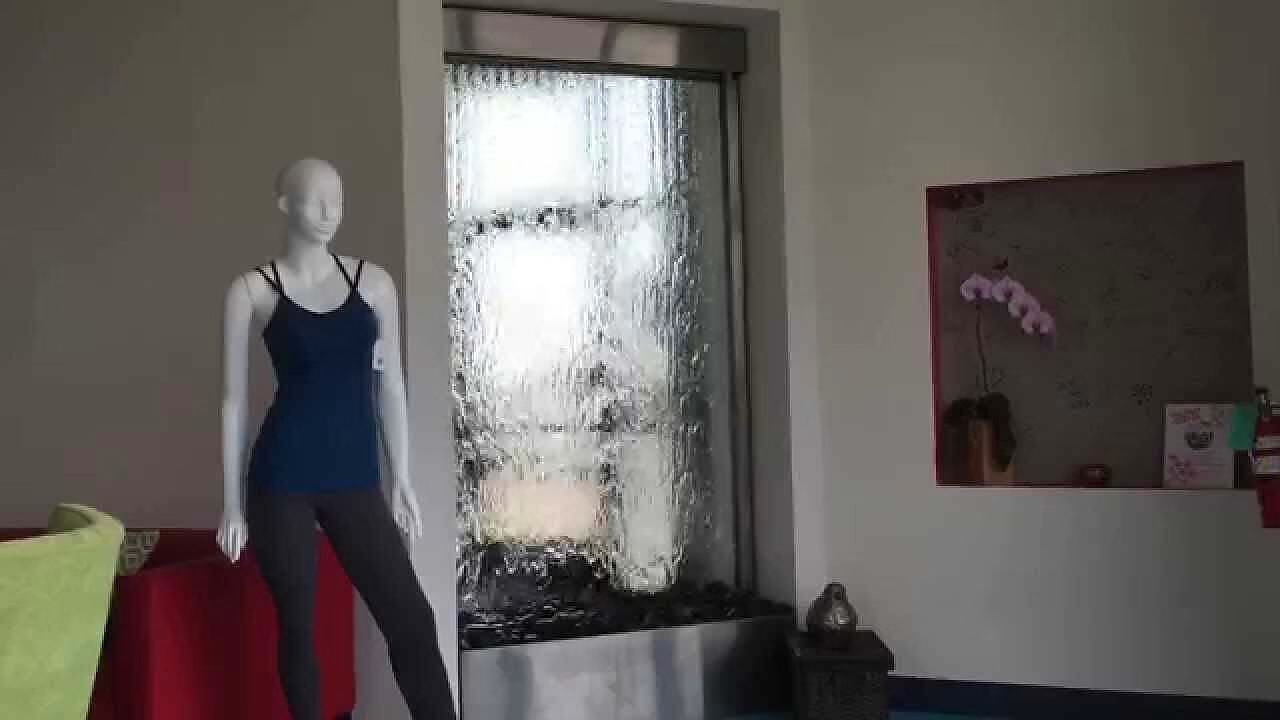

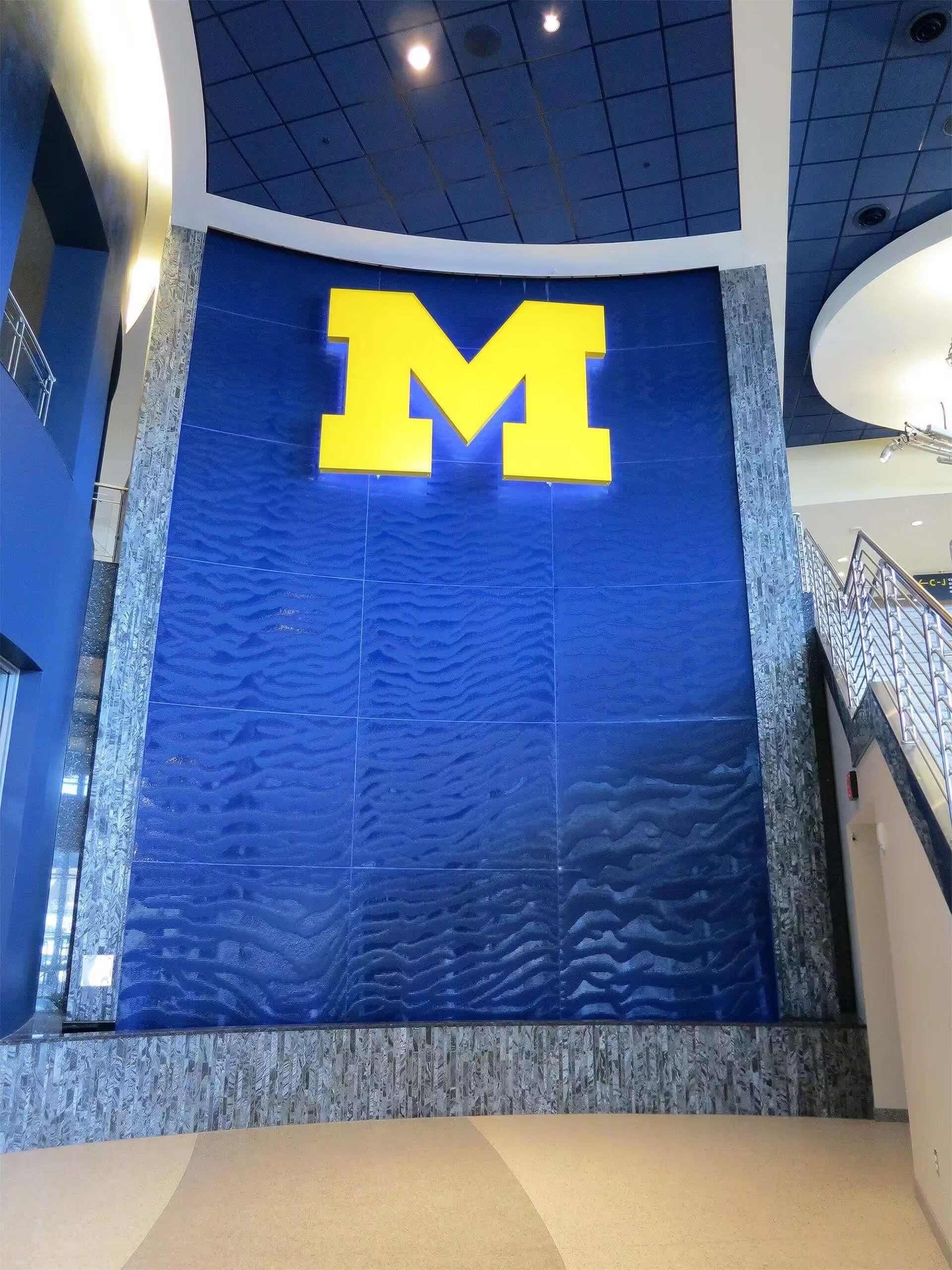
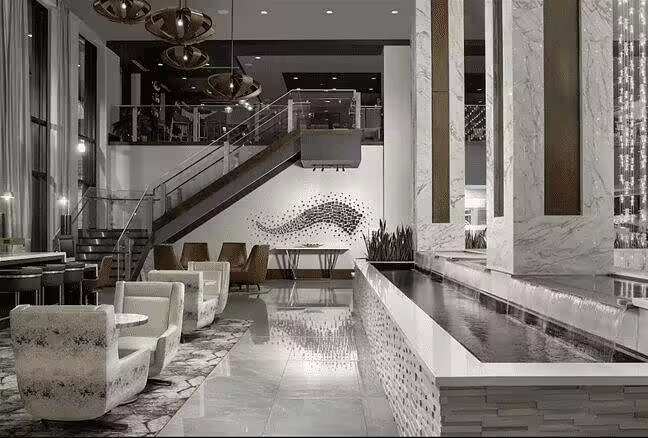

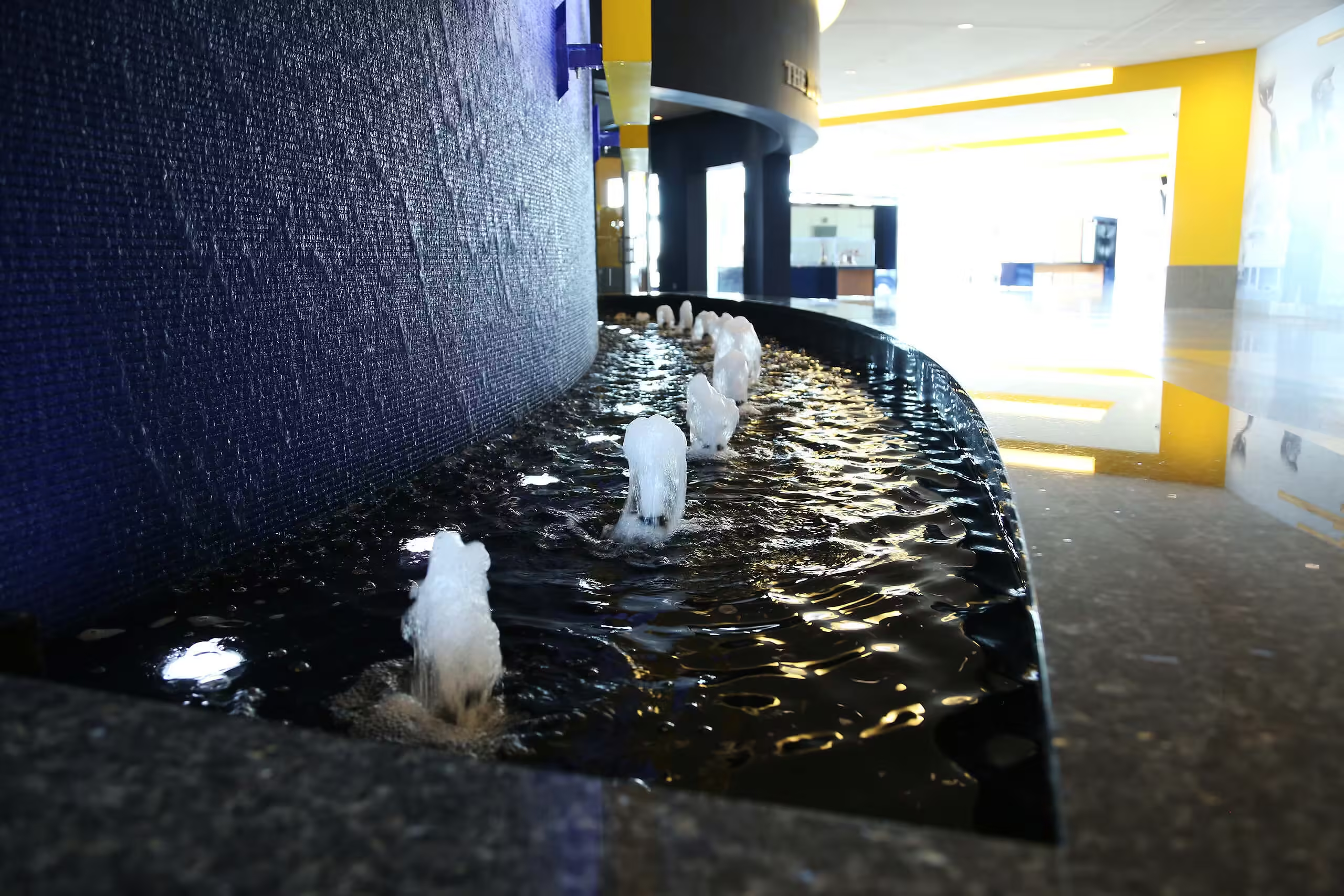

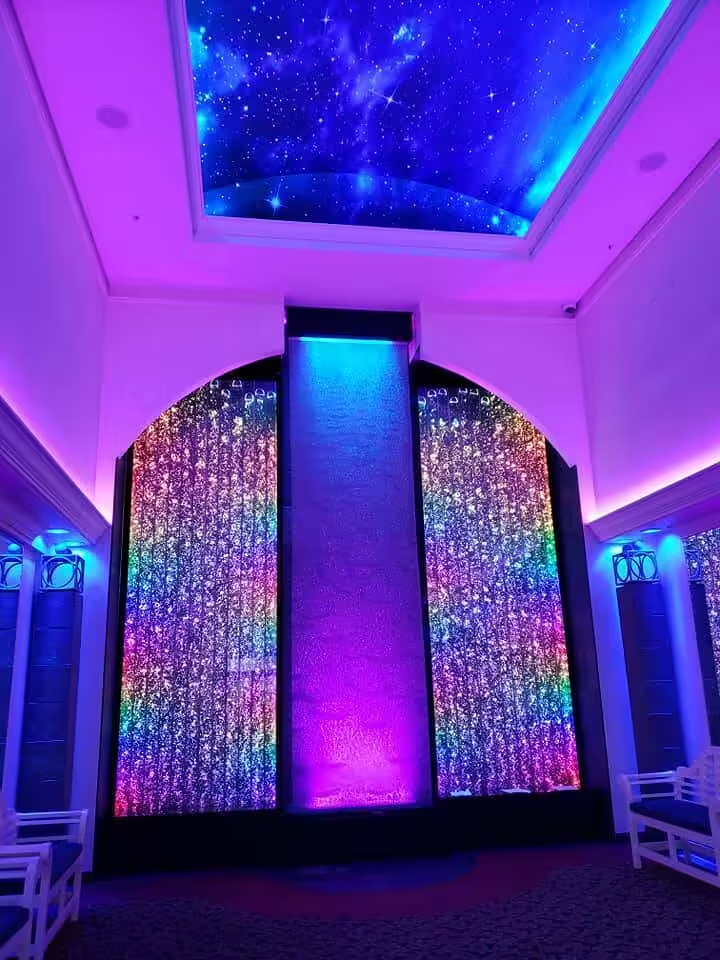

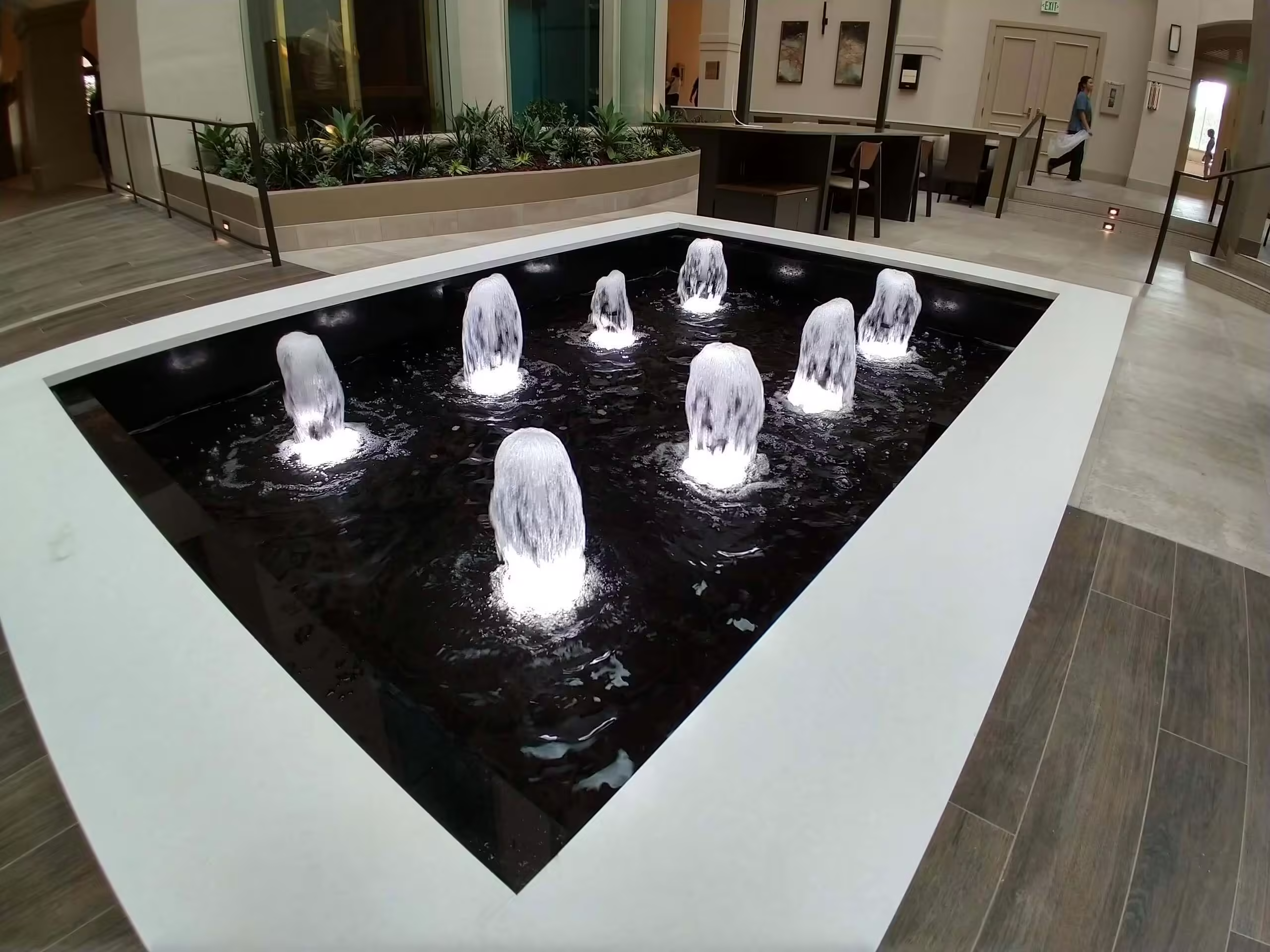
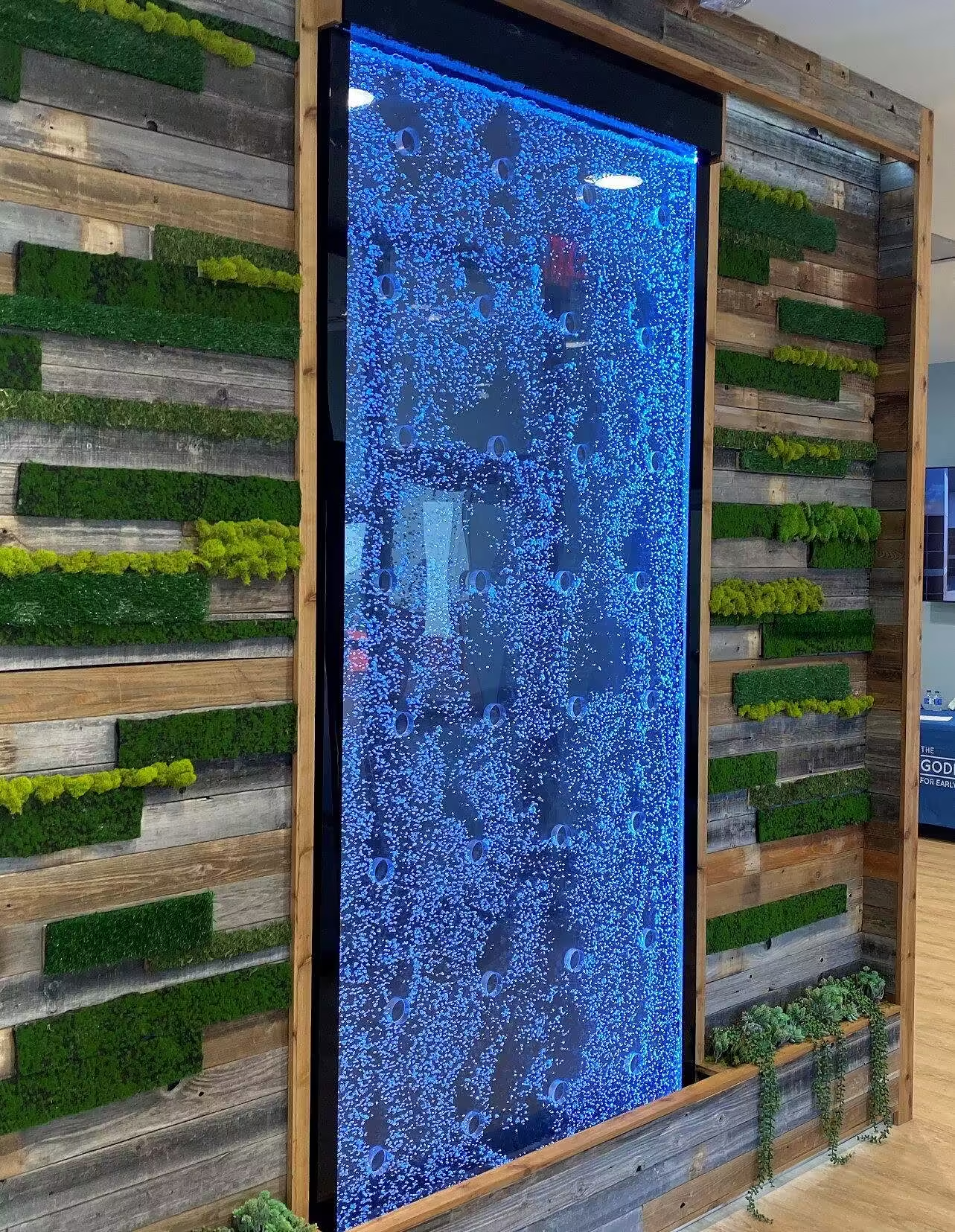
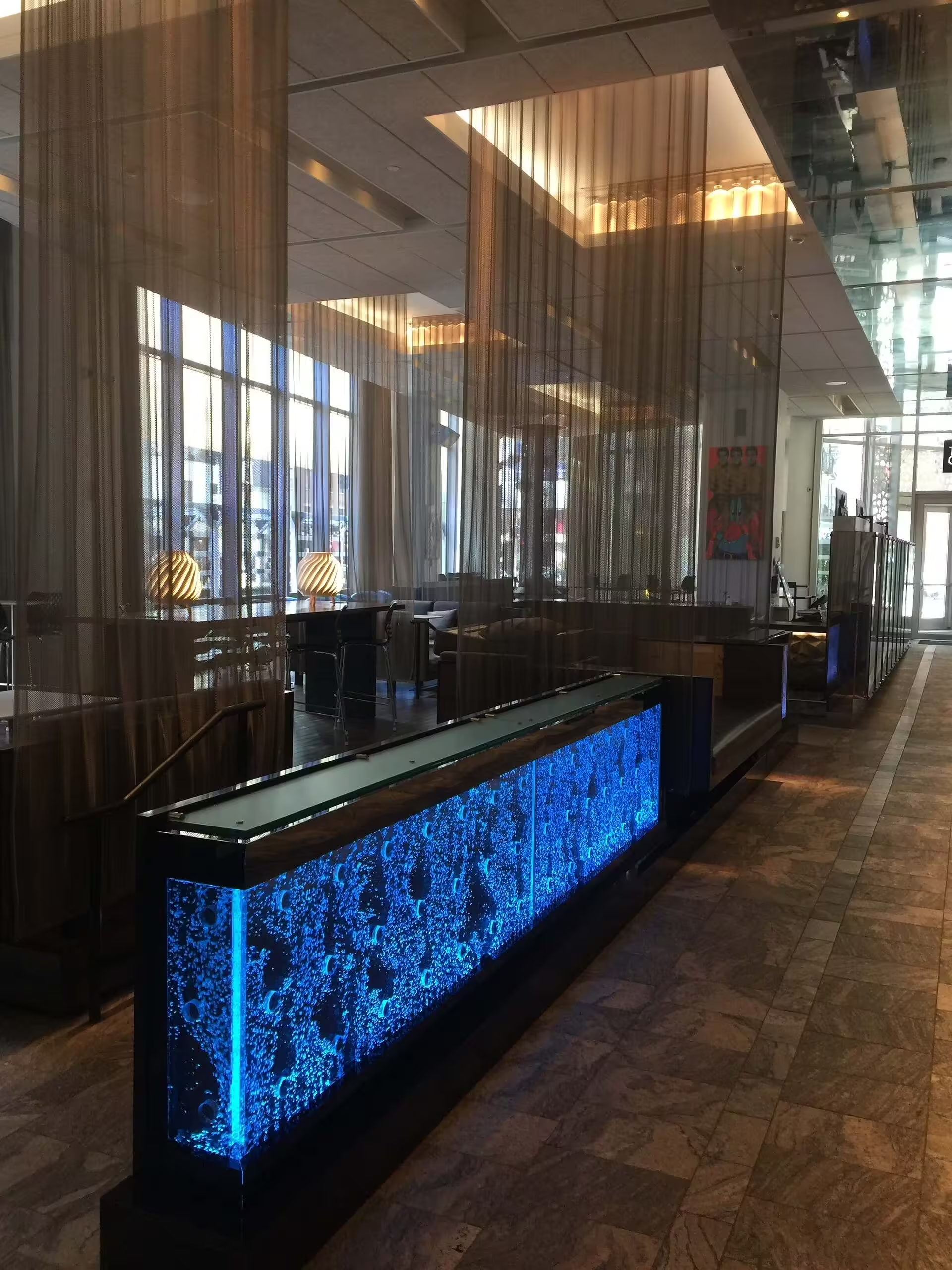
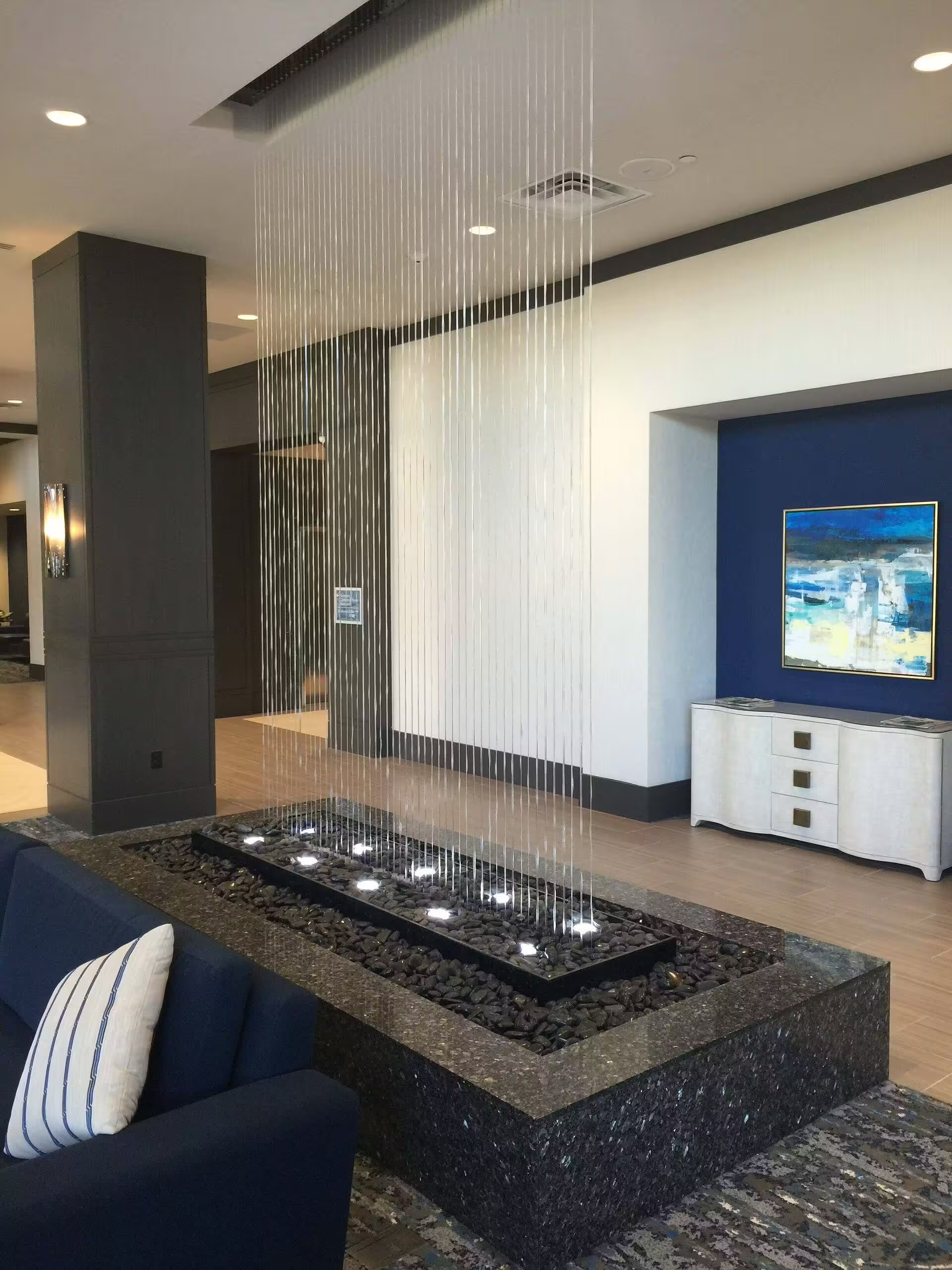



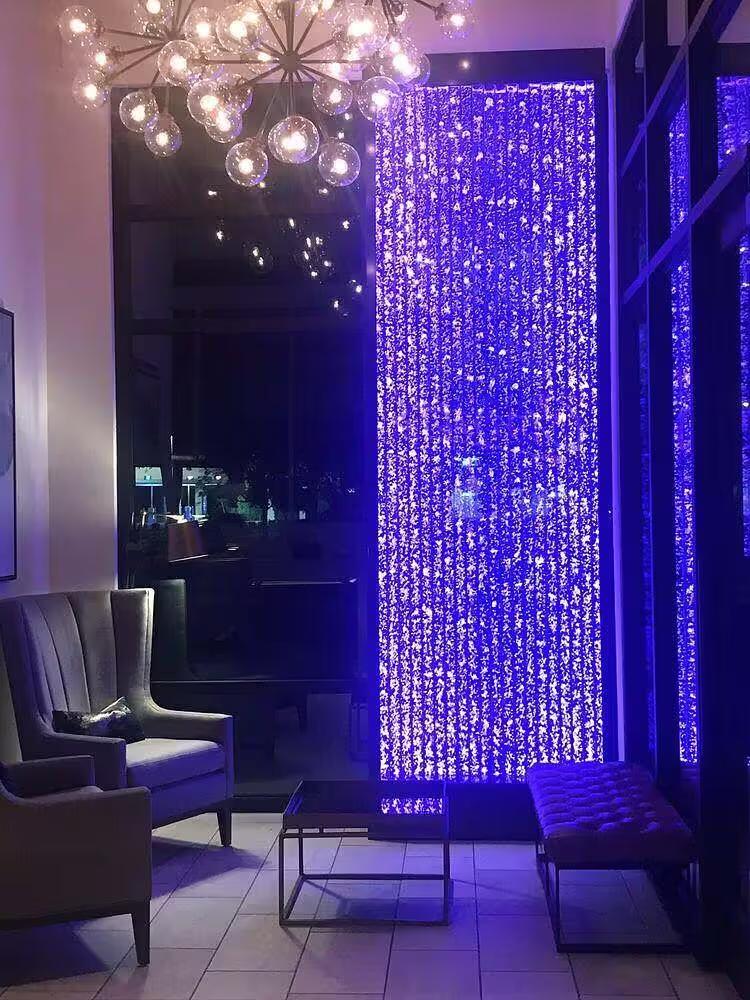


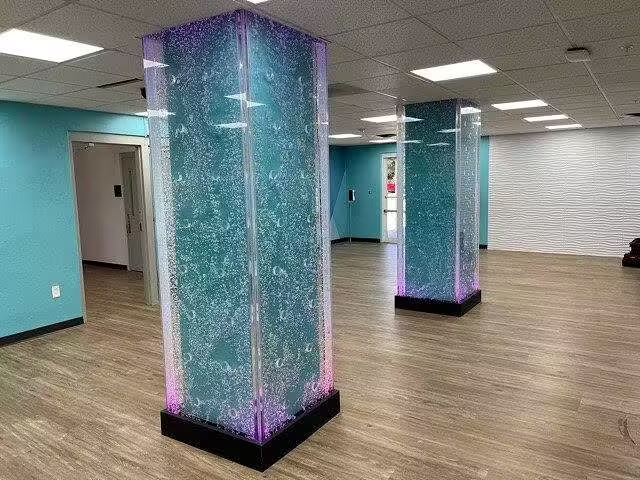
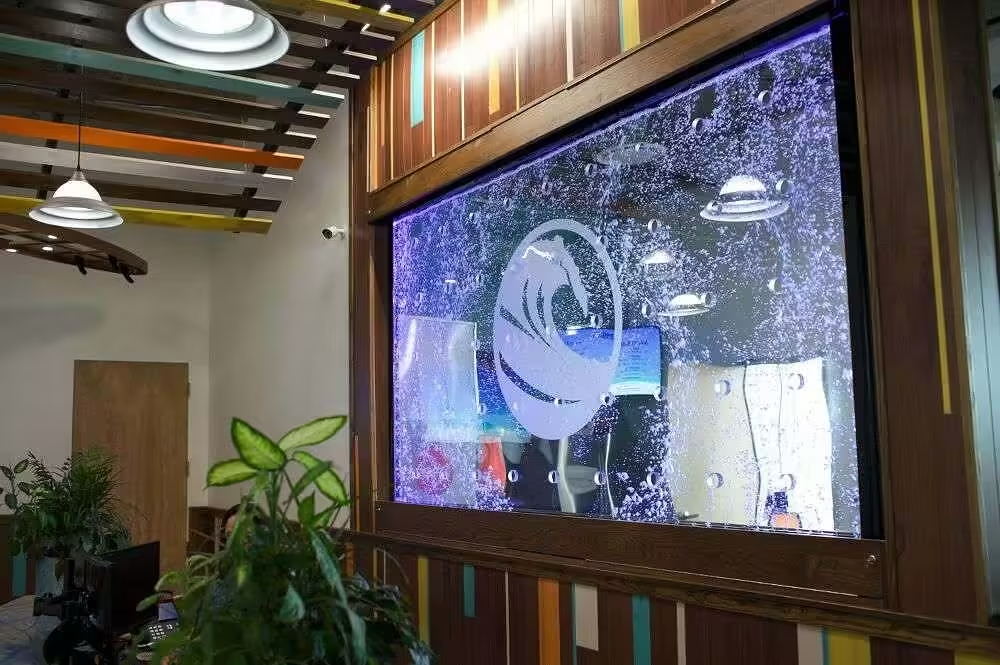
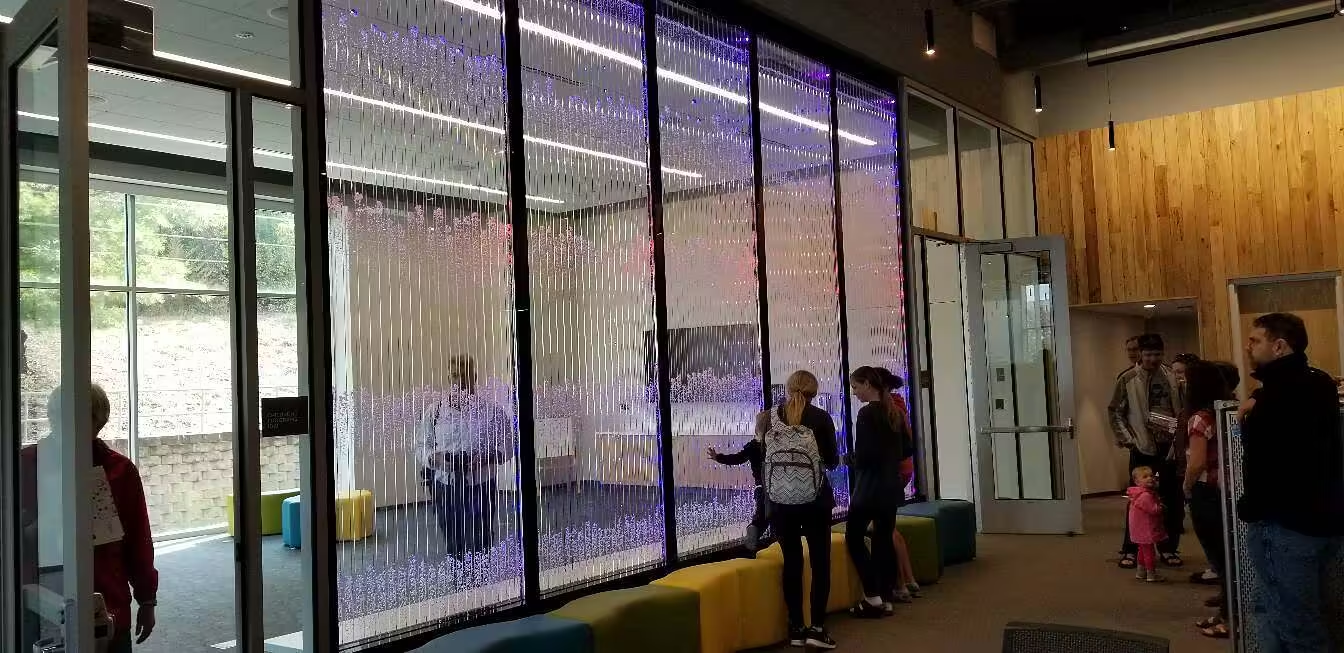
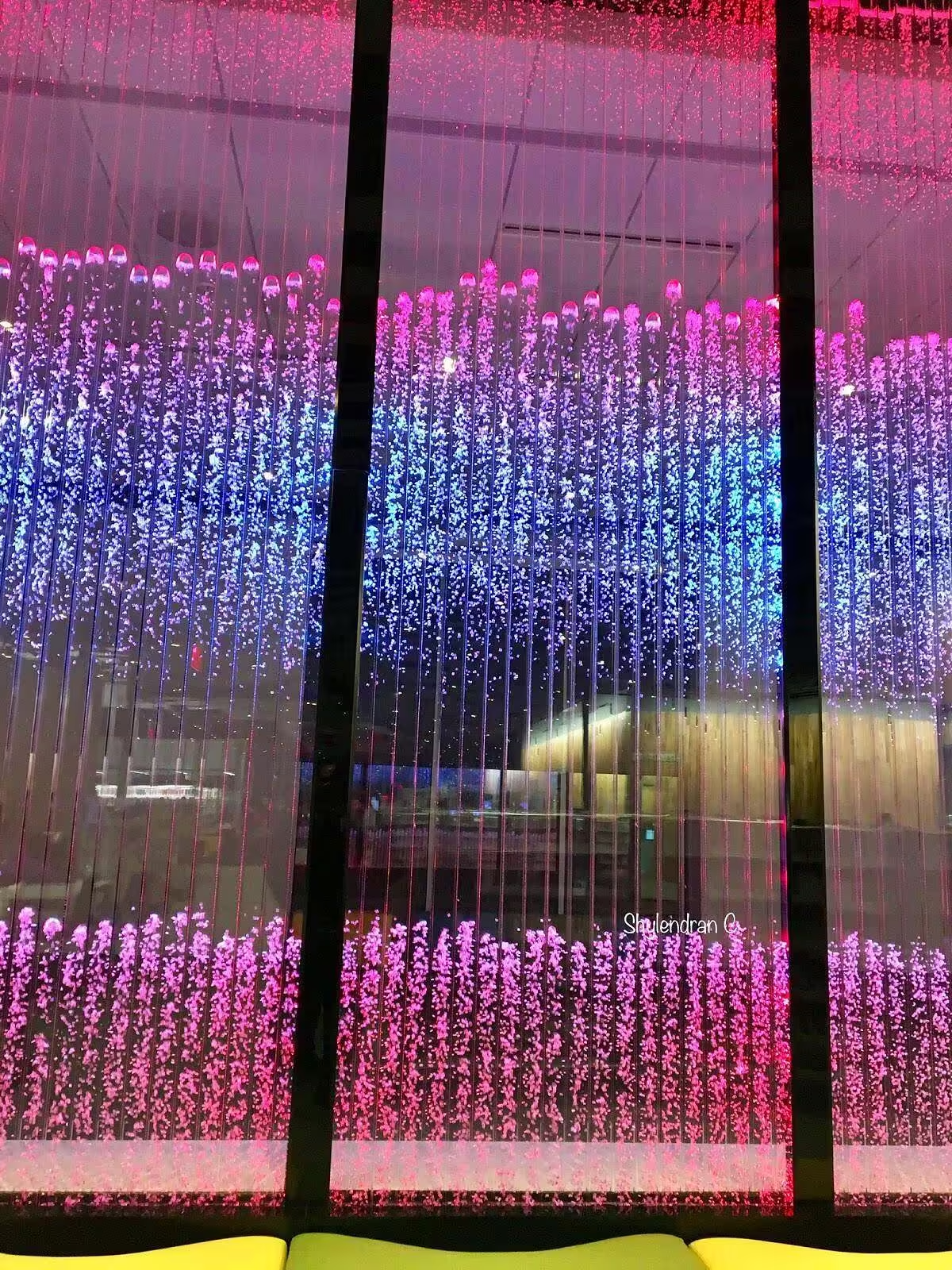

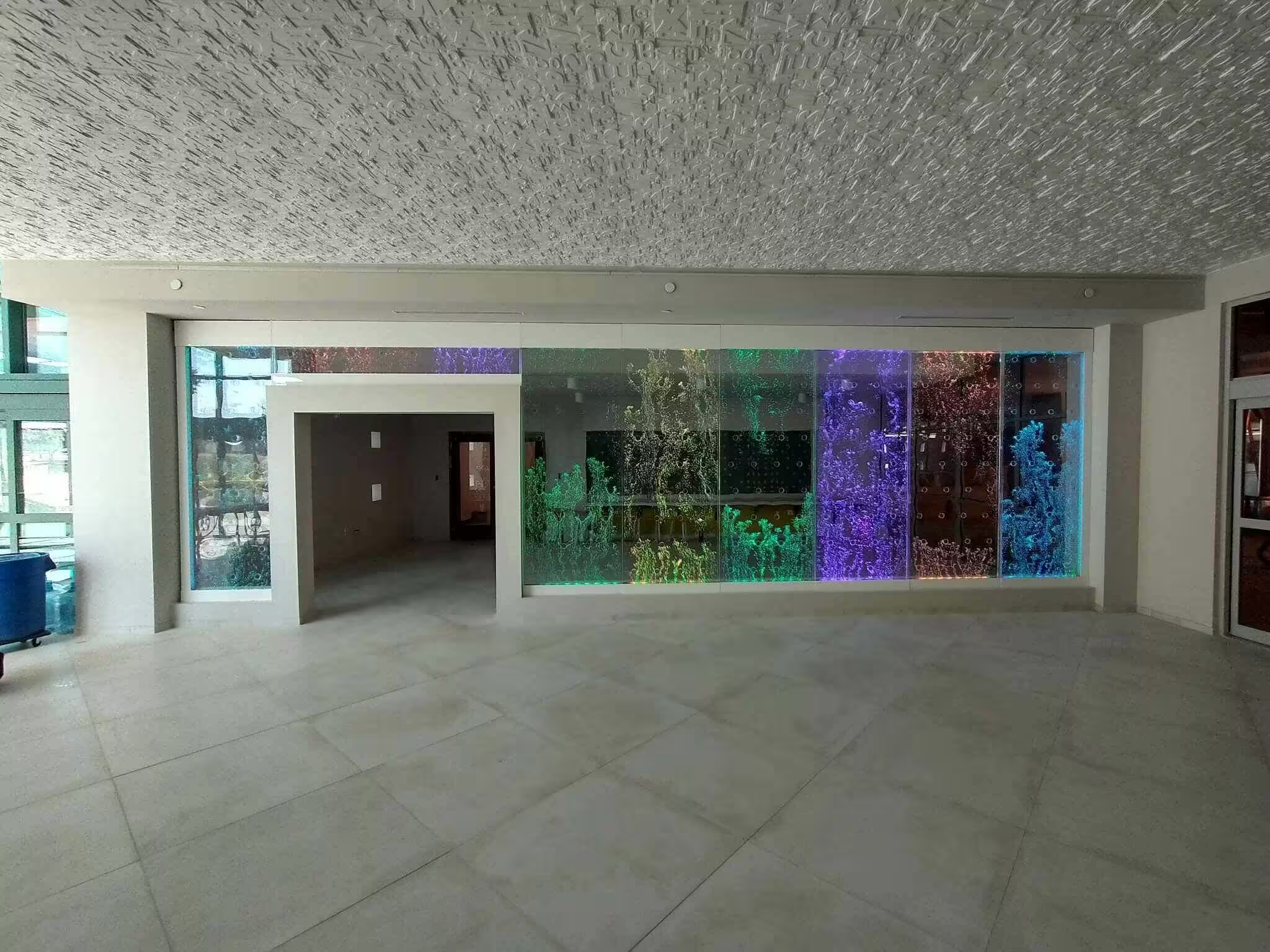
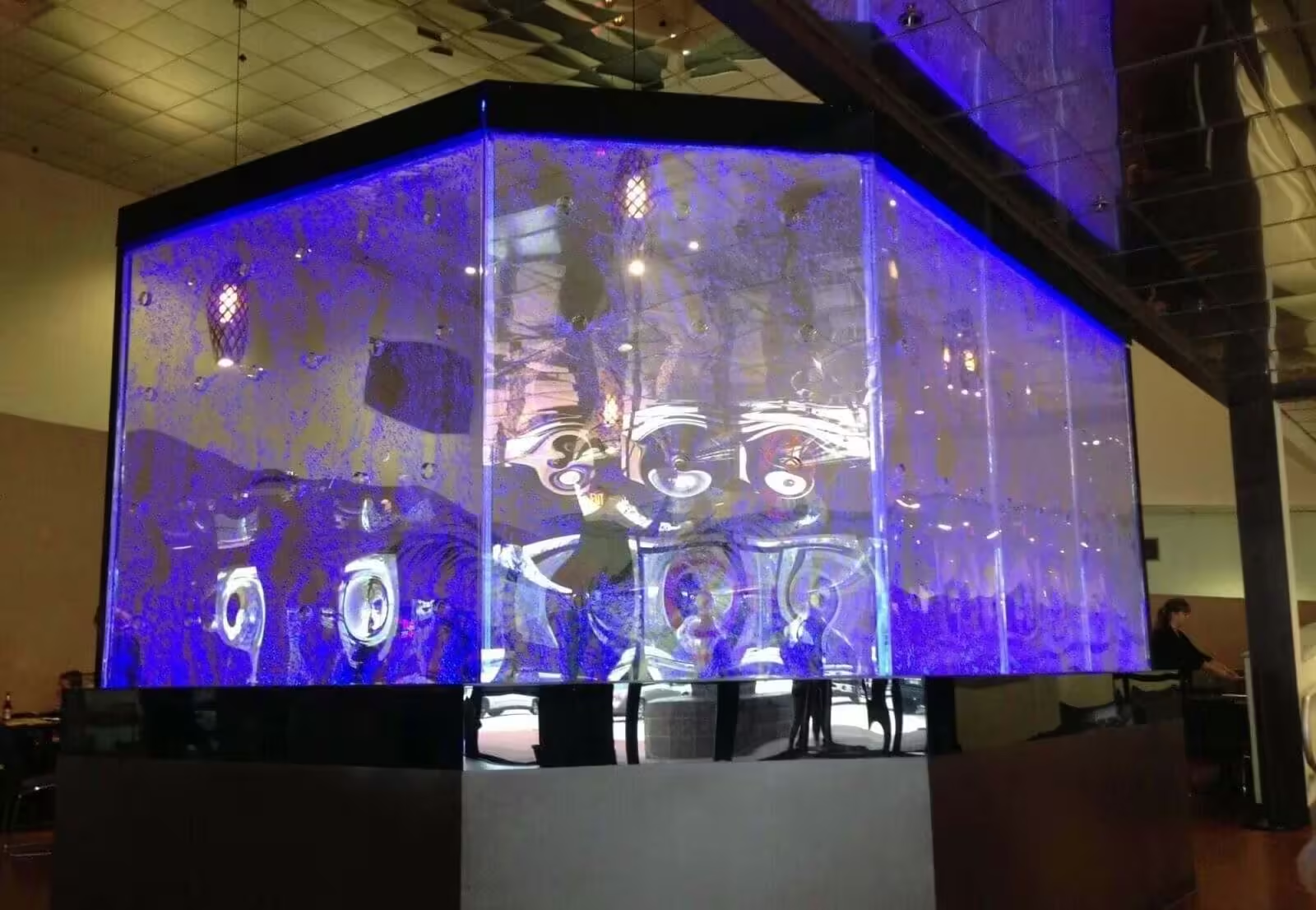
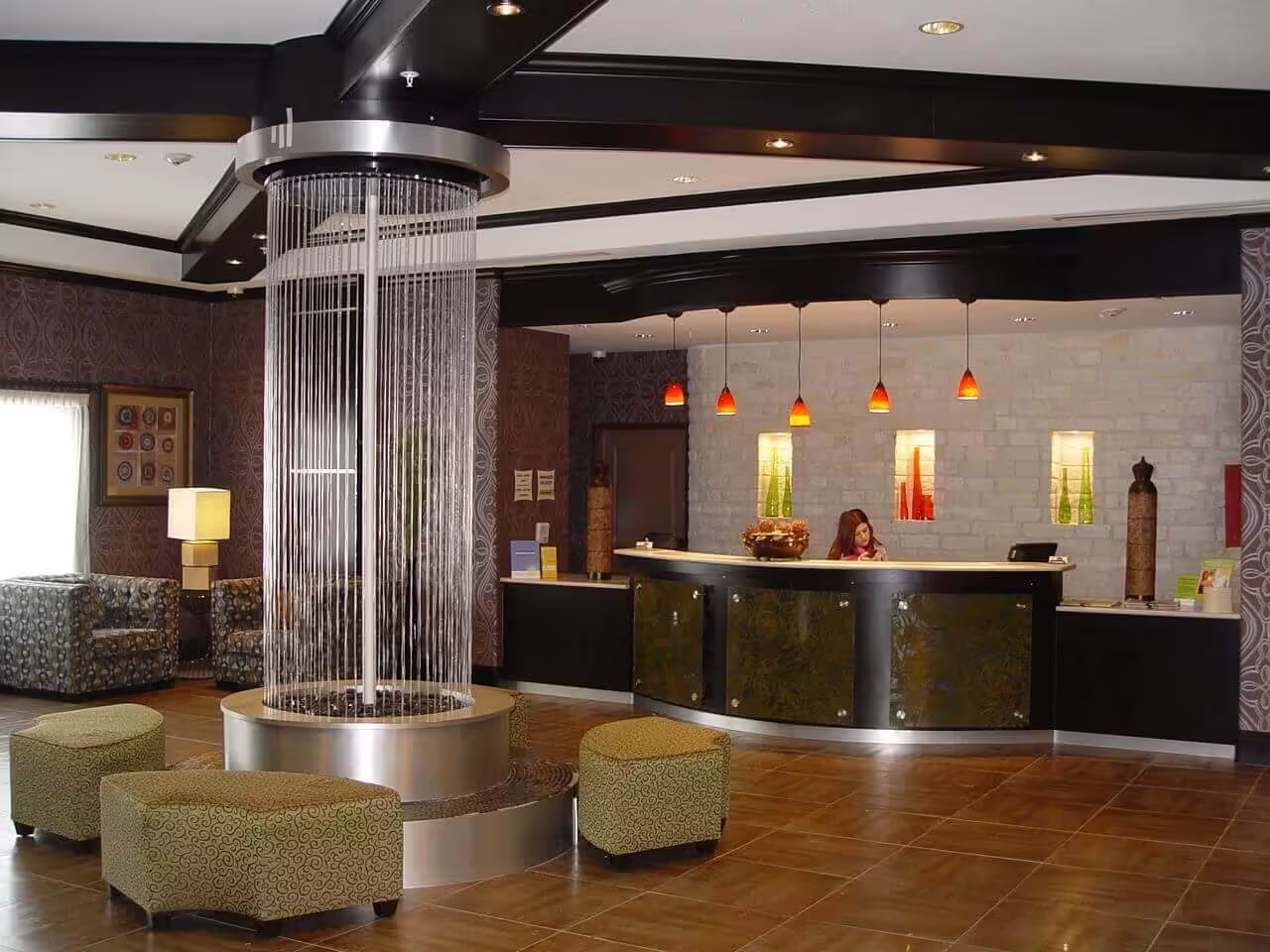
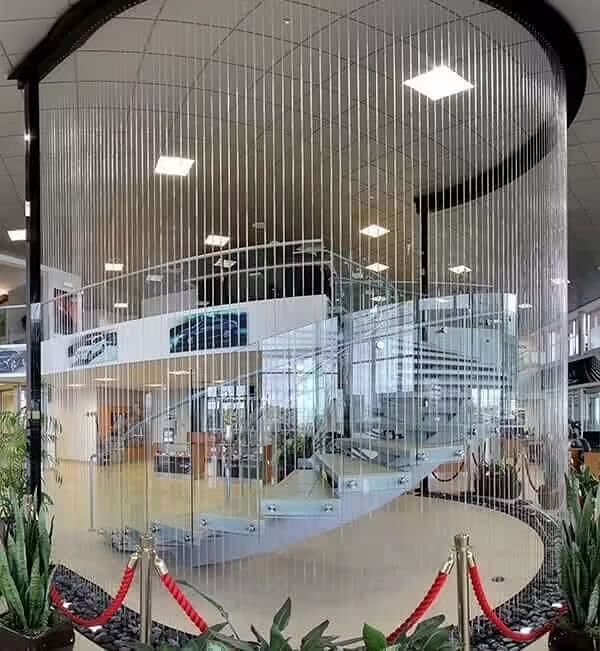

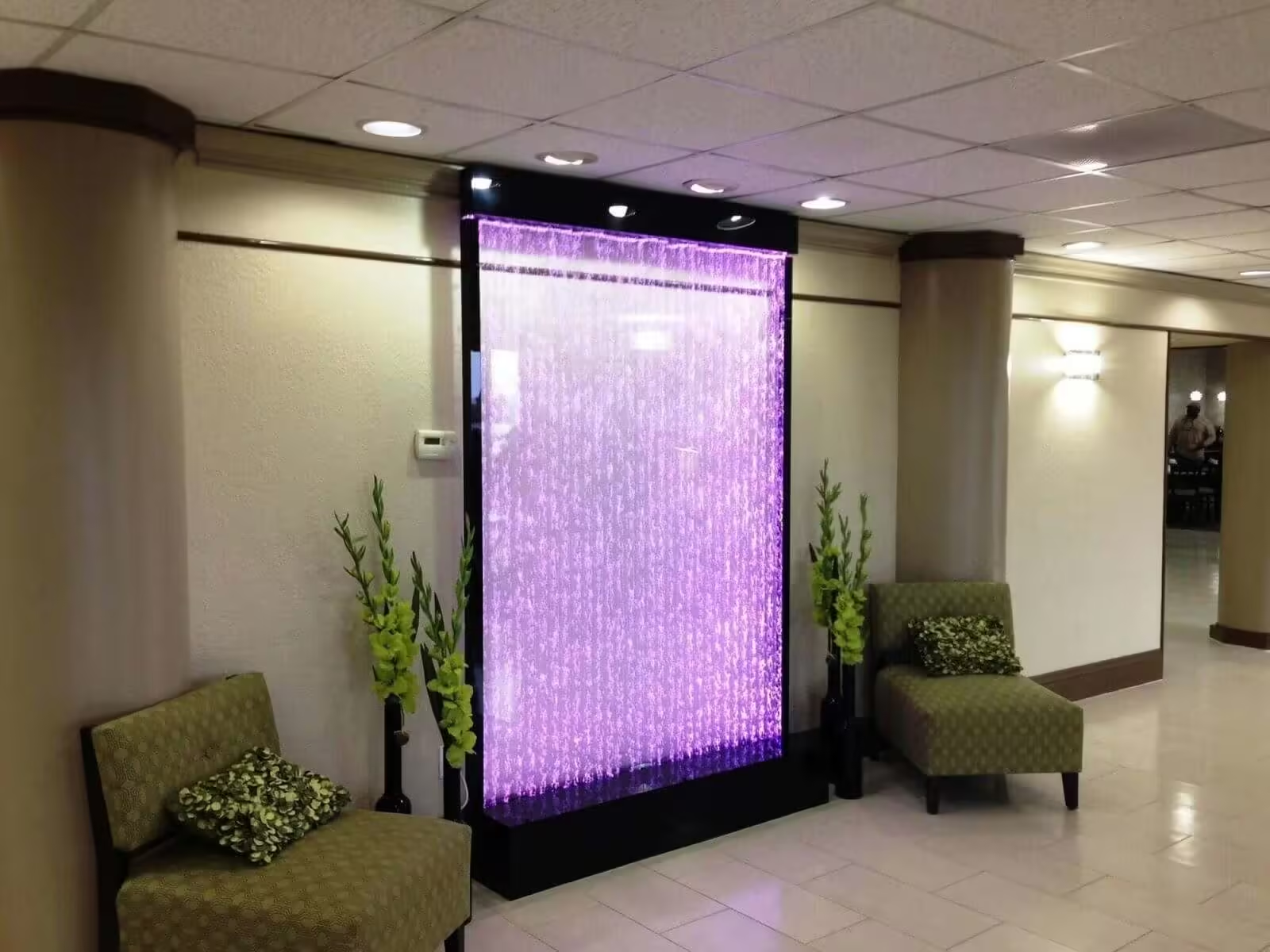
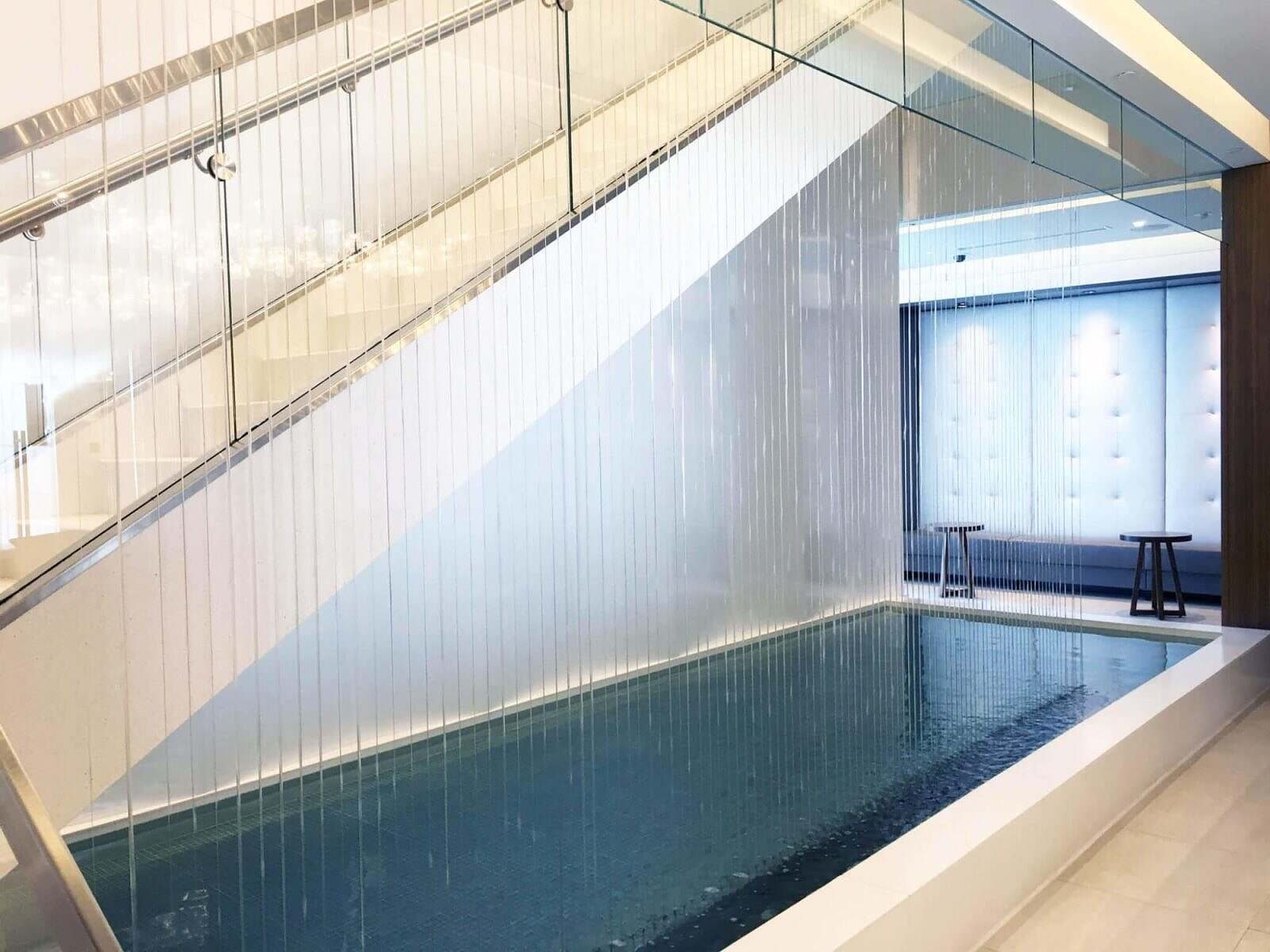

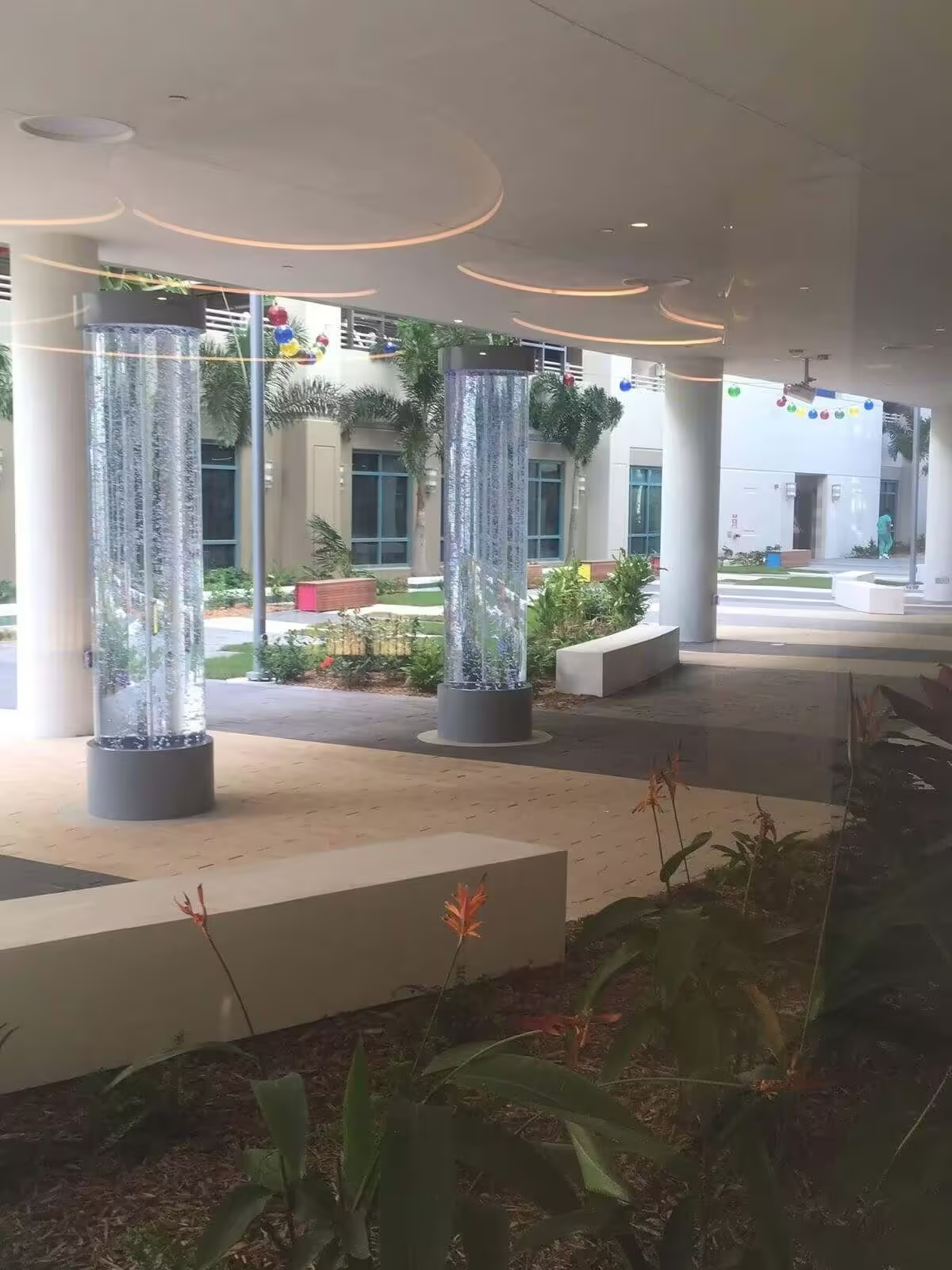
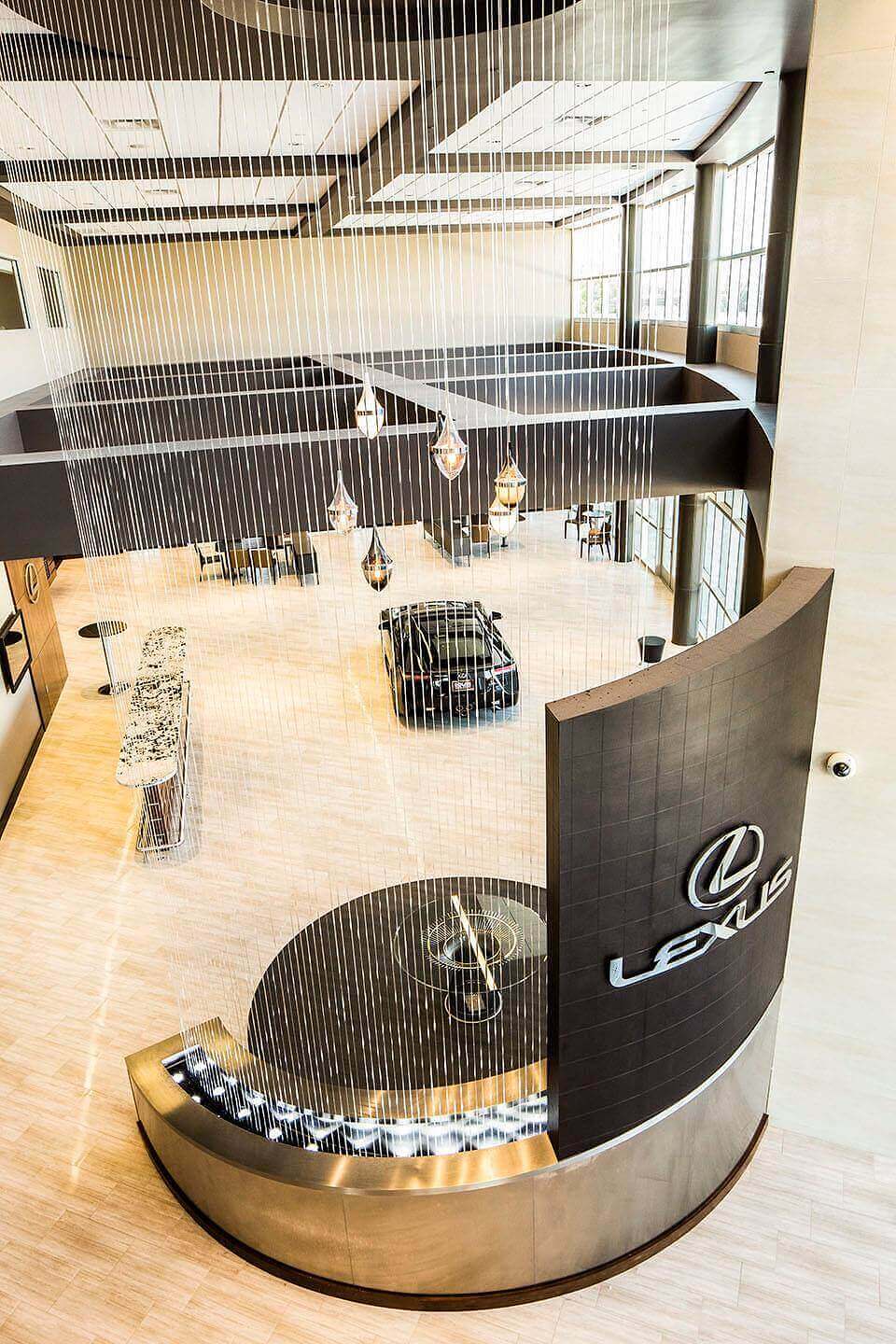
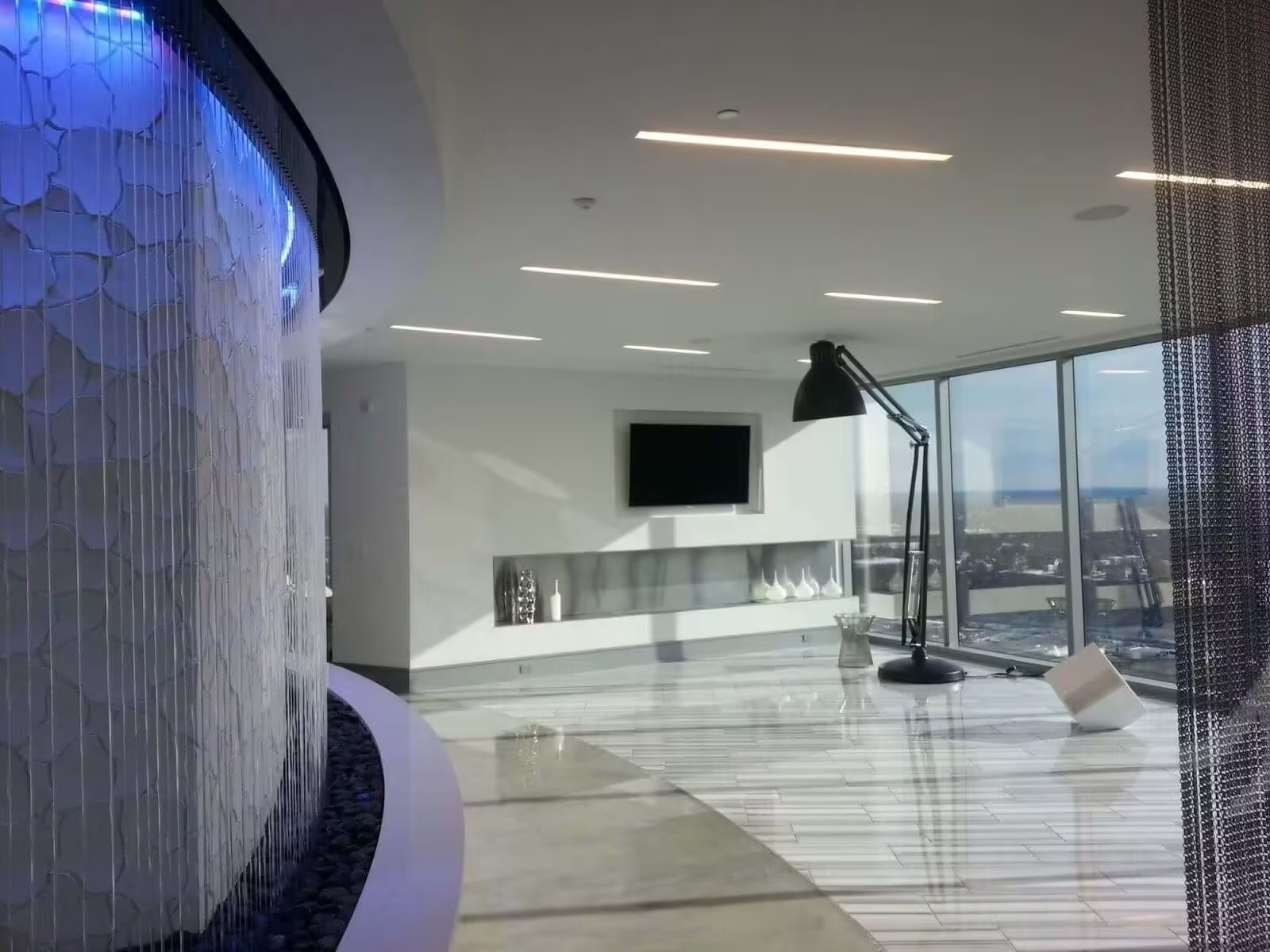
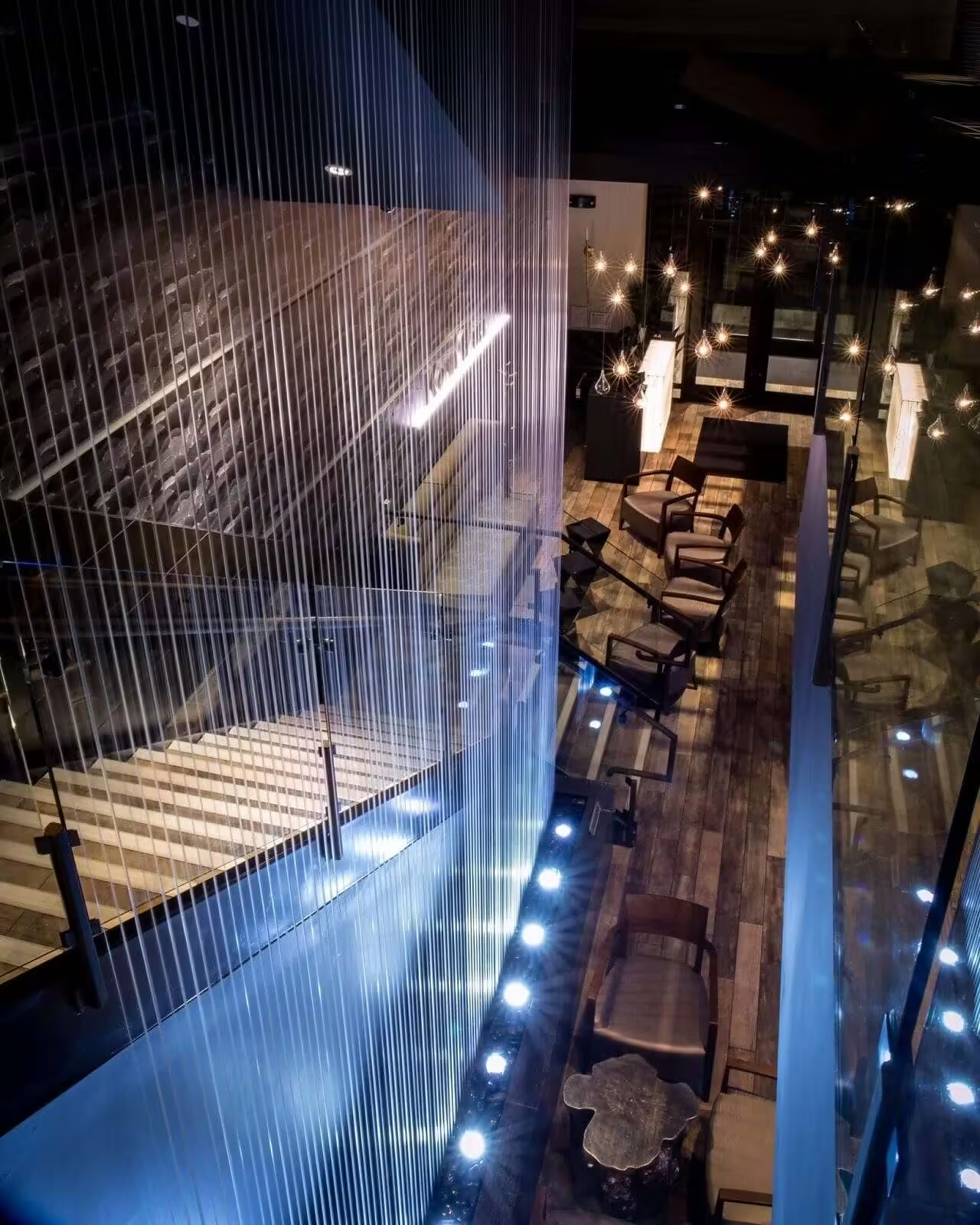
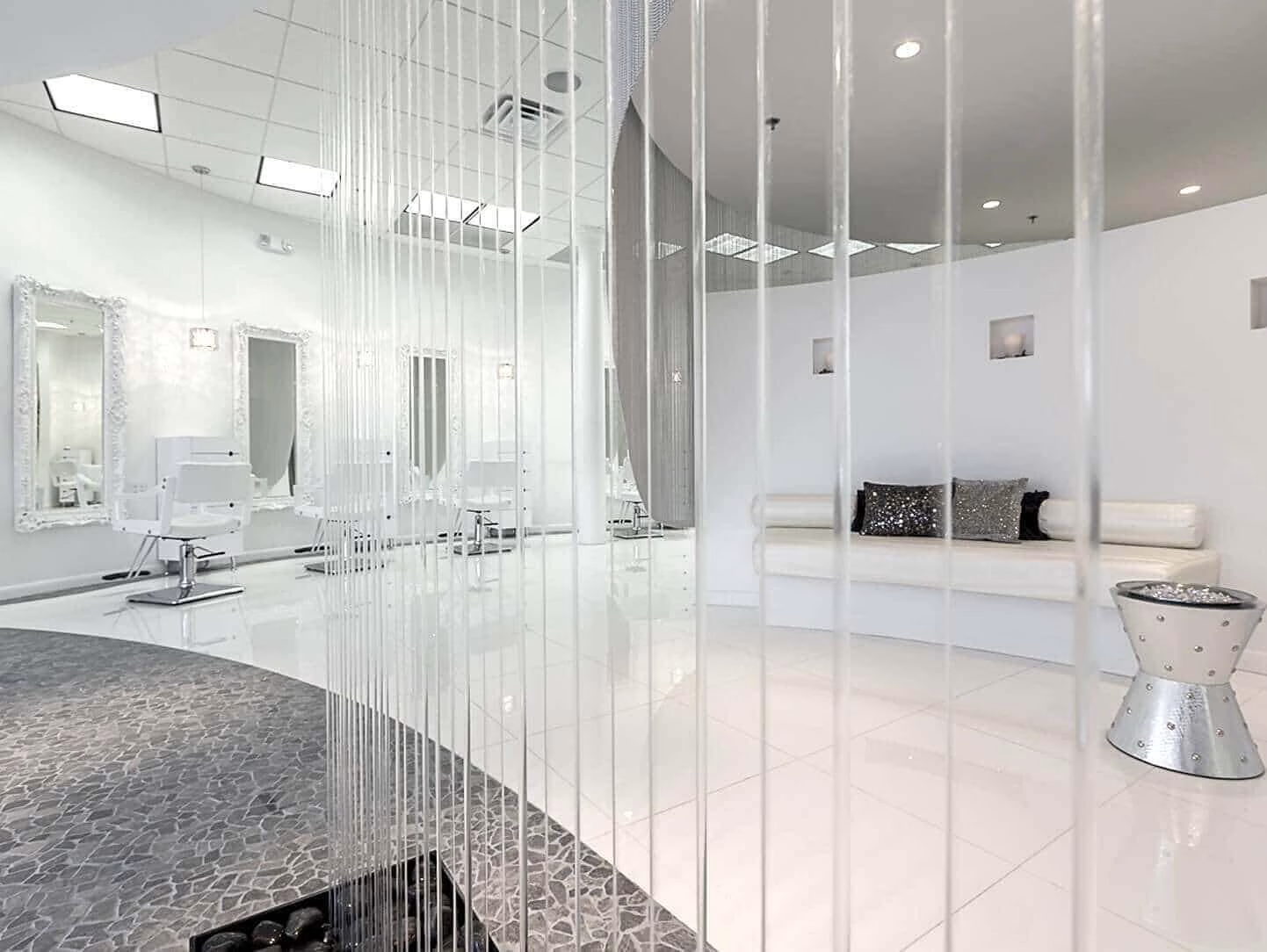
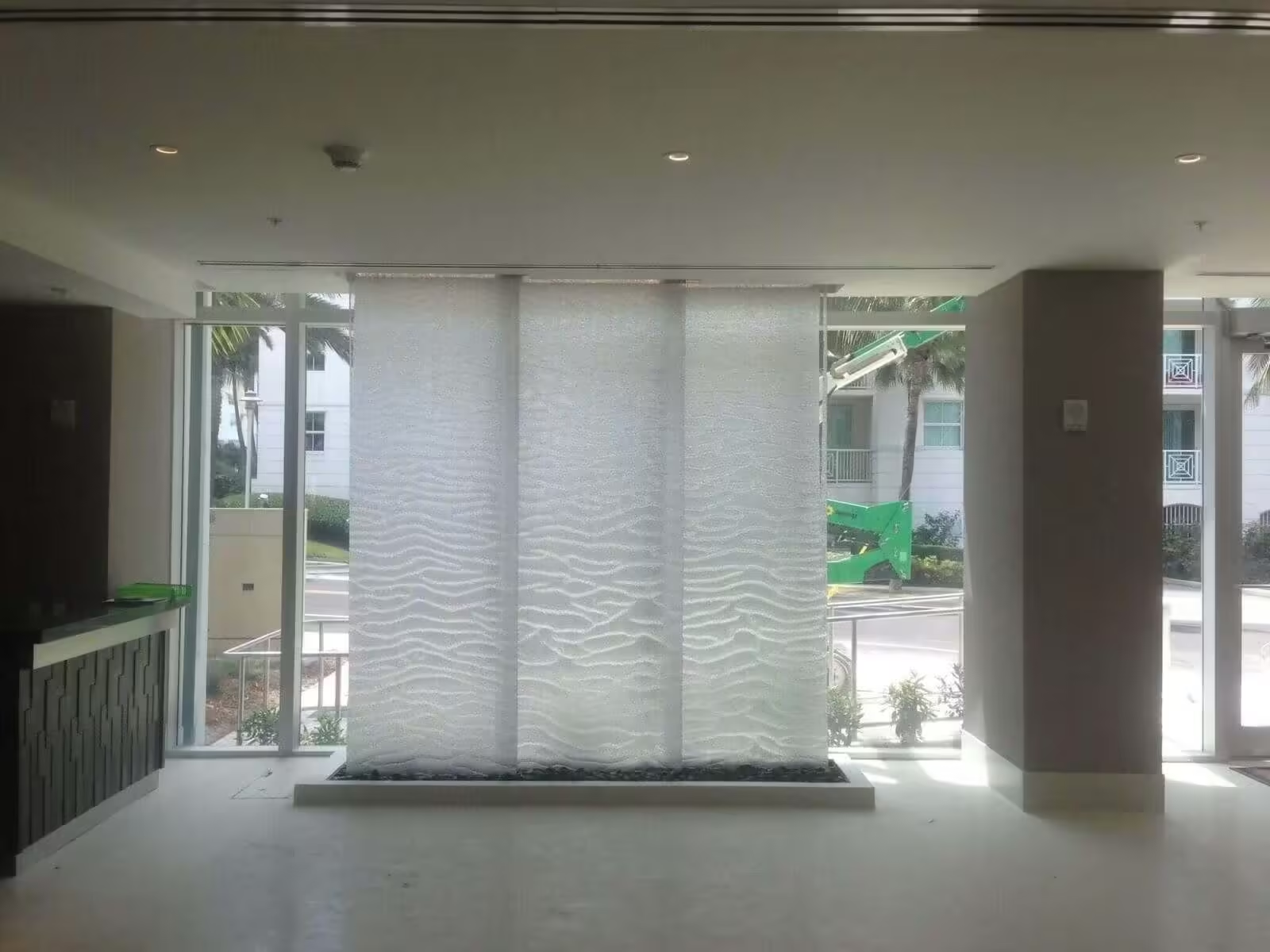
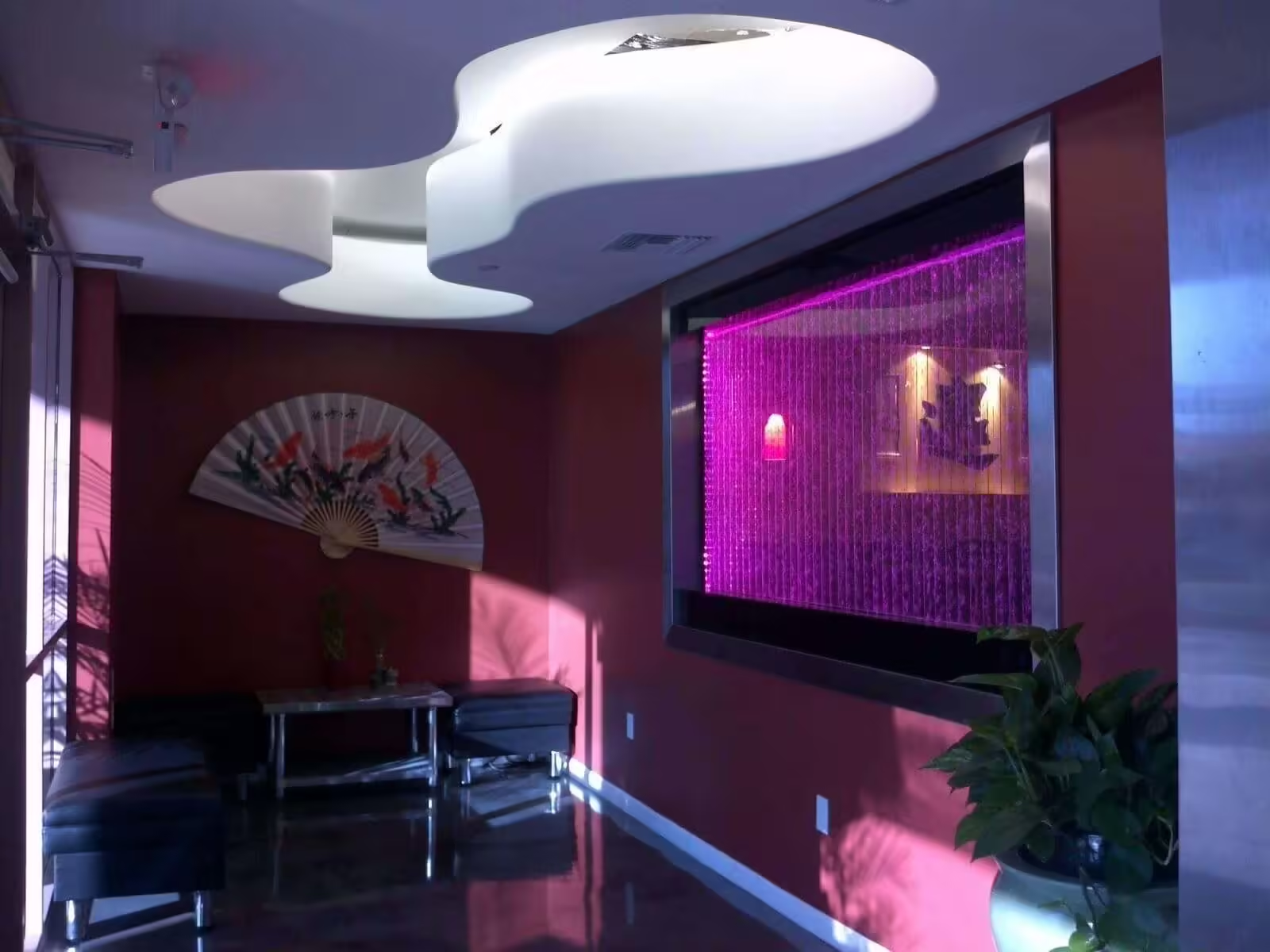




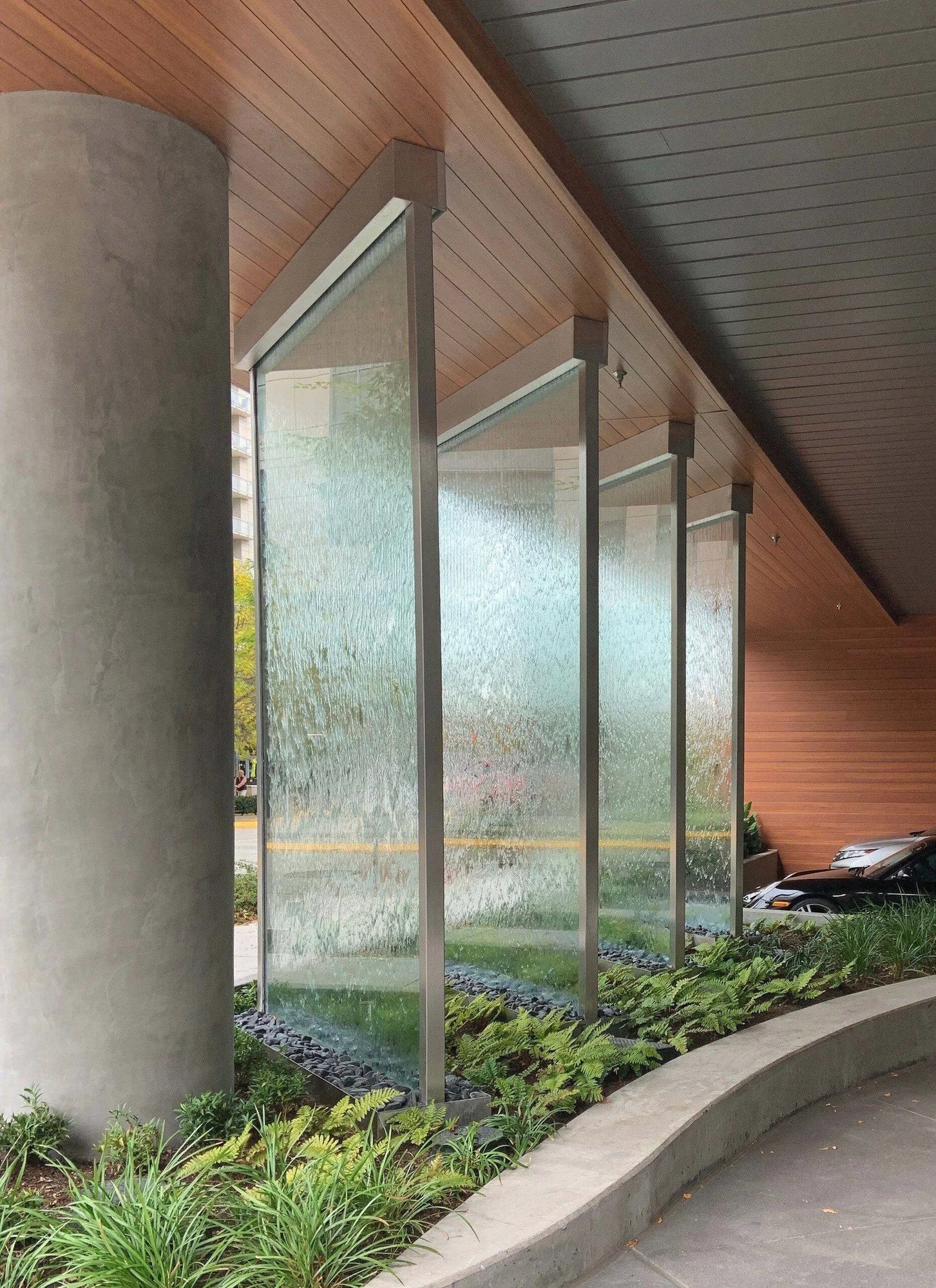


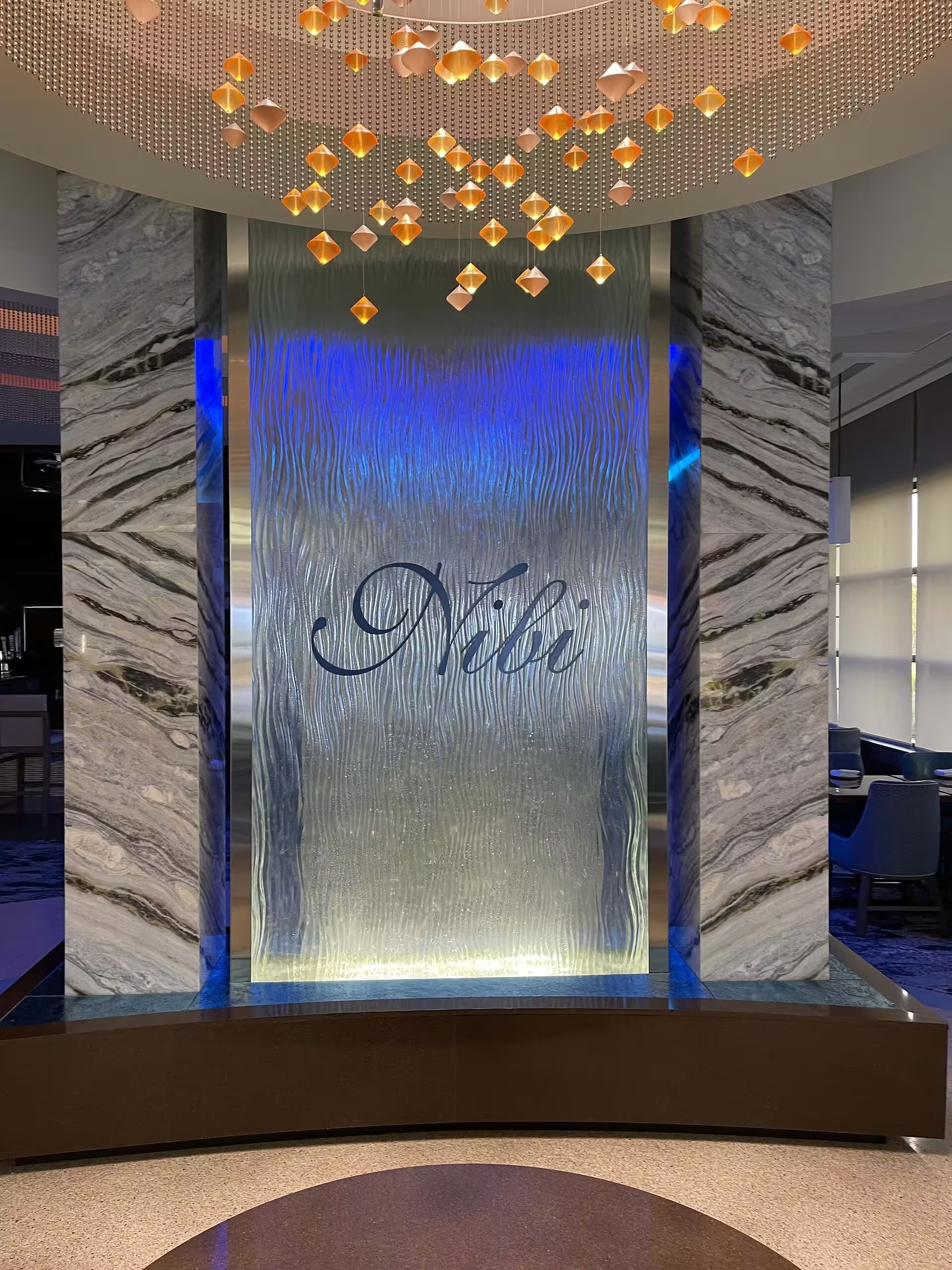
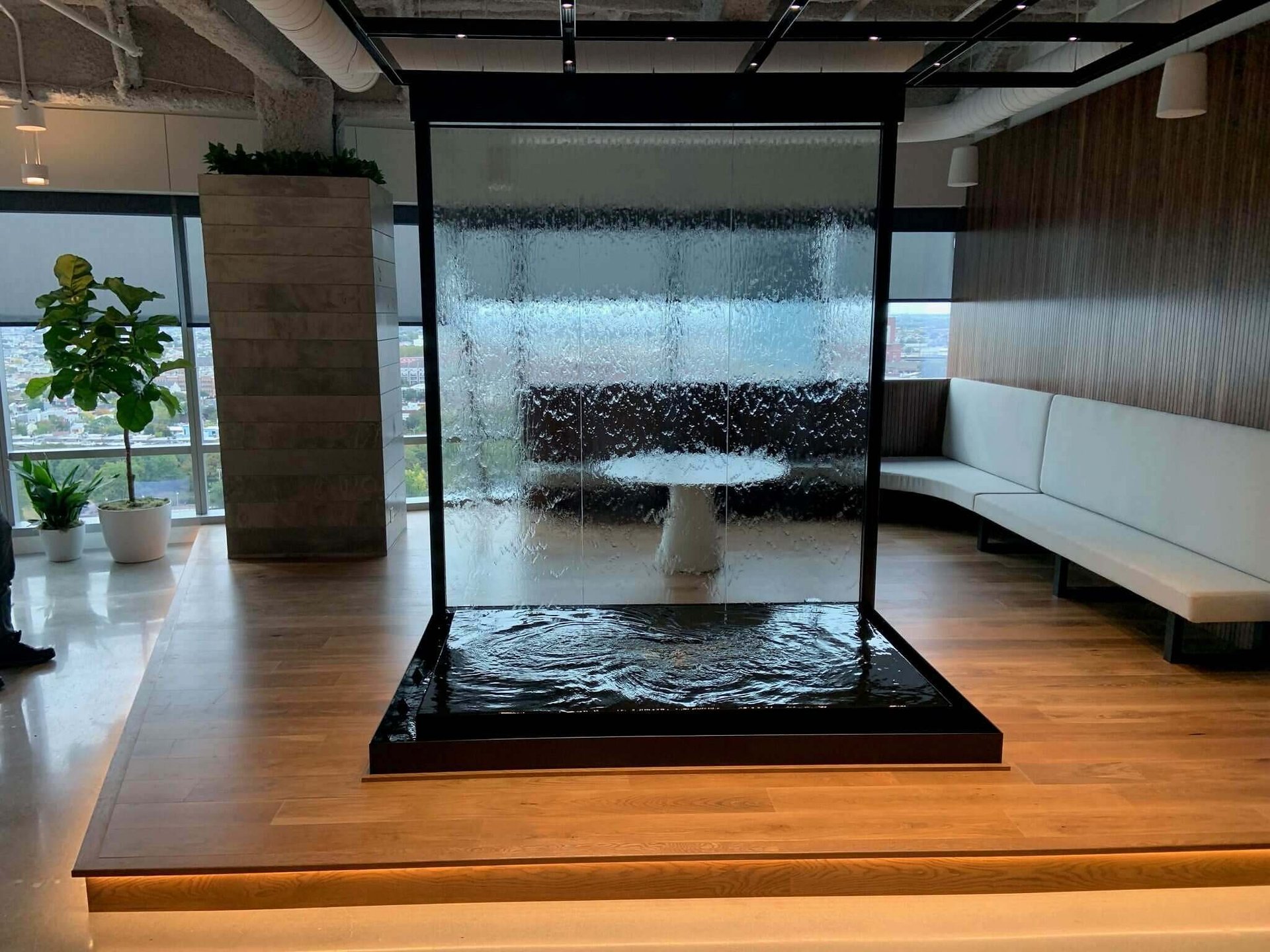
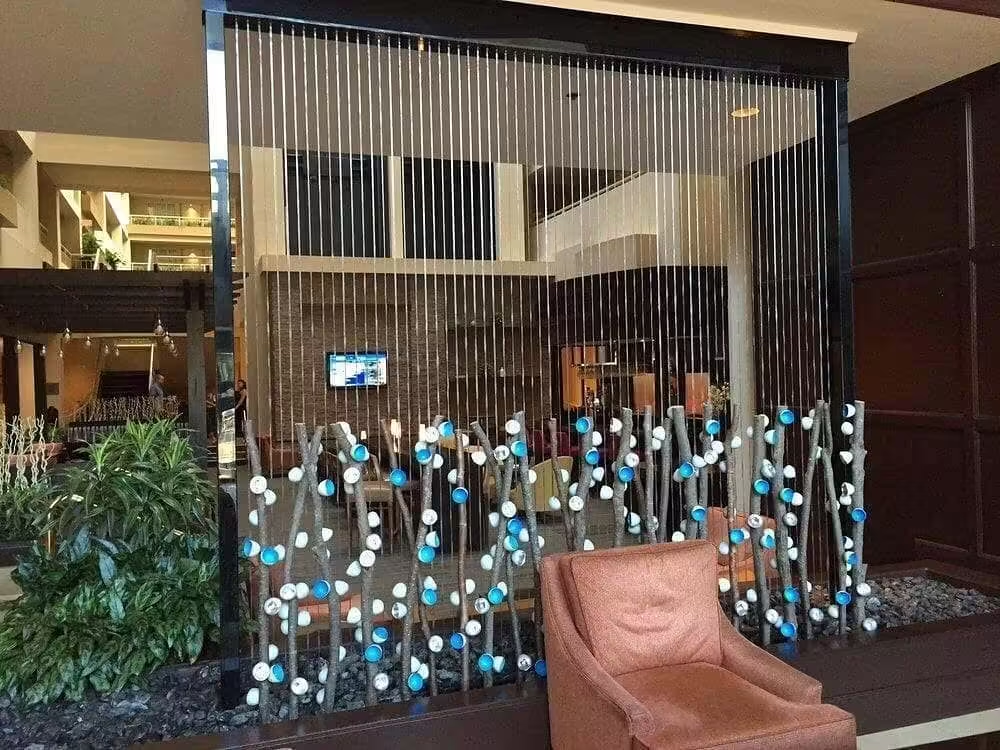
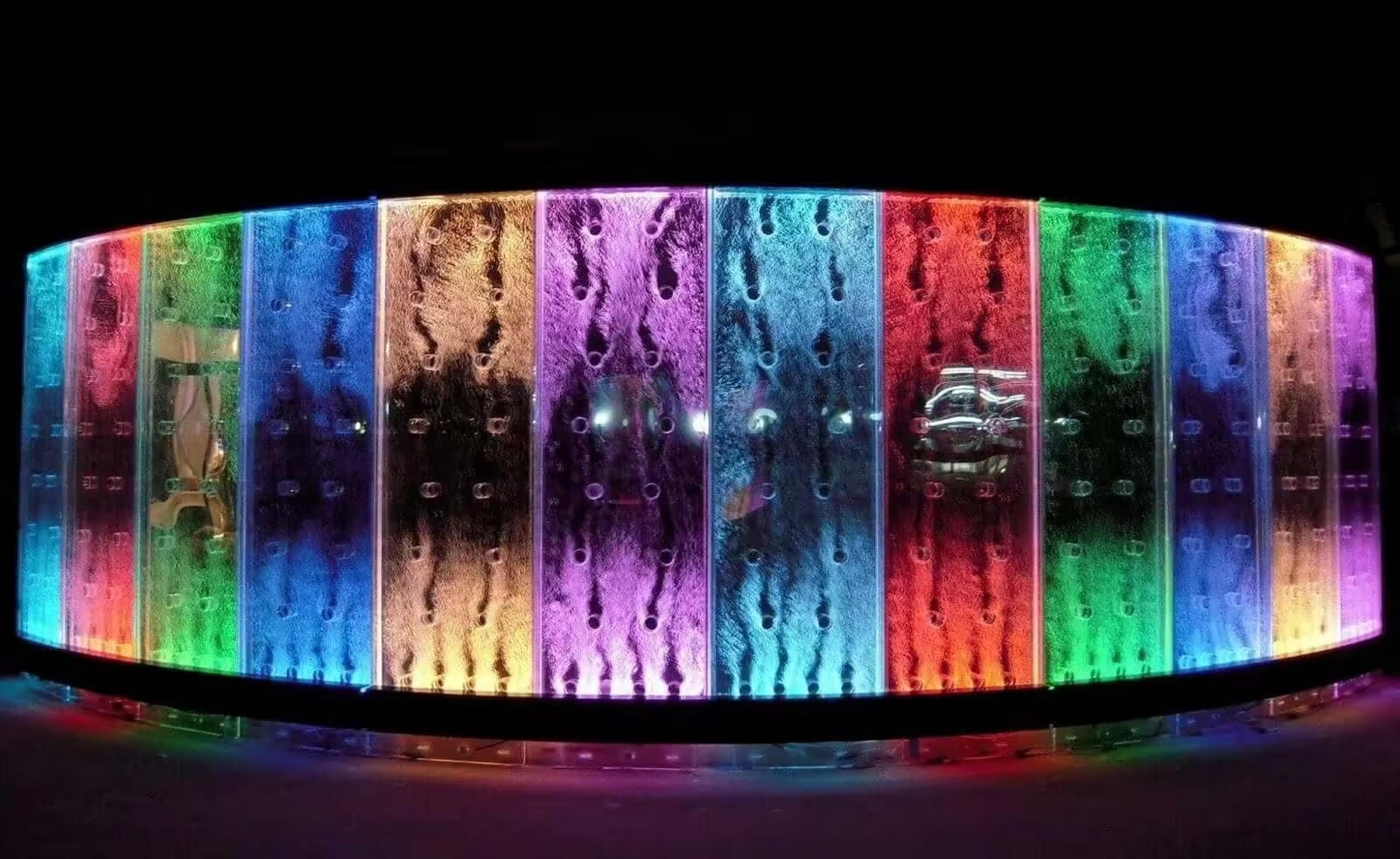

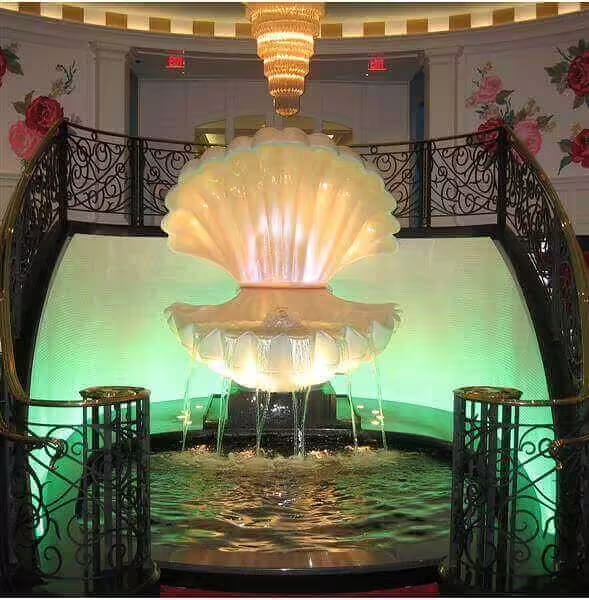

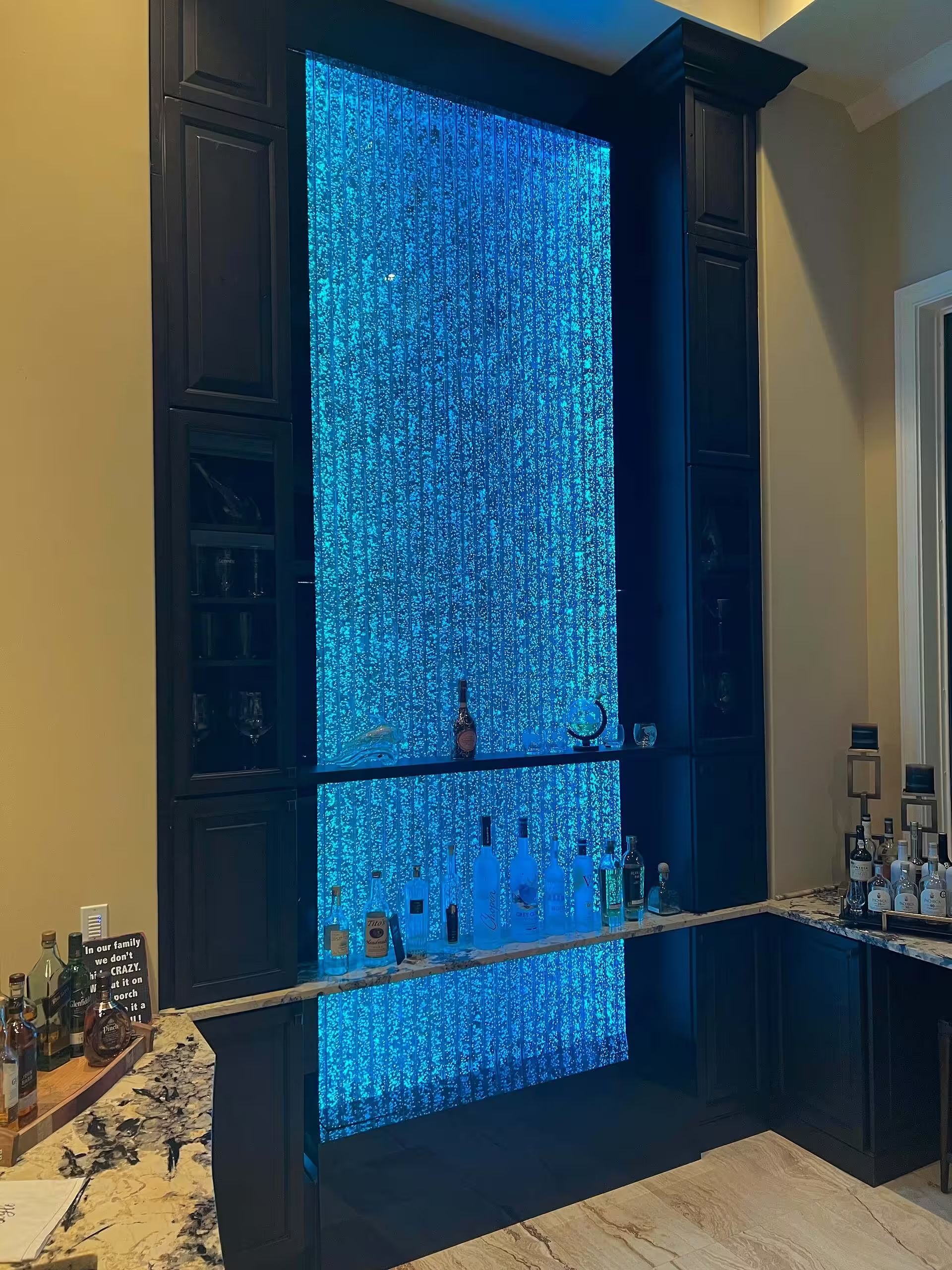

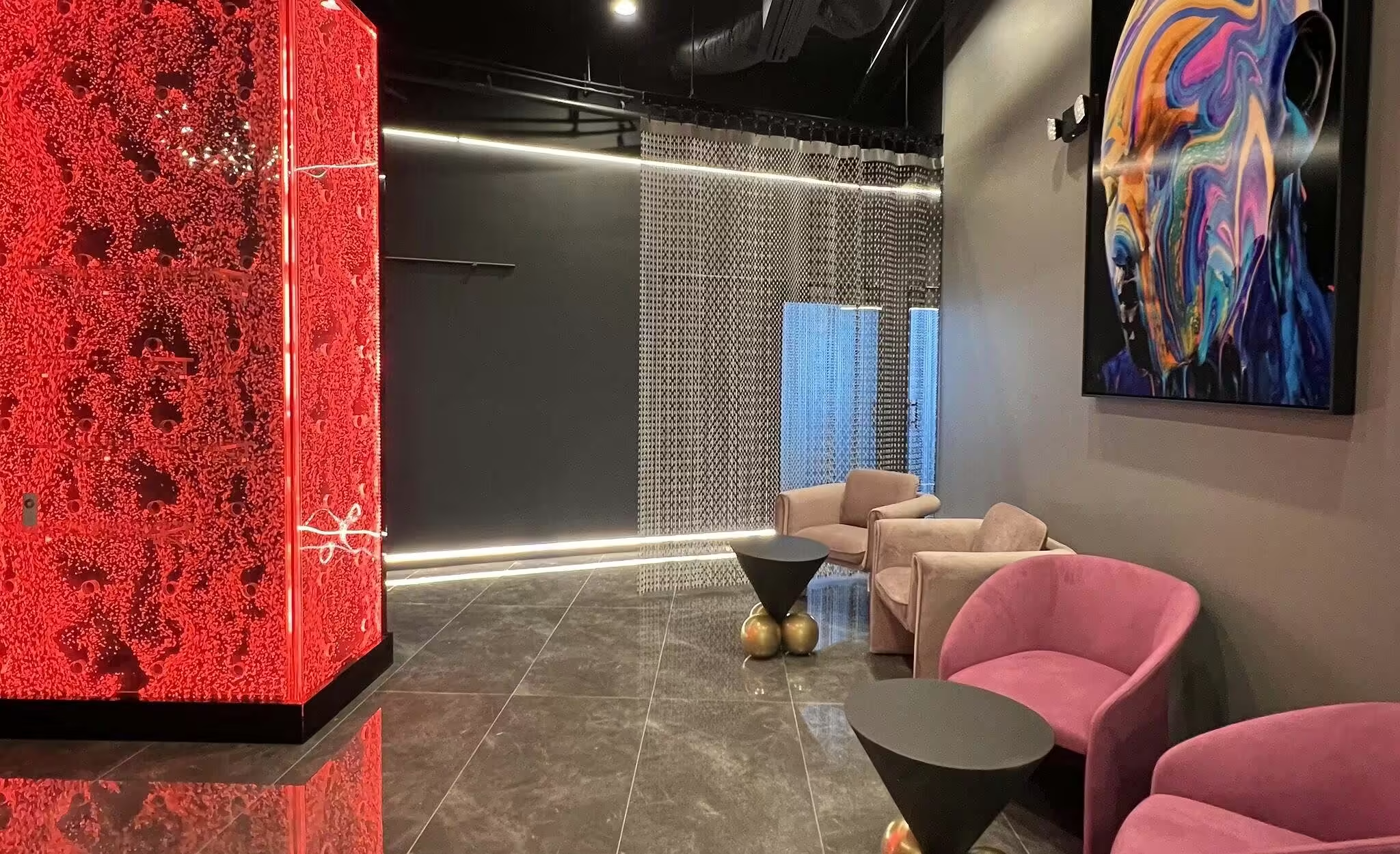

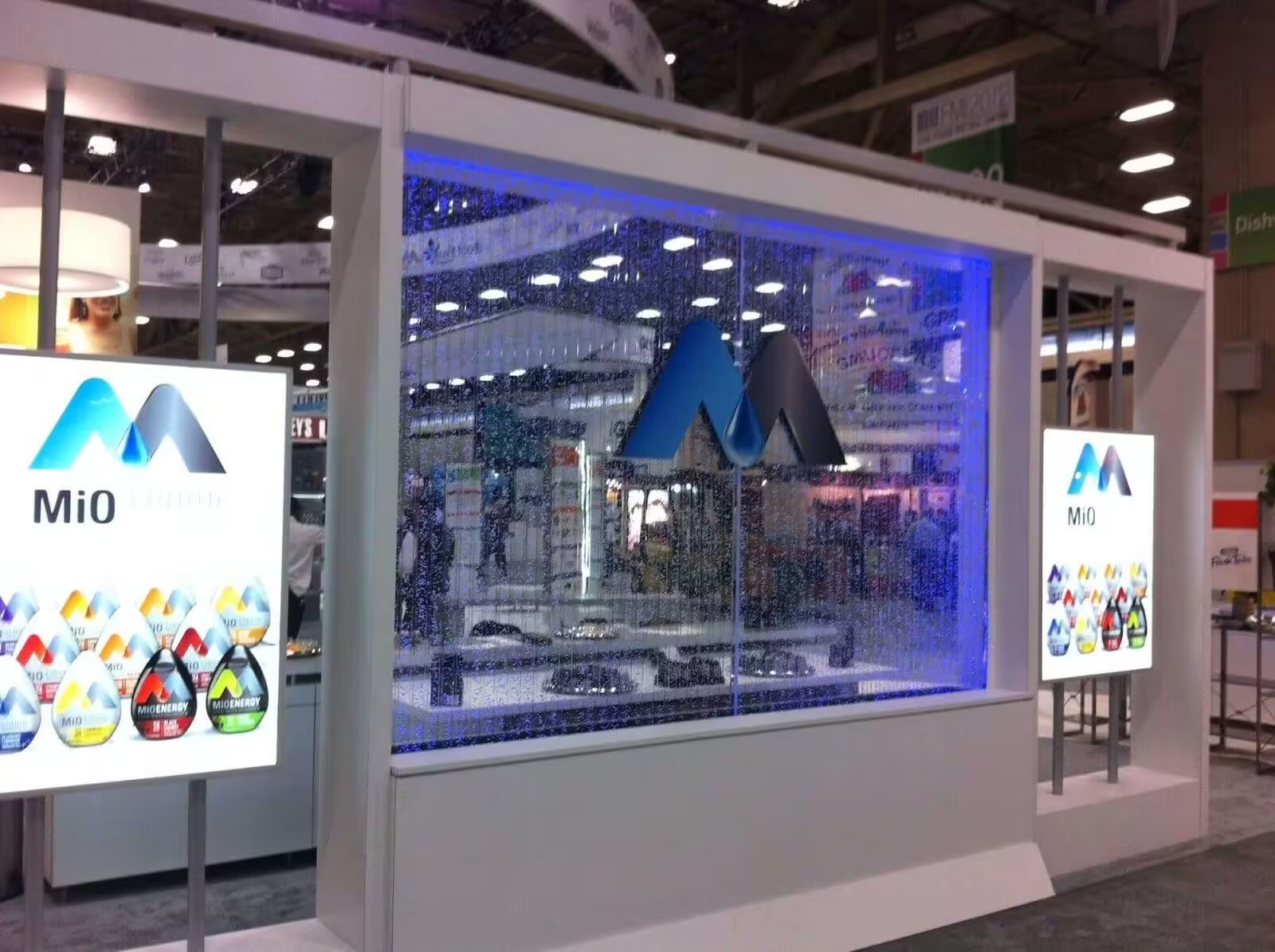
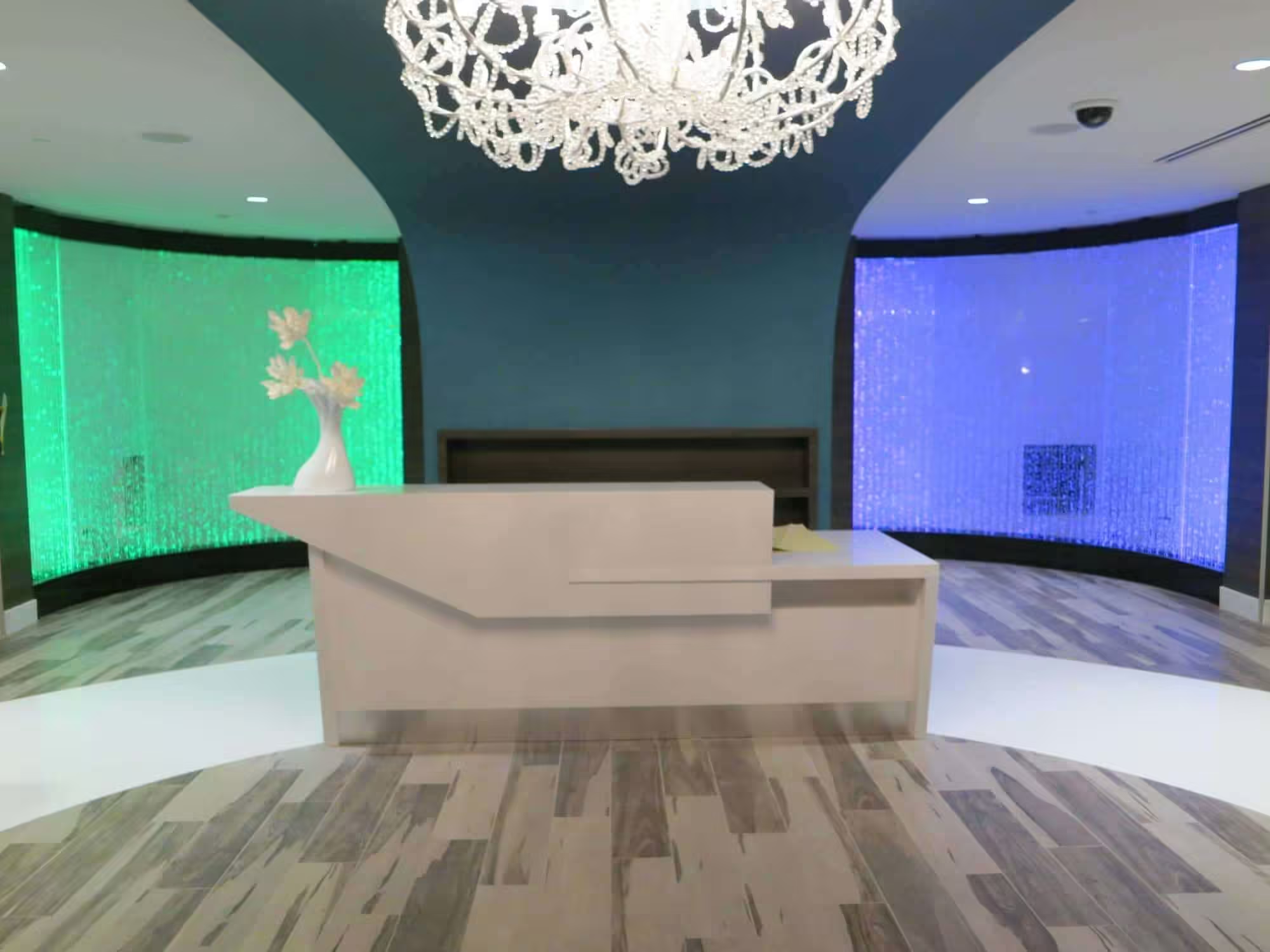



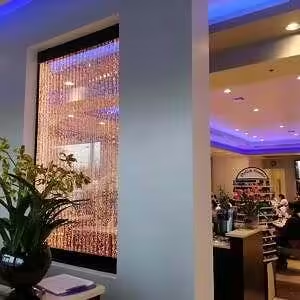
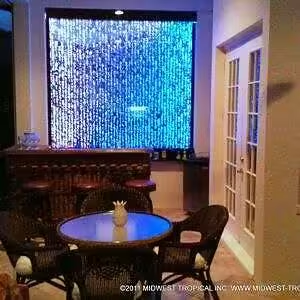
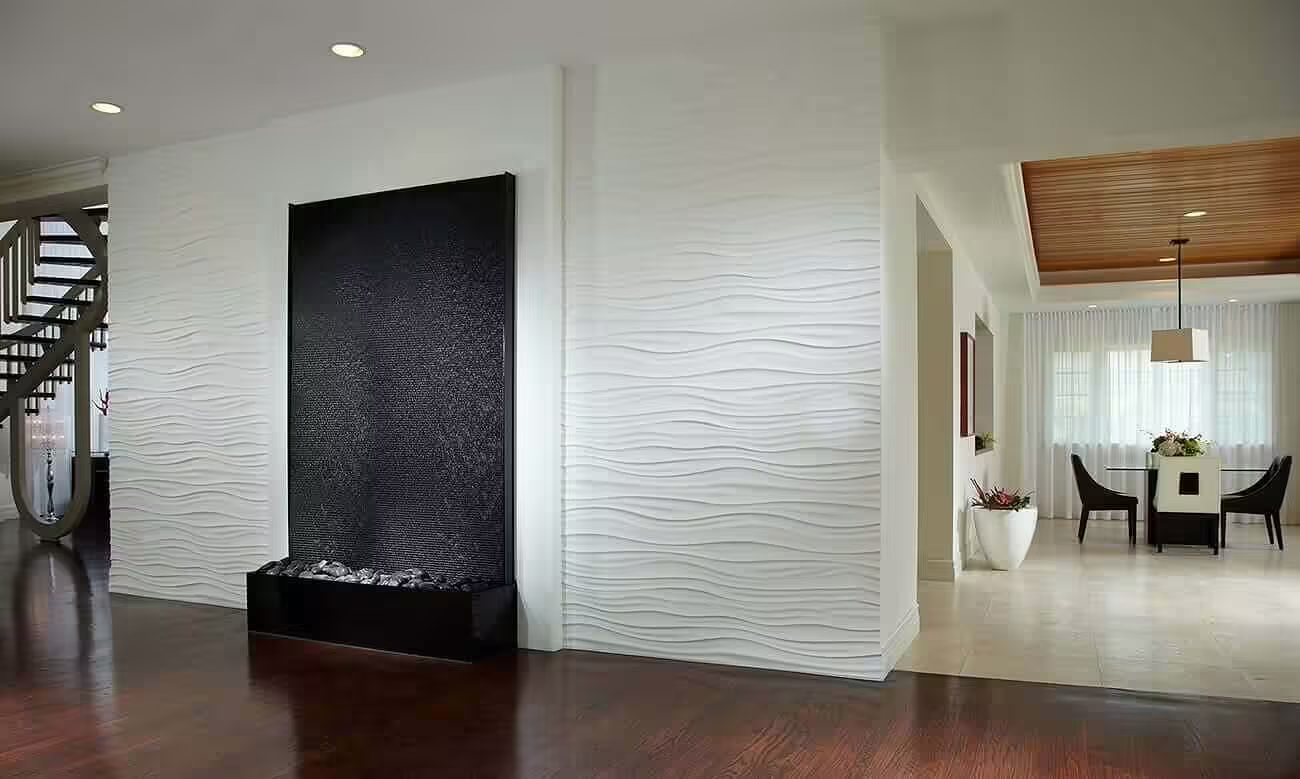
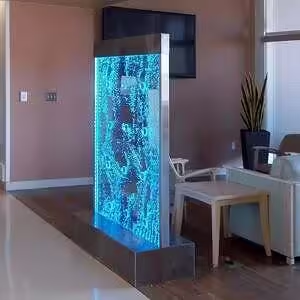

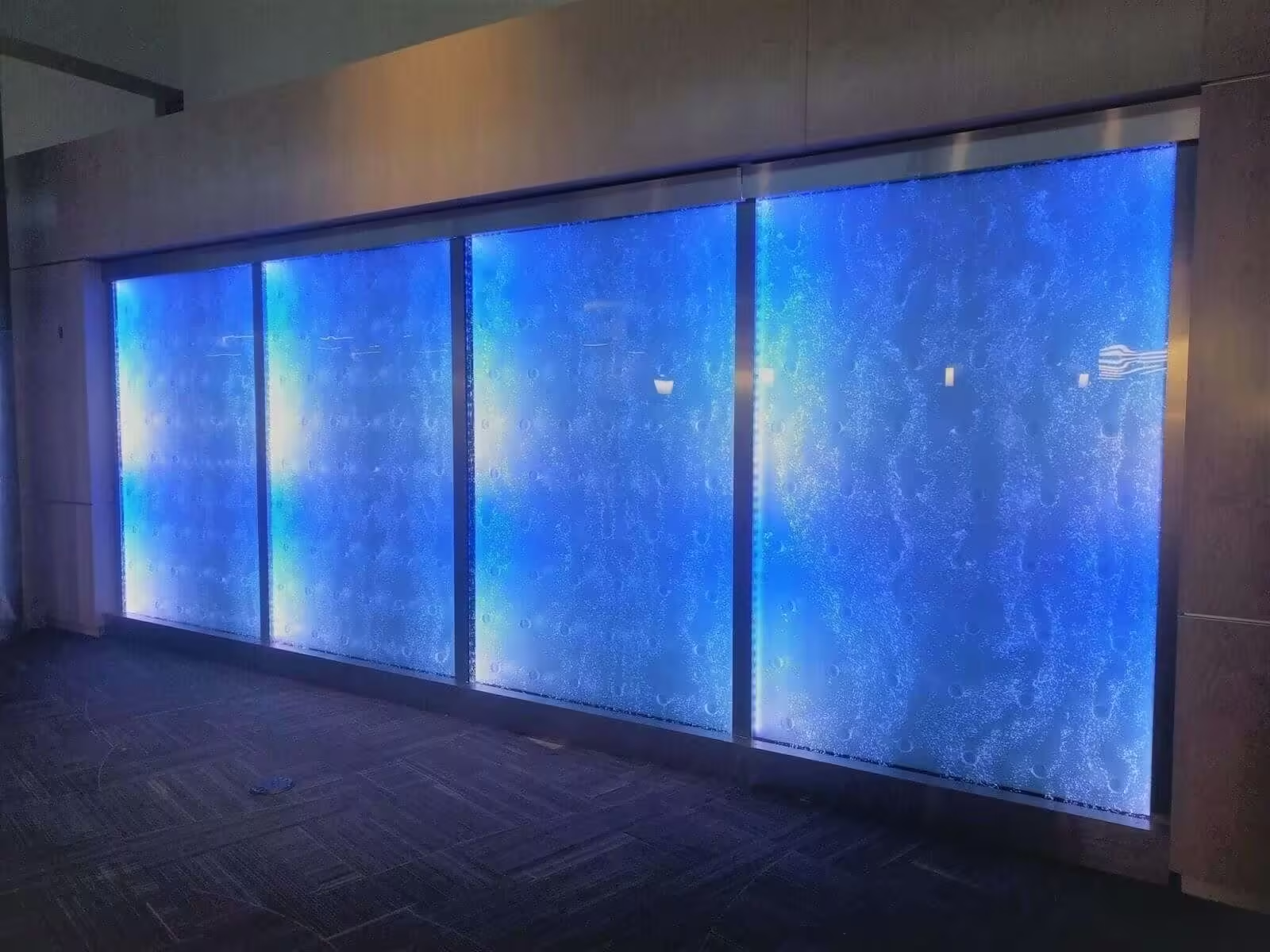
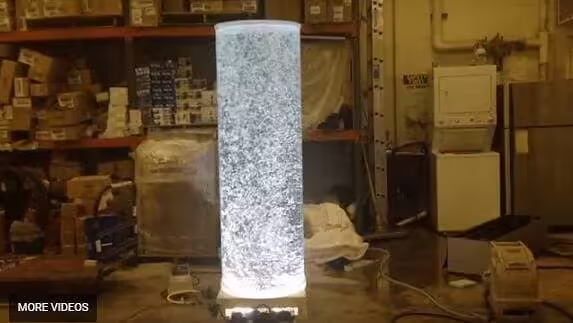
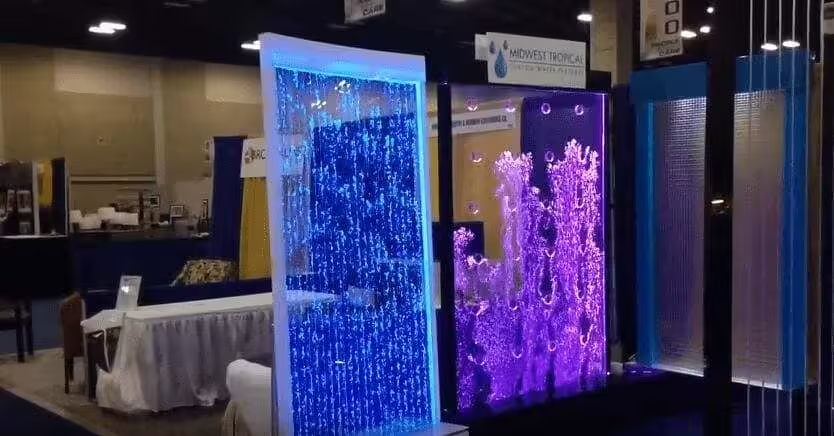
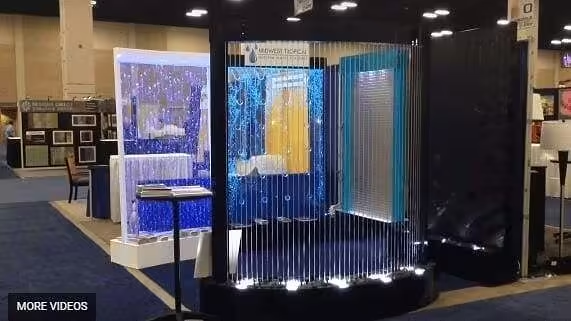




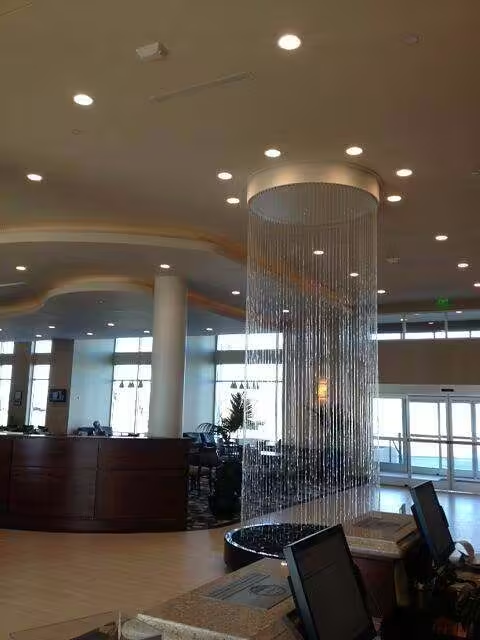

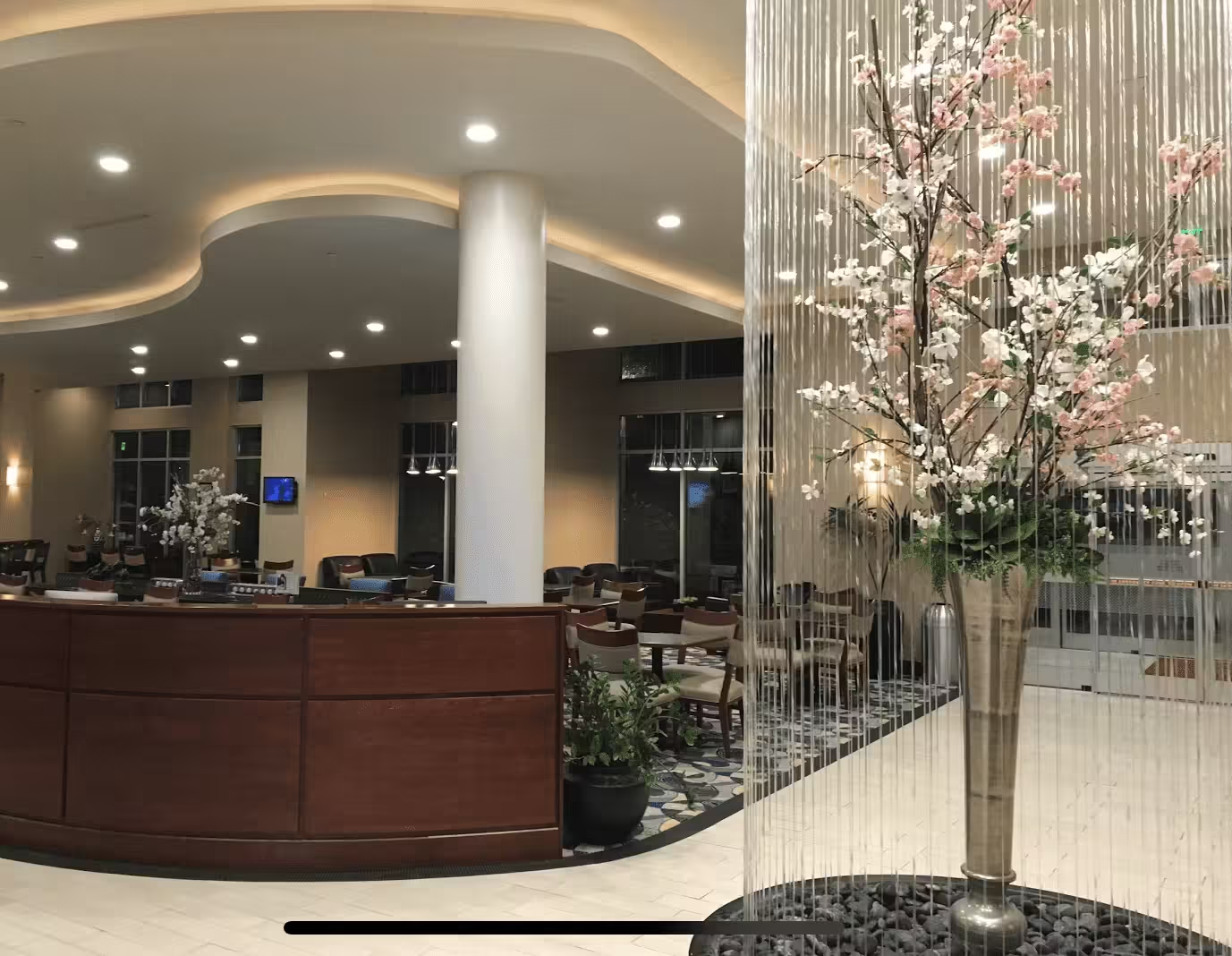
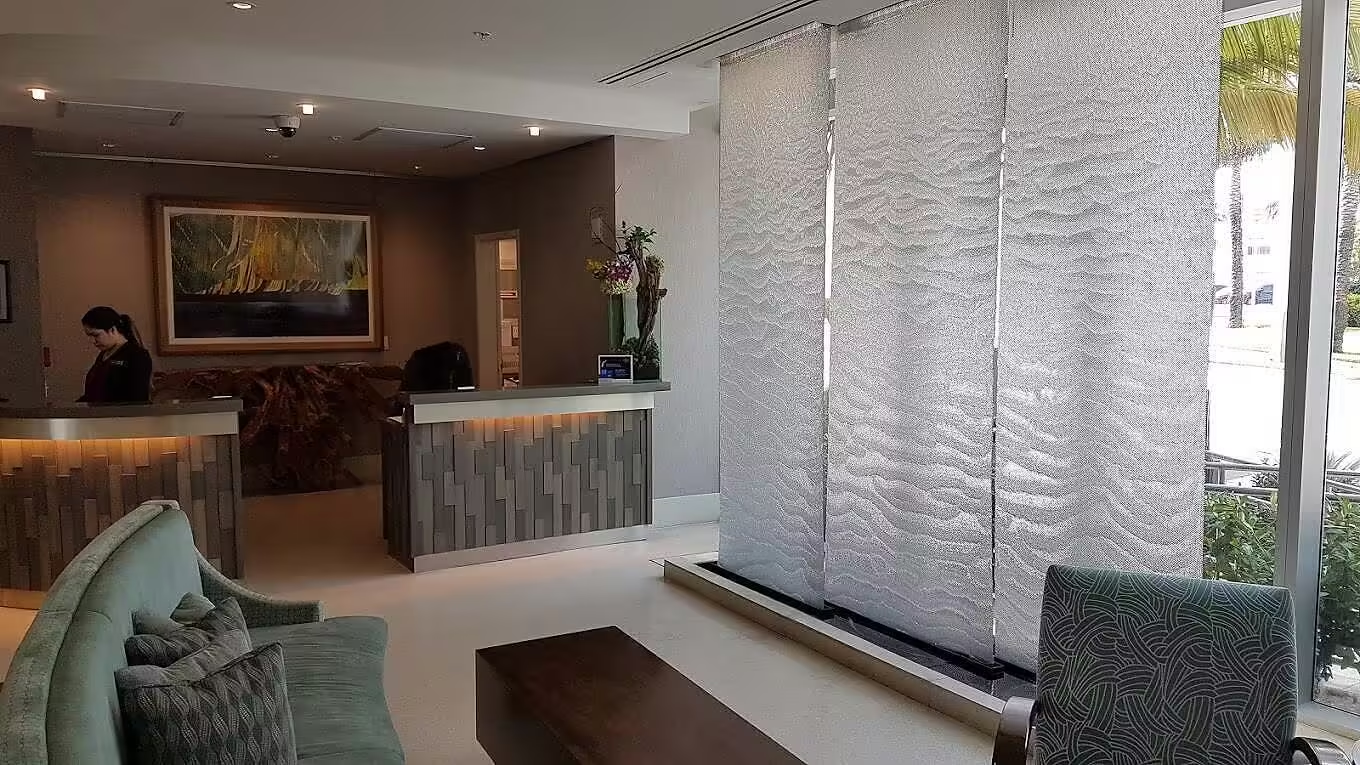

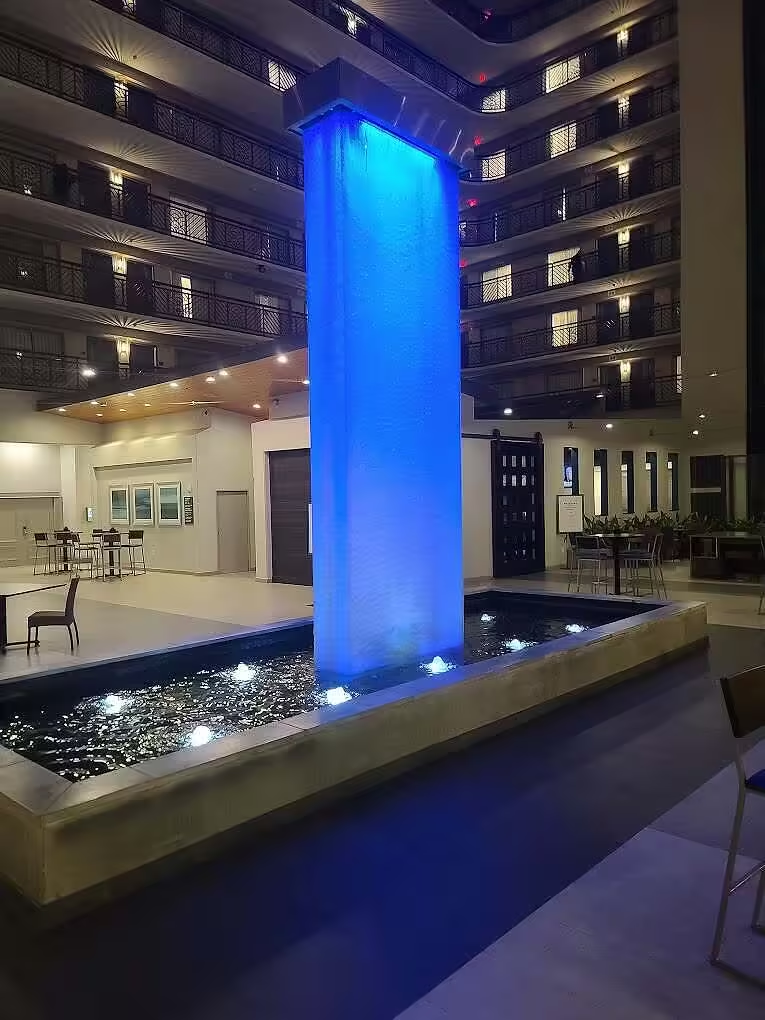

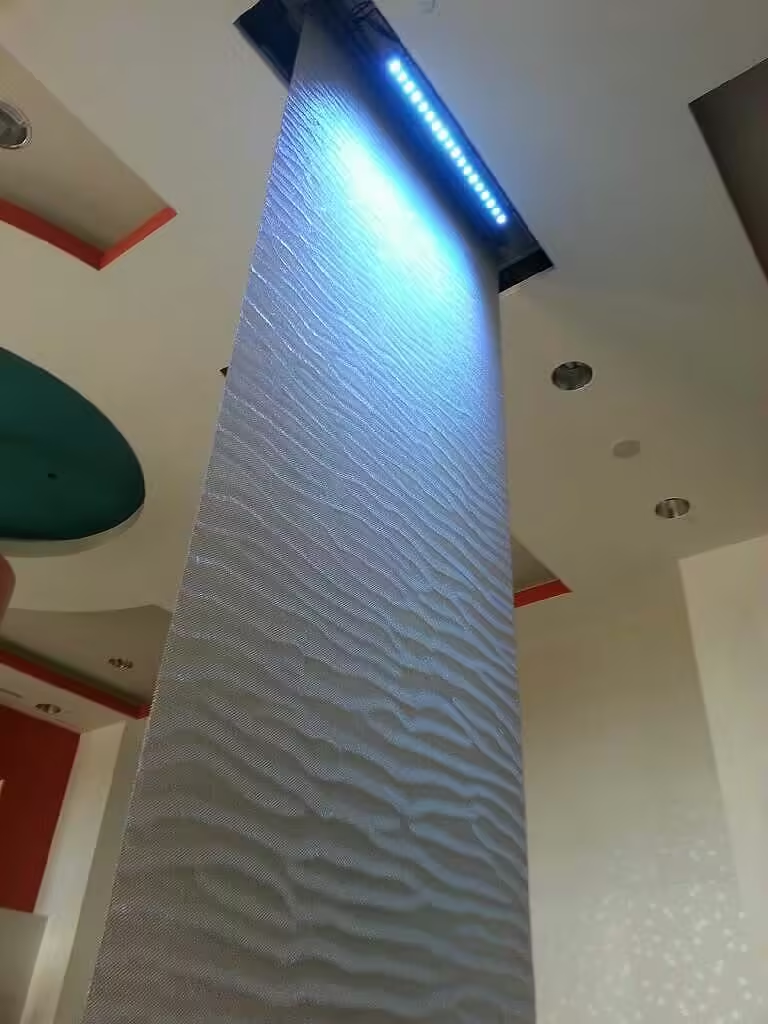

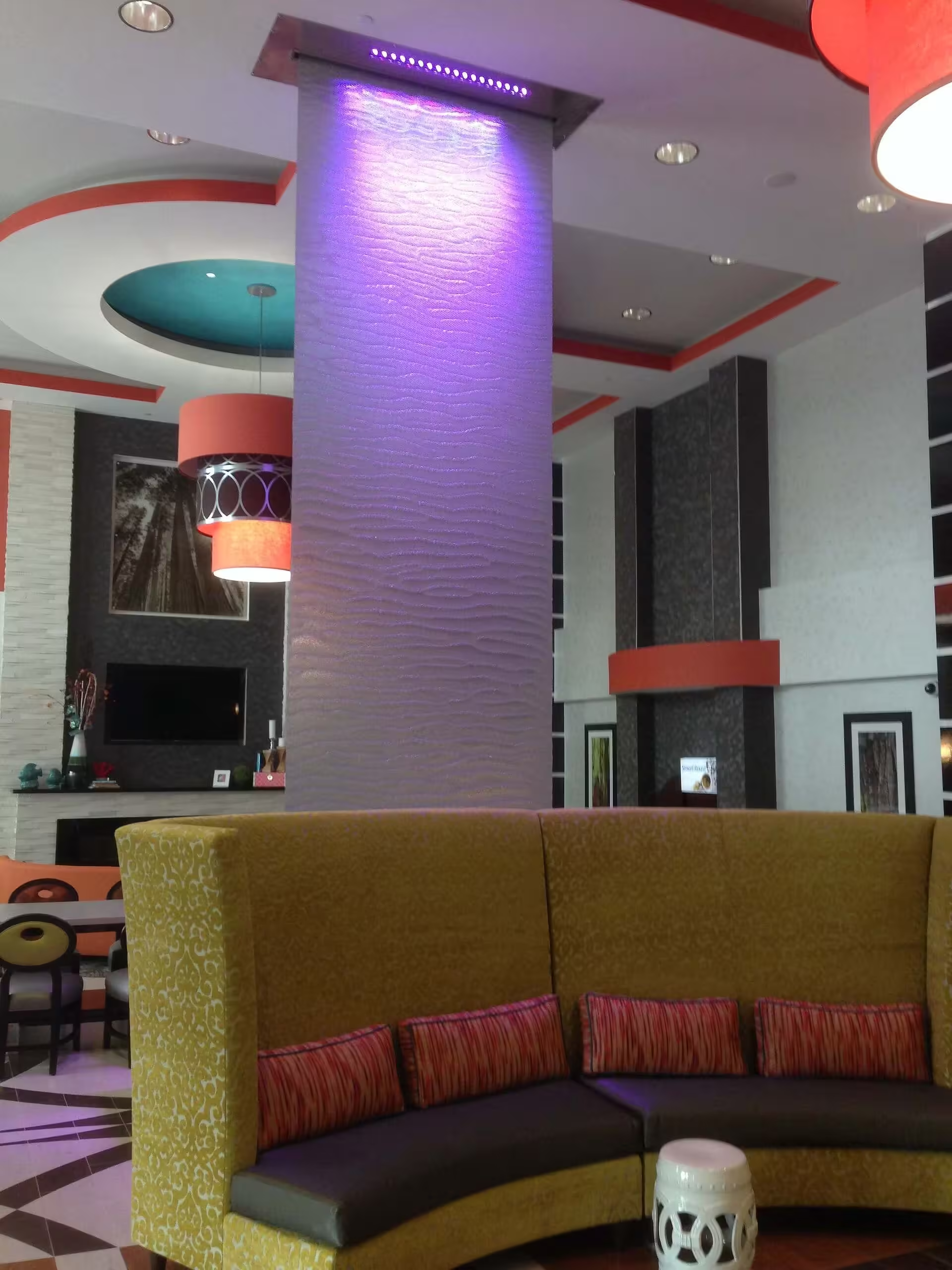

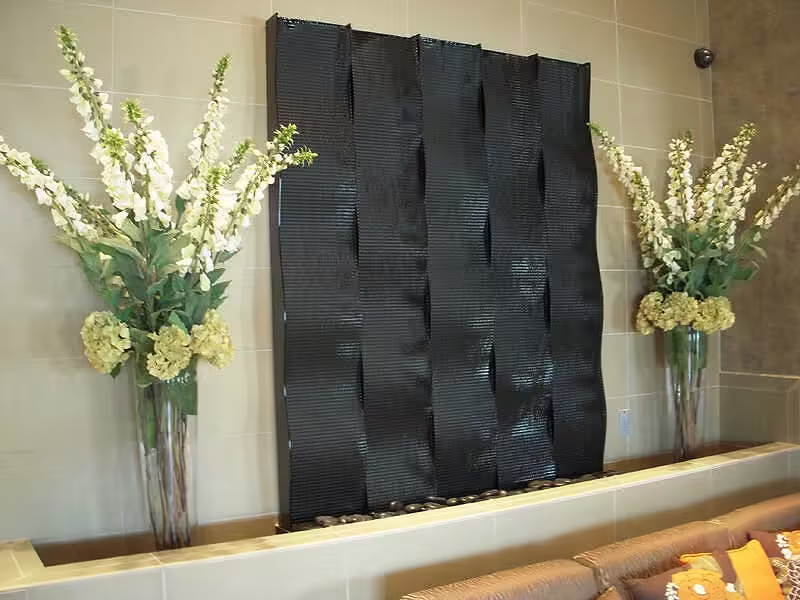
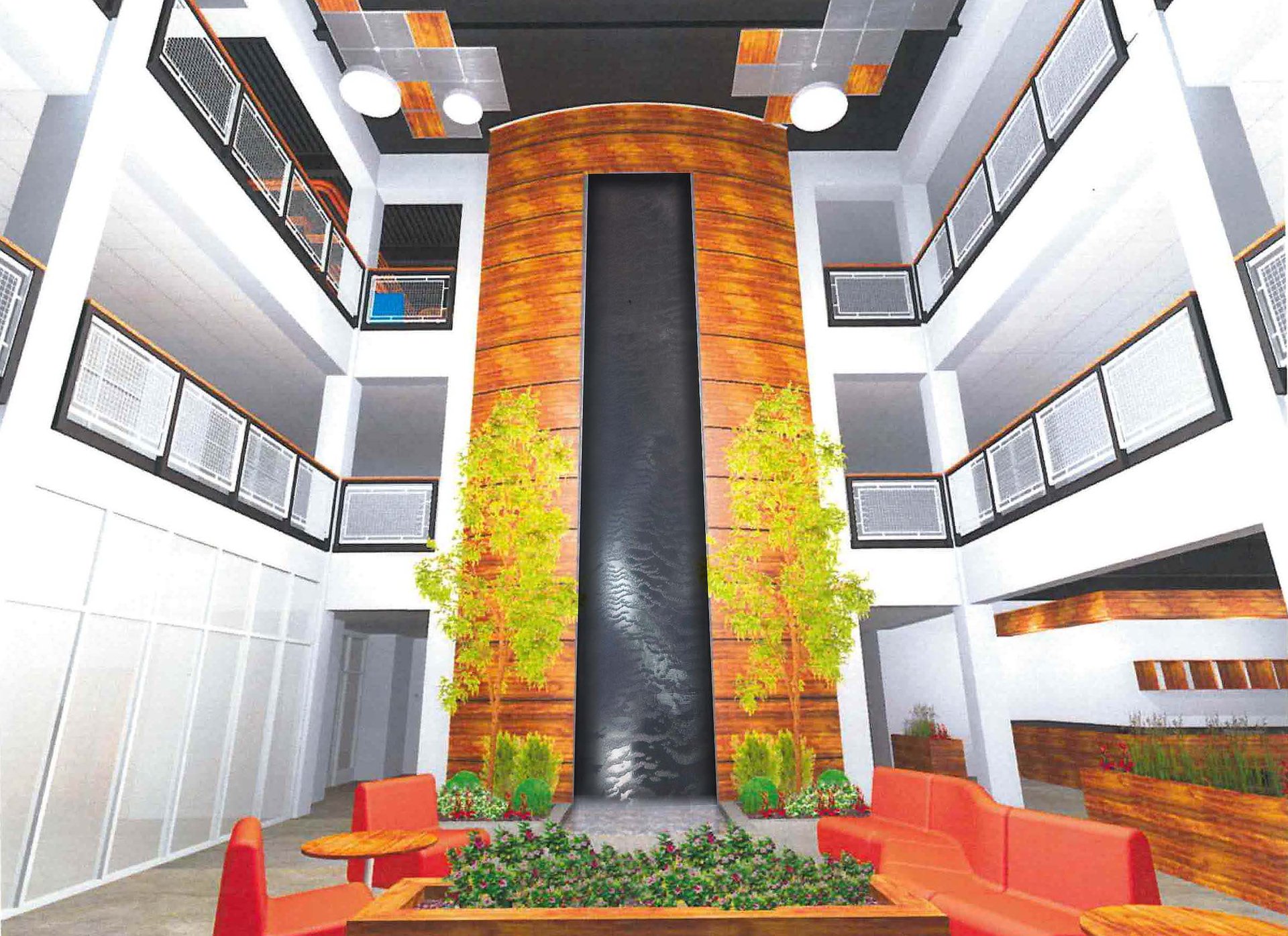



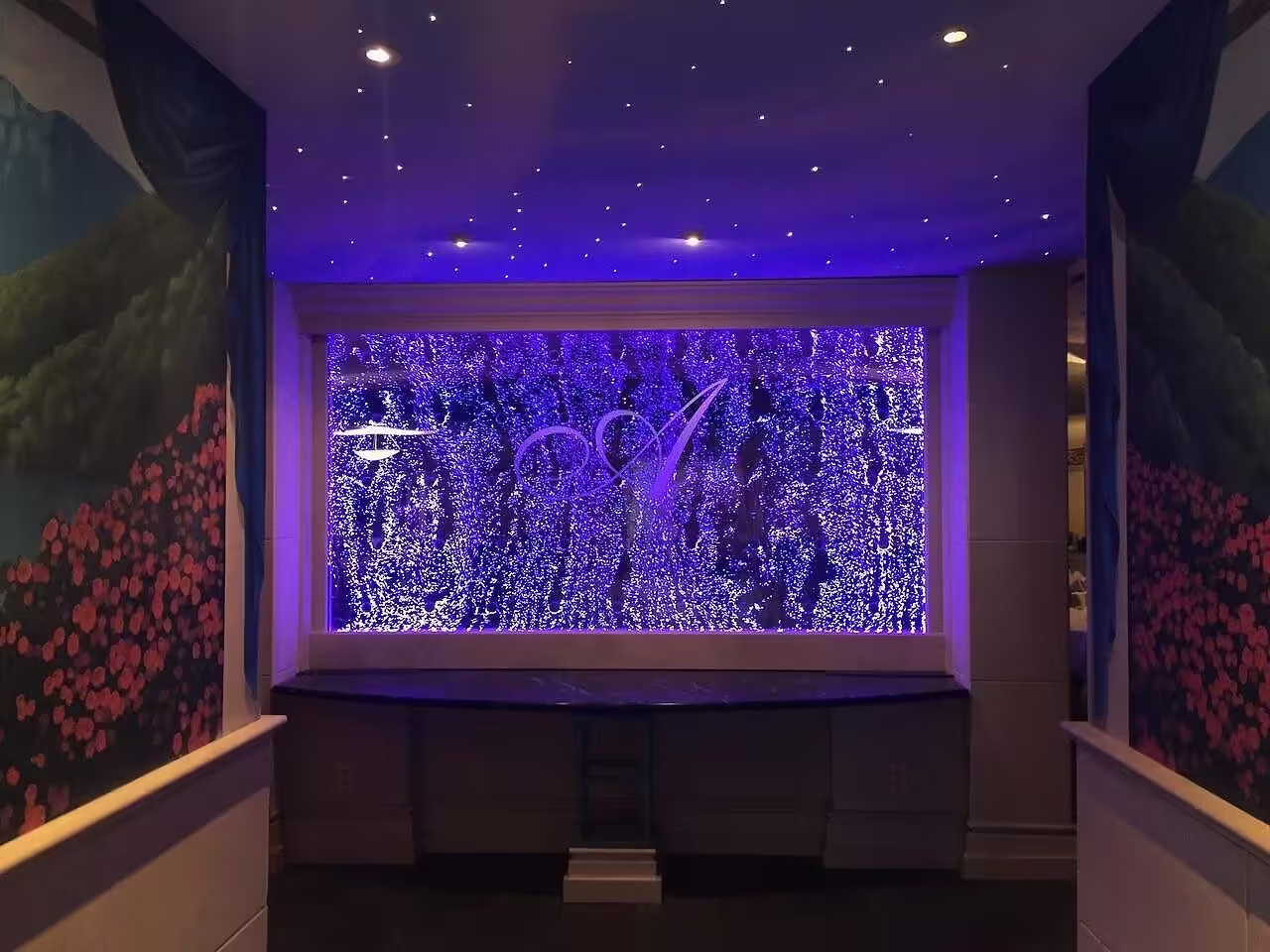
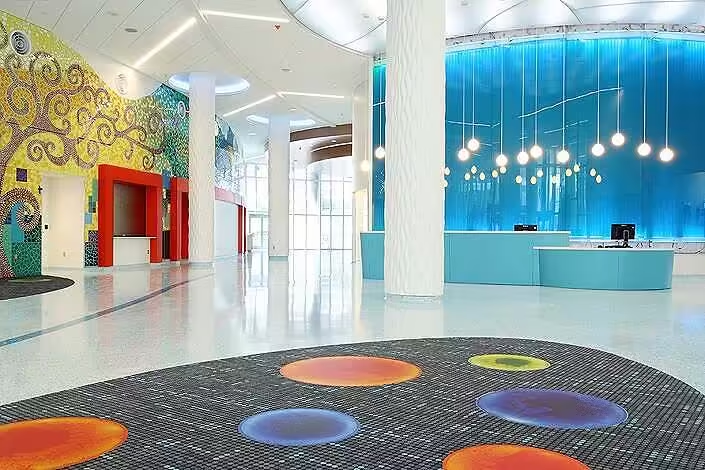
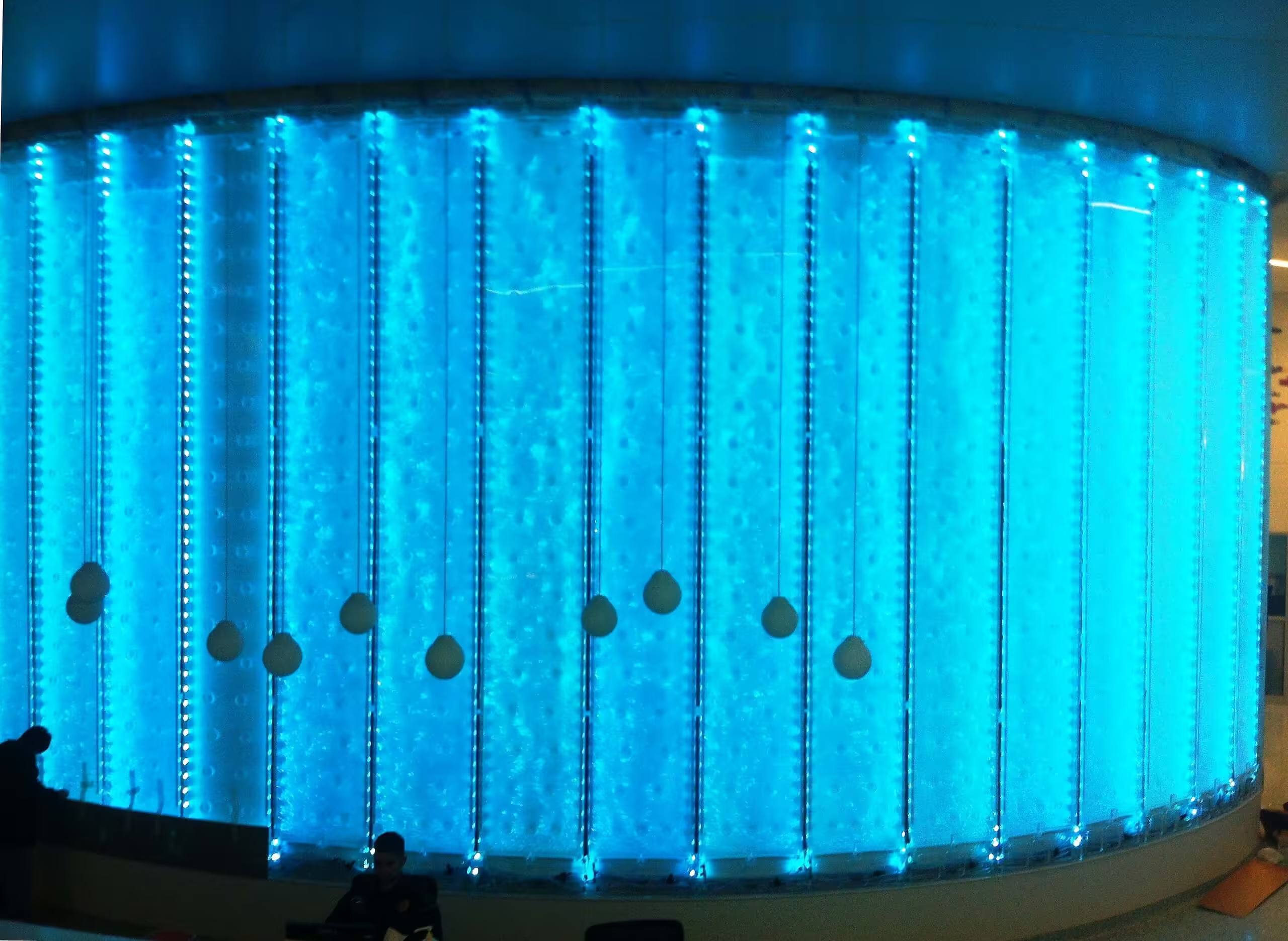
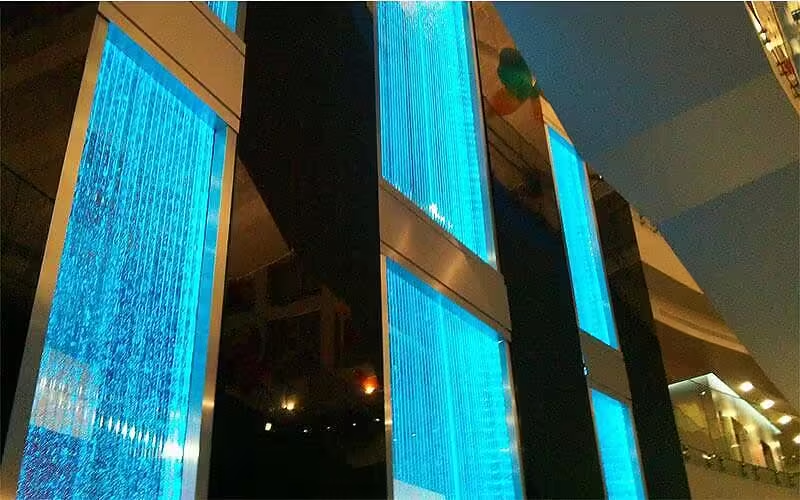


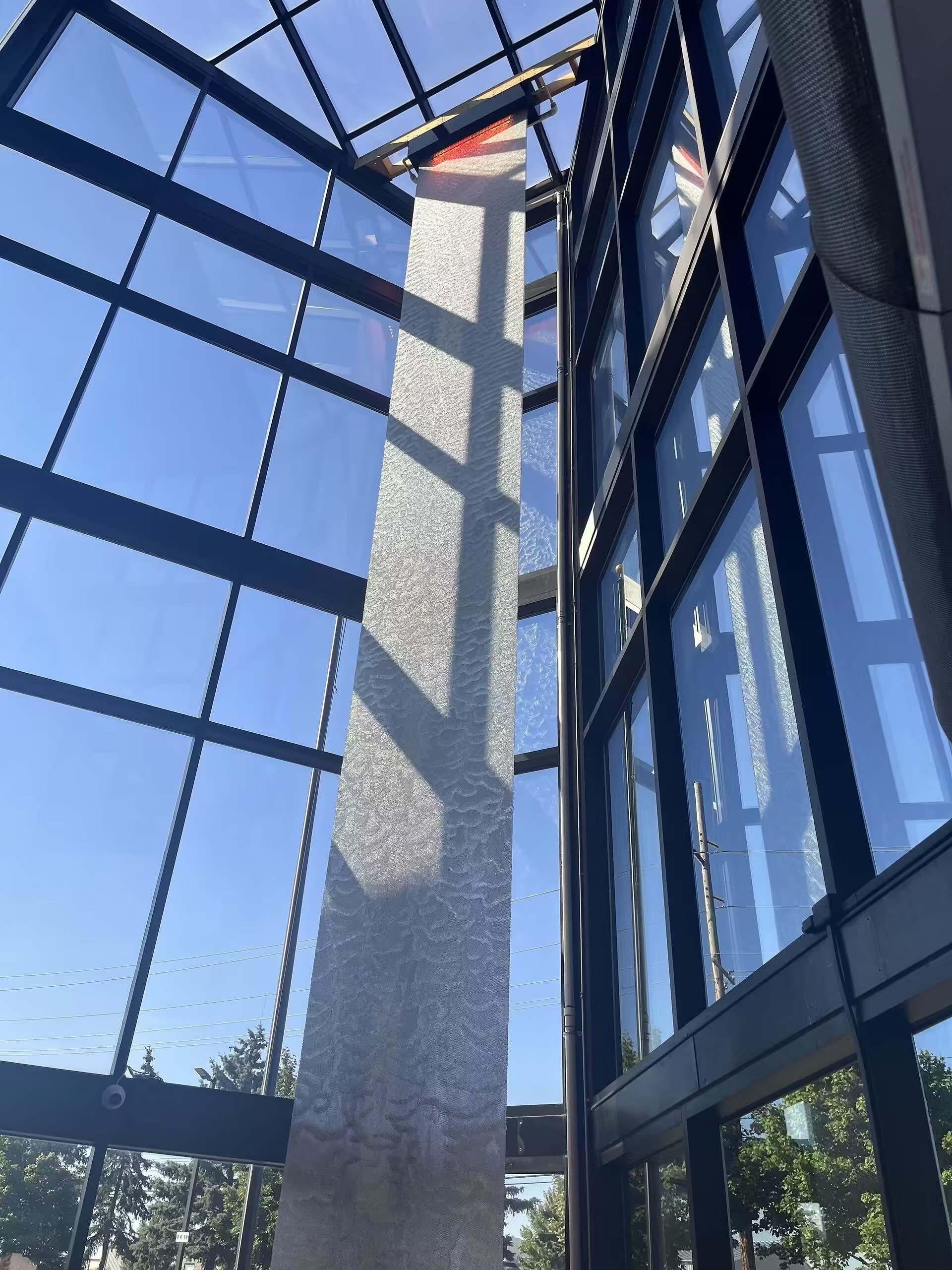
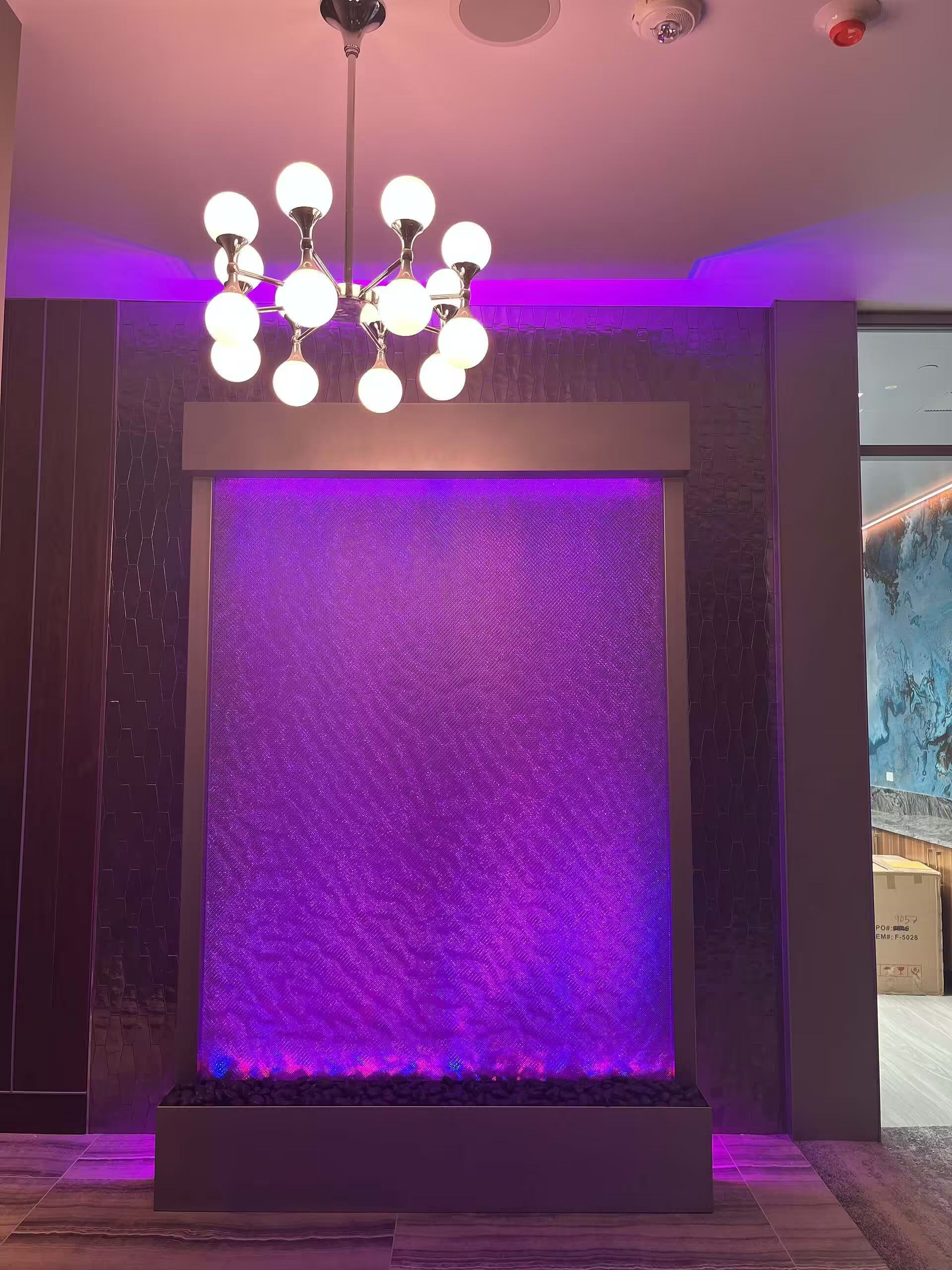
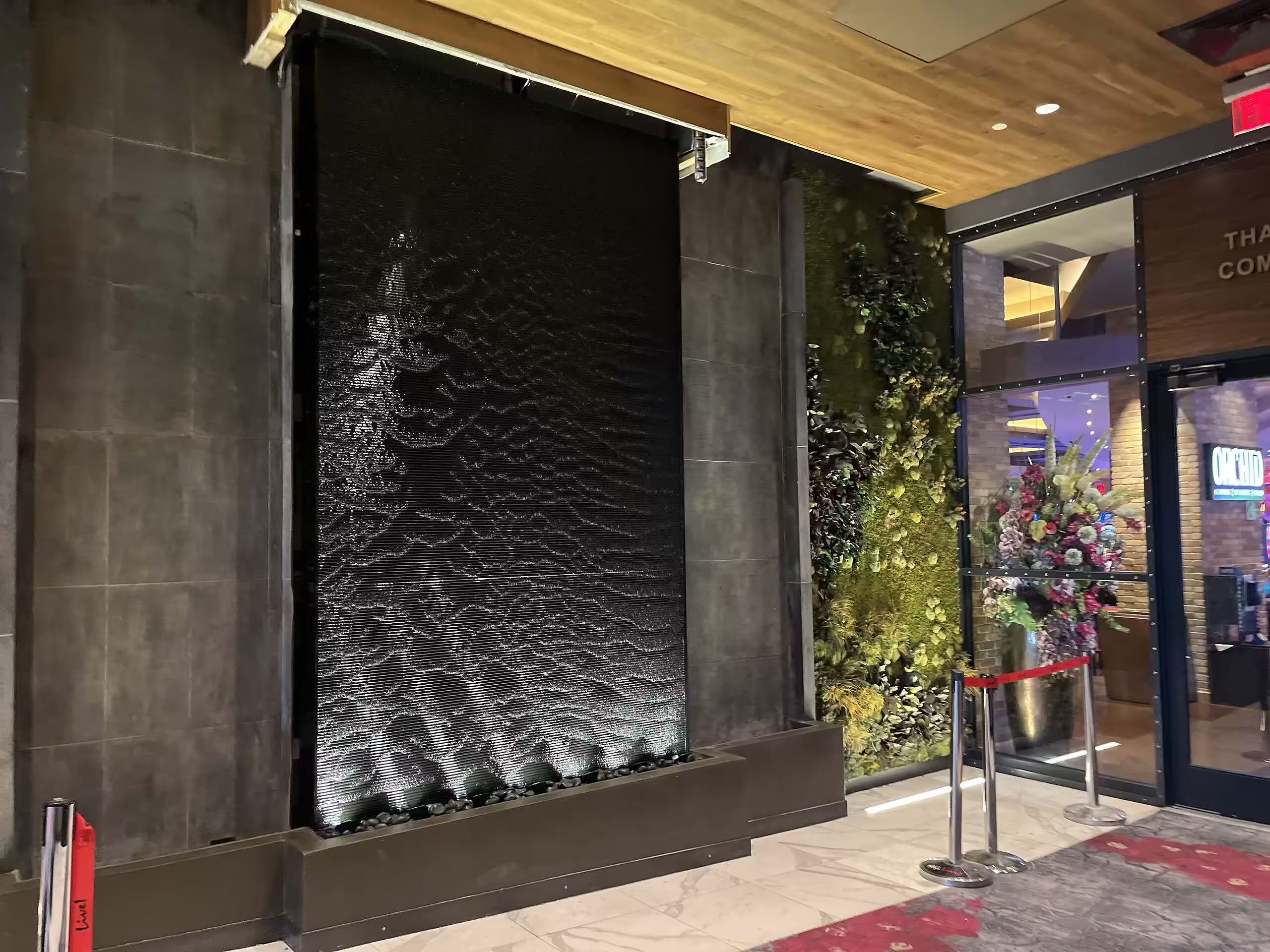
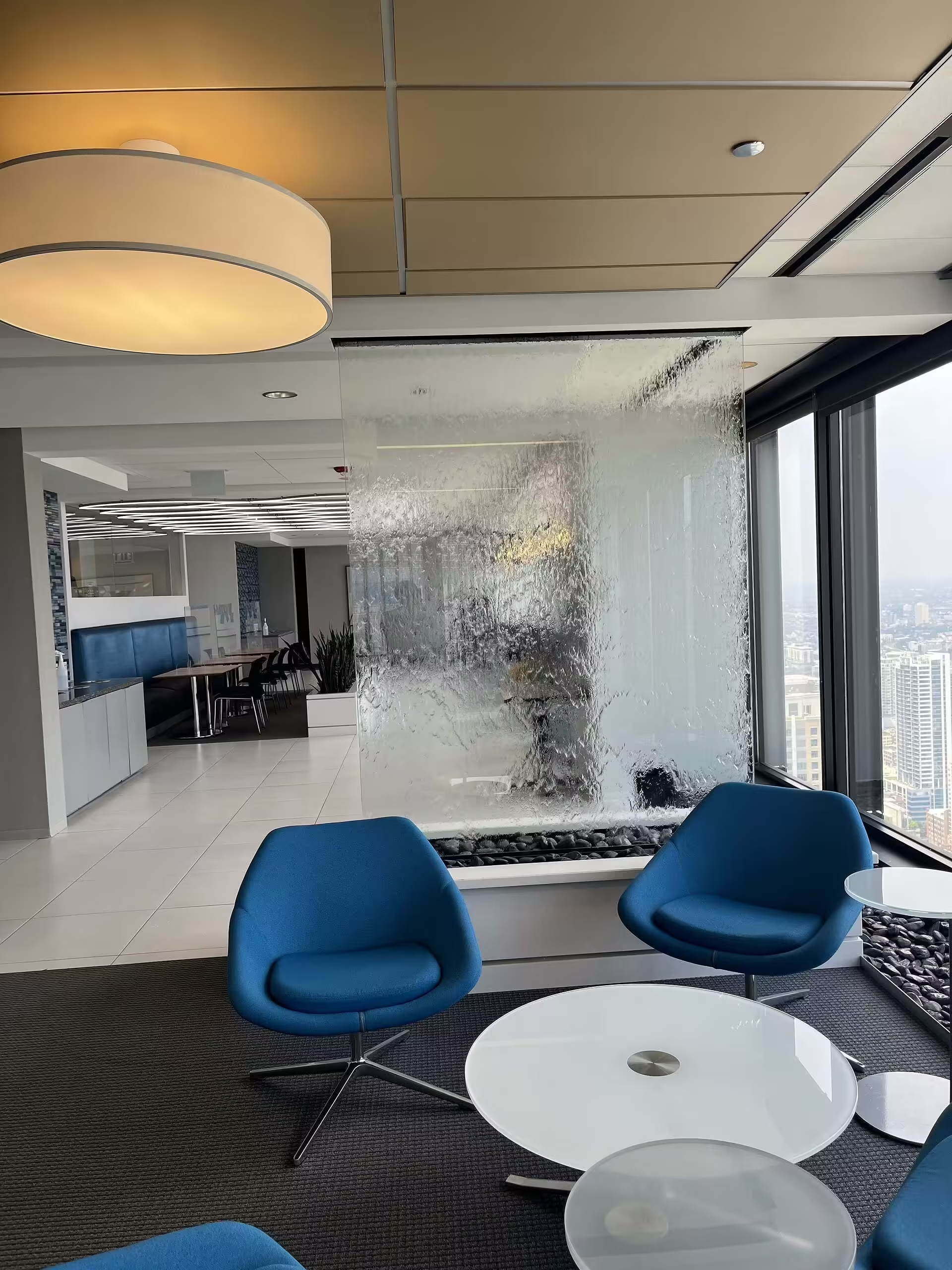
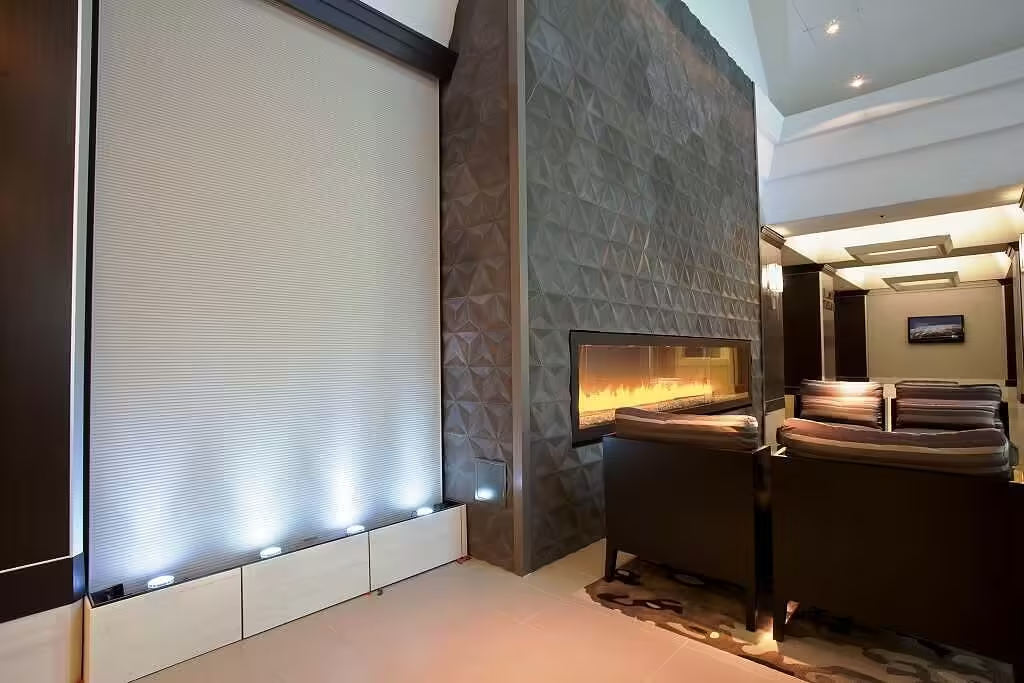

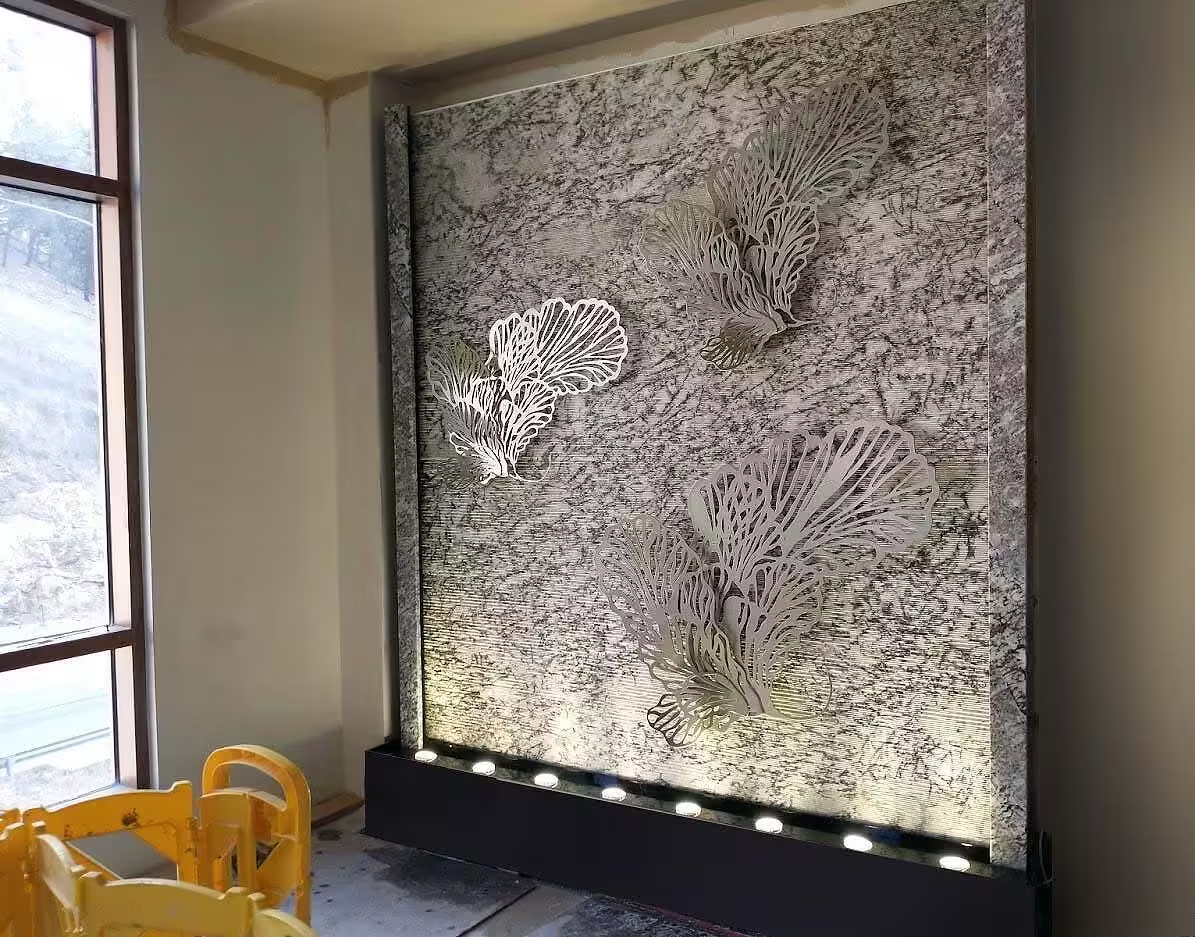
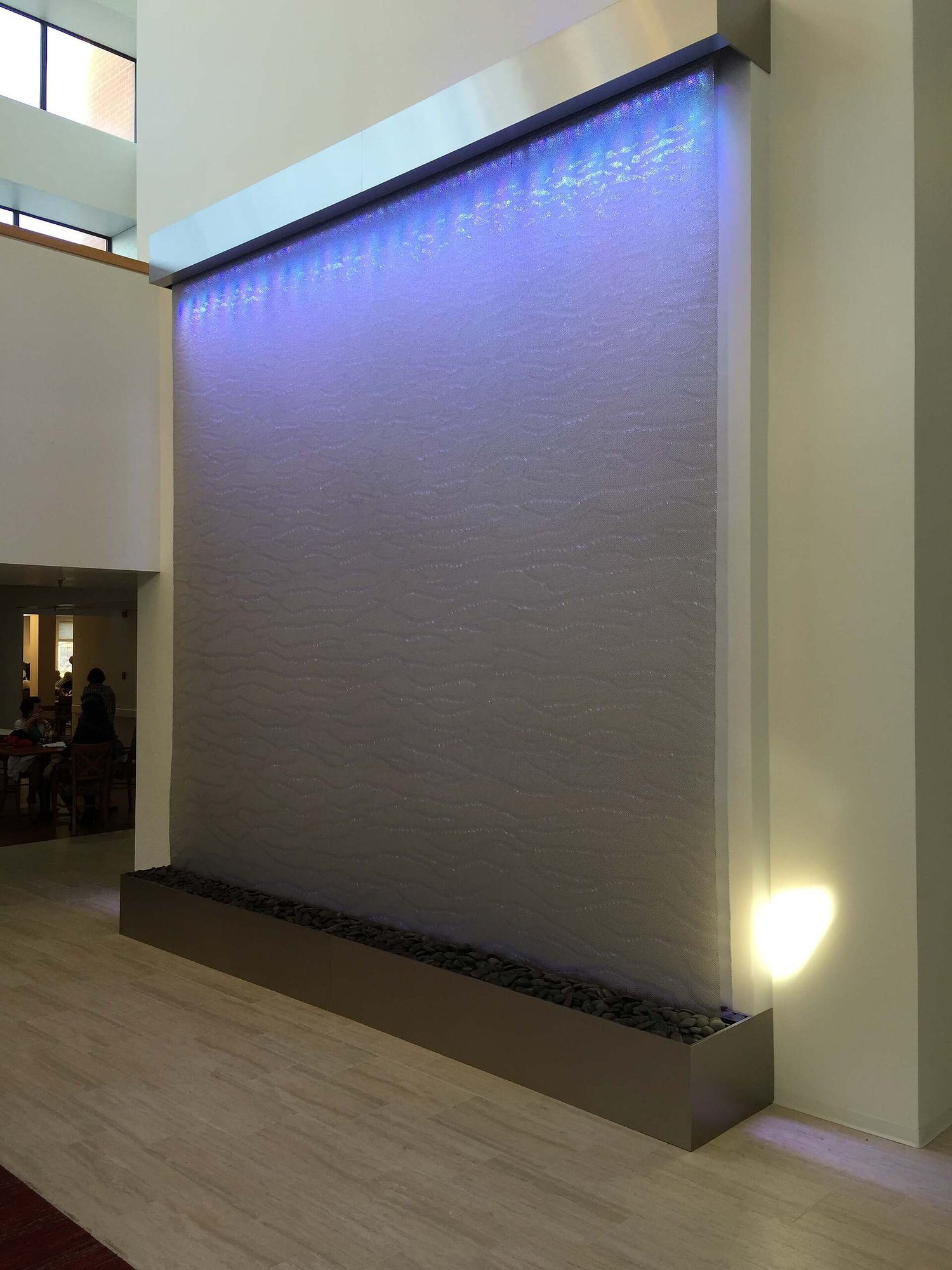






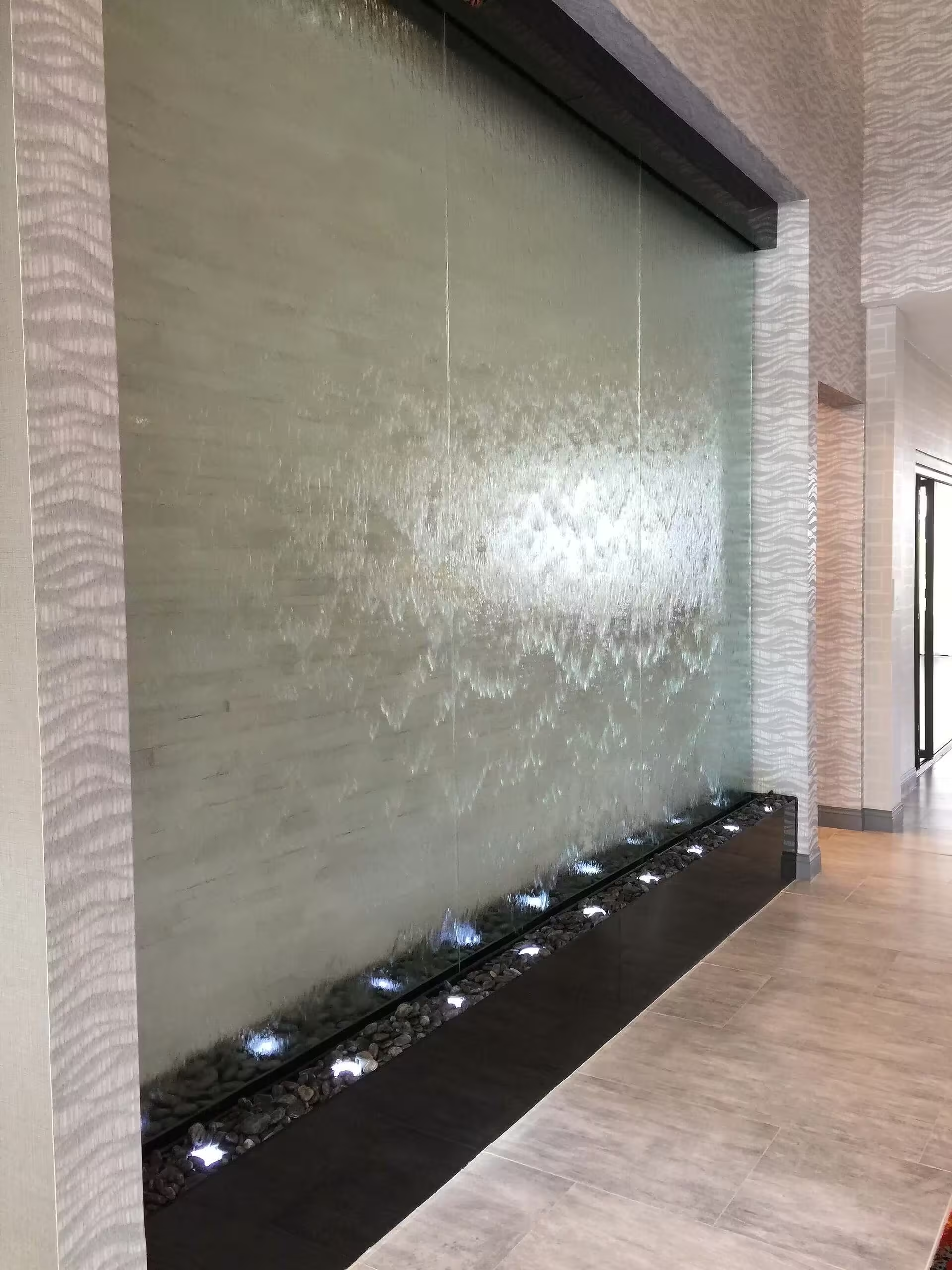
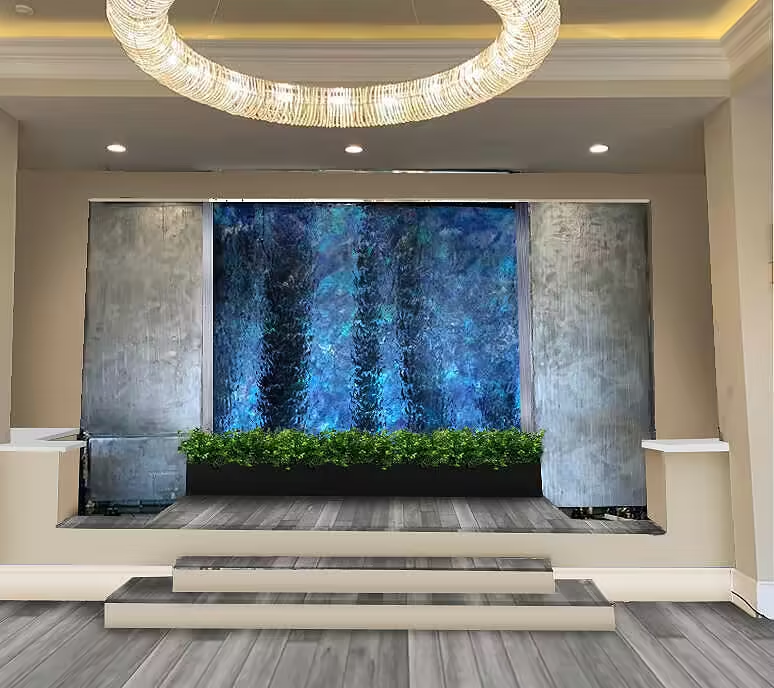

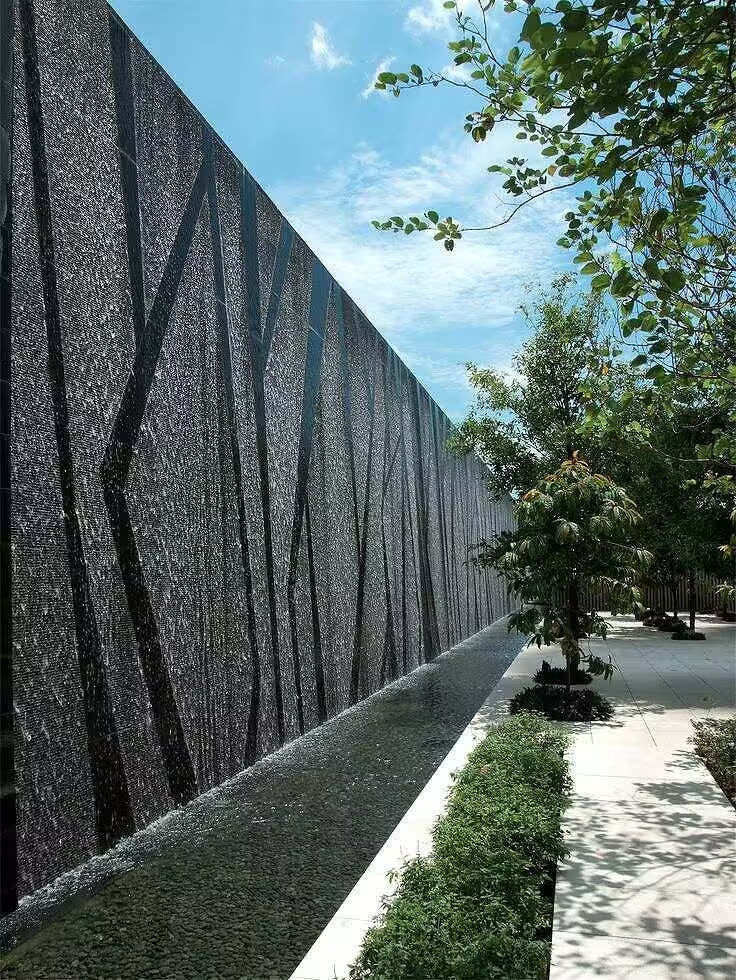


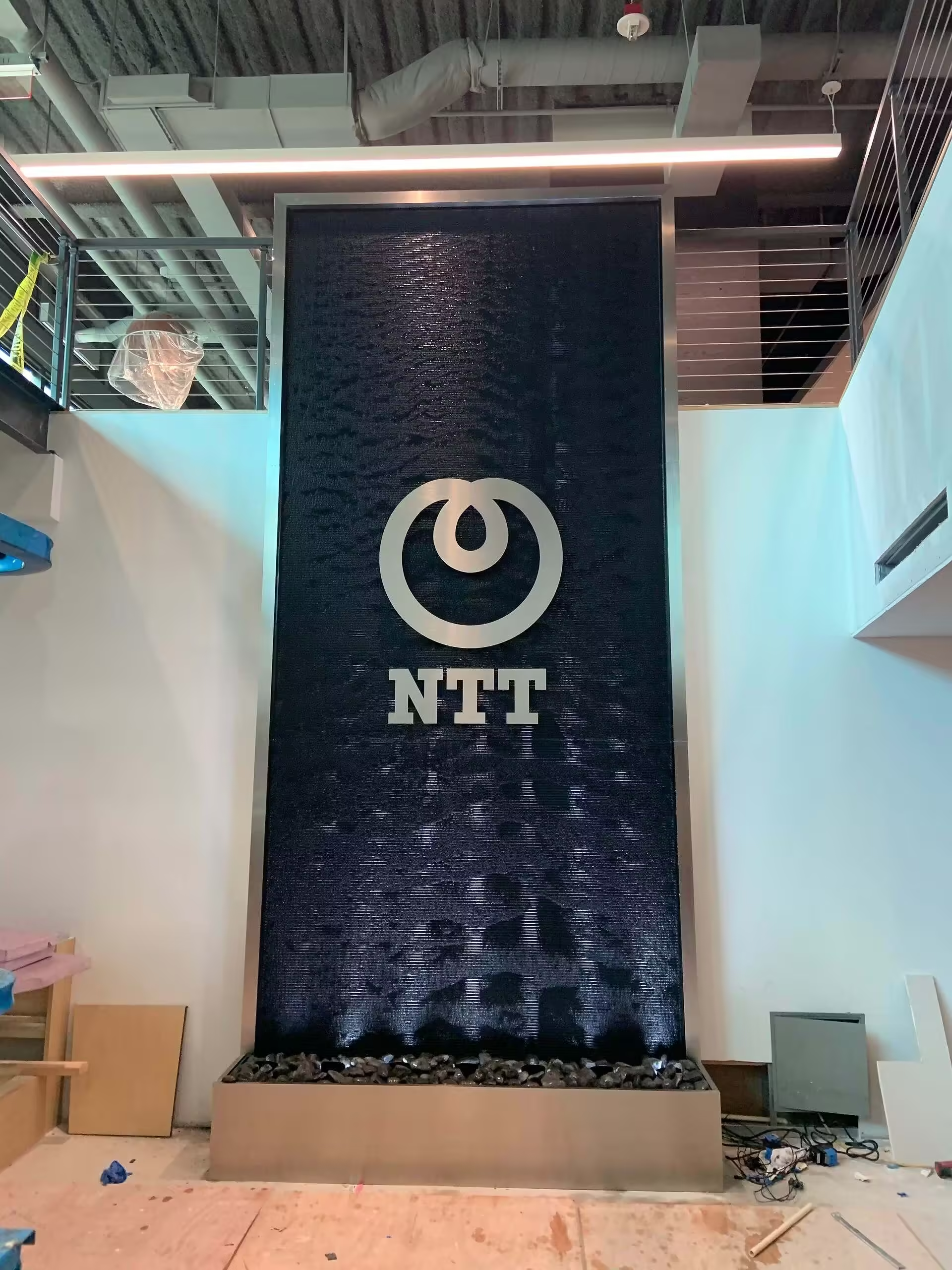



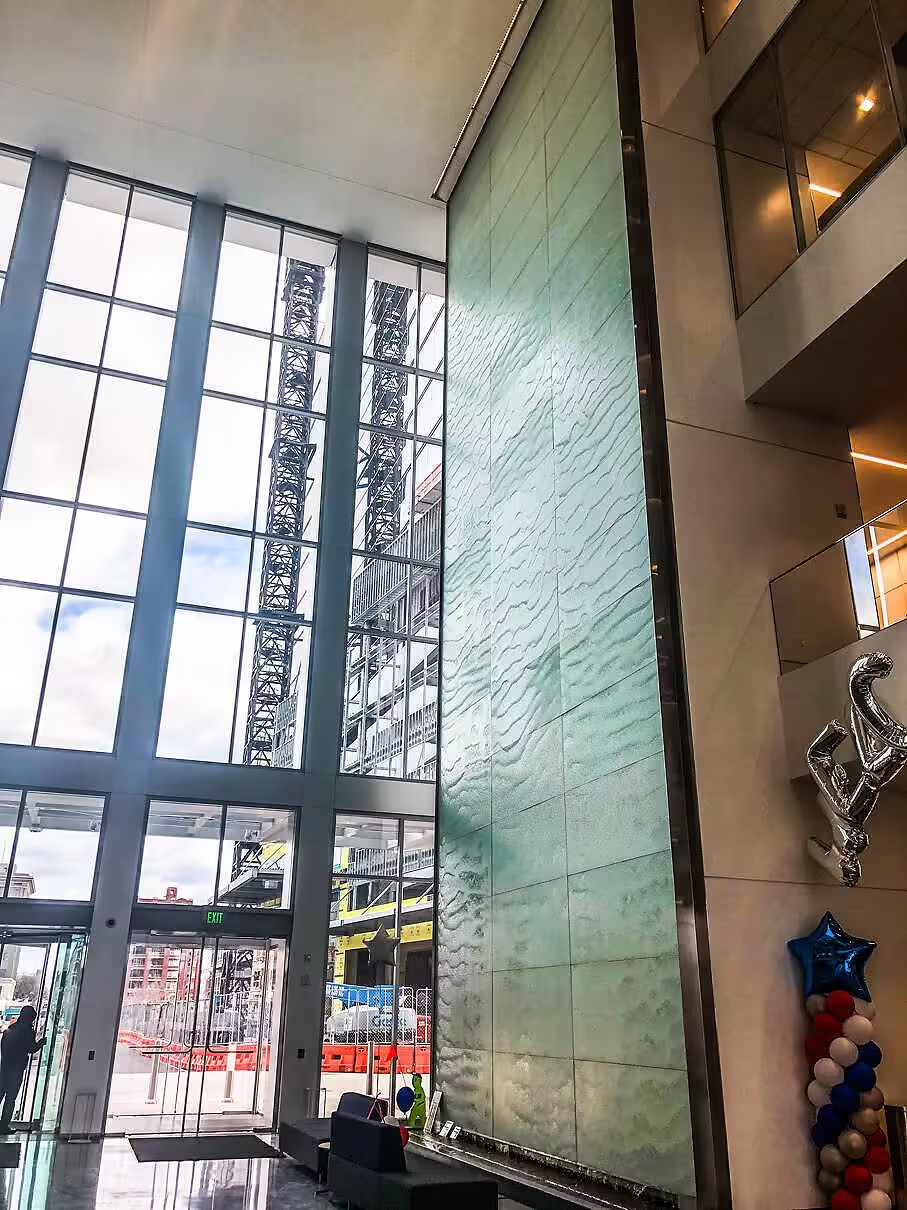




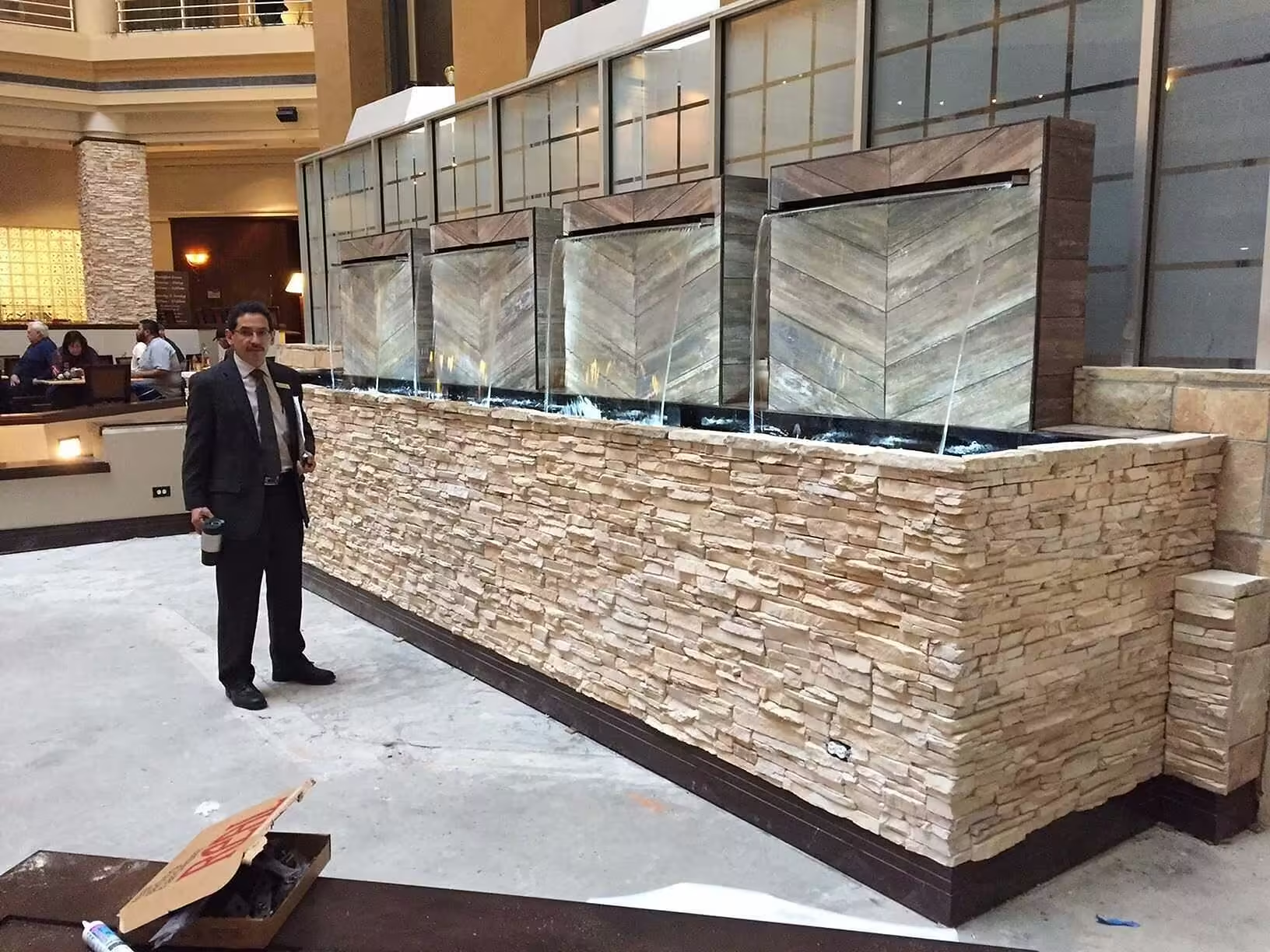
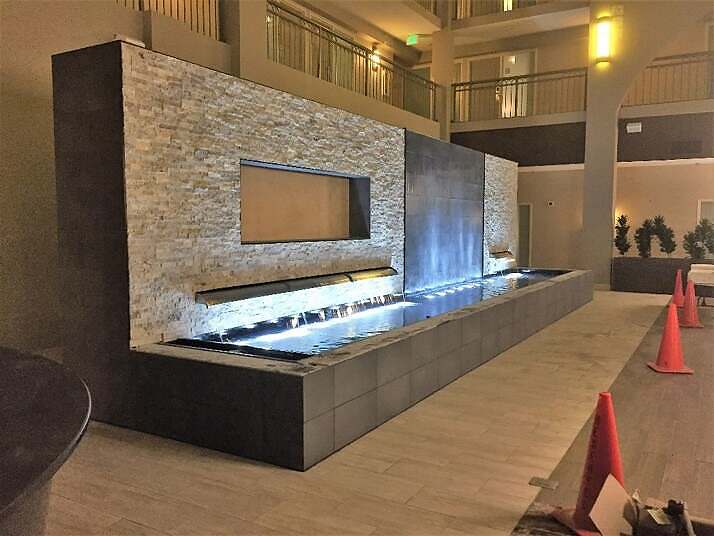

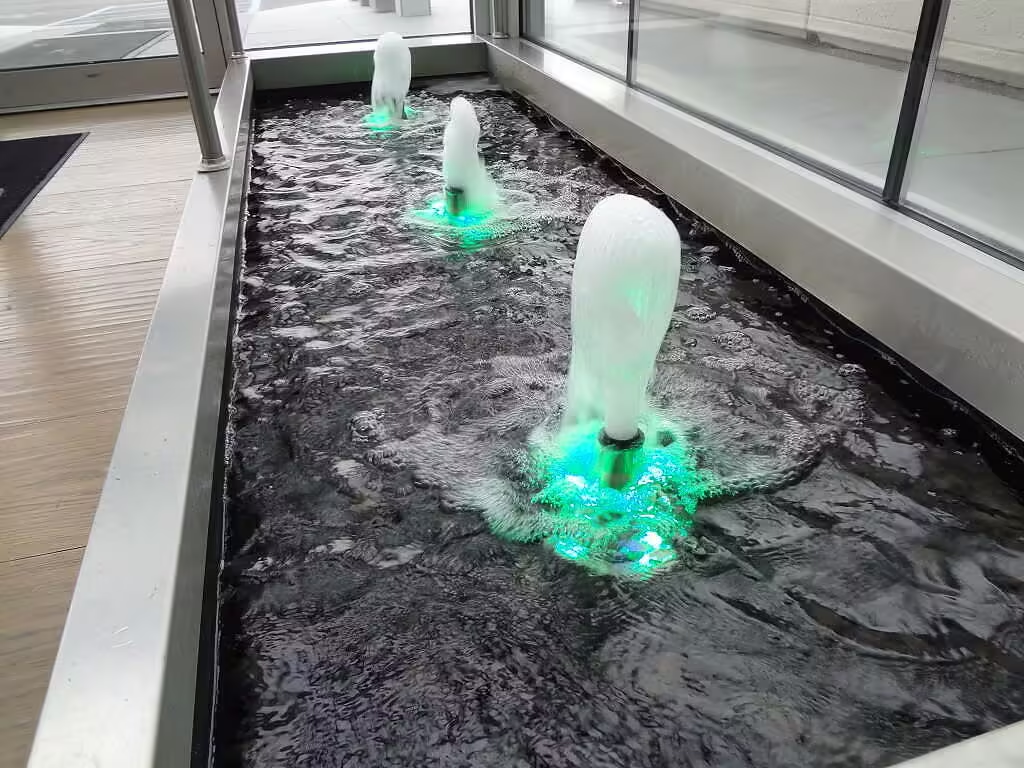
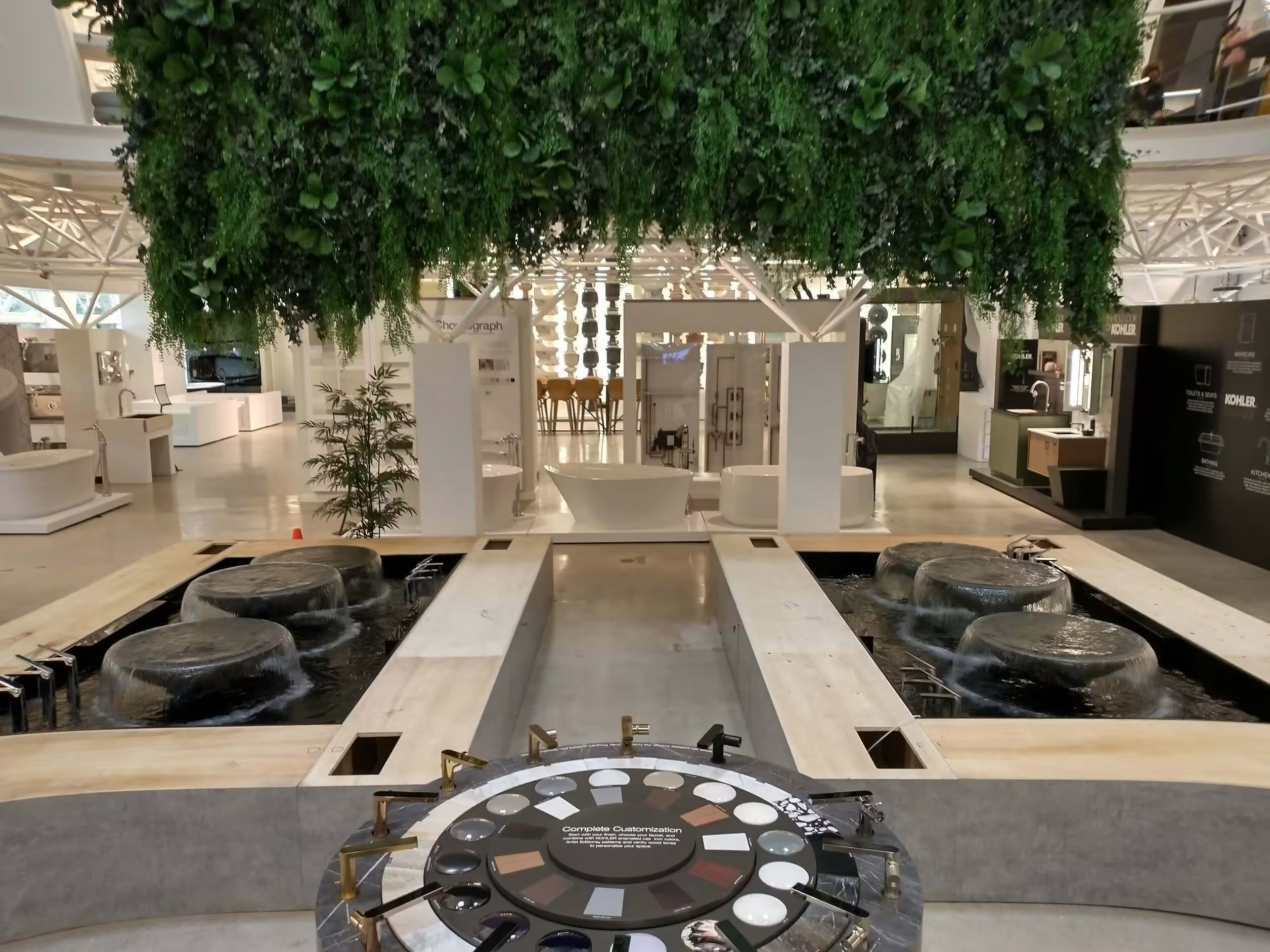
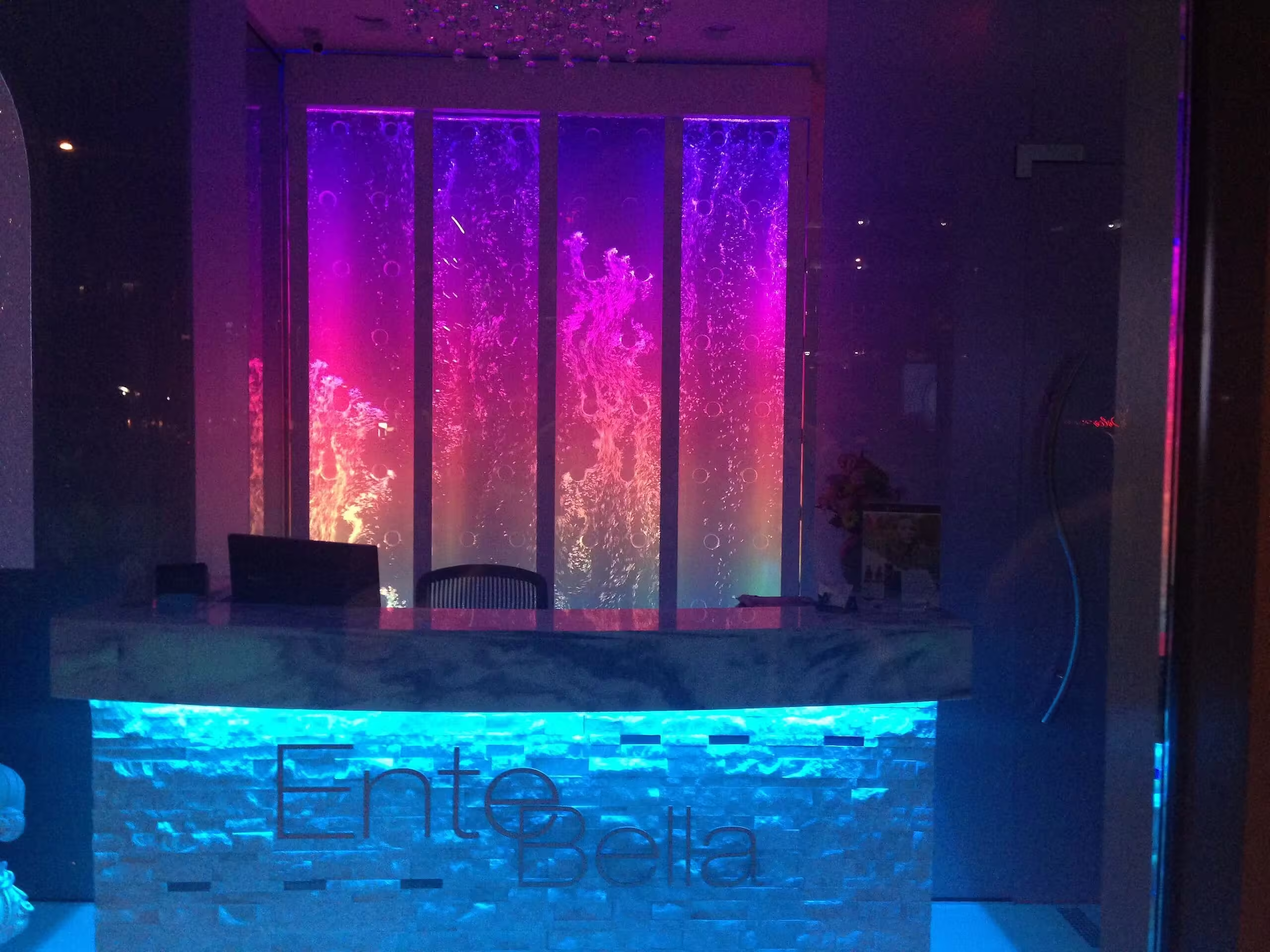
![Rod Style Bubble Wall Swirley for Bounce Empire in Denver, Colorado[84] Rod Style Bubble Wall Swirley for Bounce Empire in Denver, Colorado[84]](https://cfw51.rabbitloader.xyz/eyJjIjp0cnVlLCJoIjoid3d3Lm1pZHdlc3QtdHJvcGljYWwuY29tIiwidiI6MjExNTM2ODkwNCwiciI6MX0/wp-content/uploads/Rod-Style-Bubble-Wall-Swirley-for-Bounce-Empire-in-Denver-Colorado84-jpg.avif)
![Rod Style Bubble Wall Swirley for Bounce Empire in Denver, Colorado 2[2] Rod Style Bubble Wall Swirley for Bounce Empire in Denver, Colorado 2[2]](https://cfw51.rabbitloader.xyz/eyJjIjp0cnVlLCJoIjoid3d3Lm1pZHdlc3QtdHJvcGljYWwuY29tIiwidiI6MjExNTM2ODkwNCwiciI6MX0/wp-content/uploads/Rod-Style-Bubble-Wall-Swirley-for-Bounce-Empire-in-Denver-Colorado-22-jpg.avif)
